Global Market Size, Forecast, and Trend Highlights Over 2025-2037
Turbine Inlet Cooling System Market size was over USD 5.06 billion in 2024 and is anticipated to cross USD 8.97 billion by 2037, witnessing more than 4.5% CAGR during the forecast period i.e., between 2025-2037. In the year 2025, the industry size of turbine inlet cooling system is assessed at USD 5.25 billion.
The rising global temperature and the growing need for electricity are contributing factors to the market revenue growth.
The need for reliable and efficient power production system led to the development of turbine inlet cooling system, which boost the power output of gas turbines by improving their efficiency. Global final power consumption in 2019 was 22 848 TWh, up 1.7% from 2018. The final power consumption in OECD countries decreased by 1.1% to 9 672 TWh in 2019, whereas non-OECD countries saw a 3.8% growth in final electricity consumption to 13 176 TWh in 2018.
In addition to these, turbine inlet cooling system are highly sought after in order to mitigate the detrimental impact of elevated temperatures on Gas Turbine performance. High temperatures may reduce the power production of gas turbines and raise maintenance costs. By reducing the temperature of the air entering the engine, turbine inlet cooling system can assist gas turbines produce more power. As a result, efficiency increases and emissions and fuel consumption are decreased.

Turbine Inlet Cooling System Sector: Growth Drivers and Challenges
Growth Drivers
- Growing demand to reduce carbon emission - Reducing carbon emissions is driving the increase in the turbine inlet cooling system market revenue. Turbine inlet cooling system are used to increase the efficiency of gas turbines, which lowers carbon emissions. This is achieved by reducing the amount of fuel used to generate a given amount of power.
A reduction in gasoline use leads to a corresponding decrease in carbon emissions for nations that are committed to reducing their carbon footprint. In 2022, industry and fossil fuels contributed 37.15 billion metric tons (GtCOâ‚‚) of carbon dioxide emissions into the atmosphere. Emissions are expected to increase by 1.1 % in 2023, which would set a new record of 37.65 GtCO2. Since 1990, global CO2 emissions have risen by approximately 60%. - Increasing demand from a range of end-use sectors for turbine inlet cooling system - The increasing need for turbine inlet cooling system across a range of end-use industries, such as power generation, oil & gas, and industrial processes, is the cause of the market revenue growth. Turbine inlet cooling system are used in power plants to improve the reliability and efficiency of the power-generating process.
In the oil & gas sector, turbine inlet cooling system are used to increase the efficiency of gas turbines that process and compress gas. Air separation, ammonia production, and LNG processing are just a few of the industrial processes that benefit from the use of turbine inlet cooling system.
It is anticipated that current expenditures on improved LNG infrastructure will drive higher demand for raw materials in the upcoming years. From 2021 onward, demand is anticipated to grow more annually, with the Middle East predicted to become an LNG user. An estimated 450 million metric tons will be needed overall, with 326 million tons coming from Asia Pacific markets. - Development of innovative technology - Another reason propelling the turbine inlet cooling system market revenue growth is the development of innovative technologies that improve the efficiency of turbine inlet cooling system. Innovative materials like Phase Change Materials (PCM) and innovative cooling techniques like Direct Evaporative Cooling (DEC) and Indirect Evaporative Cooling (IEC) are improving the efficiency of turbine inlet cooling system.
Challenges
- Availability of alternative technologies - The accessibility of substitute power production technologies, like energy markets and combined cycle power plants. These substitute technologies may draw funding away from turbine inlet cooling system while providing competitive options for effective power generation.
- Among these are the substantial up-front costs associated with putting turbine inlet cooling technology into practice, which may discourage certain operators of power plants from using these solutions.
- The environment can have an impact on cooling system' efficacy, which makes them less applicable in some areas of the world.
Turbine Inlet Cooling System Market: Key Insights
| Report Attribute | Details |
|---|---|
|
Base Year |
2024 |
|
Forecast Year |
2025-2037 |
|
CAGR |
4.5% |
|
Base Year Market Size (2024) |
USD 5.06 billion |
|
Forecast Year Market Size (2037) |
USD 8.97 billion |
|
Regional Scope |
|
Turbine Inlet Cooling System Segmentation
Technology (Inlet Fogging, Chiller System, Evaporative Cooling, Mechanical Chillers, Fogging System, Wet Compression, Hybrid System, Absorption Cooling)
In turbine inlet cooling system market, inlet fogging segment is likely to capture around 30% share by the end of 2037. The segment growth can be accredited to the efficiency of the gas turbine by decreasing the air temperature and increasing the air mass flow rate. This technology is also affordable, easy to use, and safe for the environment. By dispersing fog droplets over the inlet air, inlet fogging devices raise the air density. It is among the evaporative cooling methods that are most frequently utilized.
The advantages of this technology include low operating and maintenance costs and approval from all major turbine manufacturers. The need for fogging system at the inlet. It is predicted that using turbine inlet cooling technology will increase plant efficiency by up to 10%. It has been shown that installing turbine inlet cooling system is more cost-effective than adding more turbines. Turbine inlet cooling system are therefore becoming the preferred option for many power plant owners and operators. As a result, the market will propel in the near future.
End-Use (Power Generation, Oil & Gas, Chemical, Petrochemical, Food Processing)
In turbine inlet cooling system market, the power generation segment is predicted to hold over 28% revenue share by the end of 2037. The growing need for electricity globally, especially in emerging countries, has forced power production companies to focus on boosting the output and efficiency of gas turbines. One workable way to accomplish this is using turbine inlet cooling. Turbine inlet cooling system can also help power plants cut greenhouse gas emissions and meet environmental regulations.
Our in-depth analysis of the market includes the following segments:
|
Technology |
|
|
Component |
|
|
Application |
|
|
End-Use |
|

Vishnu Nair
Head - Global Business DevelopmentCustomize this report to your requirements — connect with our consultant for personalized insights and options.
Turbine Inlet Cooling System Industry - Regional Synopsis
North America Market Statistics
North America industry is poised to hold largest revenue share of 32% by 2037. The market growth in the region is also expected on account of well-established industrial sector, and the power generation industry is growing rapidly. Turbine inlet cooling devices can be used to boost the efficiency and production of gas turbines, especially during the hot summer months when demand is high. This region's growing requirement for consistent and effective power generation is driving up demand for market.
Moreover, in North America, the necessity for efficient power generation in nations like the US and Canada, coupled with strict pollution regulations, is what drives the need for gas turbines. As a result, in the next years, there will be a greater need for turbine inlet cooling system due to the growing usage of gas turbines. In 2021, 81% of North America's electricity was produced in the United States. About 20% of all electricity generated in the US in 2021 came from renewable energy sources, with the electric power industry accounting for roughly 59% of all renewable energy consumption in the US.
APAC Market Analysis
By the end of 2037, Asia Pacific region in turbine inlet cooling system market is set to hold over 28% revenue share. The region is experiencing tremendous economic growth as a result of large investments made in electricity generation and infrastructure development by nations like China and India. The region's turbine inlet cooling system market is growing as a result of the accessibility of low-cost labor and the friendly policies of the local government, which are also attracting a lot of investors.

Companies Dominating the Turbine Inlet Cooling System Landscape
- Siemens AG
- Company Overview
- Business Strategy
- Key Product Offerings
- Financial Performance
- Key Performance Indicators
- Risk Analysis
- Recent Development
- Regional Presence
- SWOT Analysis
- Johnson Controls
- General Electric Company
- Baltimore Aircoil Company, Inc.
- Camfil
- Munters AB
- Parker Hannifin Corp
- Caldwell Energy Company
- American Moistening Company
- Mee Industries, Inc.
Recent Developments
- Johnson Controls, the global leader for smart, healthy and sustainable buildings, is making residential energy efficiency more affordable and accessible for homeowners through robust financing options and rebates intended to maximize newly announced savings available through the Inflation Reduction Act. With higher-efficiency HVAC equipment from Johnson Controls, homeowners can reduce their heating and cooling costs by as much as 50% compared to low-efficiency system.
- Siemens completes Azores sustainable power project, creating a blueprint for other islands. Project on Terceira handed over to Portuguese energy company EDA – Electricidade dos Açores. Software from Siemens Xcelerator portfolio and 15 MW battery storage boost share of renewables, improve flexibility and resilience of power grid. Expected annual CO2 savings of more than 3,600 tons.
- Report ID: 889
- Published Date: Jan 03, 2025
- Report Format: PDF, PPT
- Explore a preview of key market trends and insights
- Review sample data tables and segment breakdowns
- Experience the quality of our visual data representations
- Evaluate our report structure and research methodology
- Get a glimpse of competitive landscape analysis
- Understand how regional forecasts are presented
- Assess the depth of company profiling and benchmarking
- Preview how actionable insights can support your strategy
Explore real data and analysis
Frequently Asked Questions (FAQ)
Turbine Inlet Cooling System Market Report Scope
FREE Sample Copy includes market overview, growth trends, statistical charts & tables, forecast estimates, and much more.
Connect with our Expert
See how top U.S. companies are managing market uncertainty — get your free sample with trends, challenges, macroeconomic factors, charts, forecasts, and more.

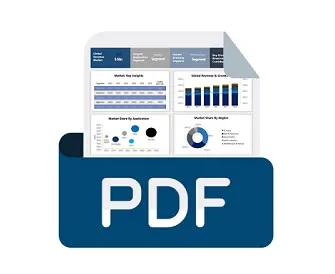
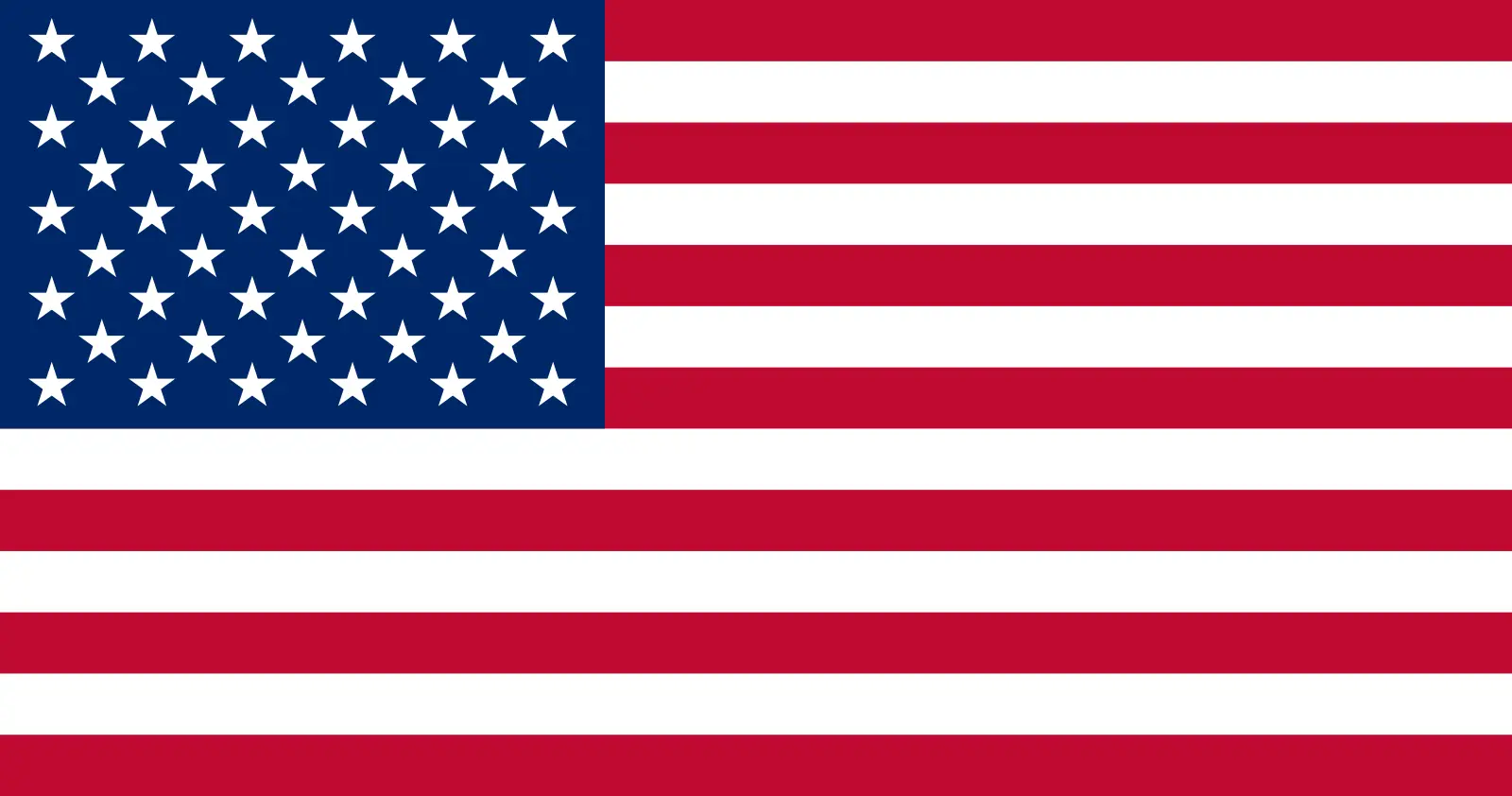
 Afghanistan (+93)
Afghanistan (+93)
 Åland Islands (+358)
Åland Islands (+358)
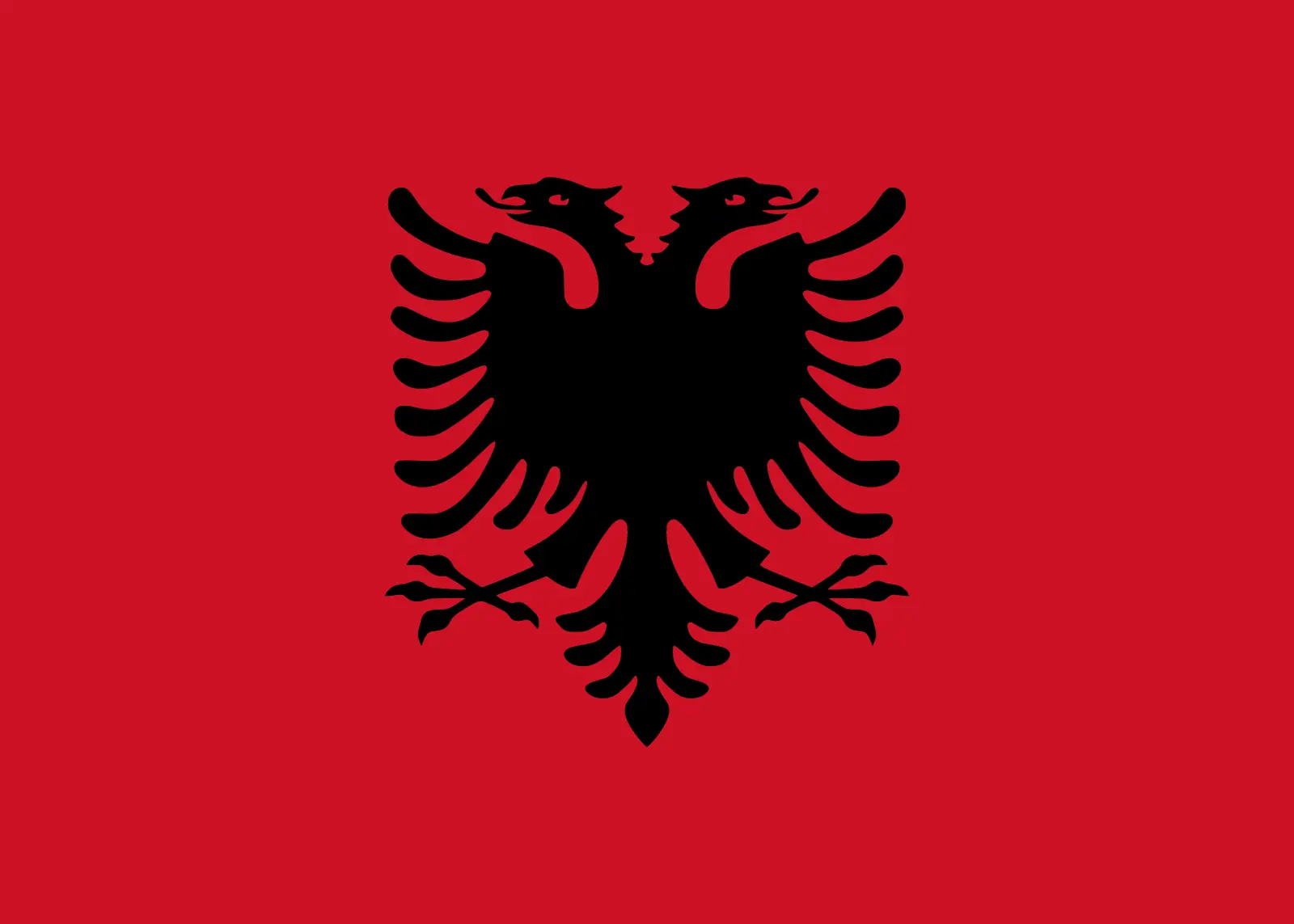 Albania (+355)
Albania (+355)
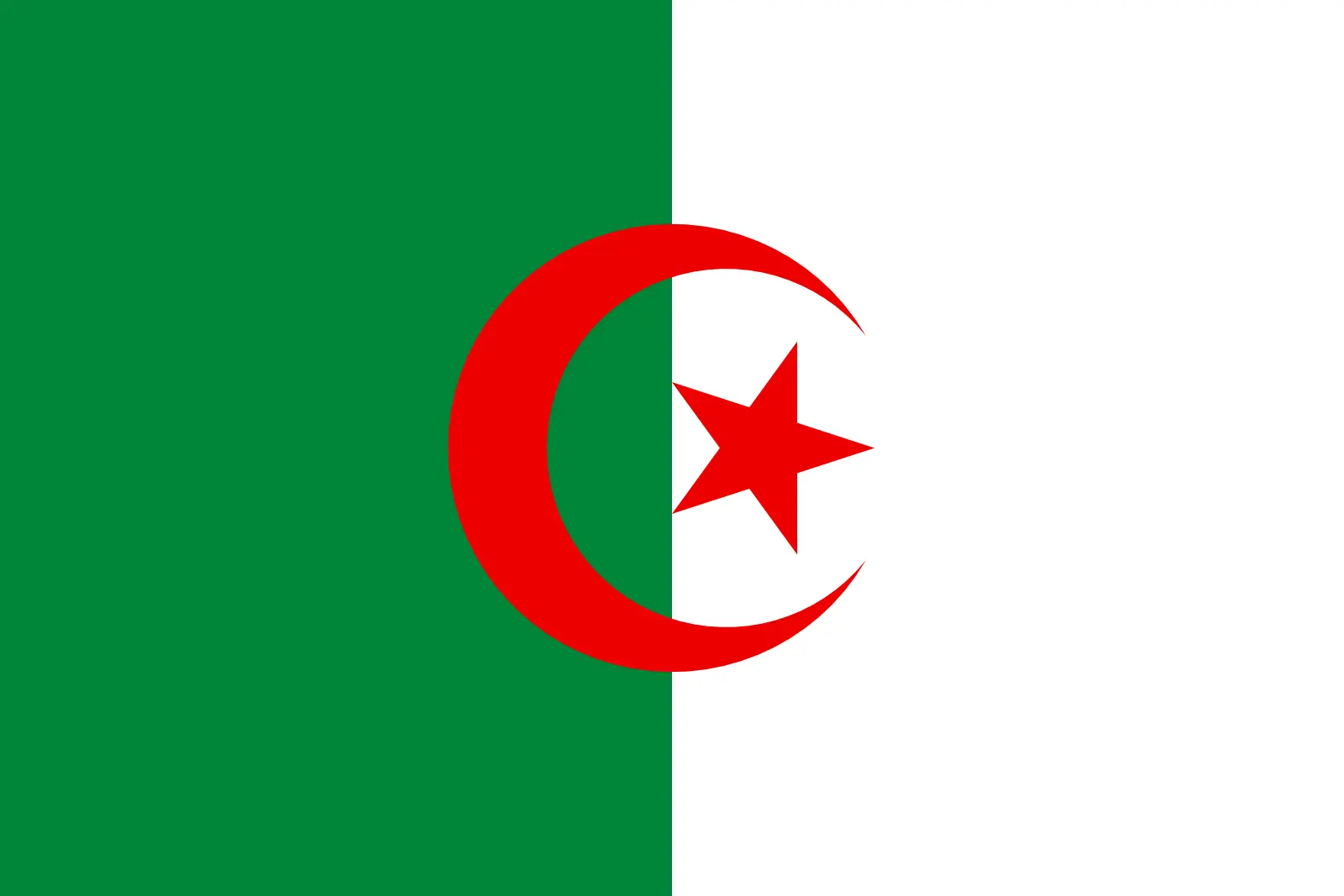 Algeria (+213)
Algeria (+213)
 American Samoa (+1684)
American Samoa (+1684)
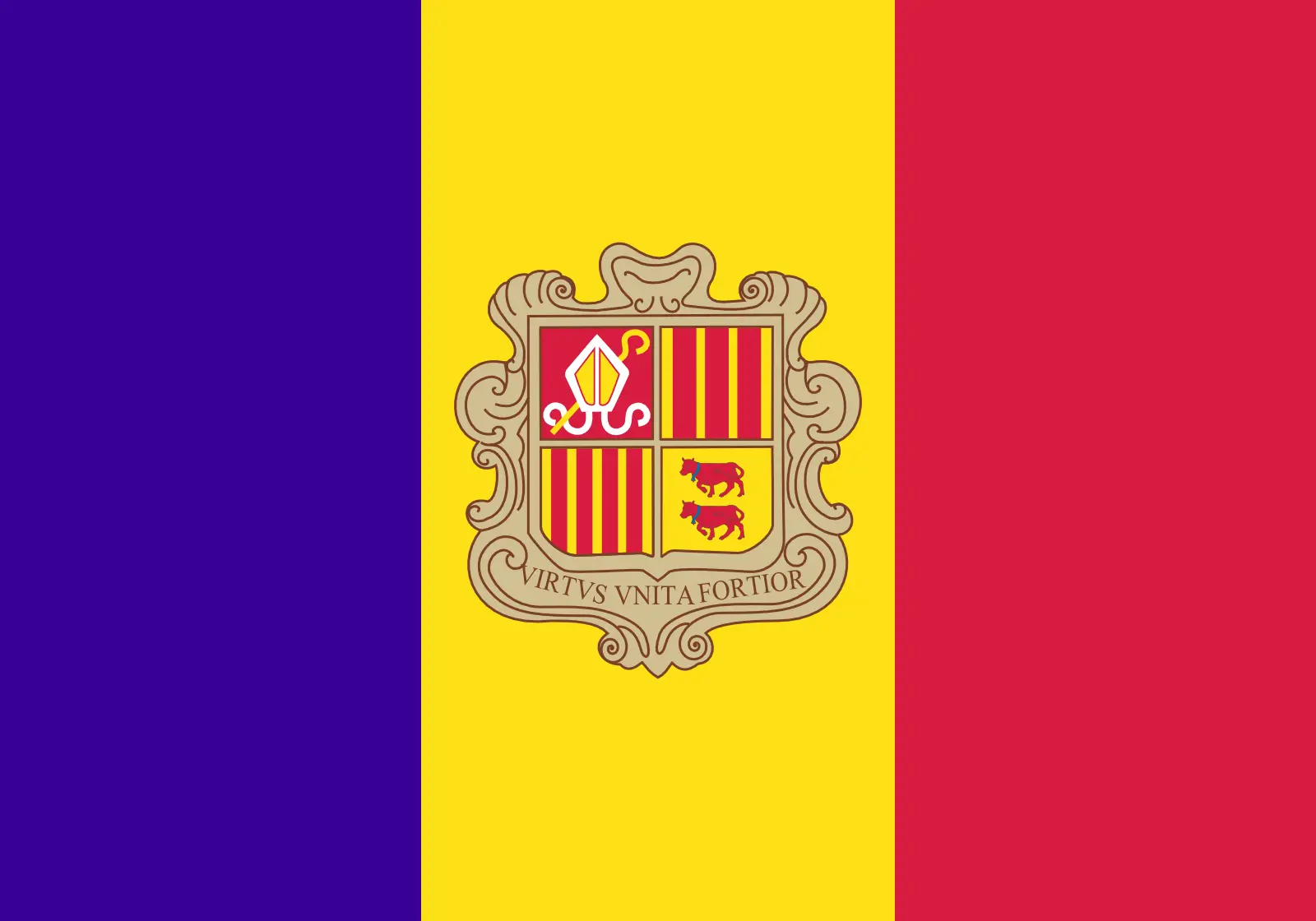 Andorra (+376)
Andorra (+376)
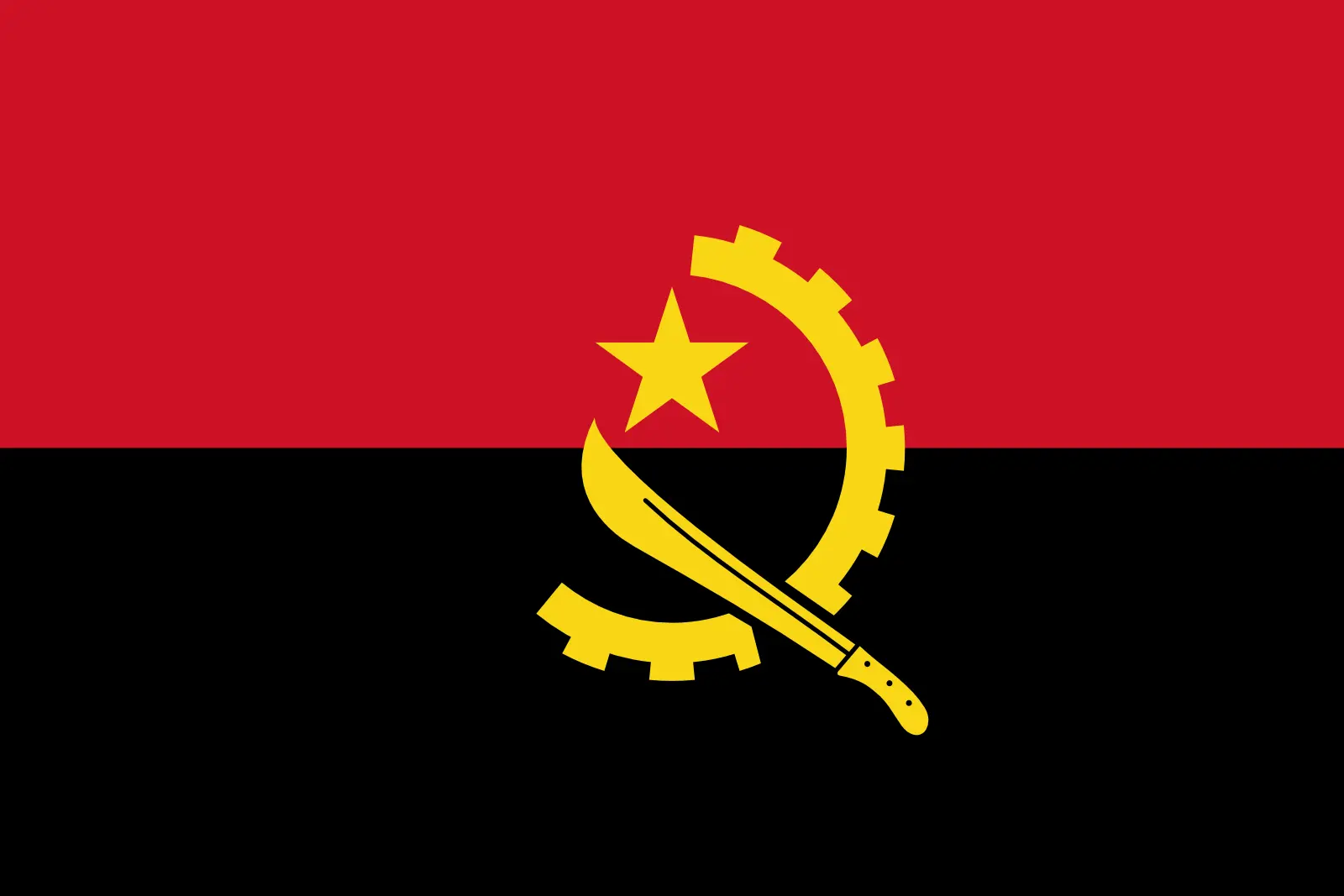 Angola (+244)
Angola (+244)
 Anguilla (+1264)
Anguilla (+1264)
 Antarctica (+672)
Antarctica (+672)
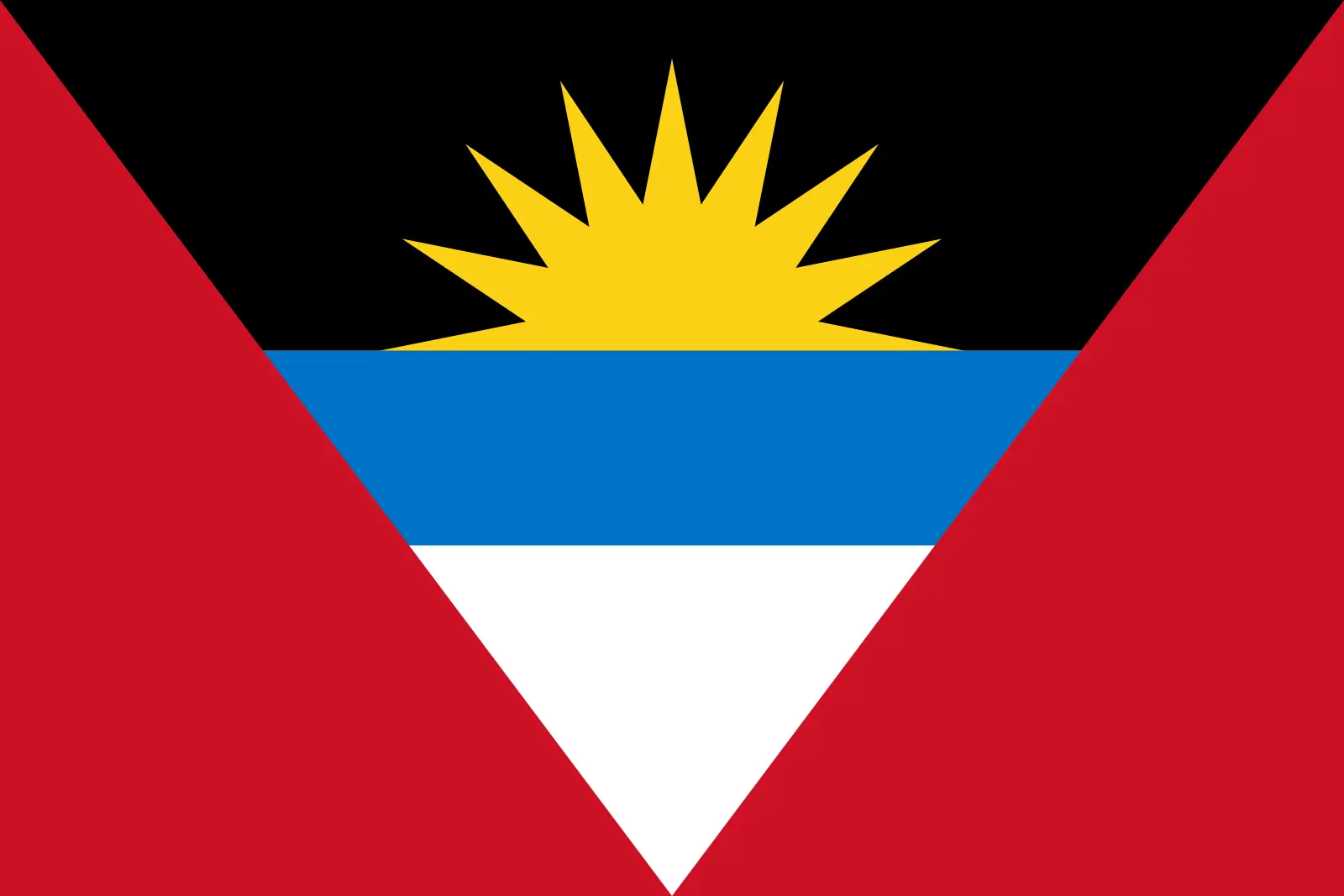 Antigua and Barbuda (+1268)
Antigua and Barbuda (+1268)
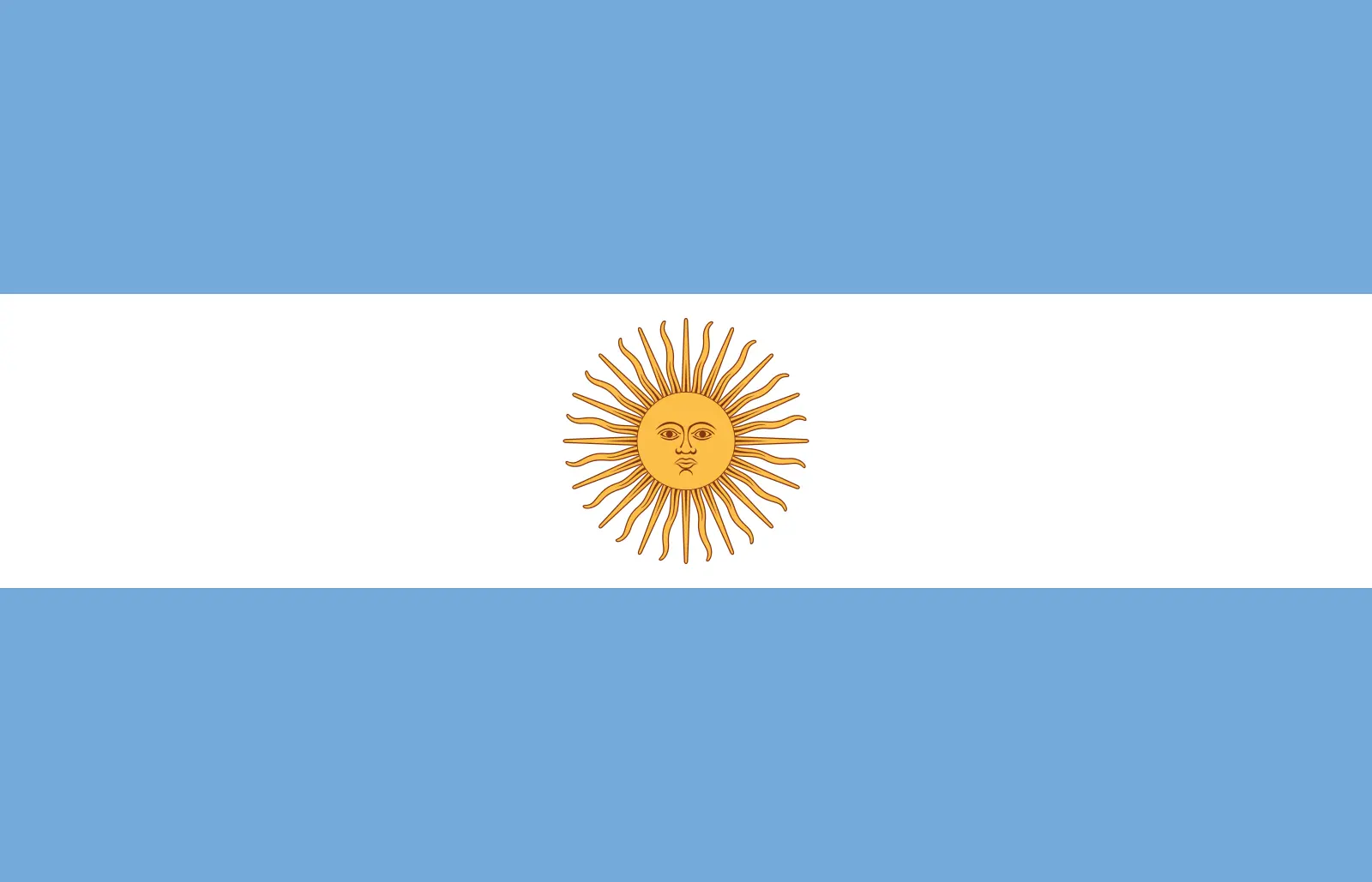 Argentina (+54)
Argentina (+54)
 Armenia (+374)
Armenia (+374)
 Aruba (+297)
Aruba (+297)
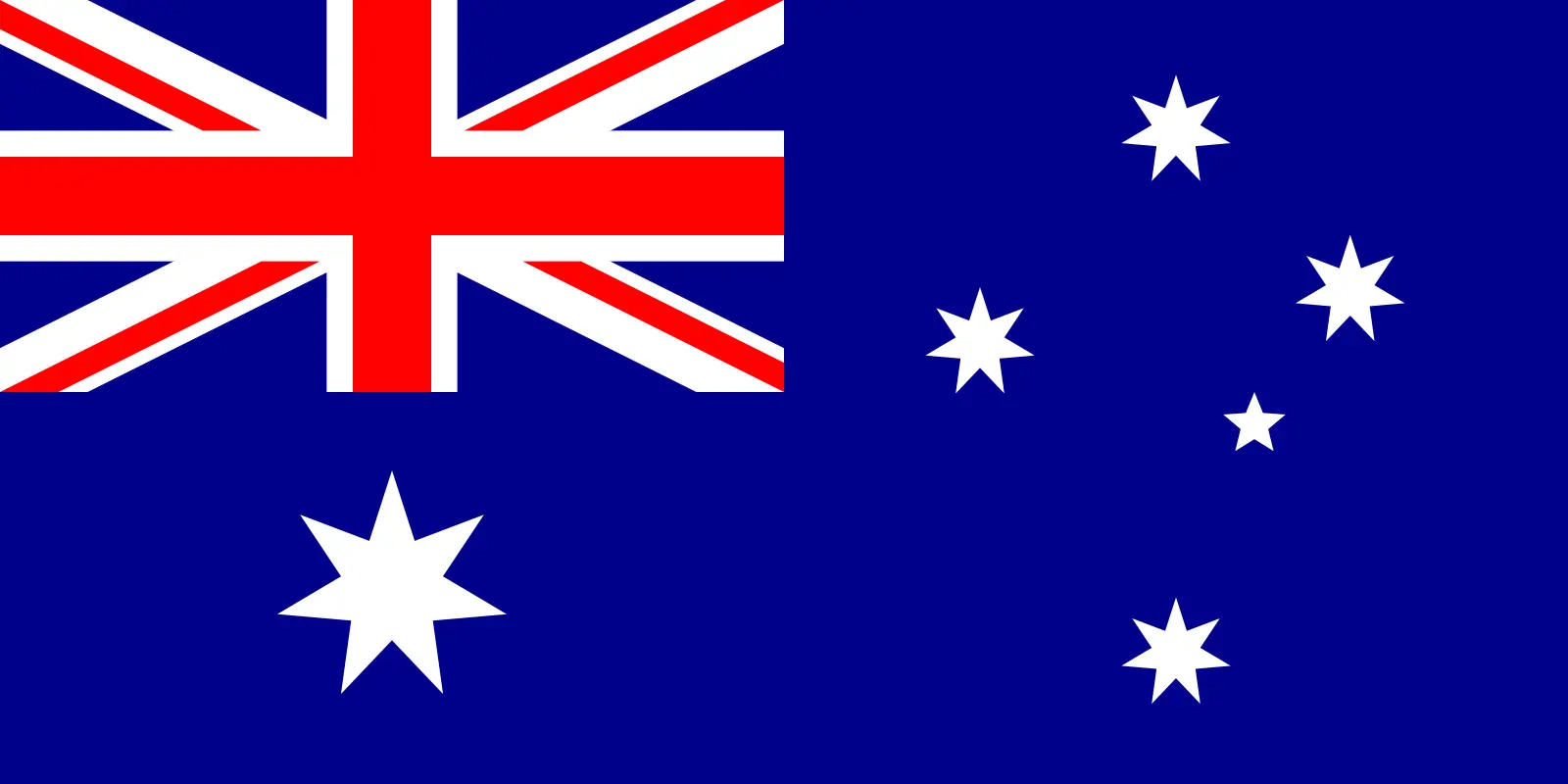 Australia (+61)
Australia (+61)
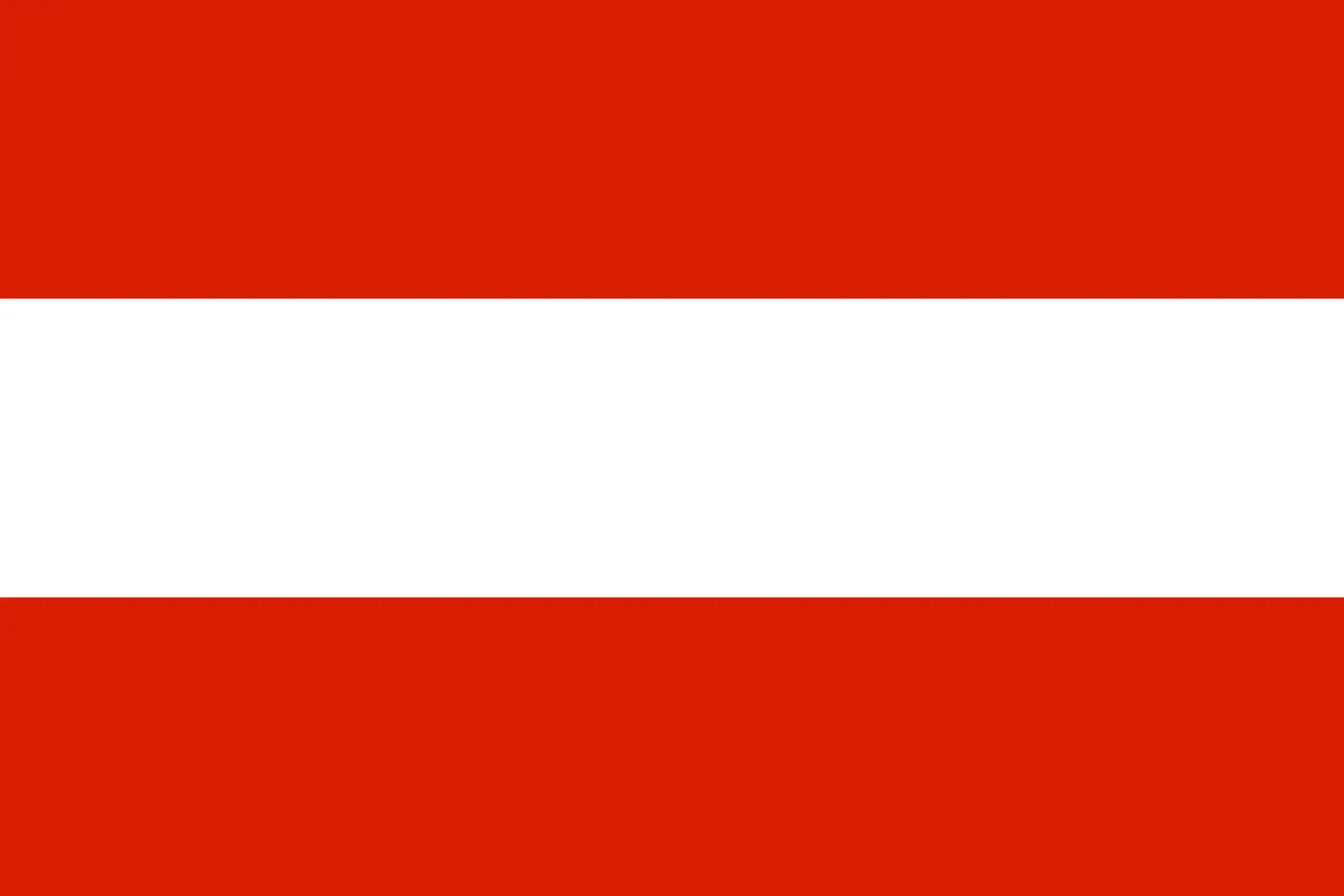 Austria (+43)
Austria (+43)
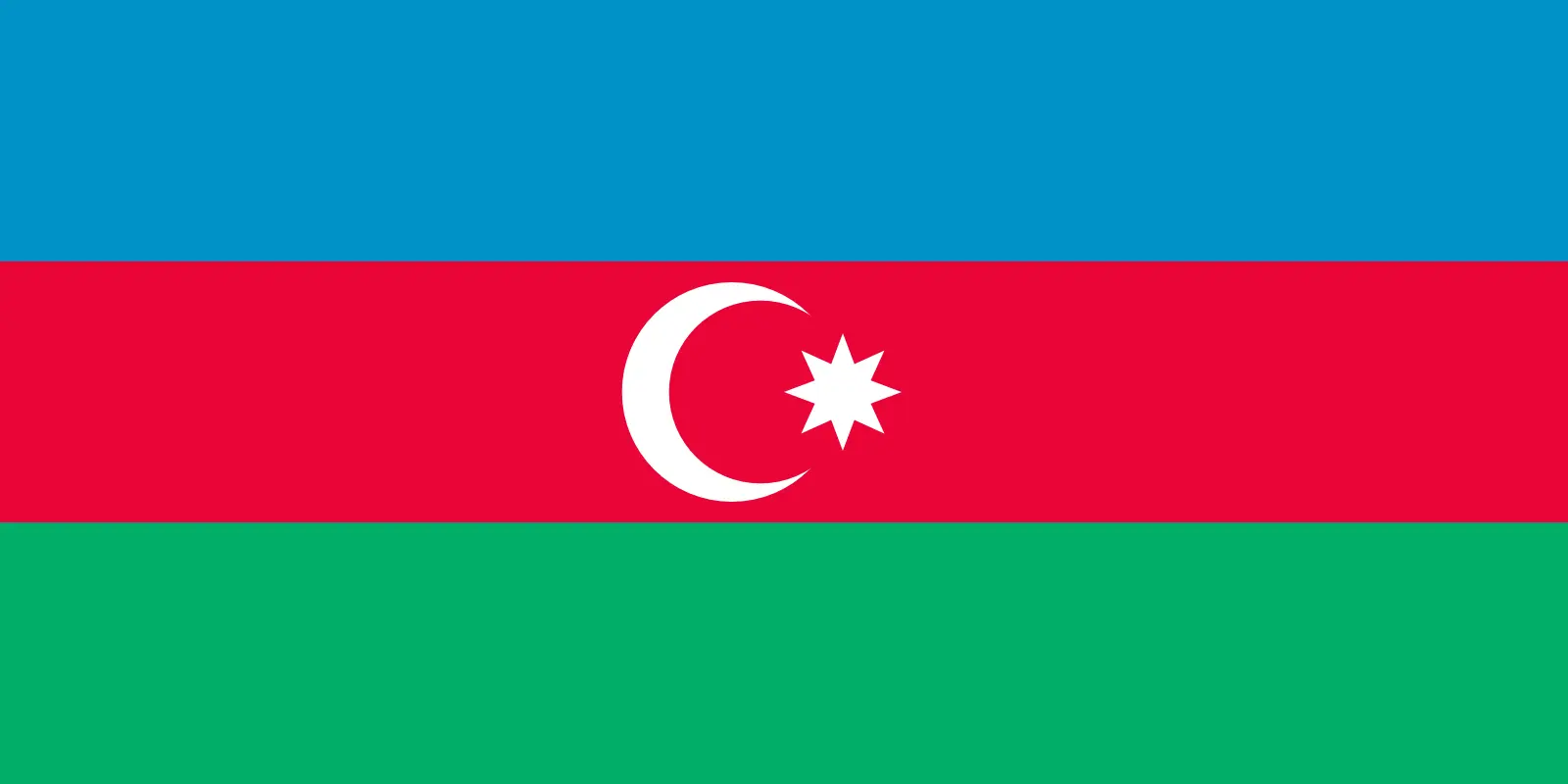 Azerbaijan (+994)
Azerbaijan (+994)
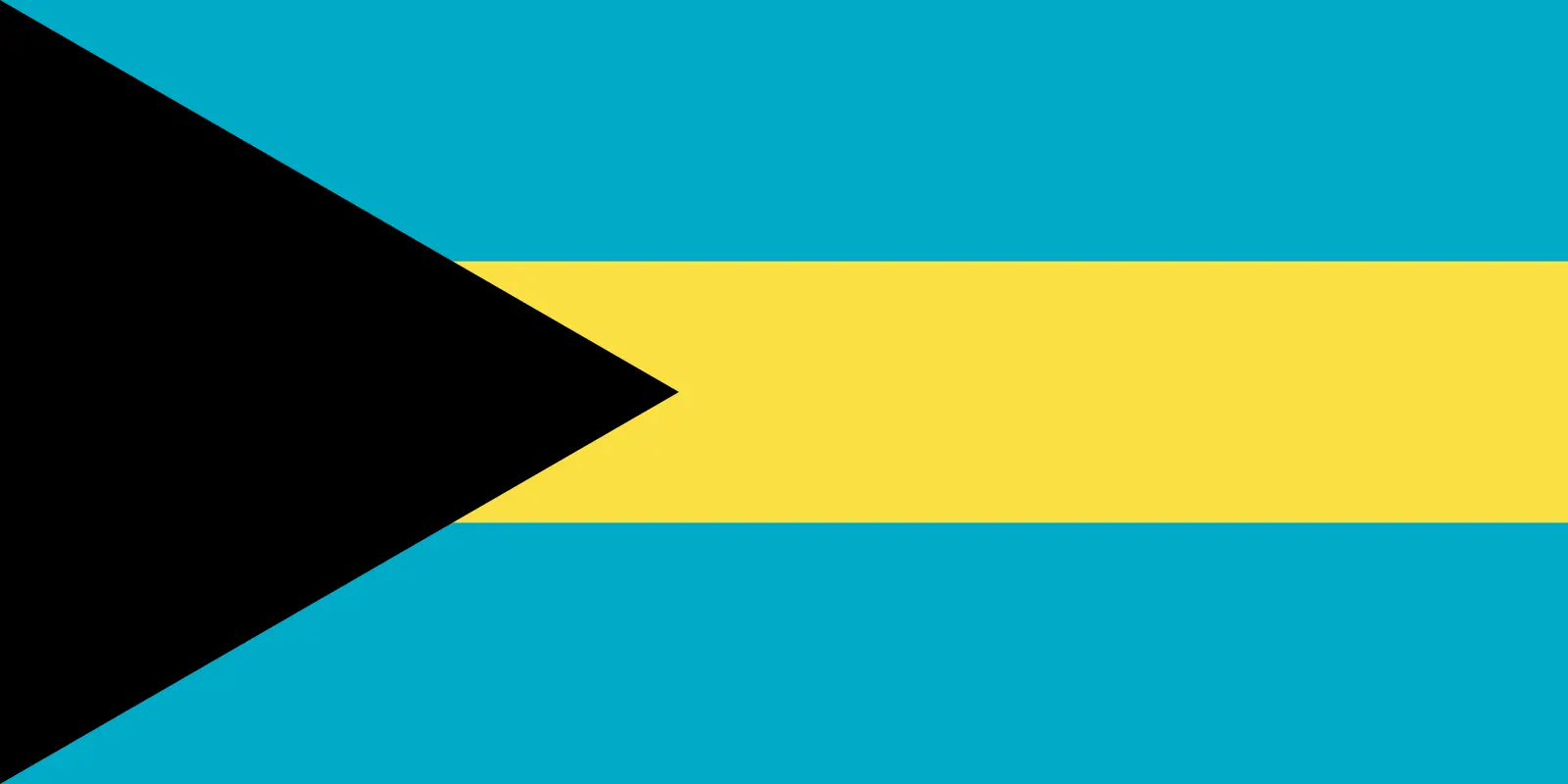 Bahamas (+1242)
Bahamas (+1242)
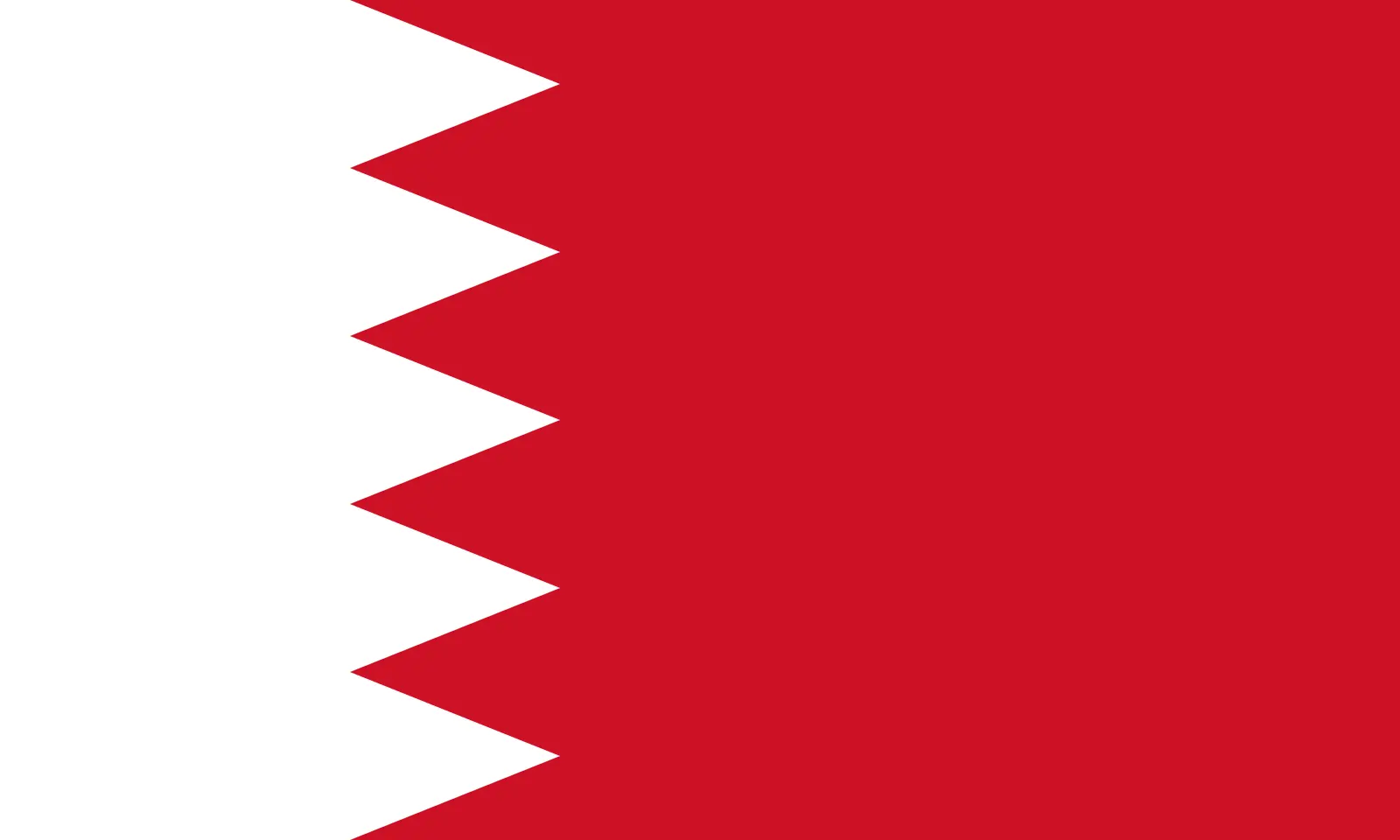 Bahrain (+973)
Bahrain (+973)
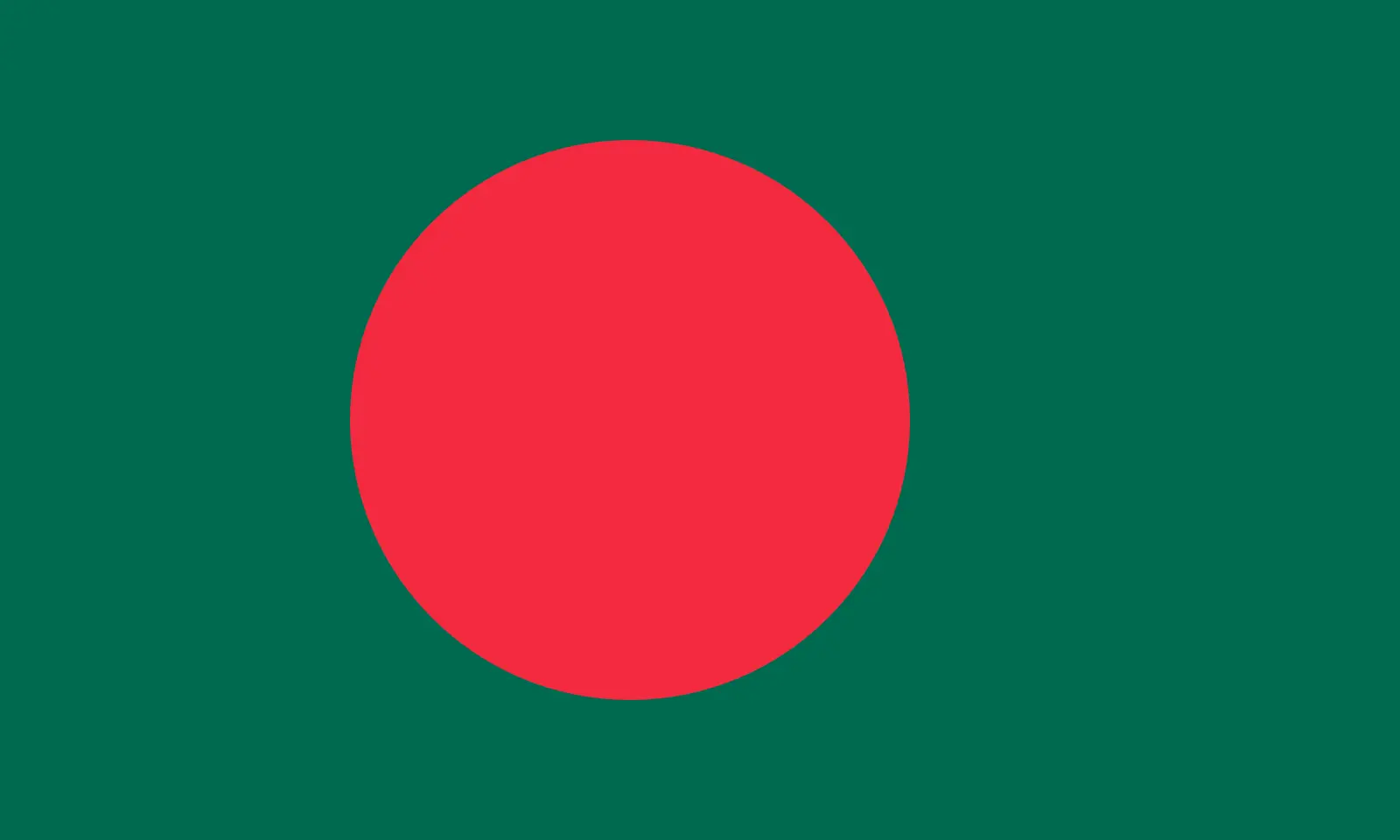 Bangladesh (+880)
Bangladesh (+880)
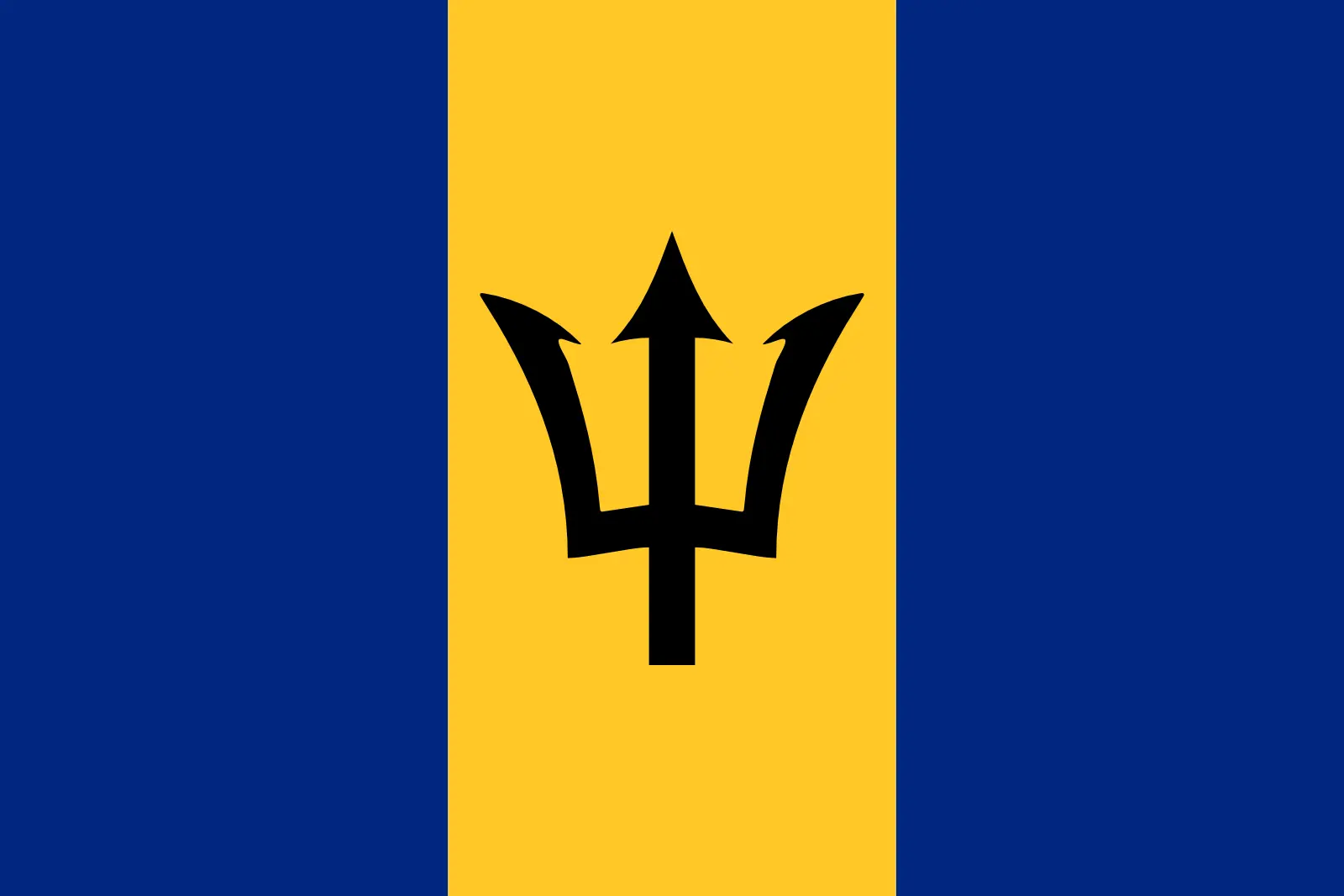 Barbados (+1246)
Barbados (+1246)
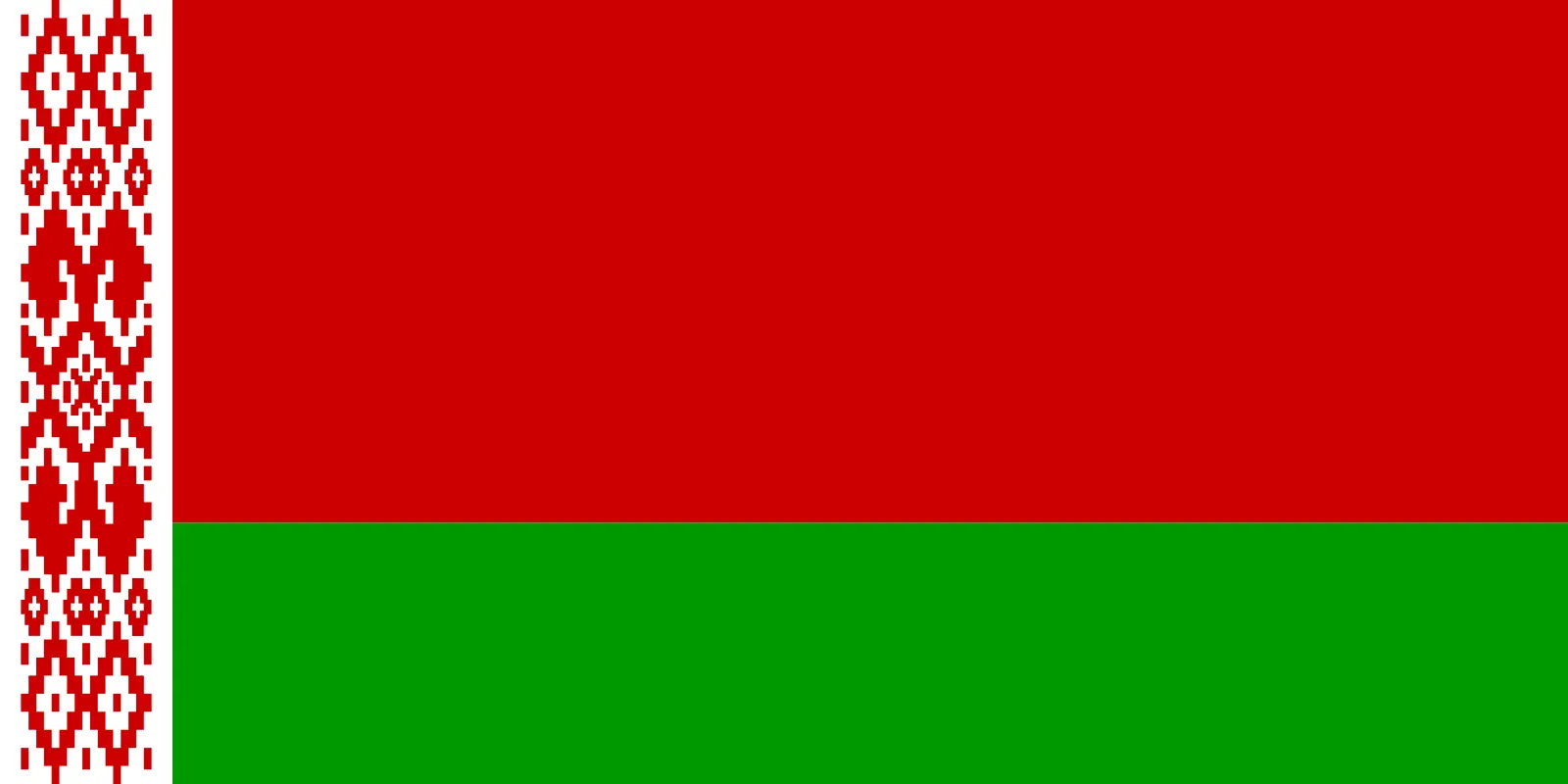 Belarus (+375)
Belarus (+375)
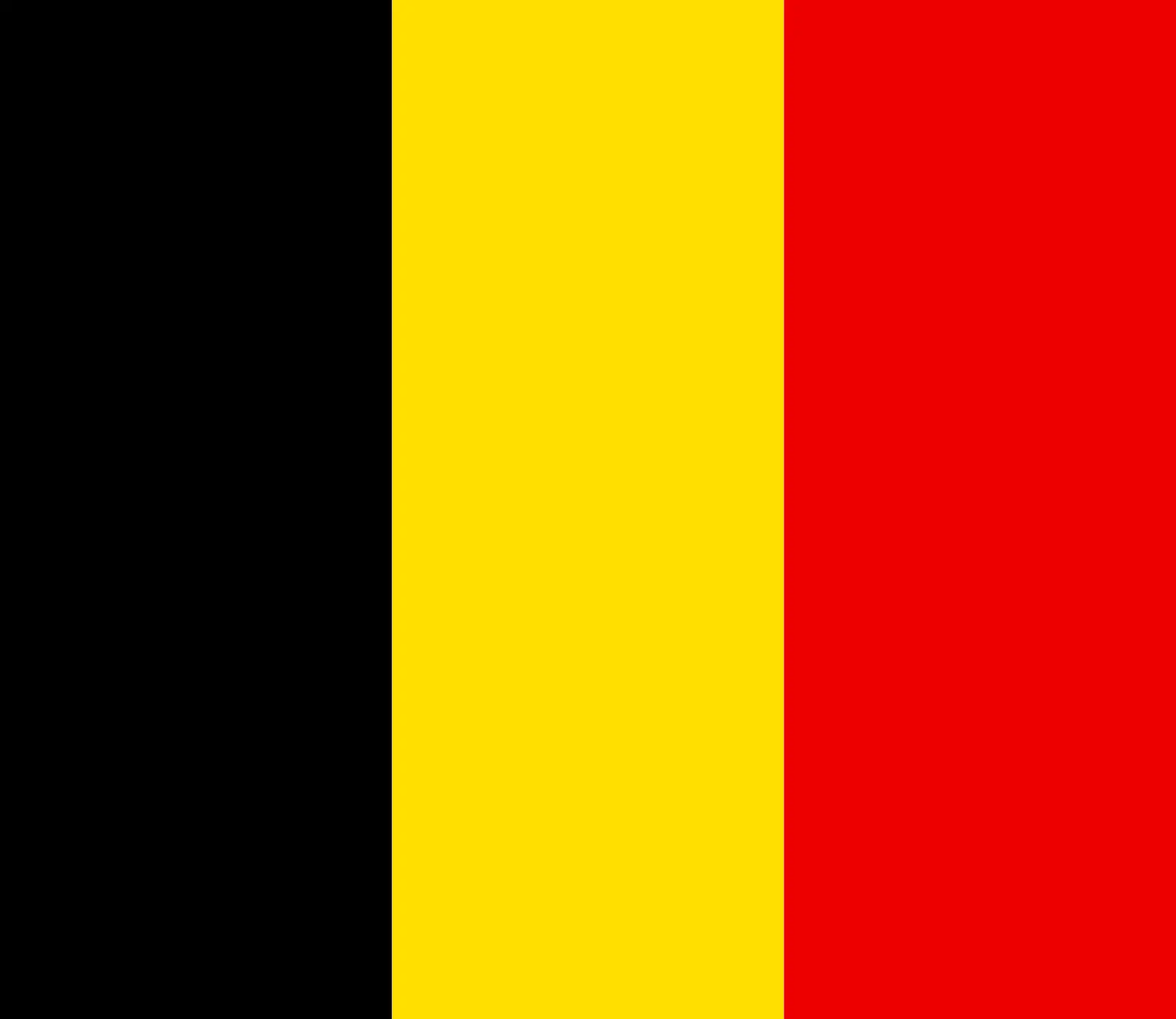 Belgium (+32)
Belgium (+32)
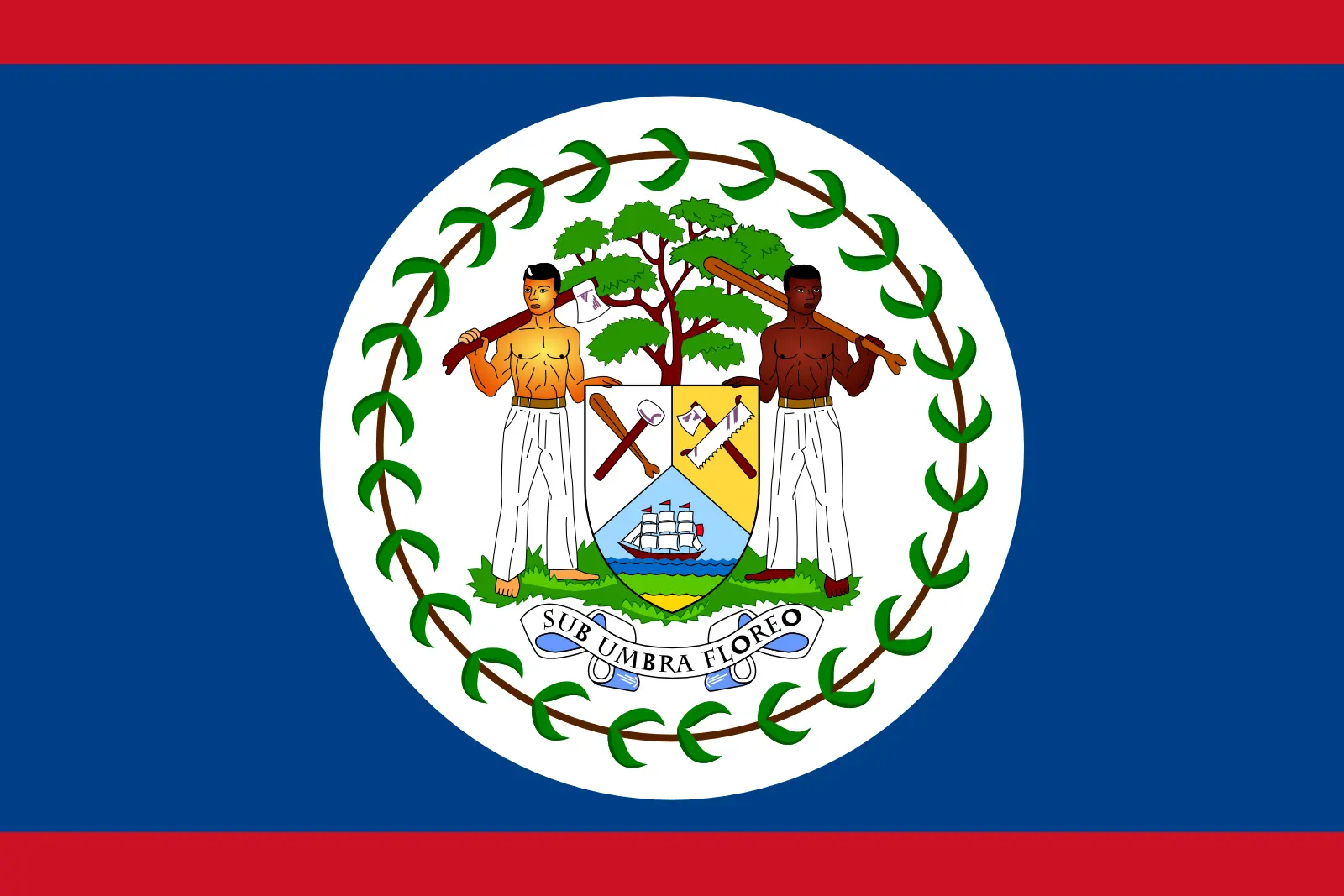 Belize (+501)
Belize (+501)
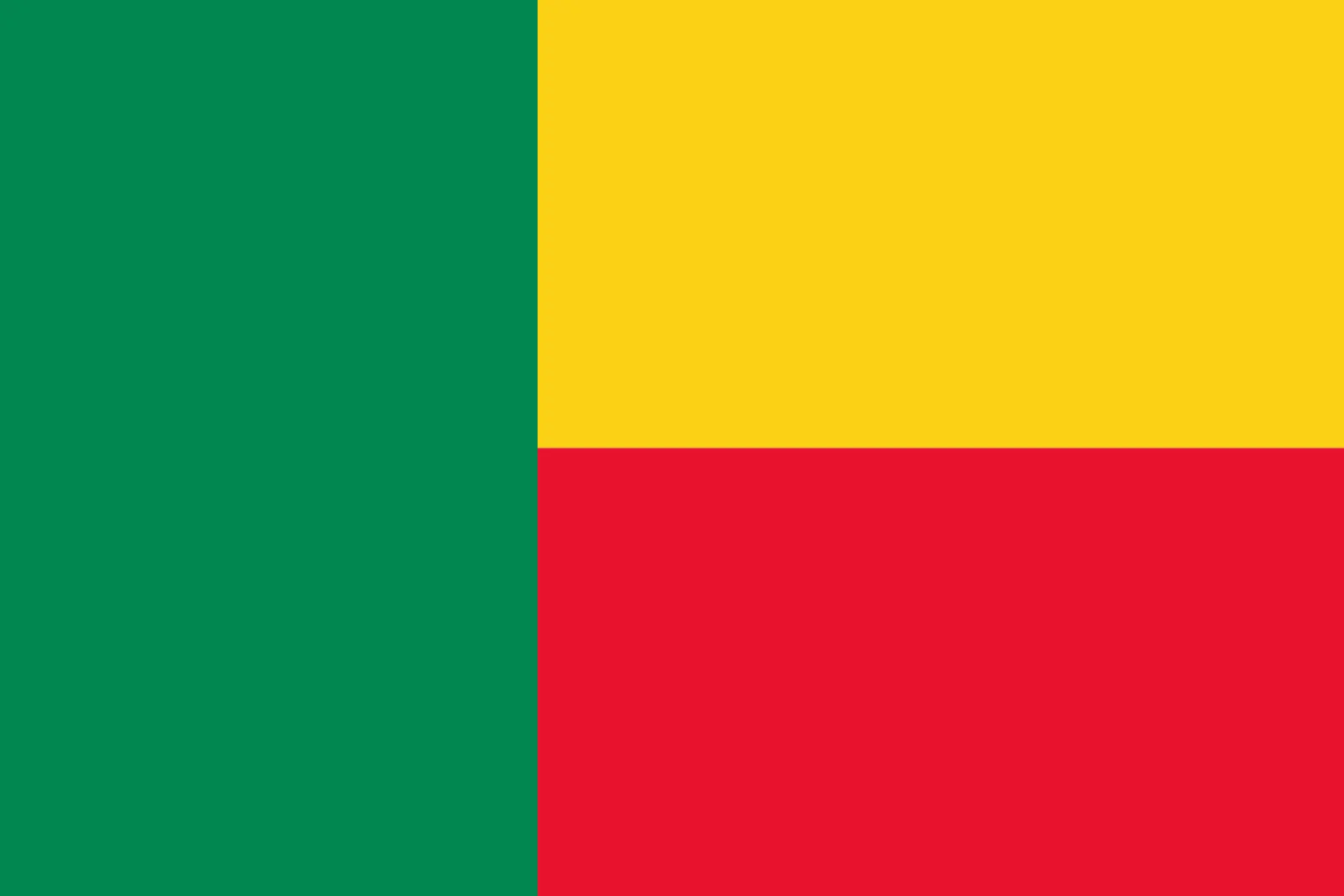 Benin (+229)
Benin (+229)
 Bermuda (+1441)
Bermuda (+1441)
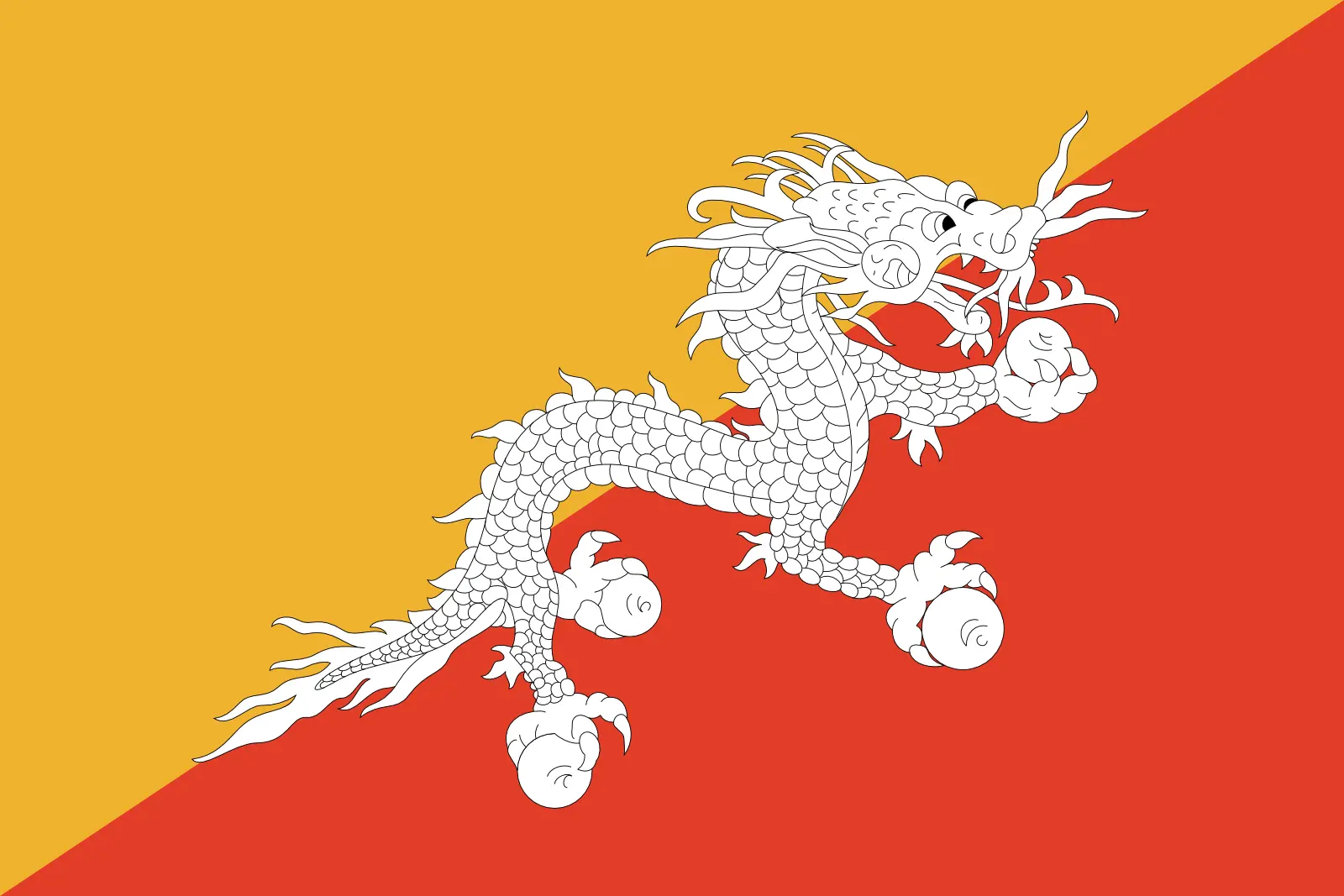 Bhutan (+975)
Bhutan (+975)
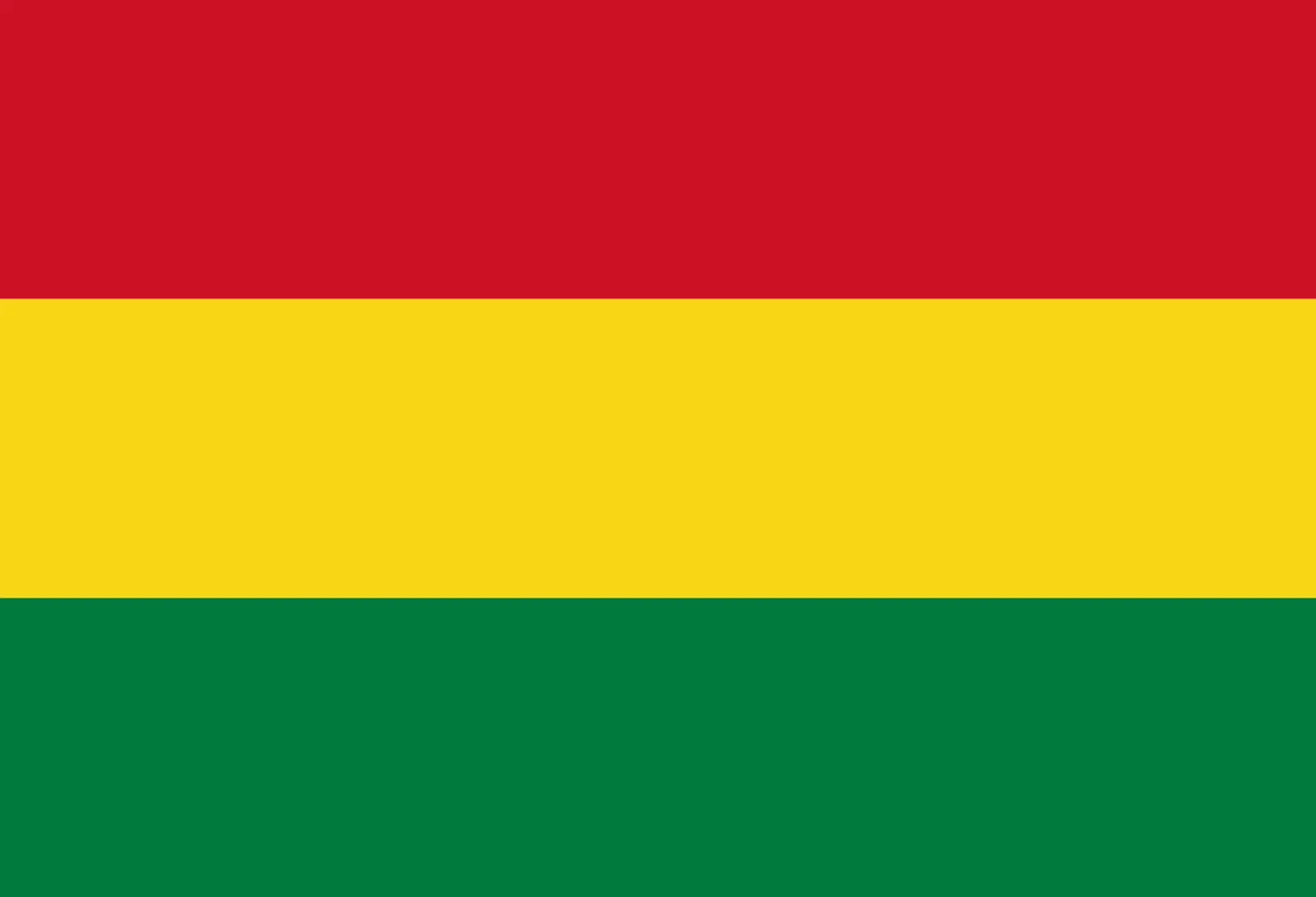 Bolivia (+591)
Bolivia (+591)
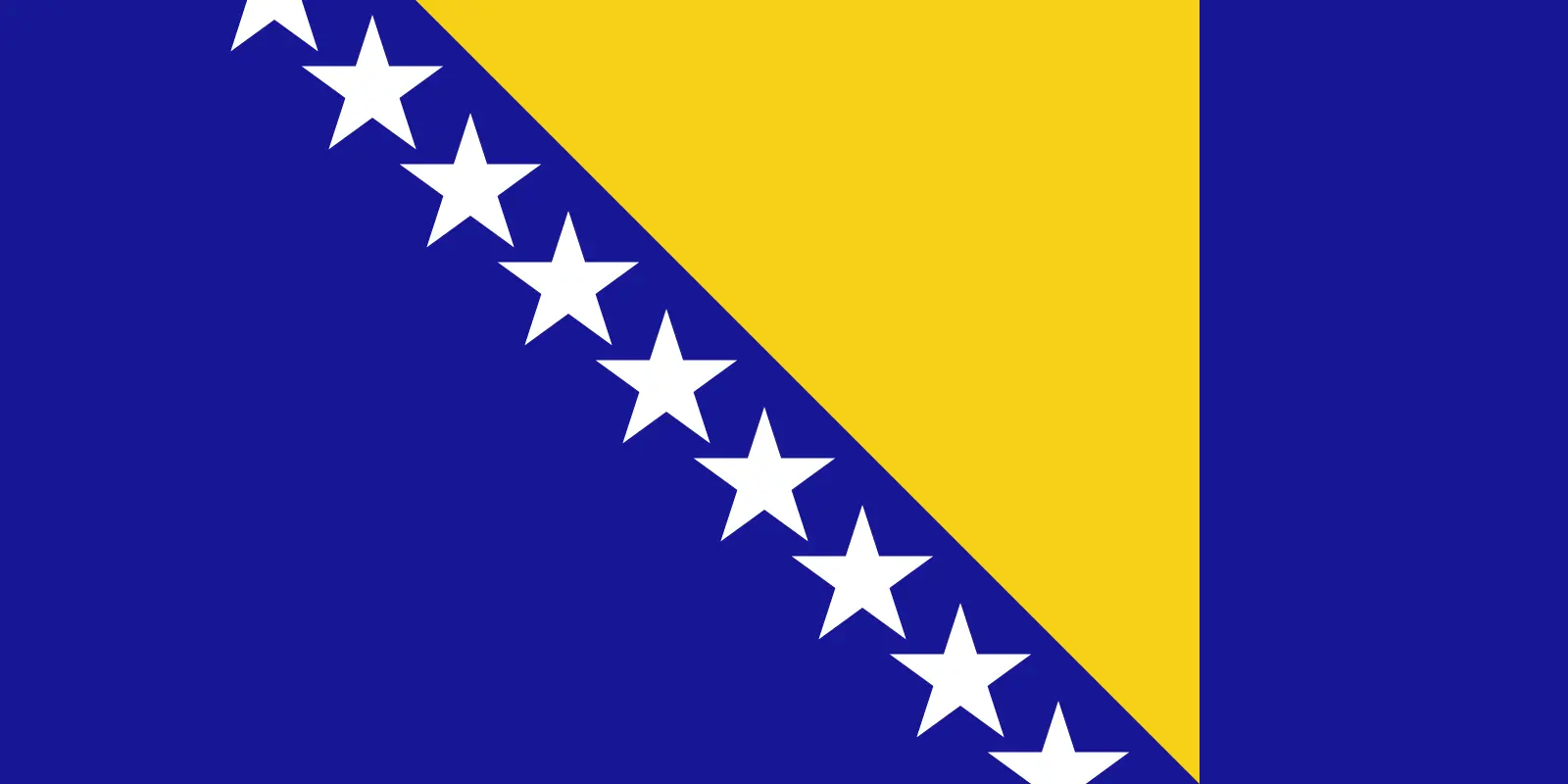 Bosnia and Herzegovina (+387)
Bosnia and Herzegovina (+387)
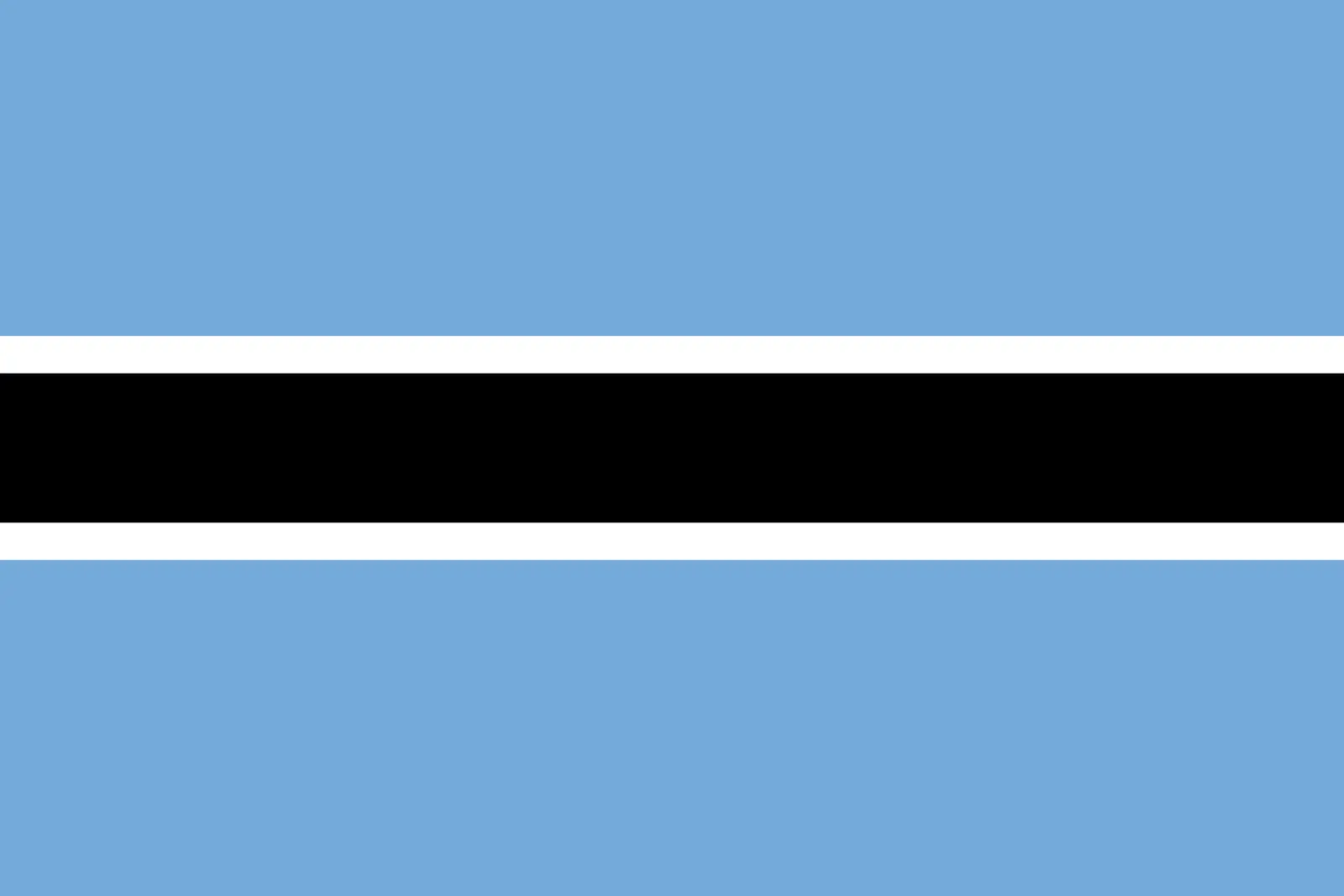 Botswana (+267)
Botswana (+267)
 Bouvet Island (+)
Bouvet Island (+)
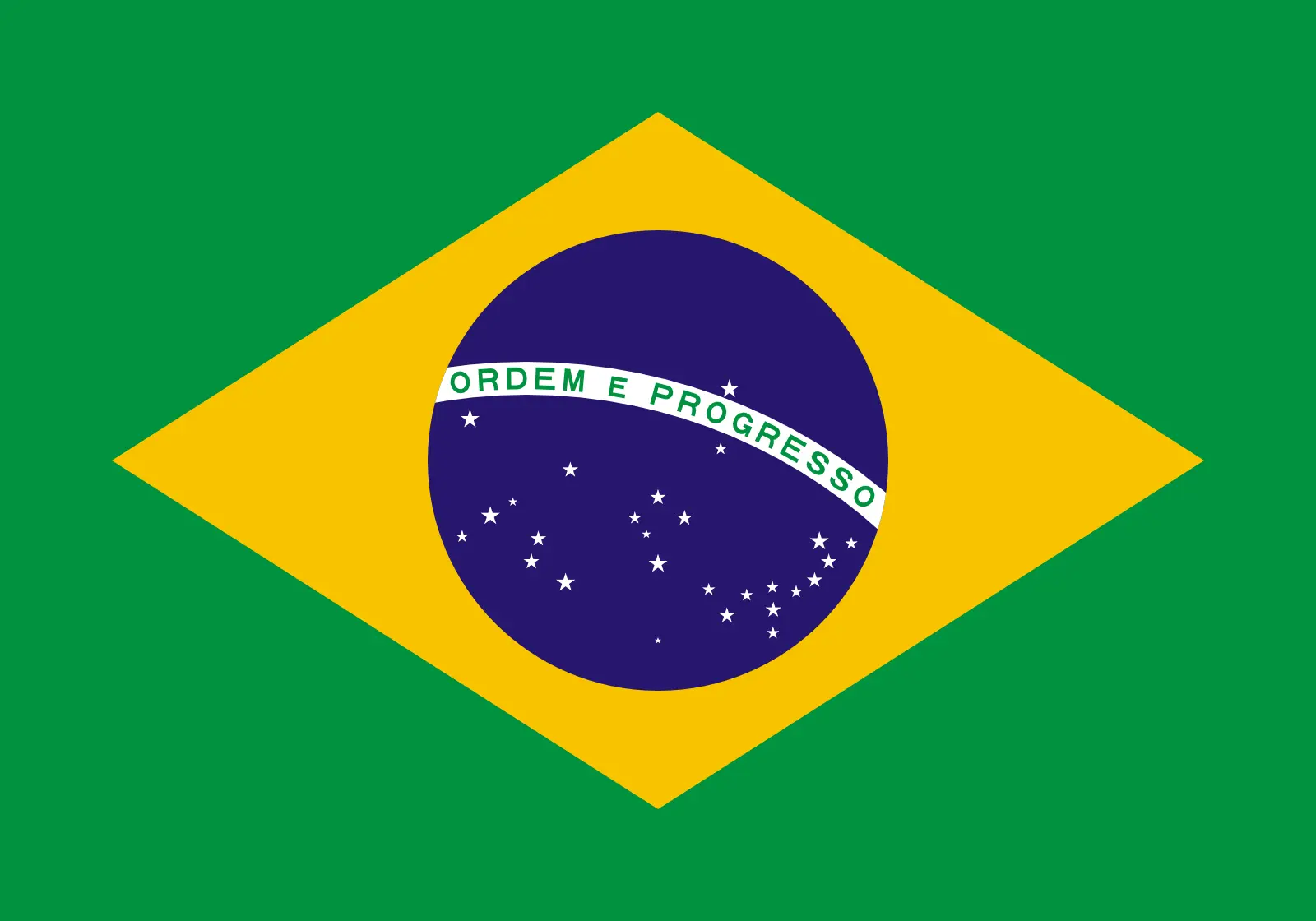 Brazil (+55)
Brazil (+55)
 British Indian Ocean Territory (+246)
British Indian Ocean Territory (+246)
 British Virgin Islands (+1284)
British Virgin Islands (+1284)
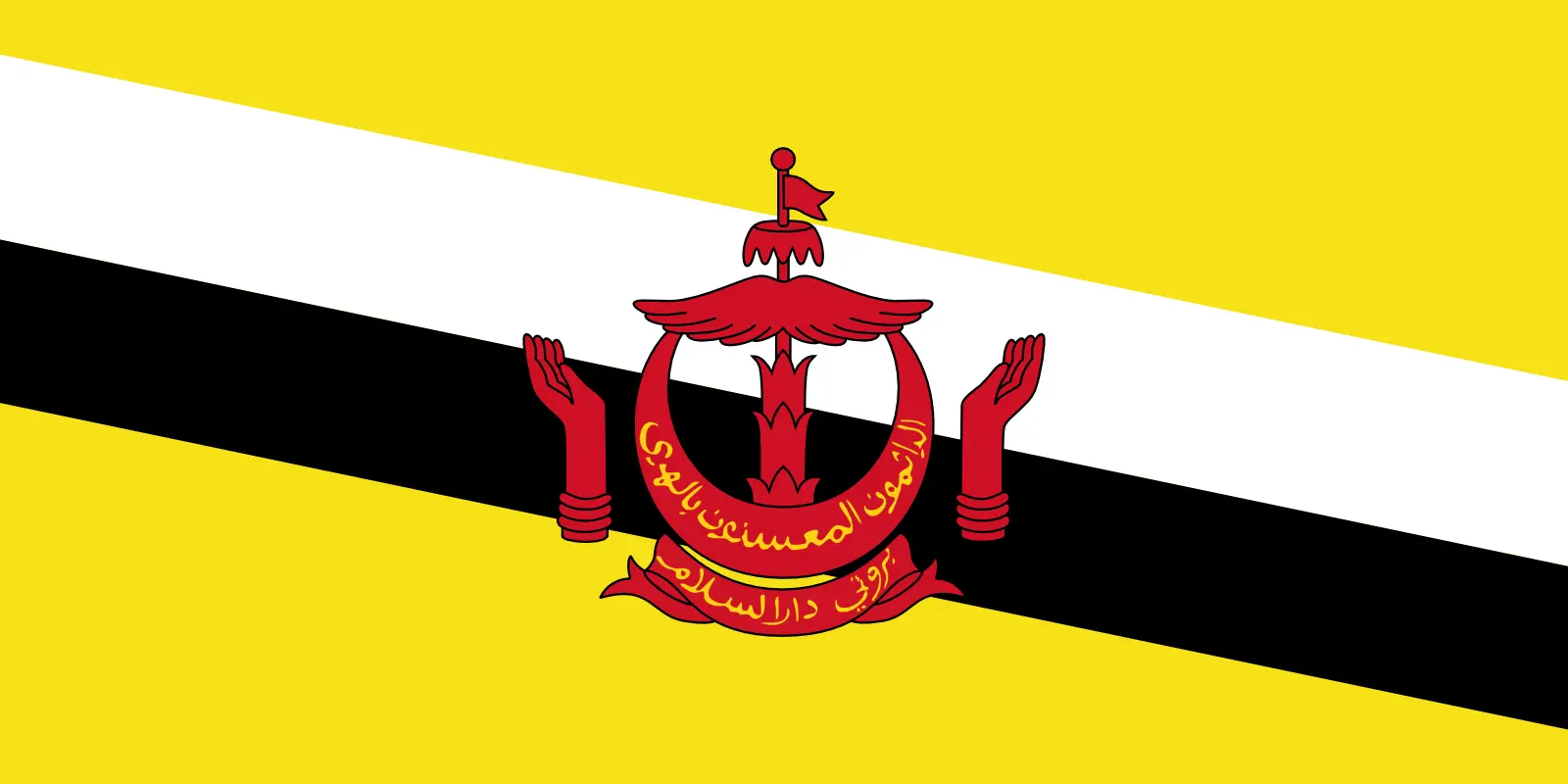 Brunei (+673)
Brunei (+673)
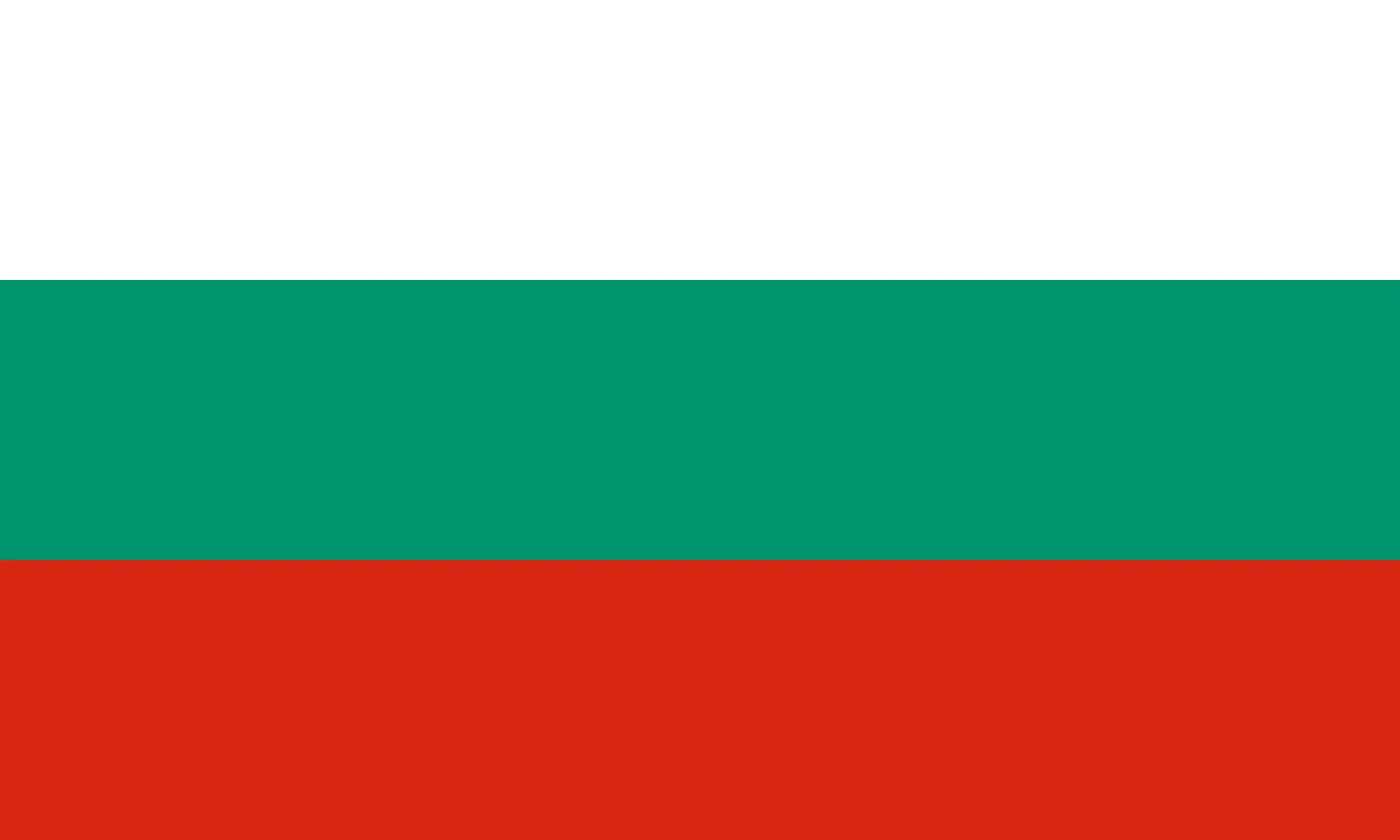 Bulgaria (+359)
Bulgaria (+359)
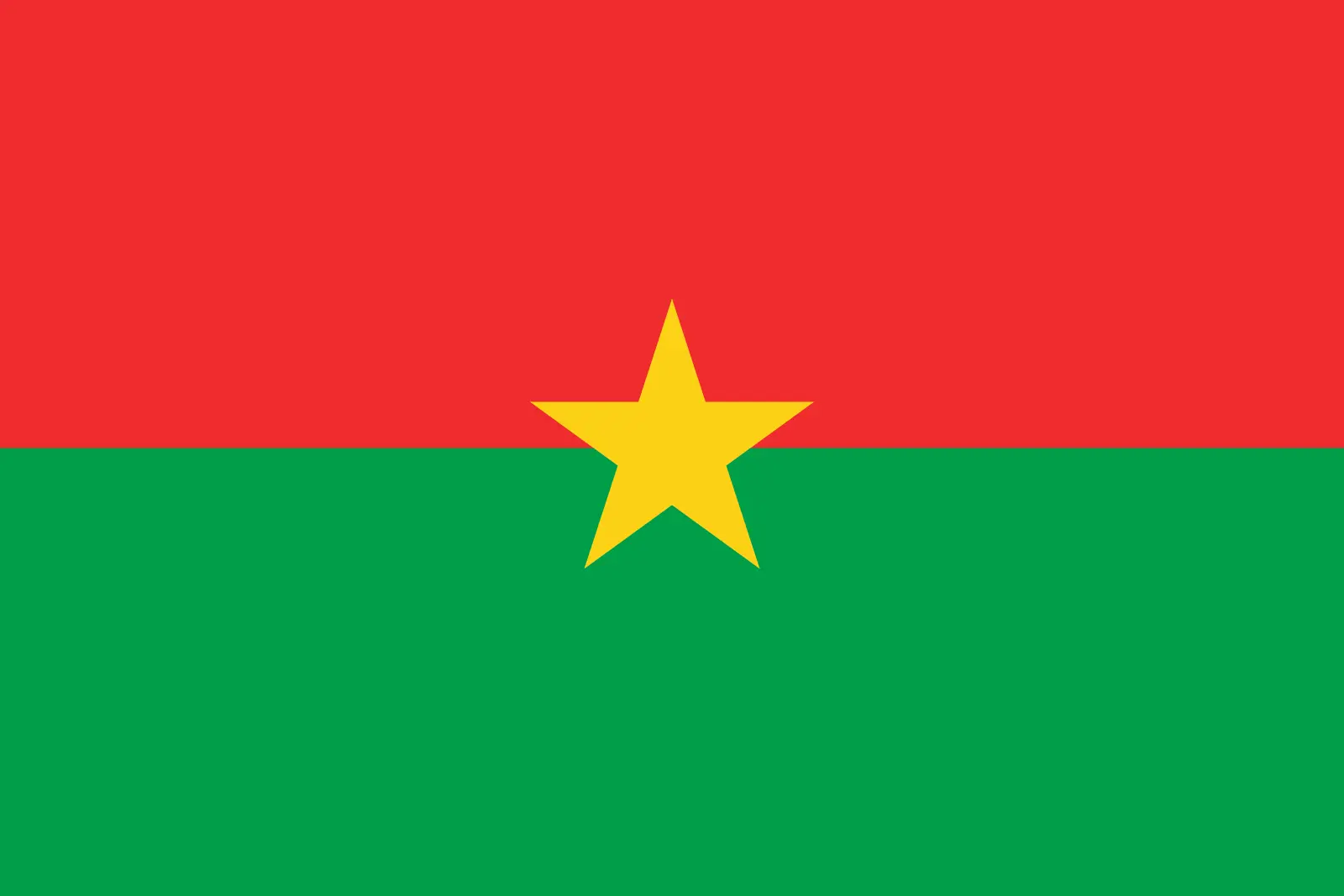 Burkina Faso (+226)
Burkina Faso (+226)
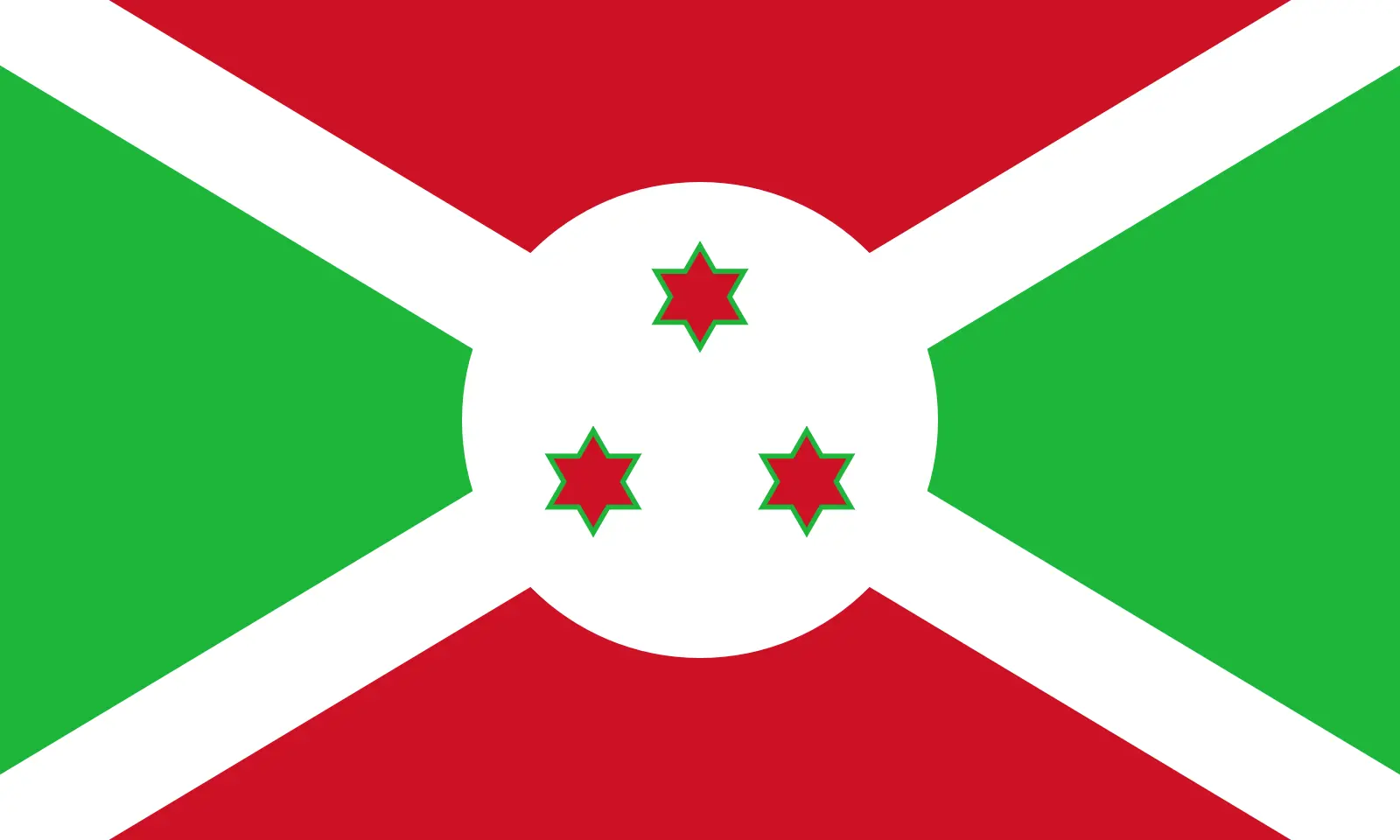 Burundi (+257)
Burundi (+257)
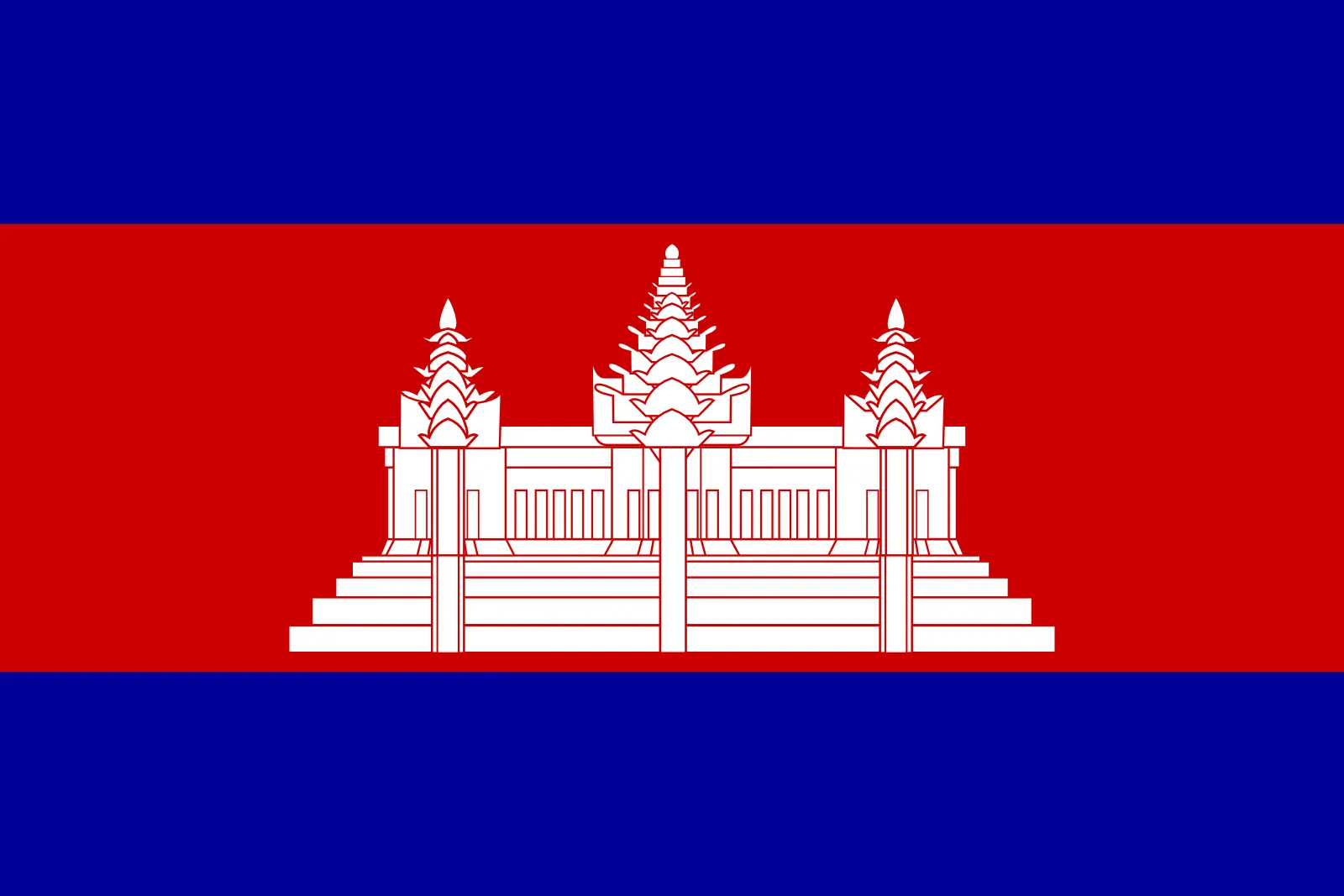 Cambodia (+855)
Cambodia (+855)
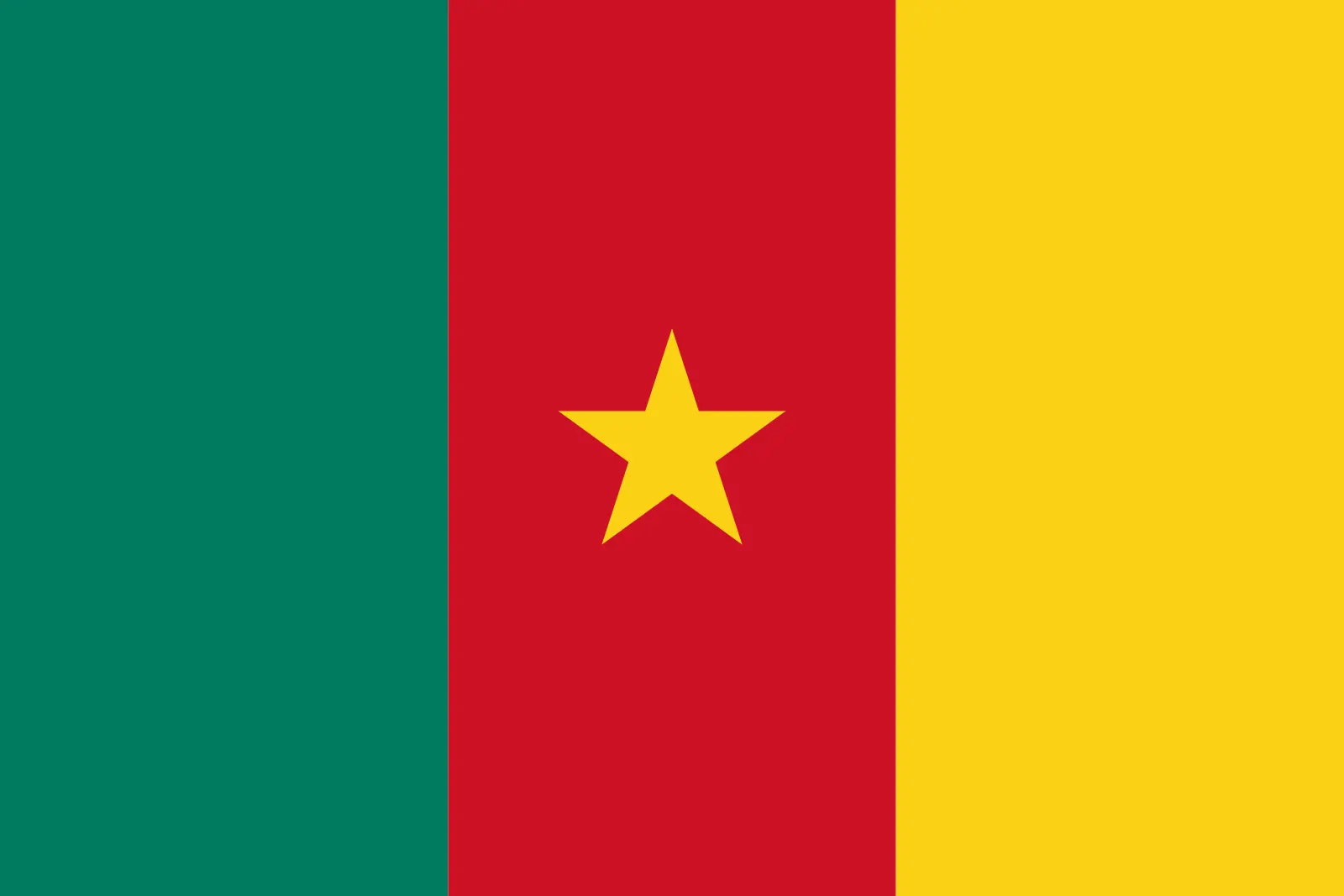 Cameroon (+237)
Cameroon (+237)
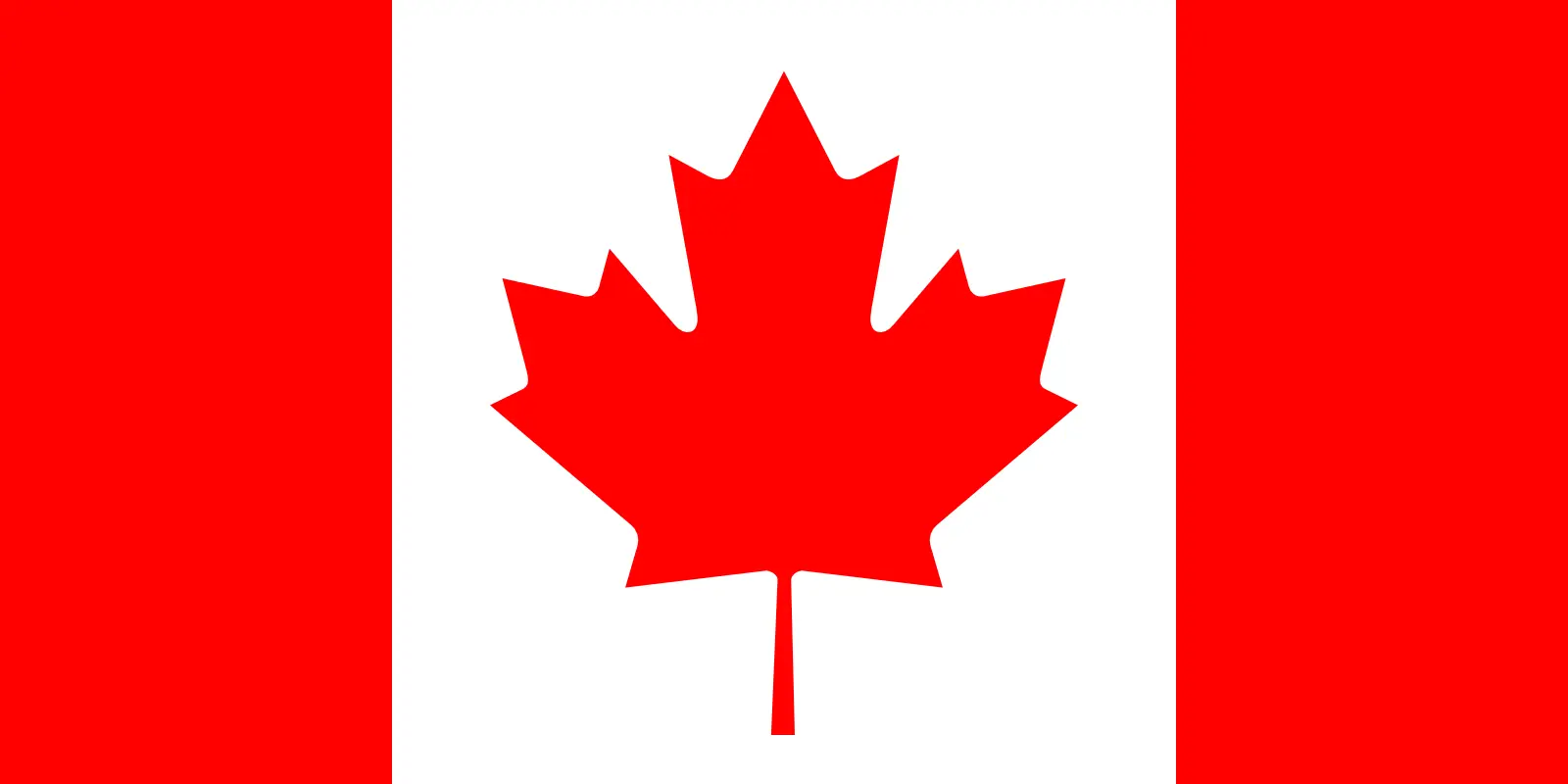 Canada (+1)
Canada (+1)
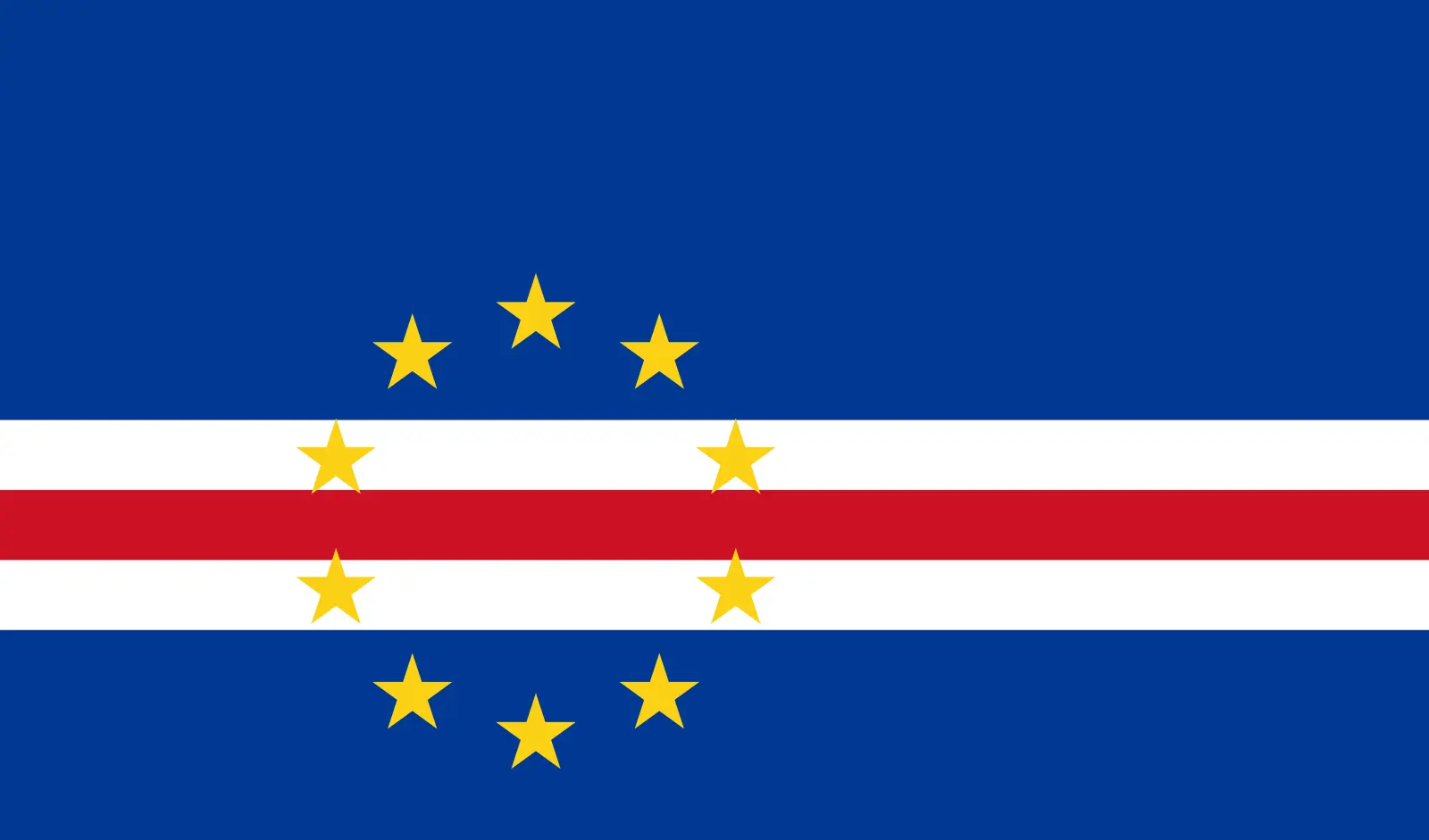 Cape Verde (+238)
Cape Verde (+238)
 Cayman Islands (+1345)
Cayman Islands (+1345)
 Central African Republic (+236)
Central African Republic (+236)
 Chad (+235)
Chad (+235)
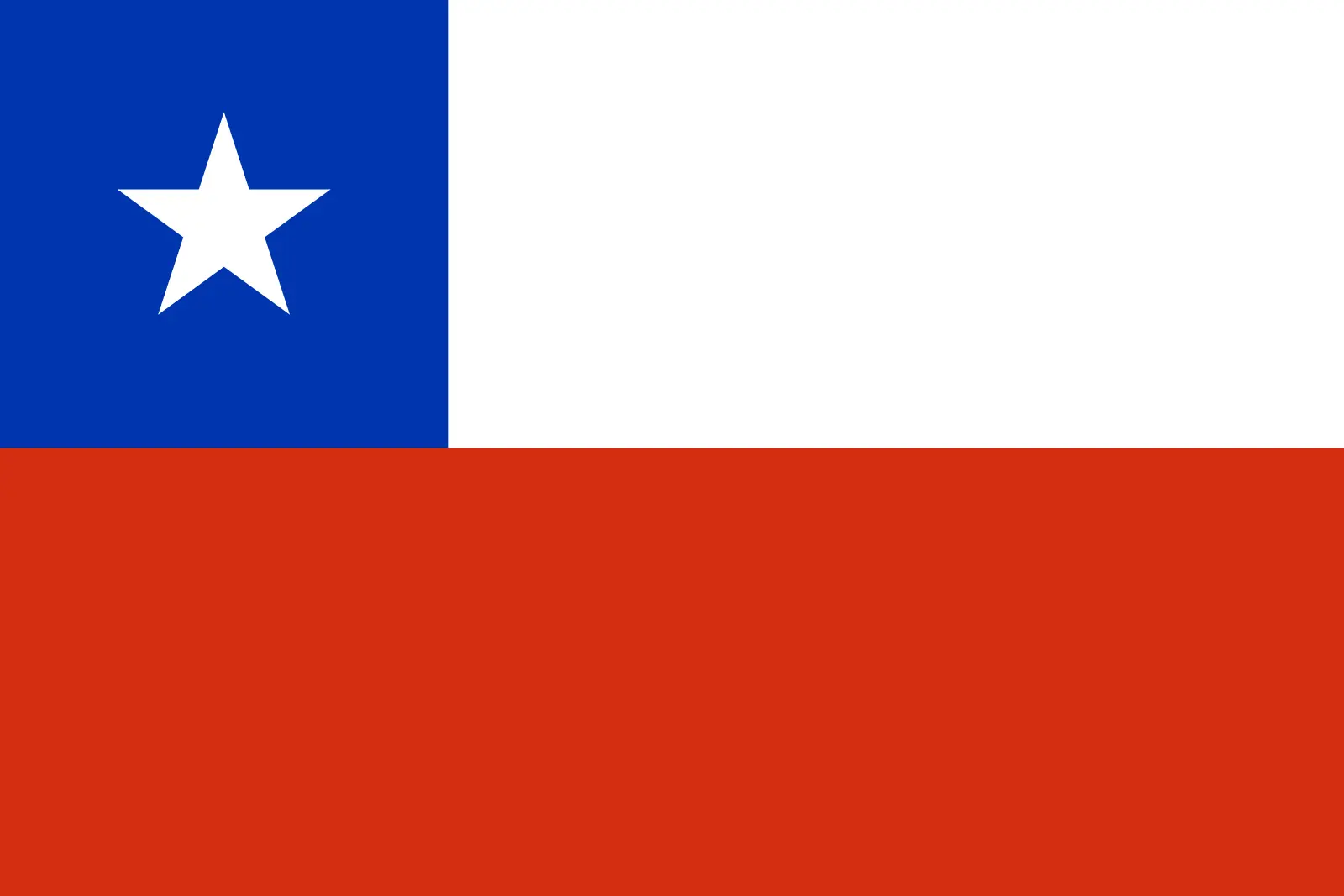 Chile (+56)
Chile (+56)
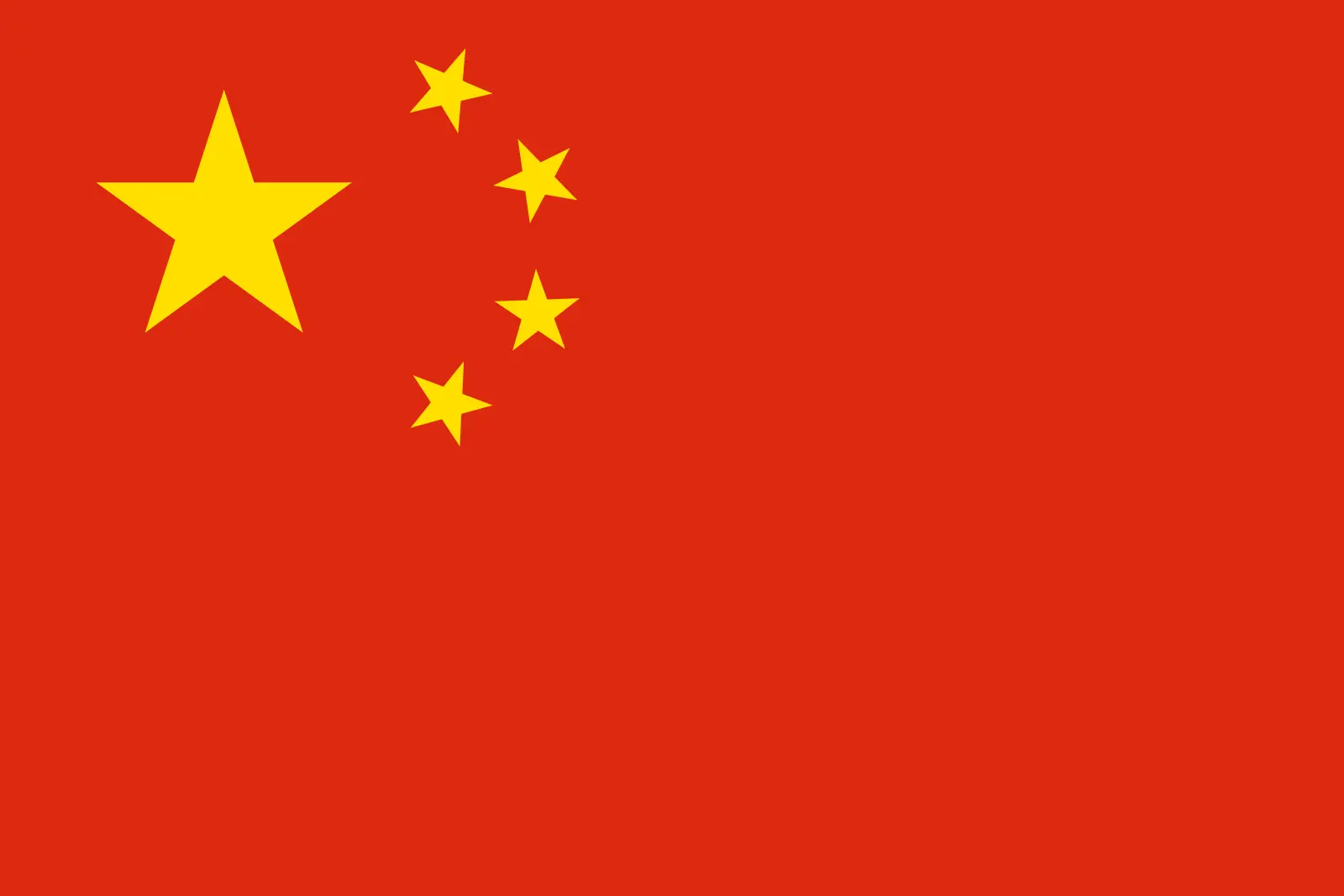 China (+86)
China (+86)
 Christmas Island (+61)
Christmas Island (+61)
 Cocos (Keeling) Islands (+61)
Cocos (Keeling) Islands (+61)
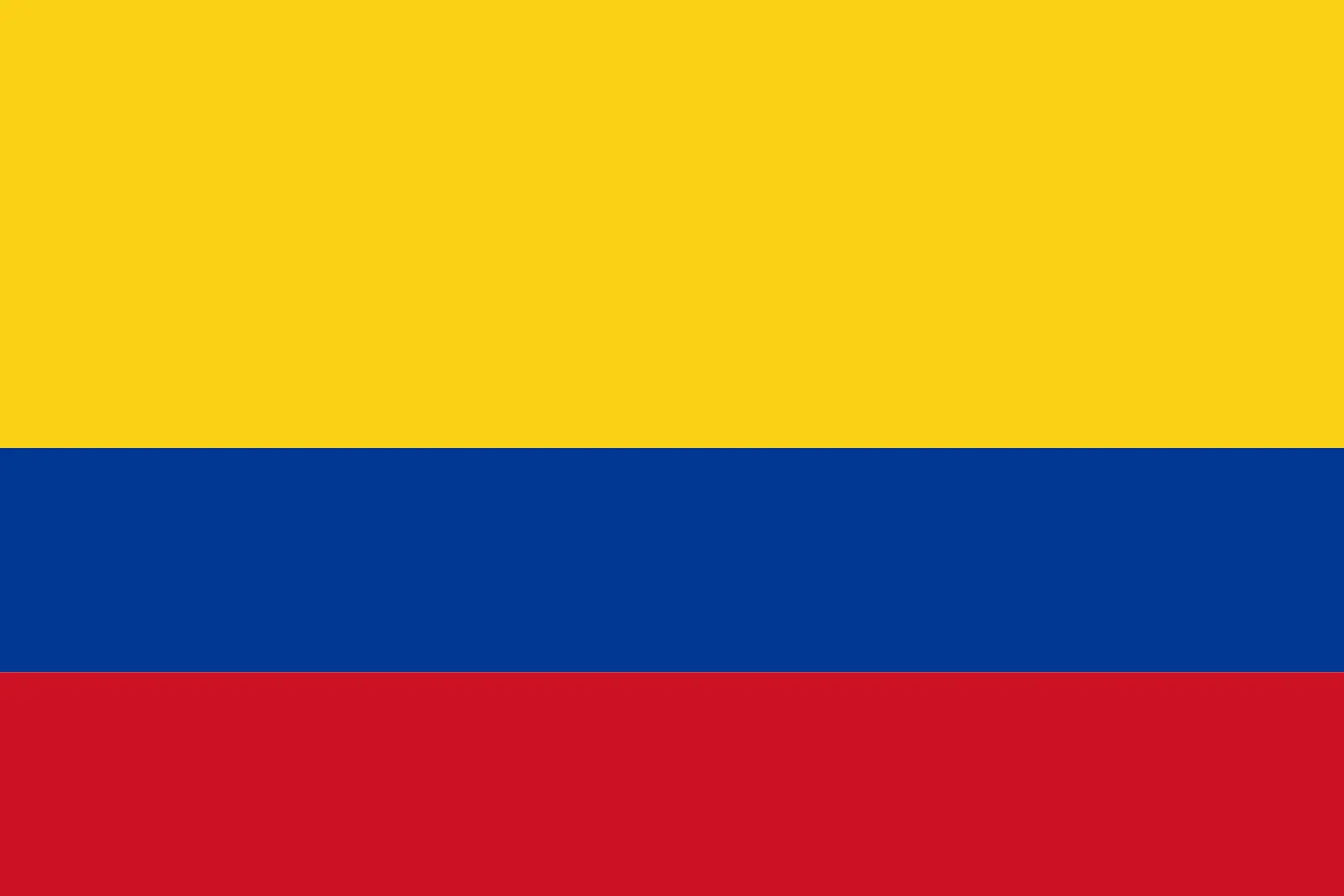 Colombia (+57)
Colombia (+57)
 Comoros (+269)
Comoros (+269)
 Cook Islands (+682)
Cook Islands (+682)
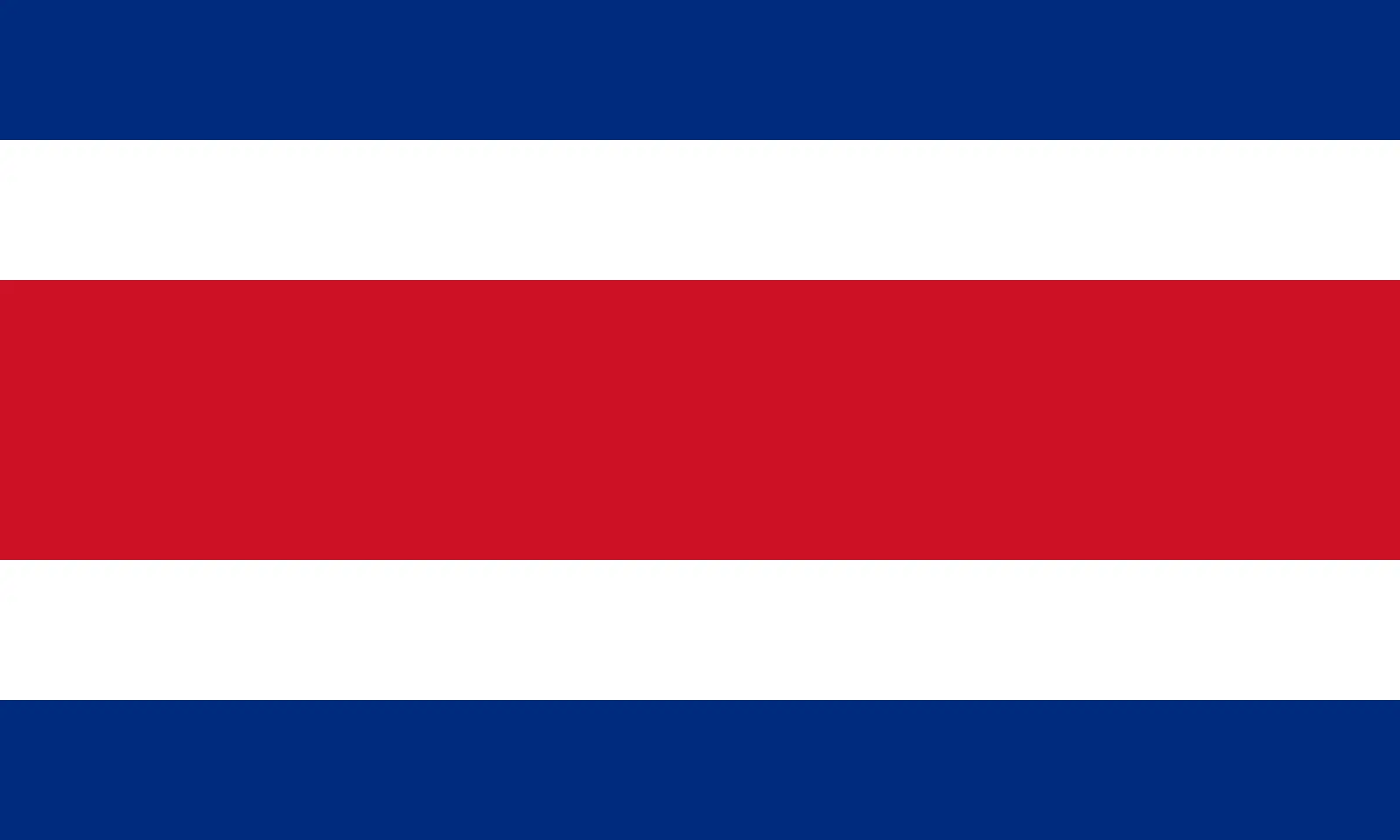 Costa Rica (+506)
Costa Rica (+506)
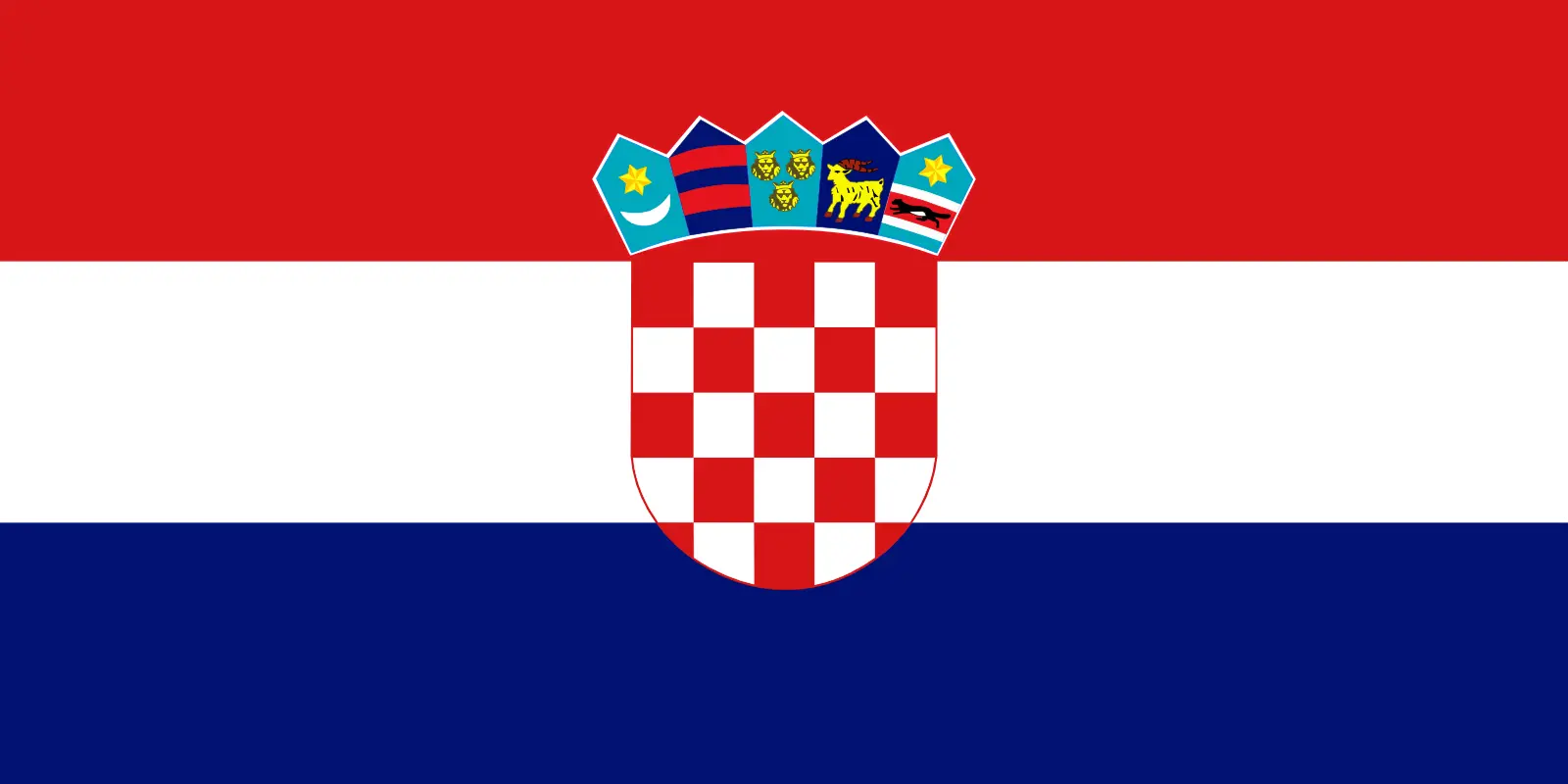 Croatia (+385)
Croatia (+385)
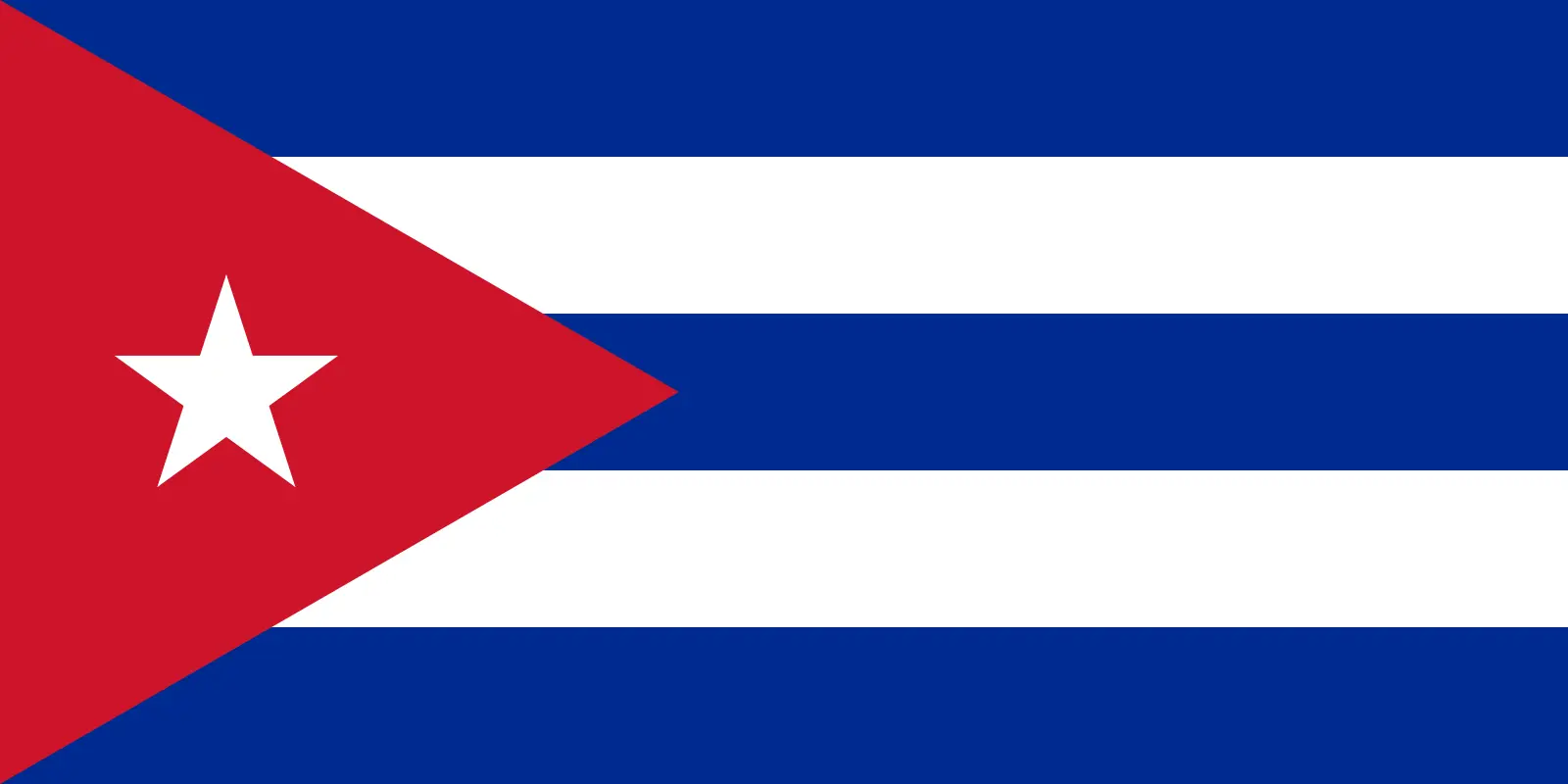 Cuba (+53)
Cuba (+53)
 Curaçao (+599)
Curaçao (+599)
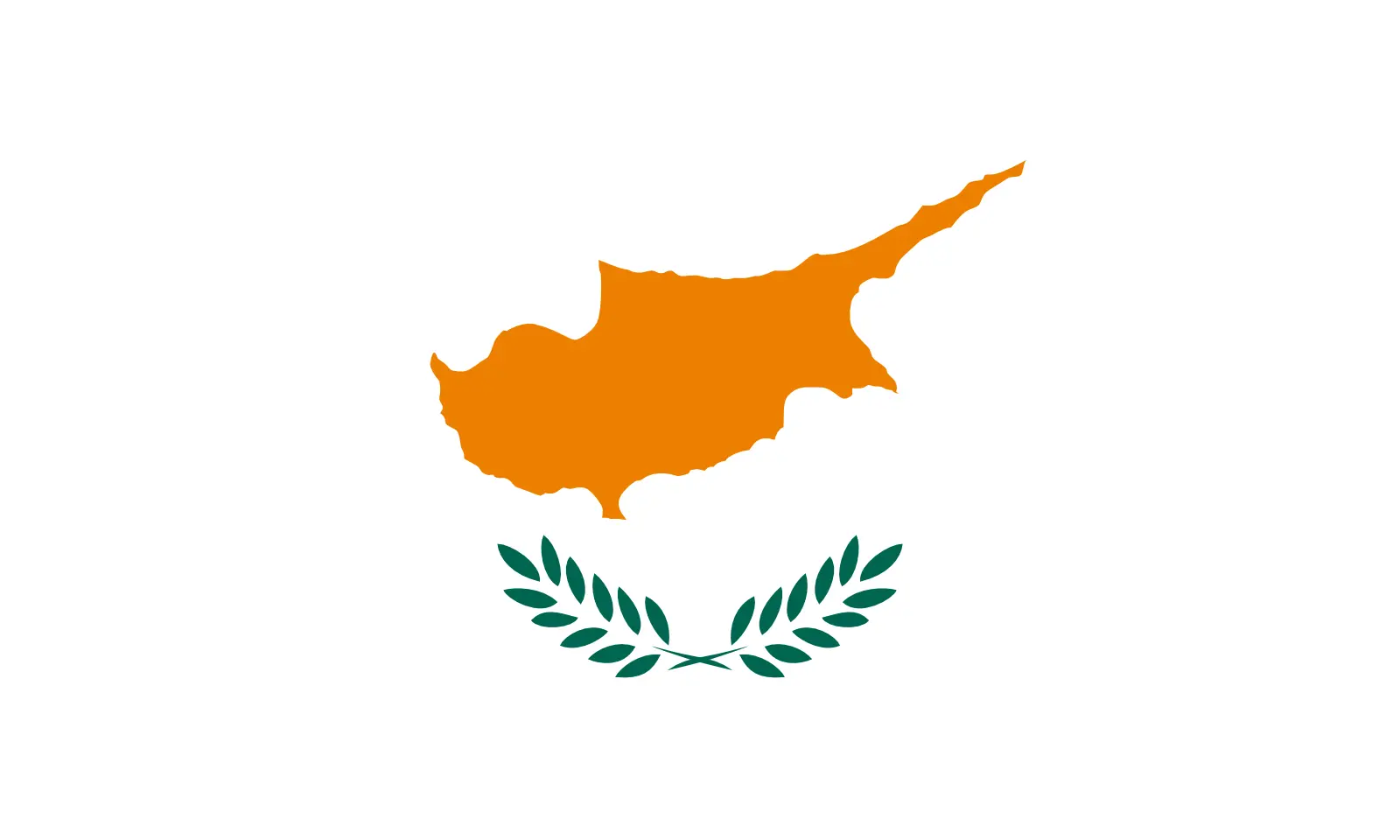 Cyprus (+357)
Cyprus (+357)
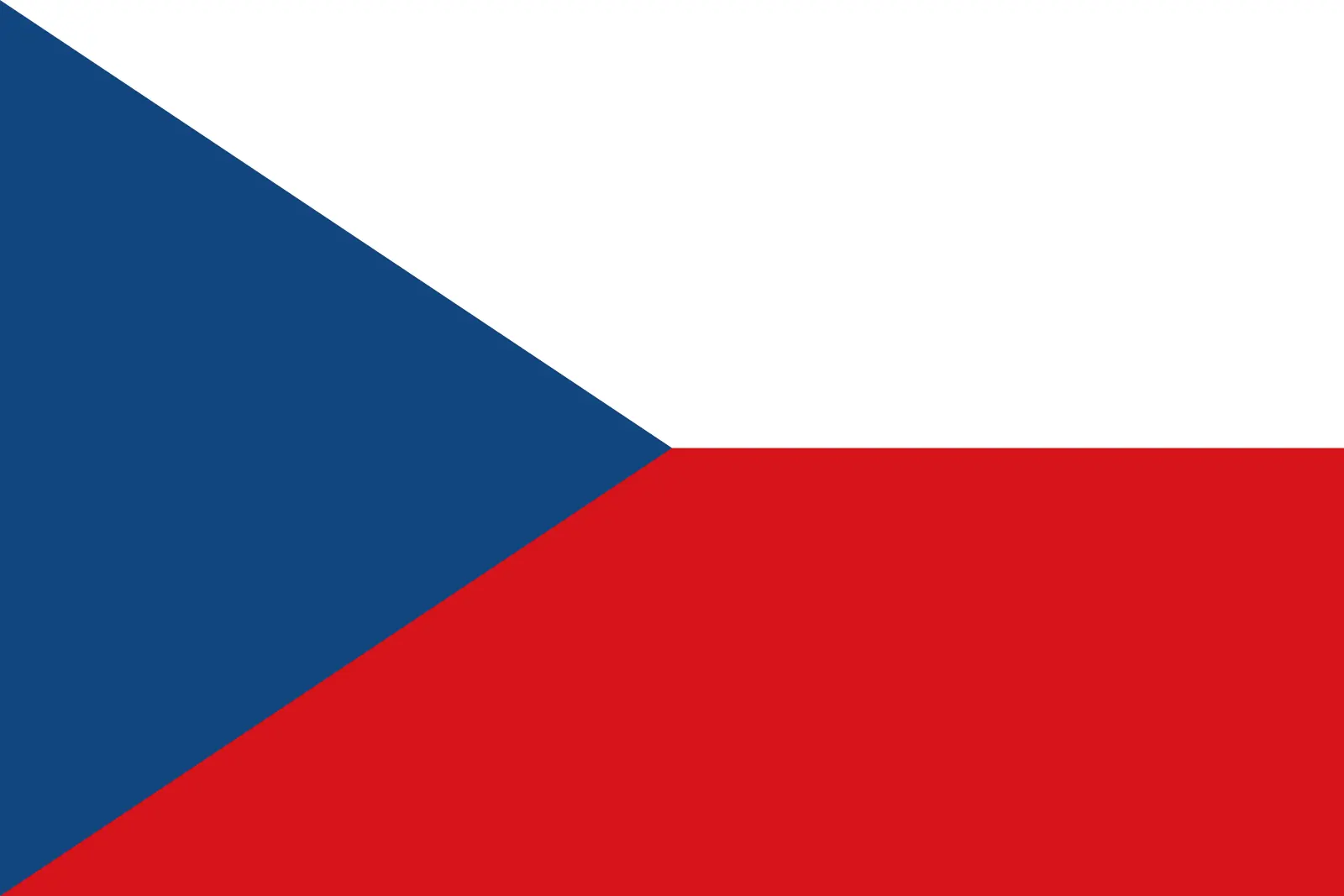 Czechia (+420)
Czechia (+420)
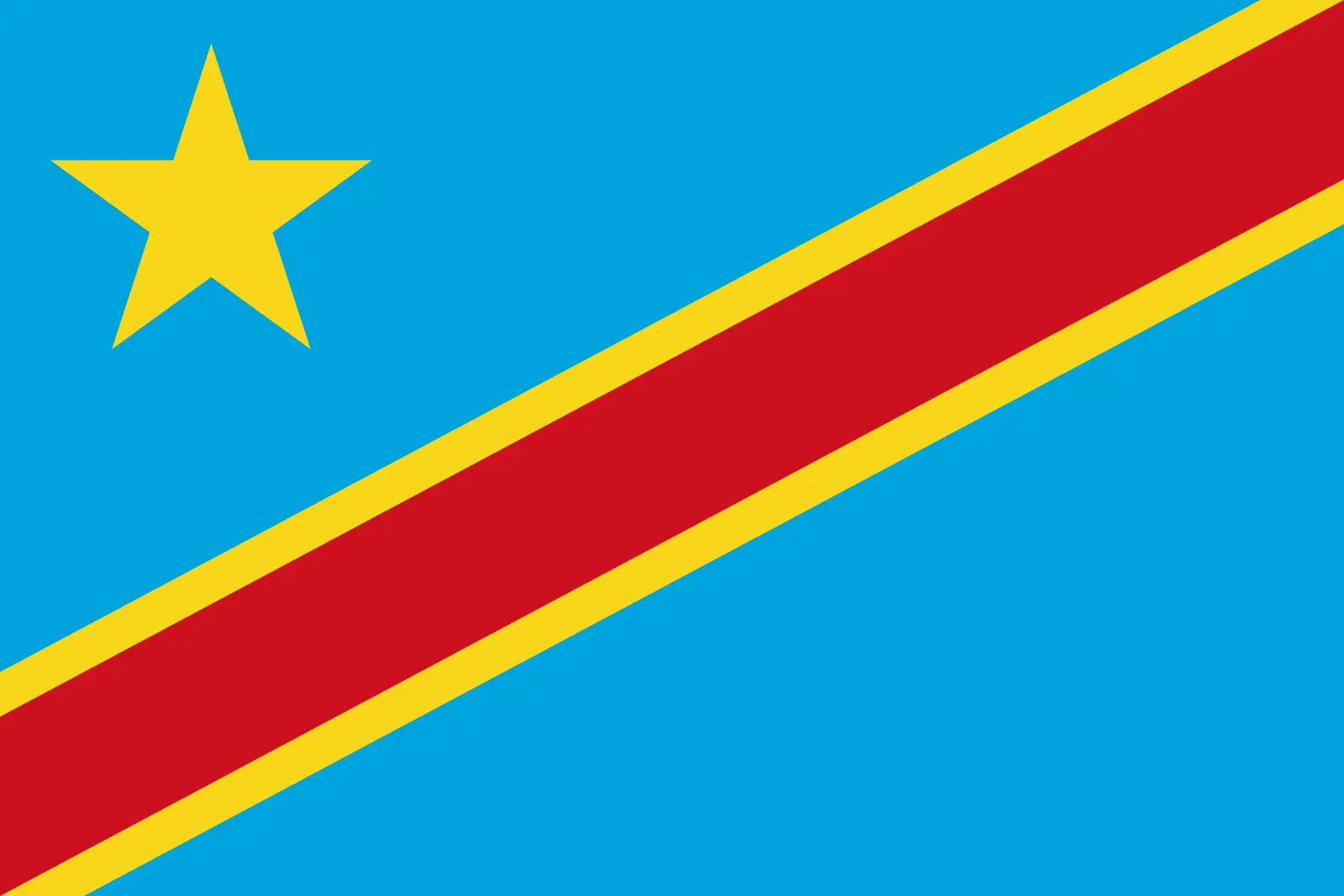 Democratic Republic of the Congo (+243)
Democratic Republic of the Congo (+243)
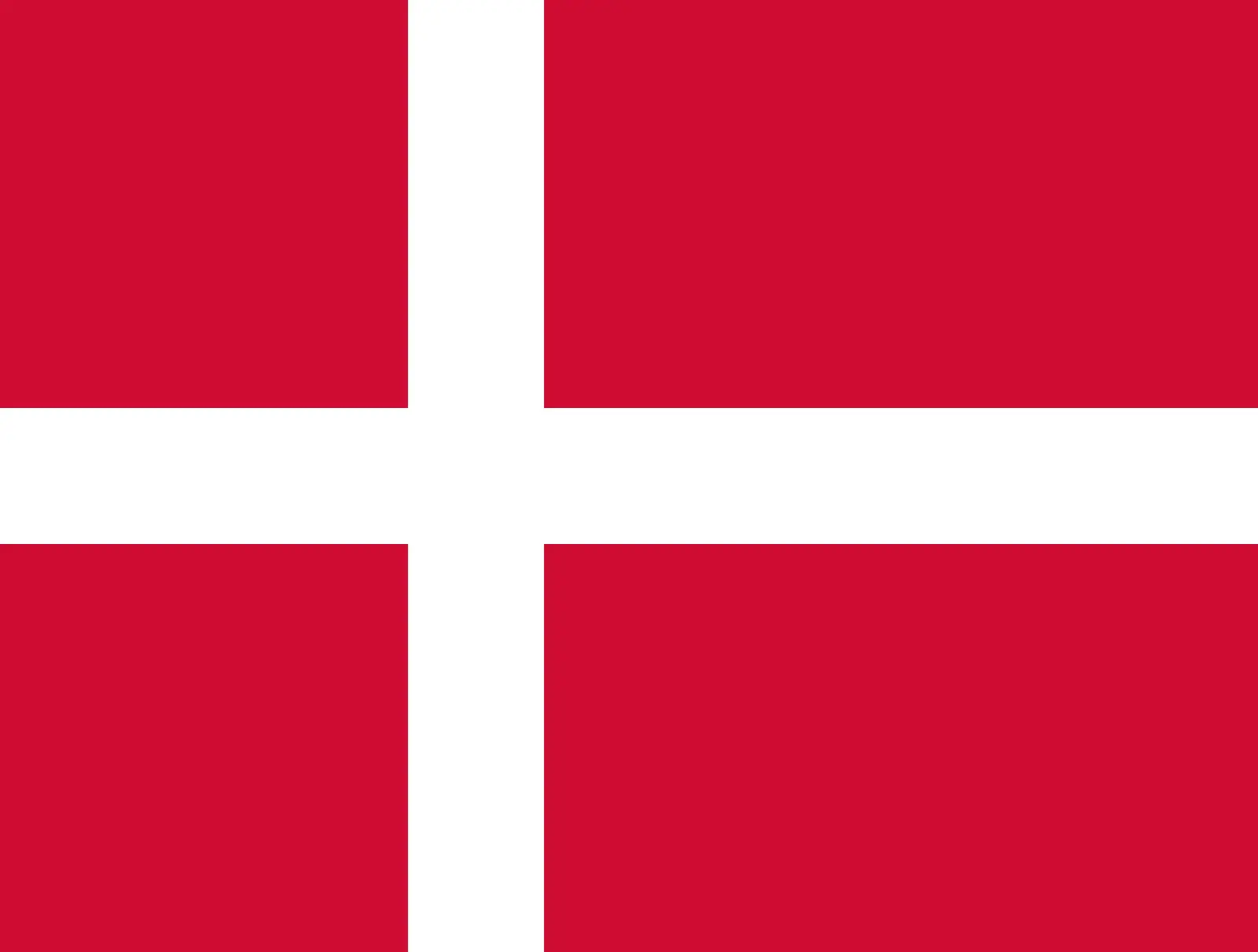 Denmark (+45)
Denmark (+45)
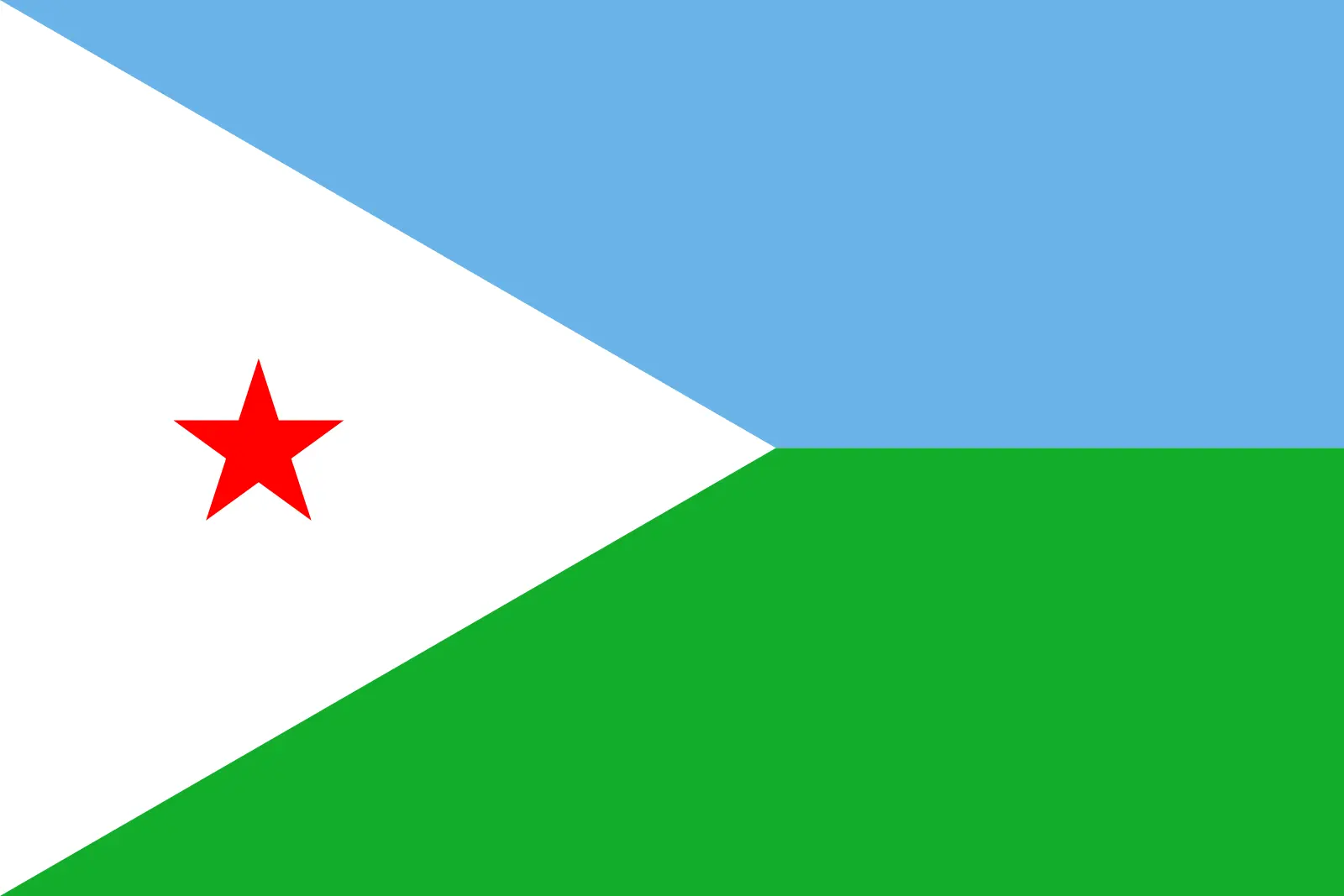 Djibouti (+253)
Djibouti (+253)
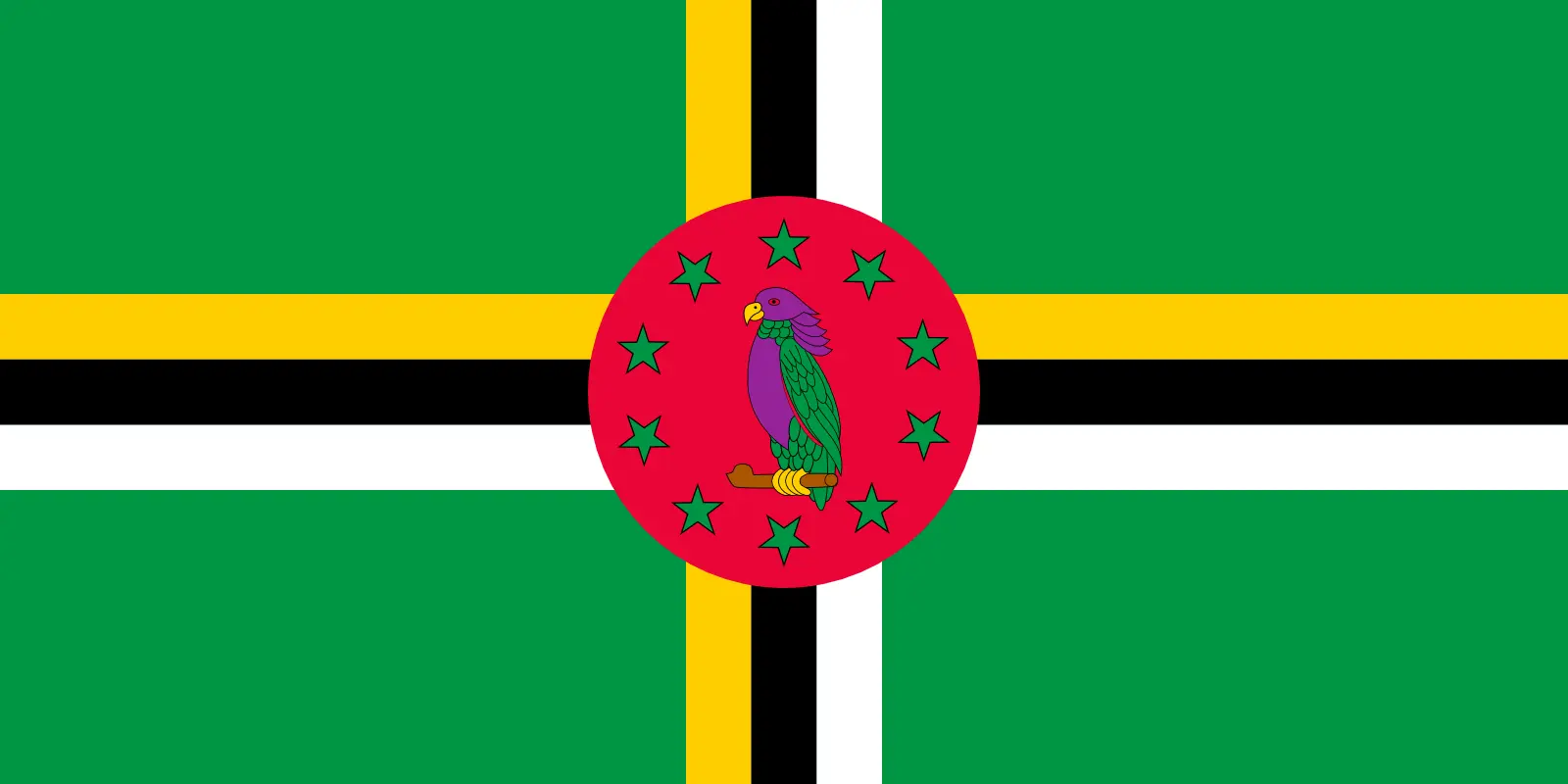 Dominica (+1767)
Dominica (+1767)
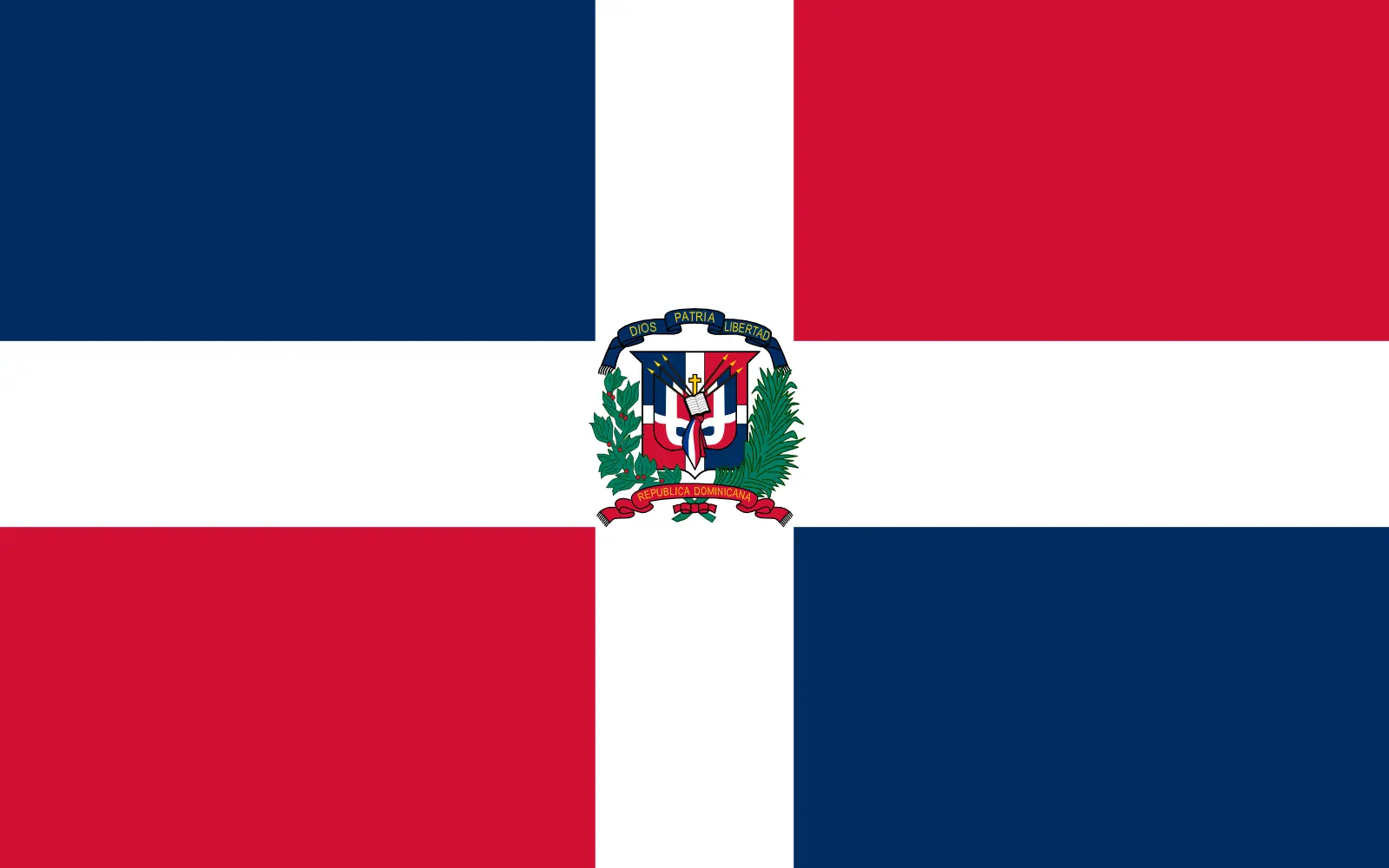 Dominican Republic (+1809)
Dominican Republic (+1809)
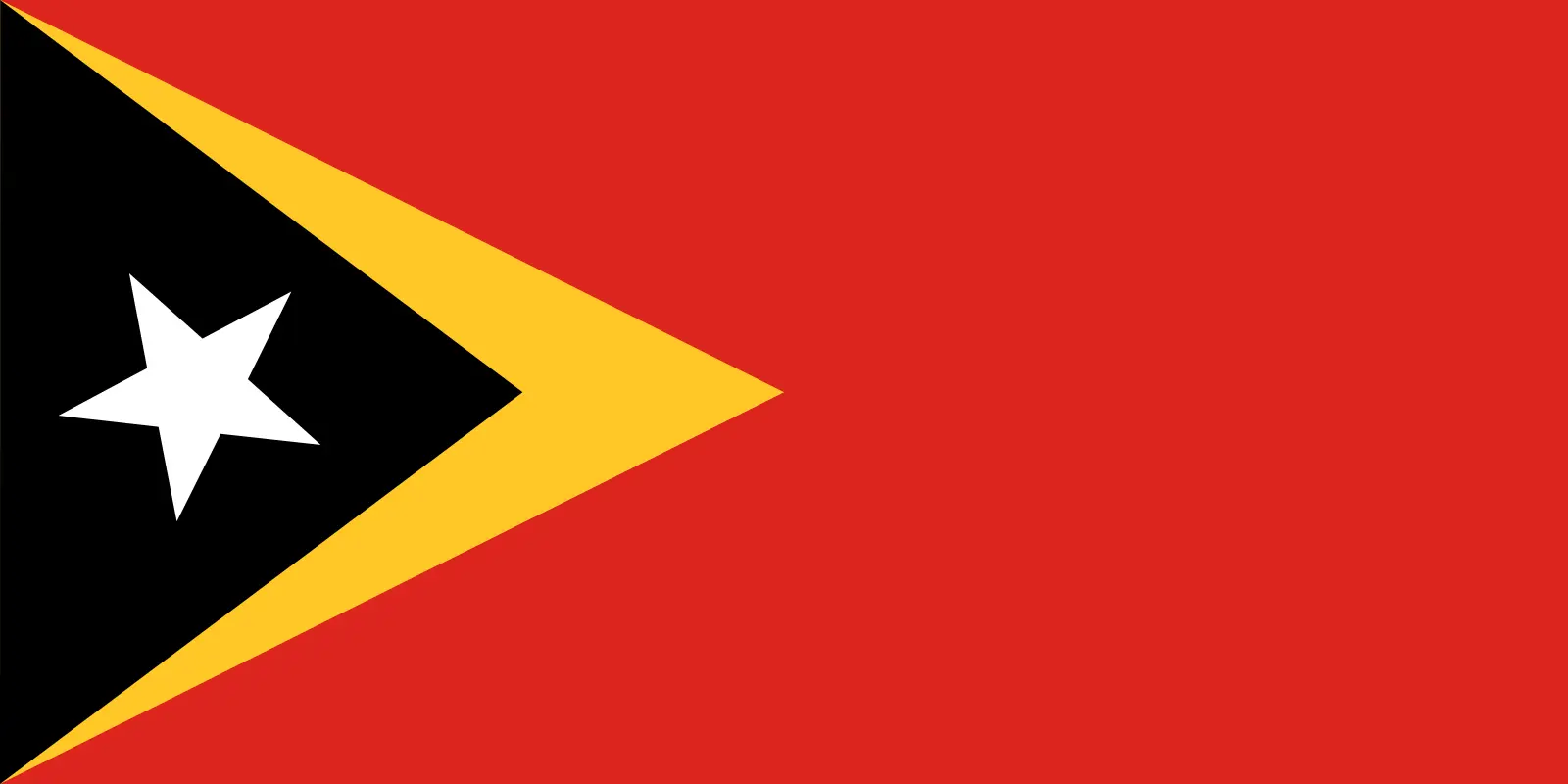 Timor-Leste (+670)
Timor-Leste (+670)
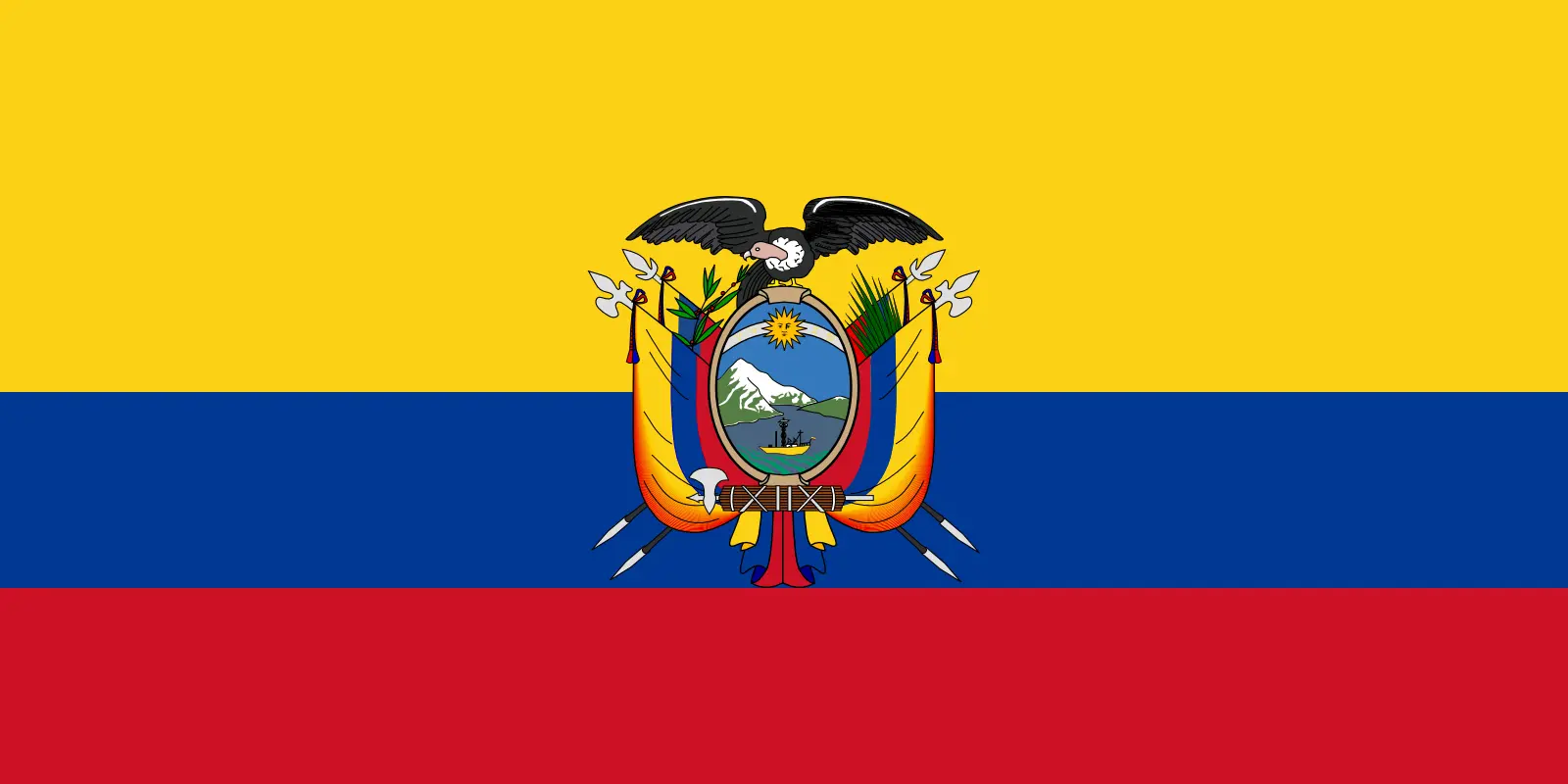 Ecuador (+593)
Ecuador (+593)
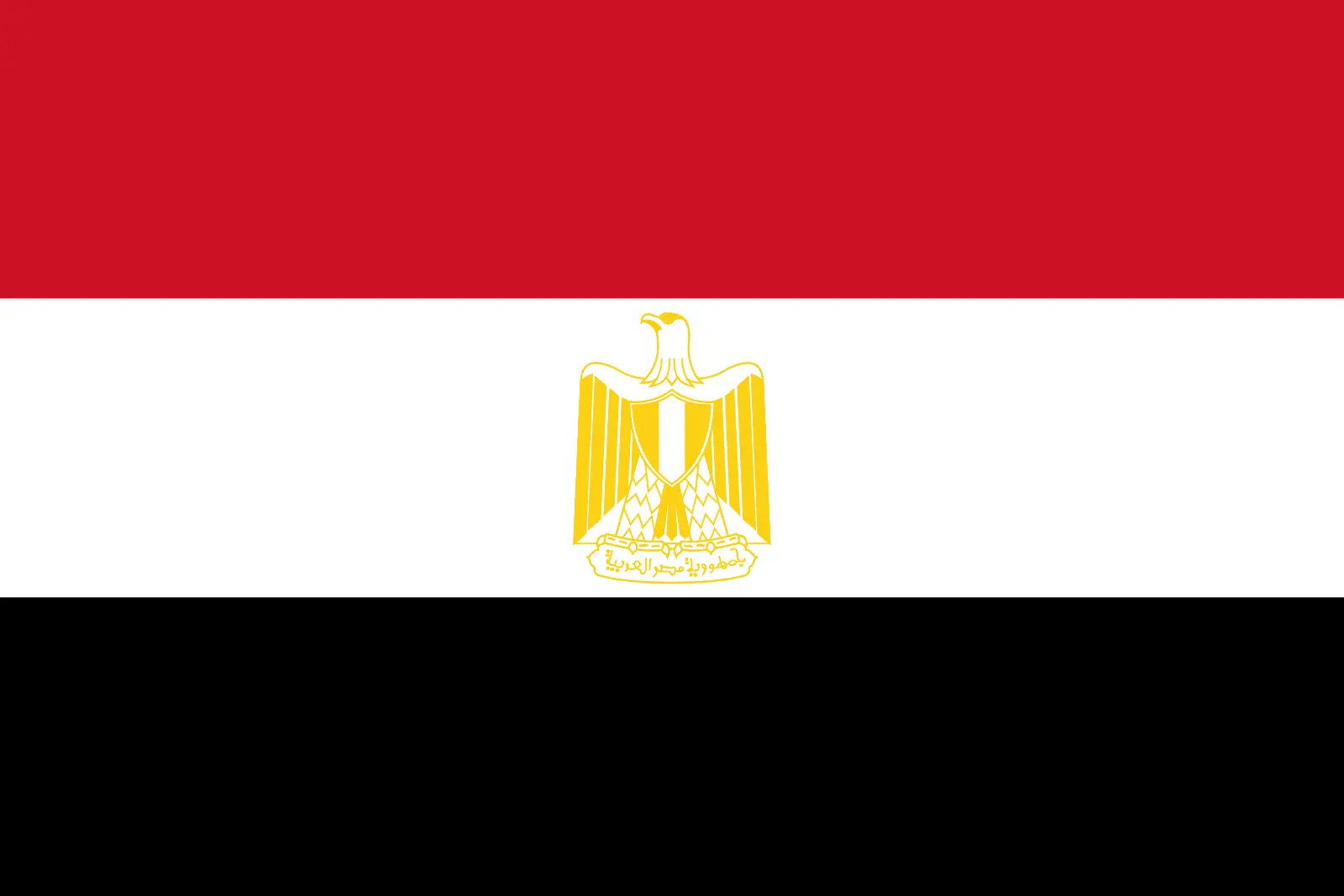 Egypt (+20)
Egypt (+20)
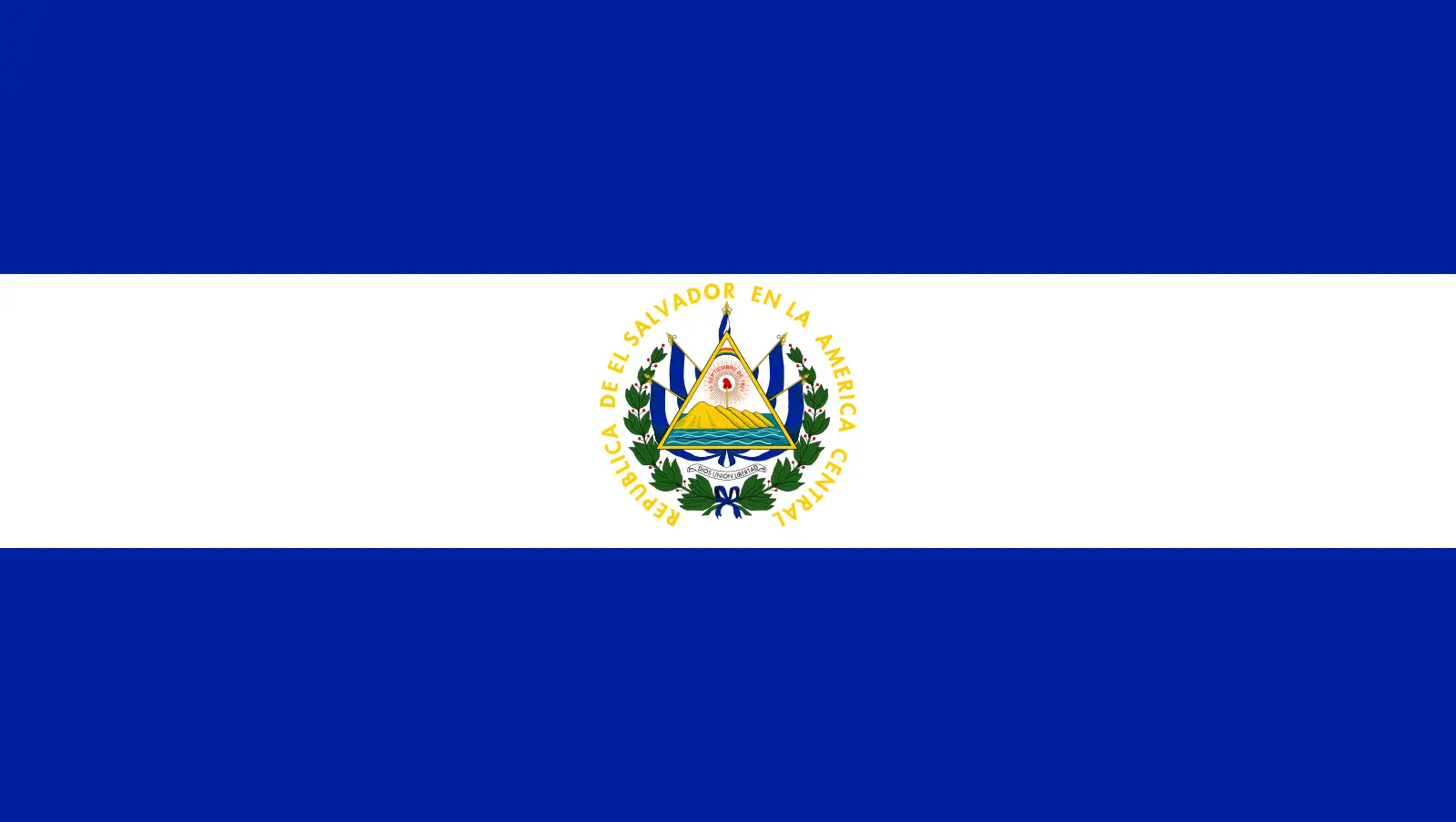 El Salvador (+503)
El Salvador (+503)
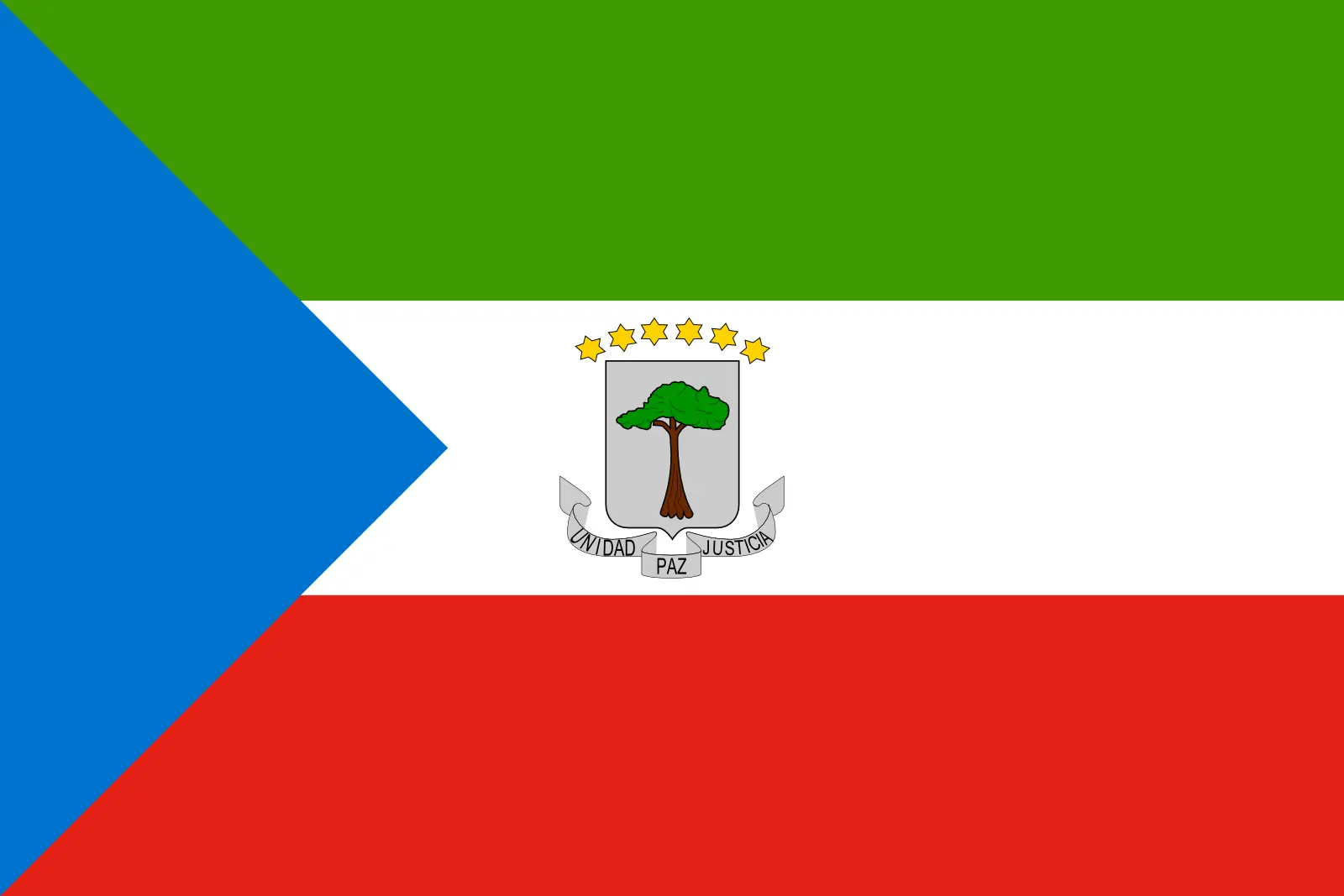 Equatorial Guinea (+240)
Equatorial Guinea (+240)
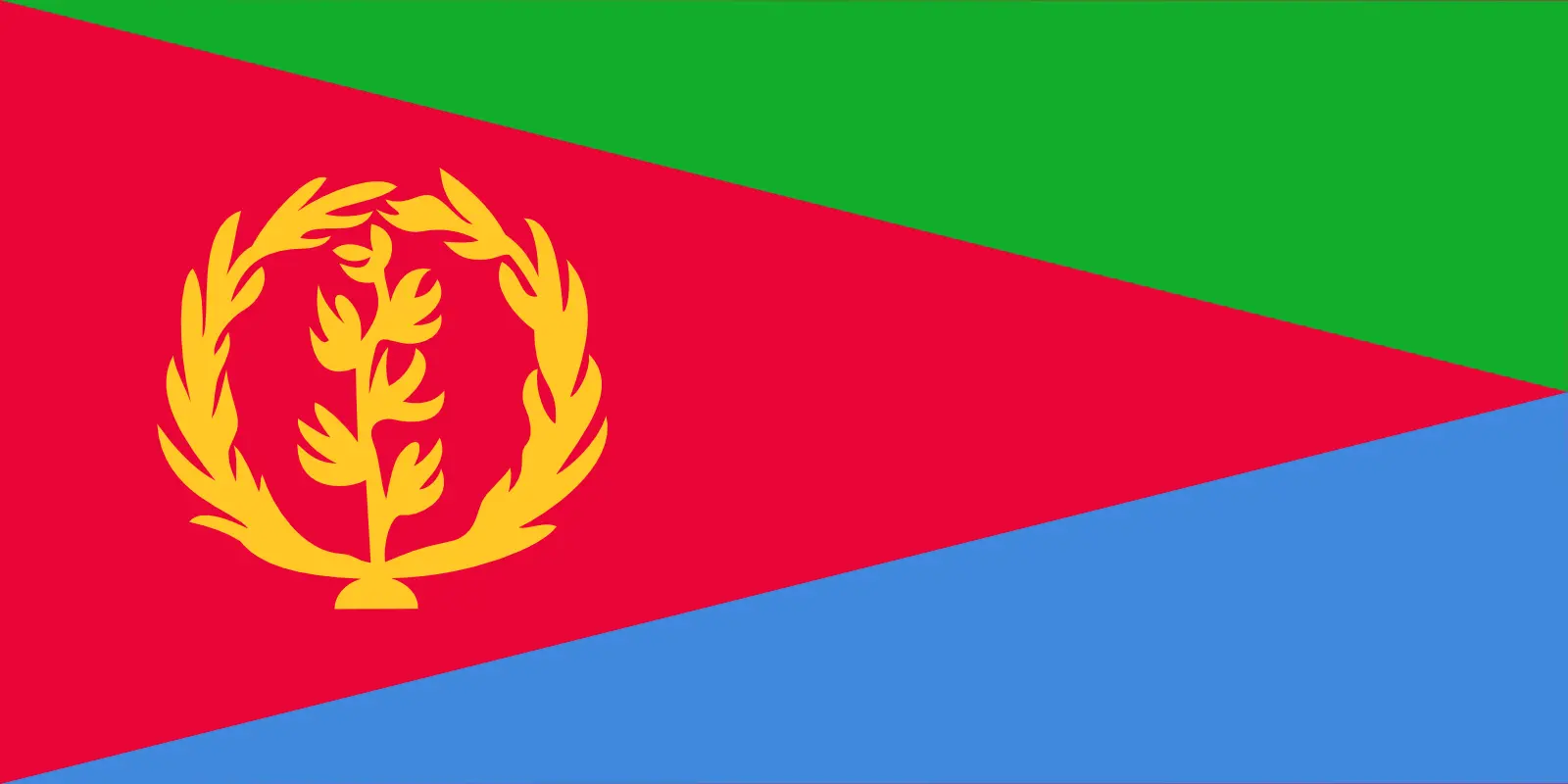 Eritrea (+291)
Eritrea (+291)
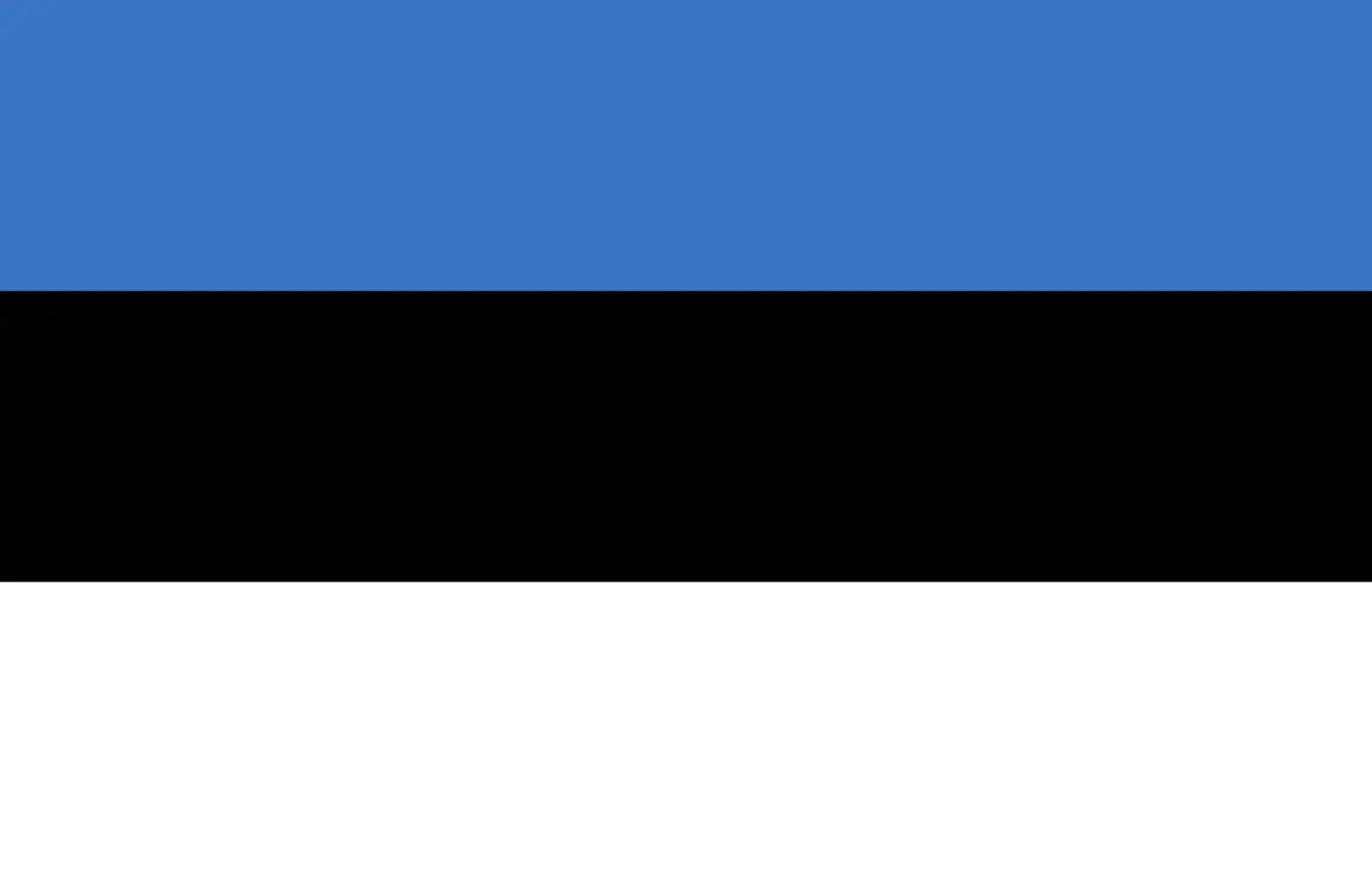 Estonia (+372)
Estonia (+372)
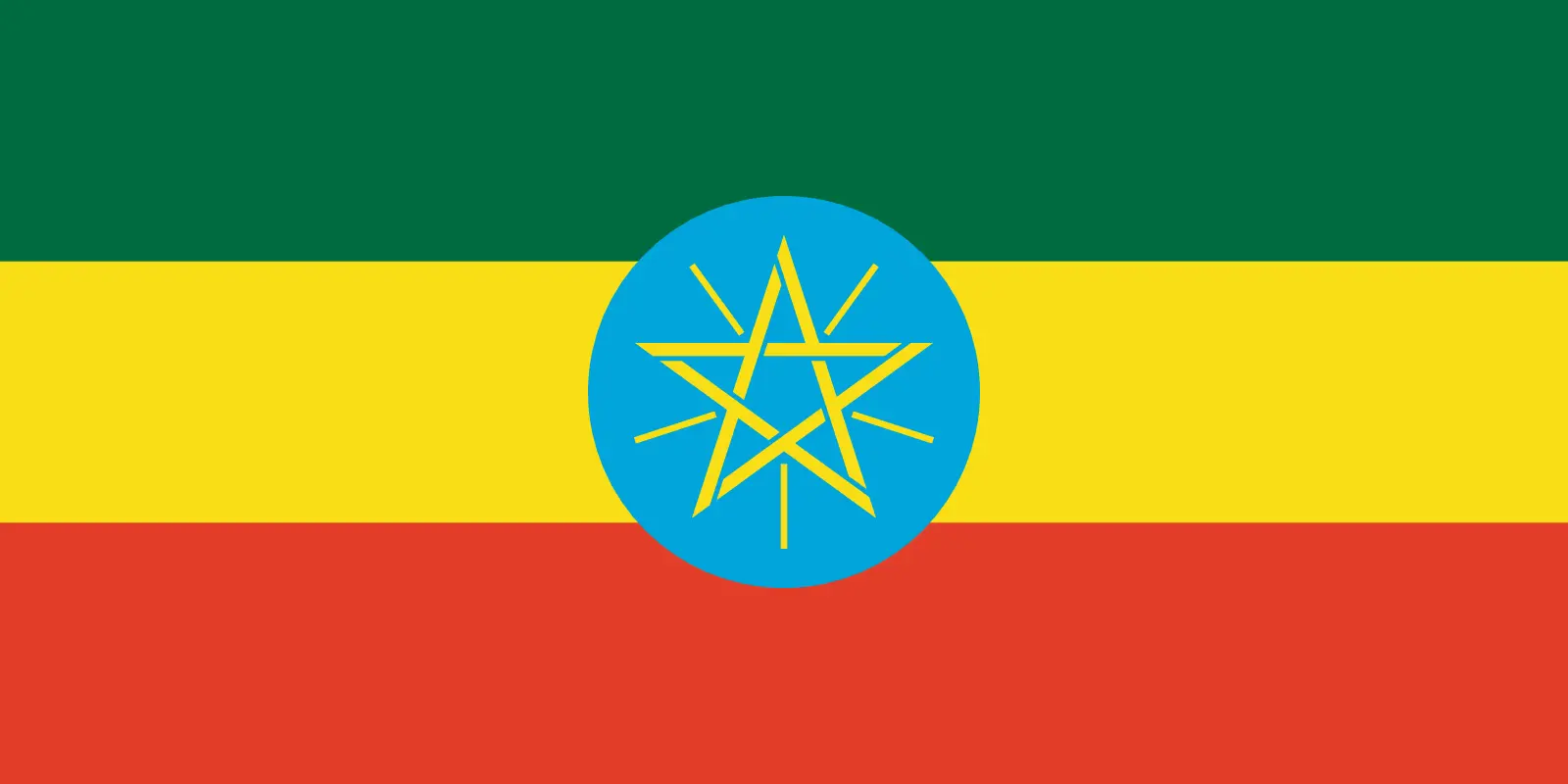 Ethiopia (+251)
Ethiopia (+251)
 Falkland Islands (+500)
Falkland Islands (+500)
 Faroe Islands (+298)
Faroe Islands (+298)
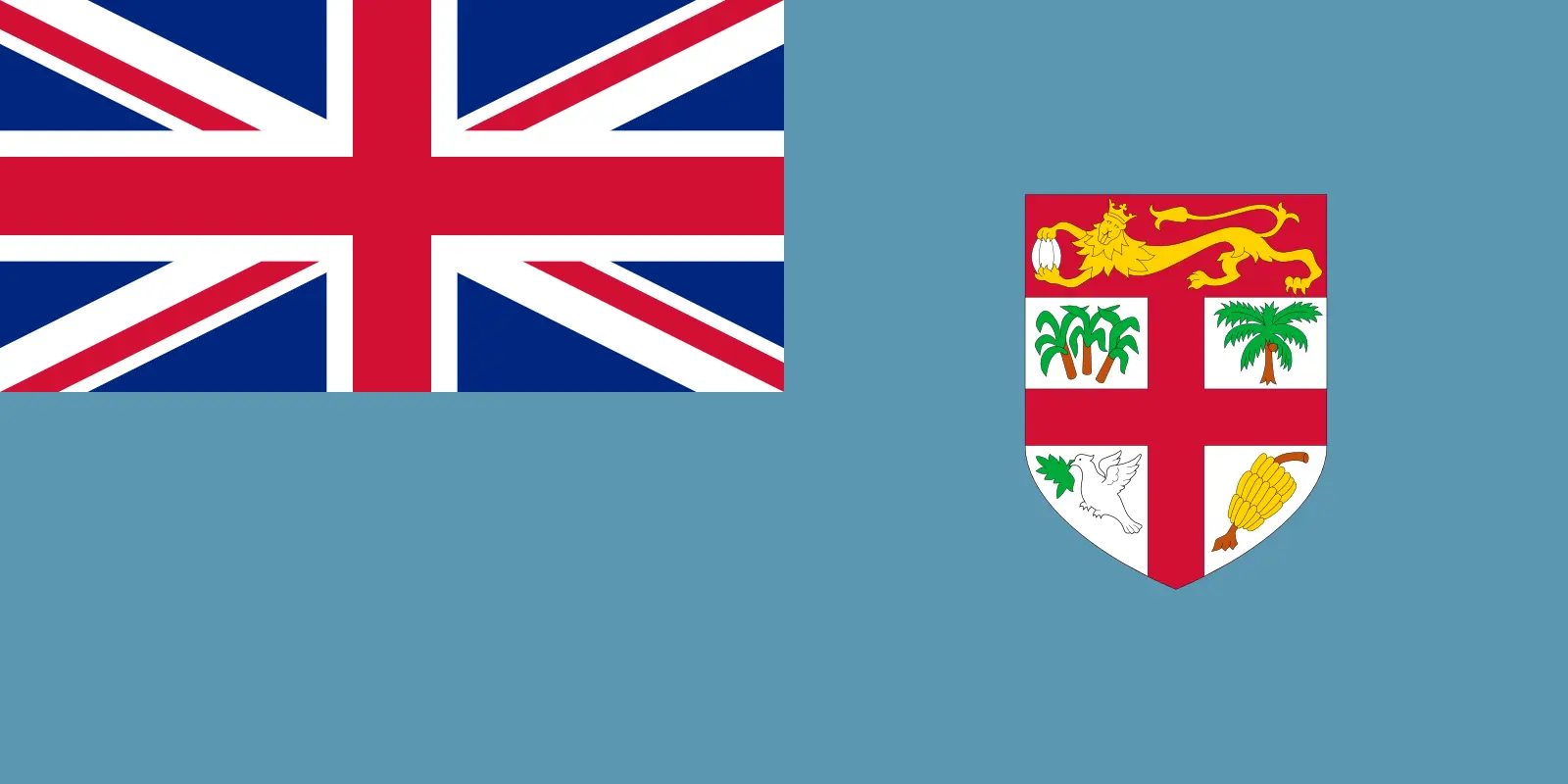 Fiji (+679)
Fiji (+679)
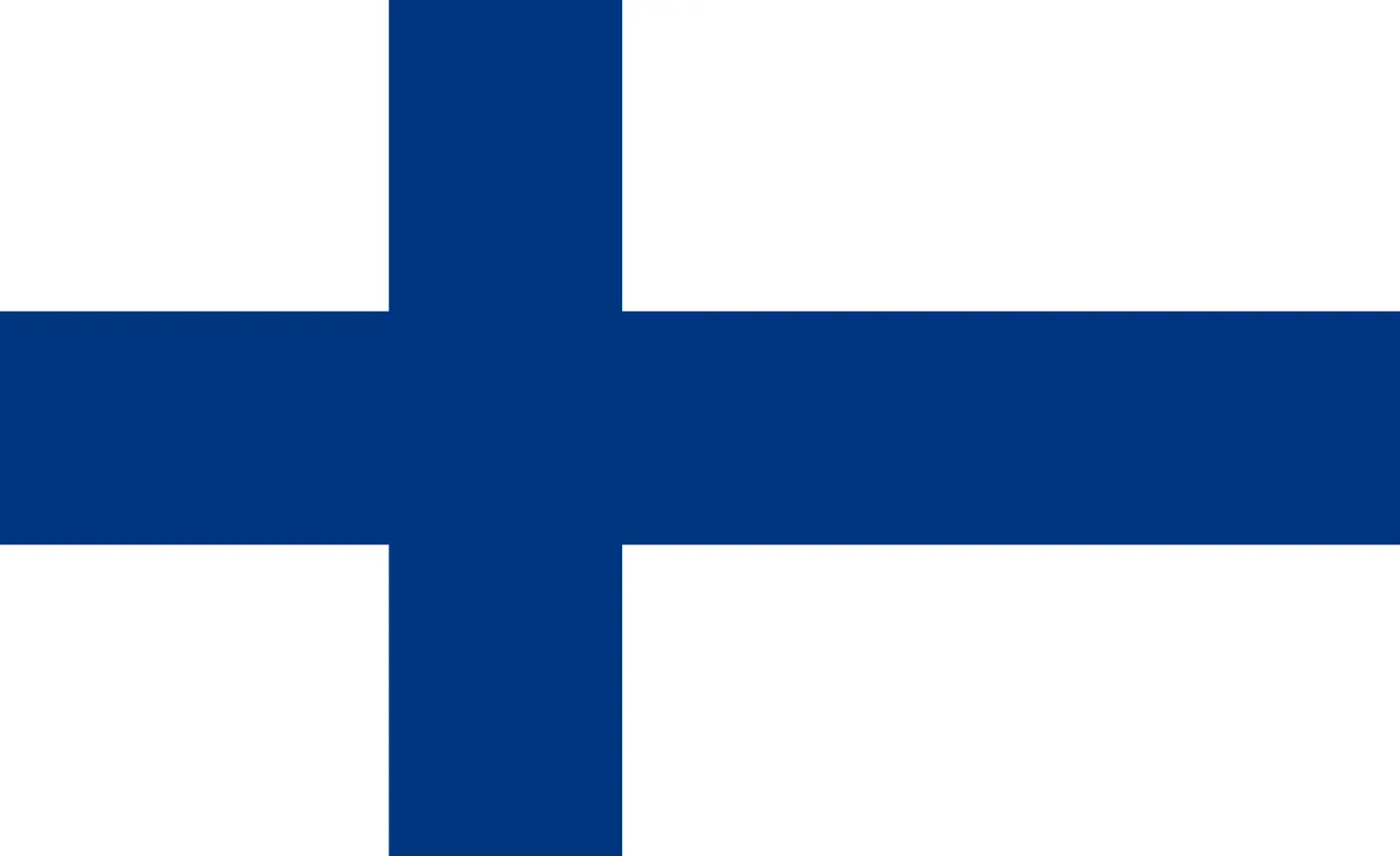 Finland (+358)
Finland (+358)
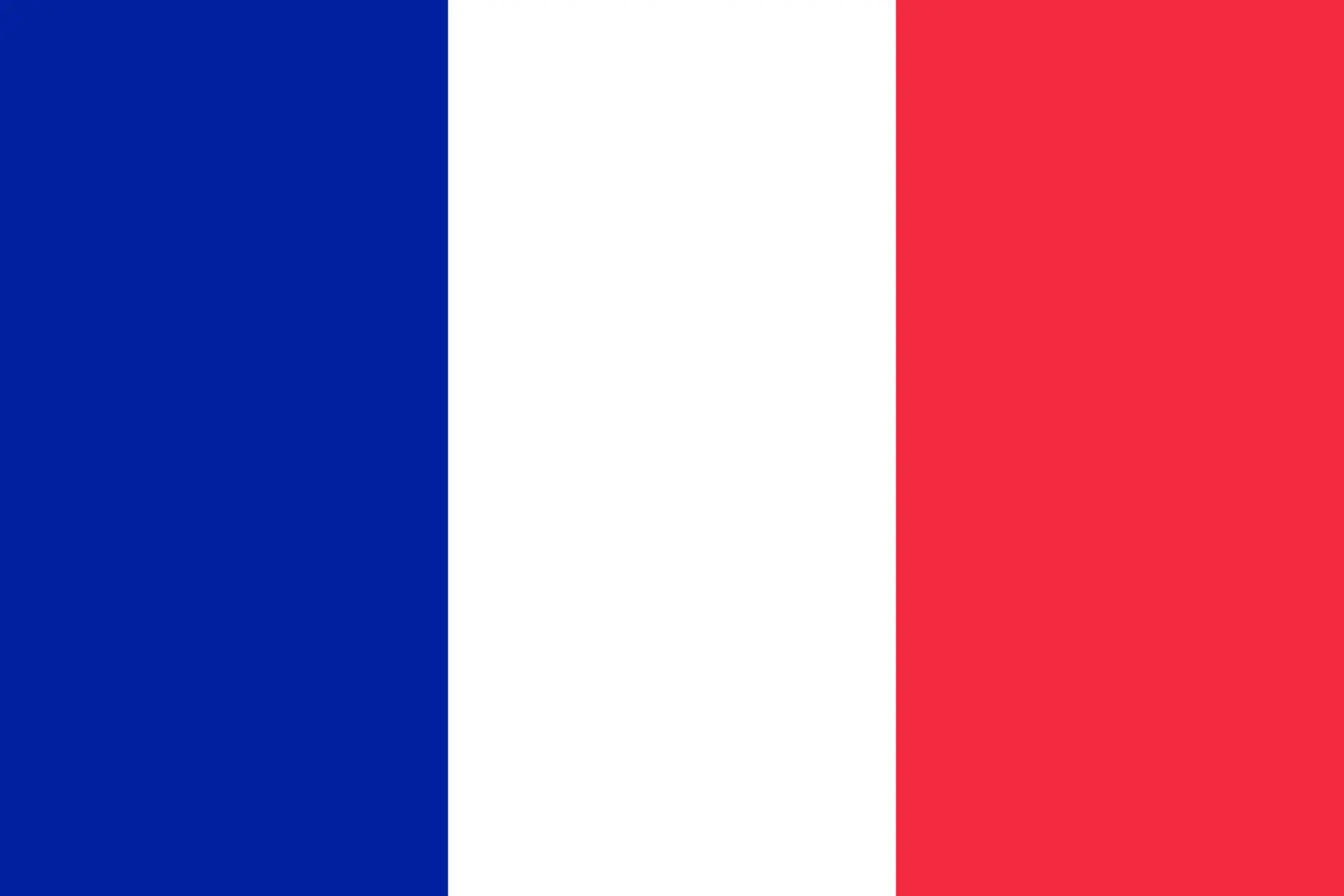 France (+33)
France (+33)
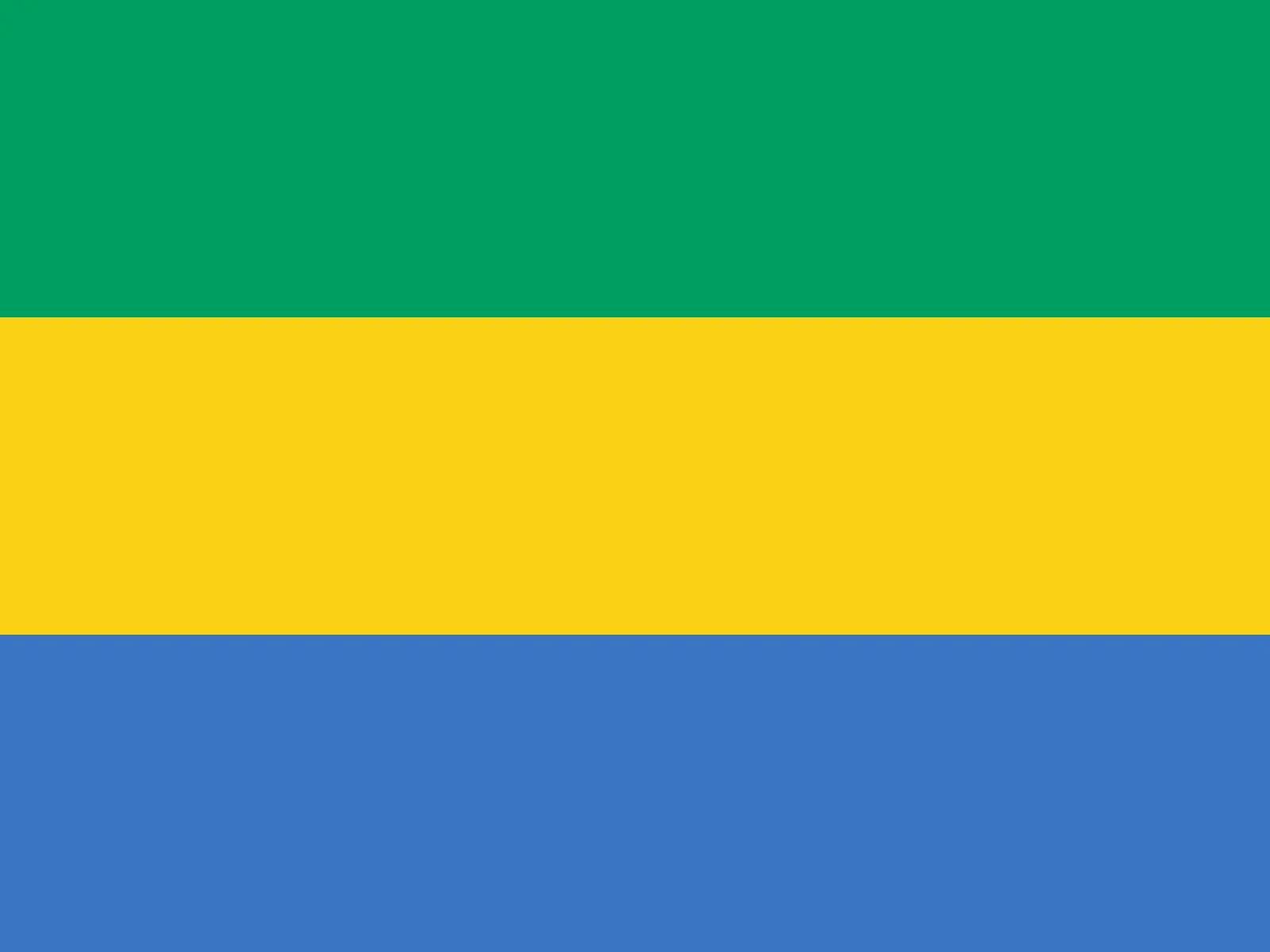 Gabon (+241)
Gabon (+241)
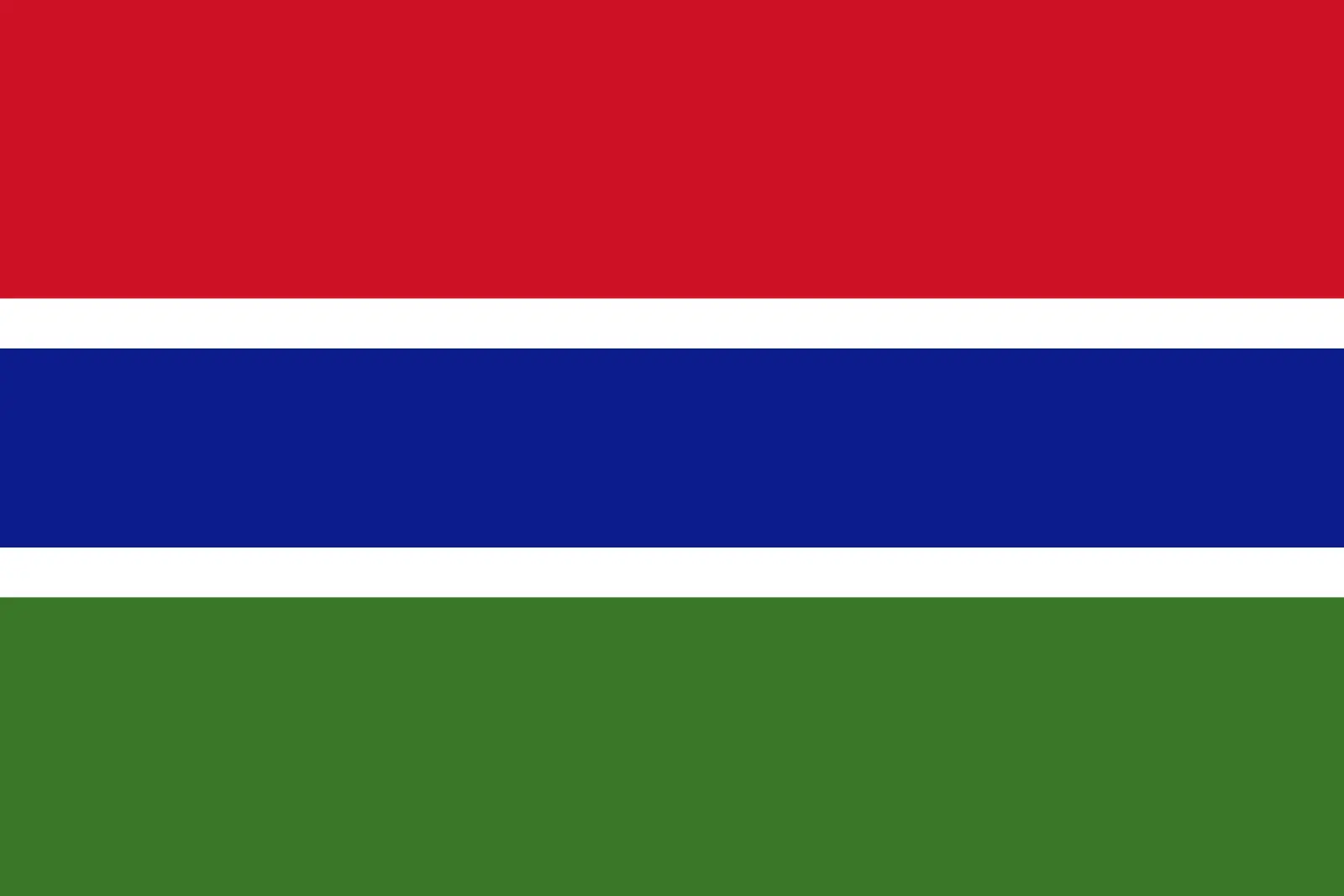 Gambia (+220)
Gambia (+220)
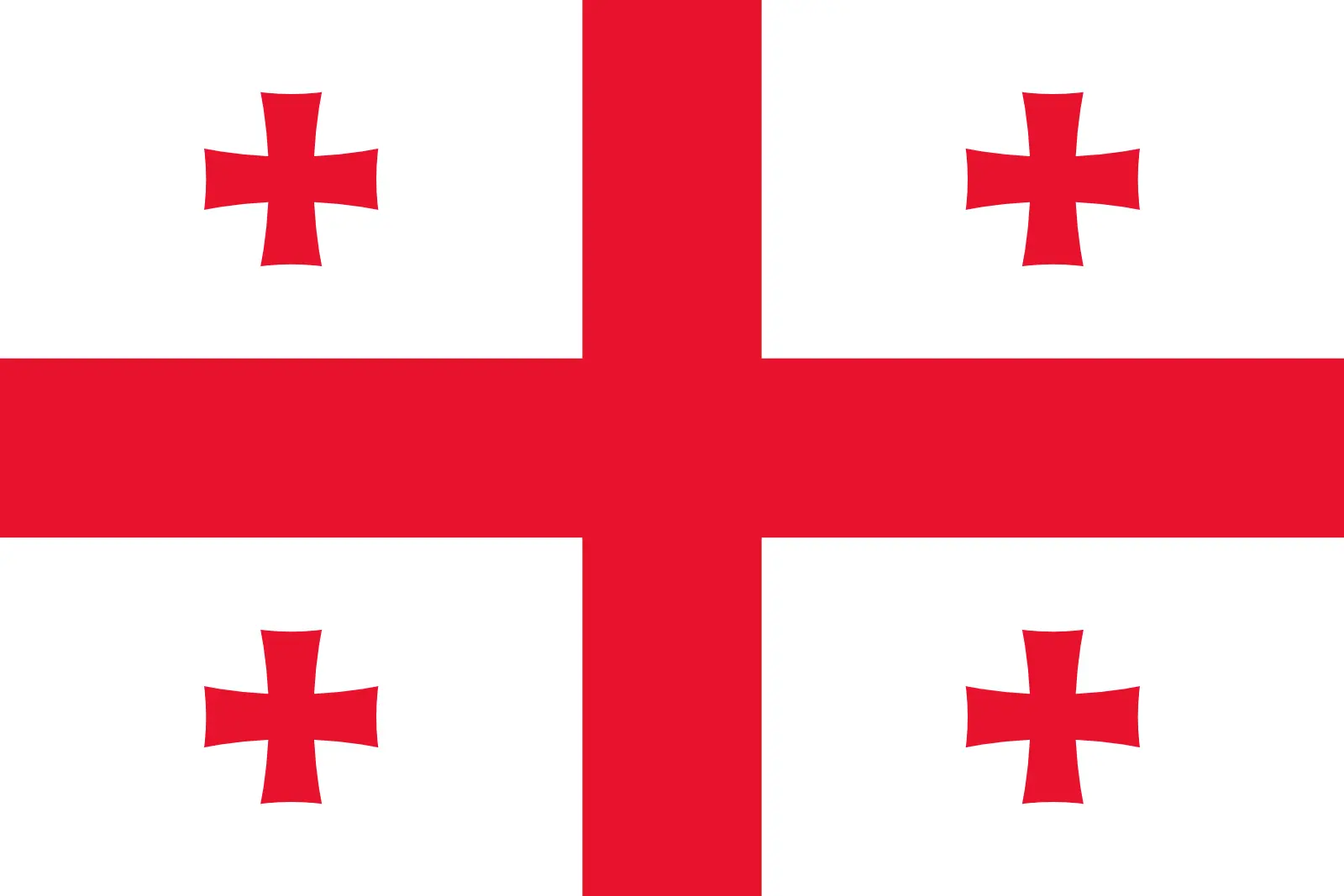 Georgia (+995)
Georgia (+995)
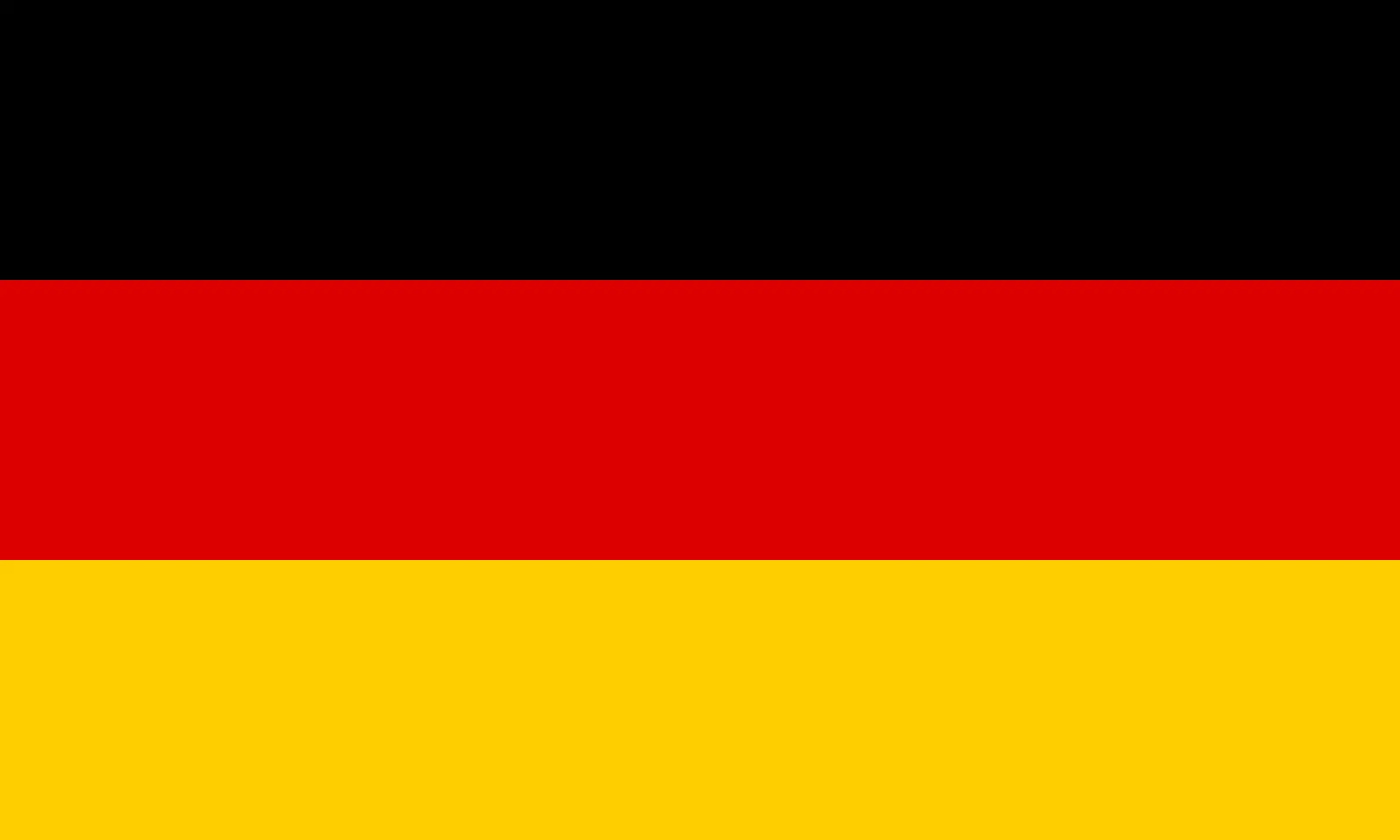 Germany (+49)
Germany (+49)
 Ghana (+233)
Ghana (+233)
 Gibraltar (+350)
Gibraltar (+350)
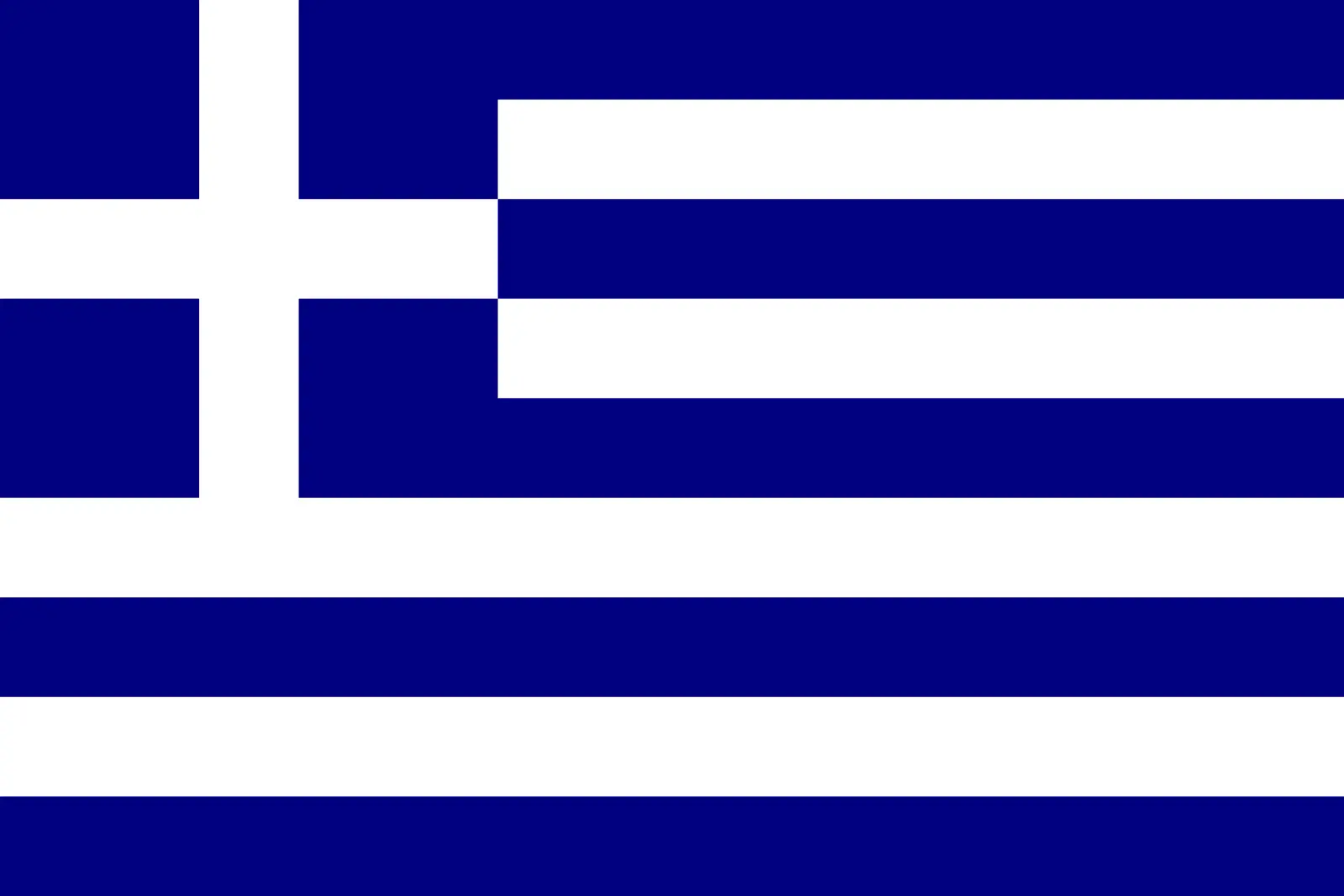 Greece (+30)
Greece (+30)
 Greenland (+299)
Greenland (+299)
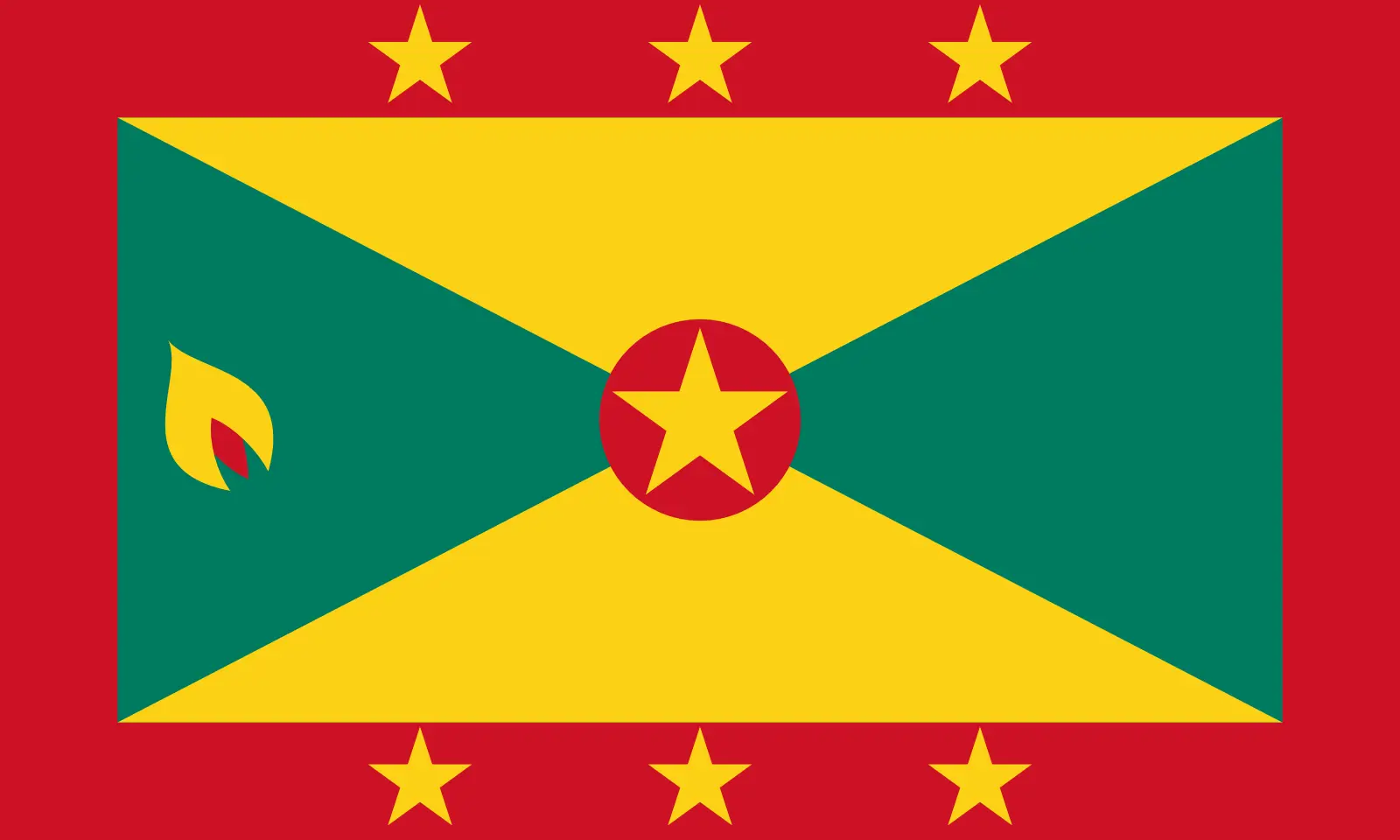 Grenada (+1473)
Grenada (+1473)
 Guadeloupe (+590)
Guadeloupe (+590)
 Guam (+1671)
Guam (+1671)
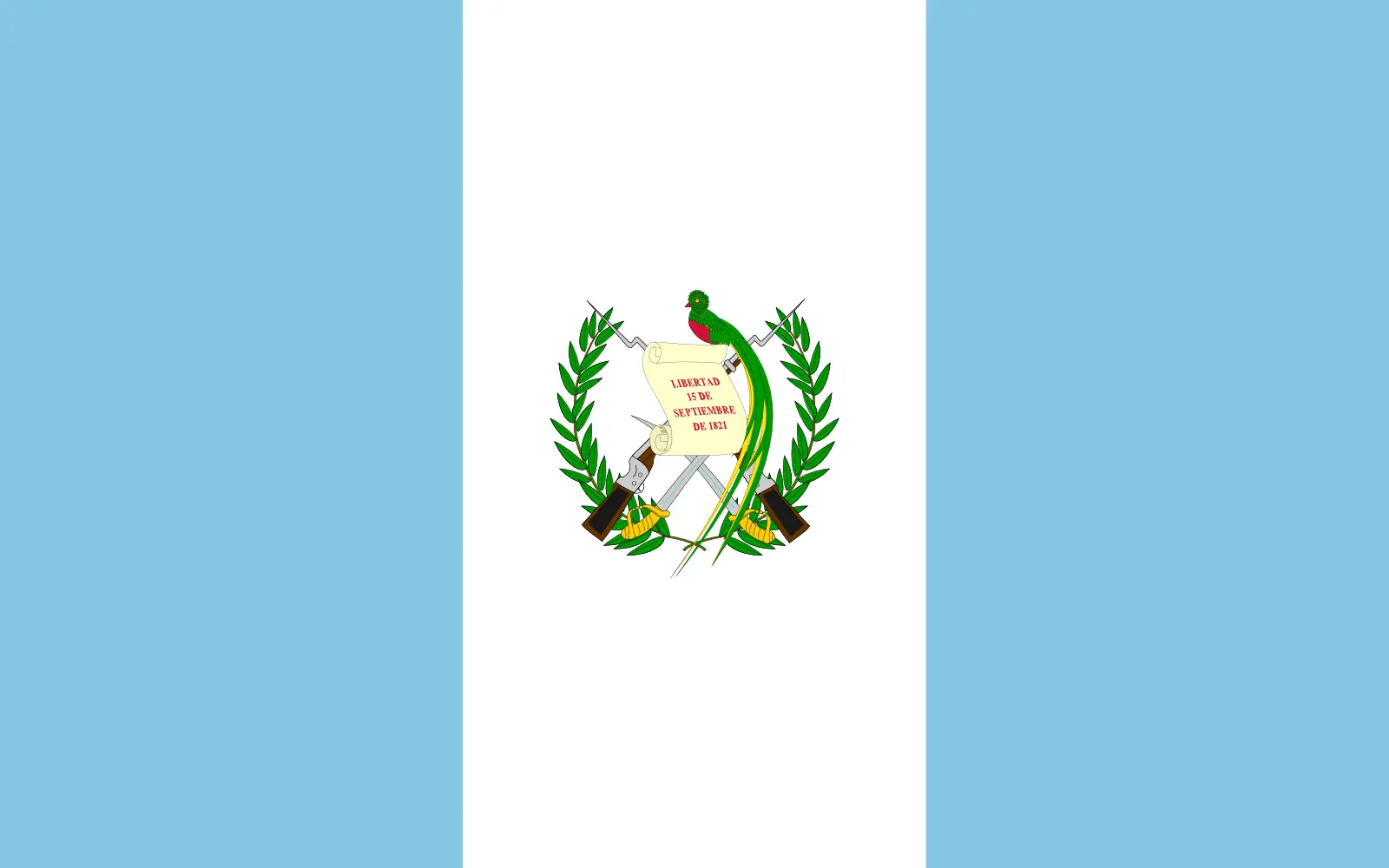 Guatemala (+502)
Guatemala (+502)
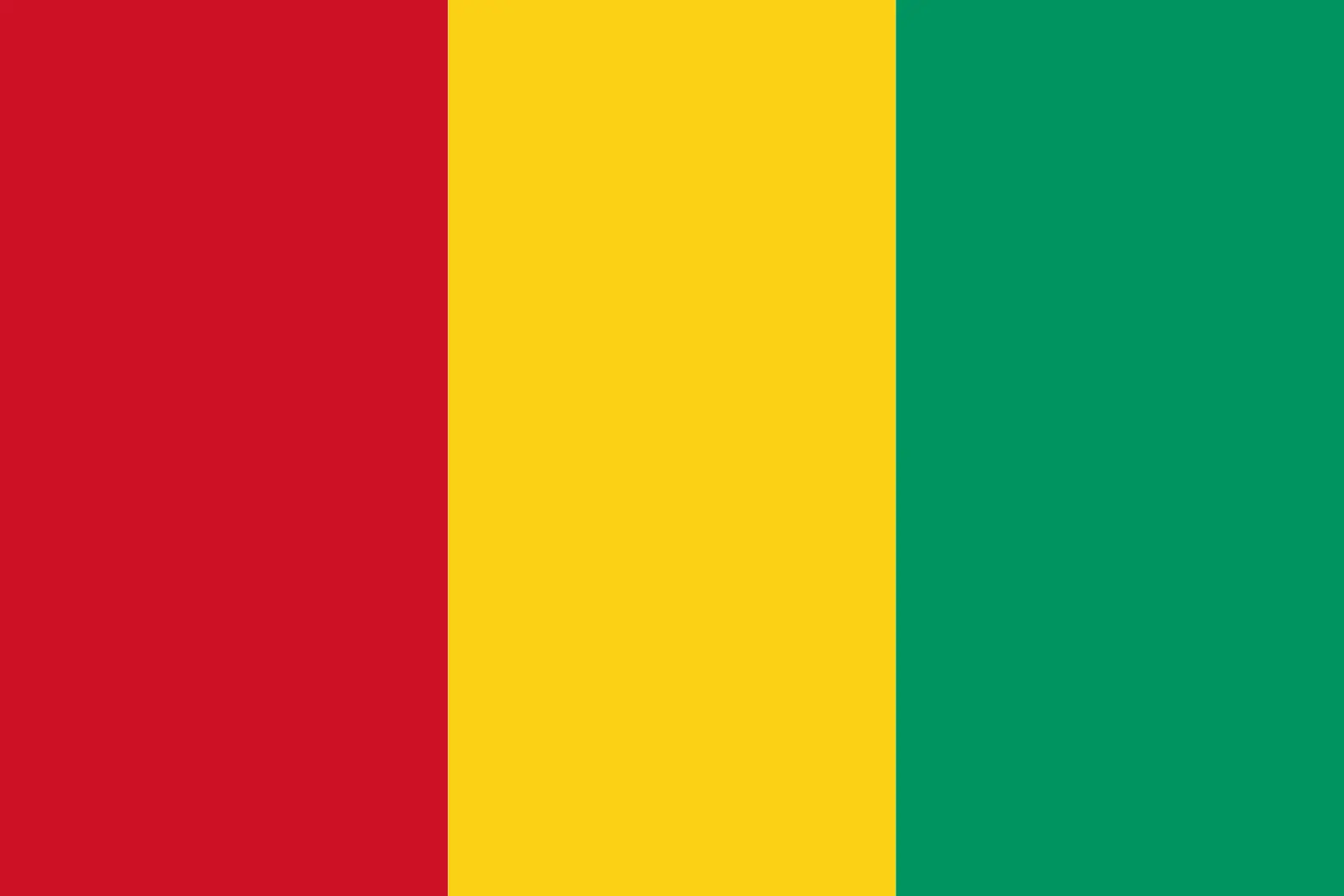 Guinea (+224)
Guinea (+224)
 Guinea-Bissau (+245)
Guinea-Bissau (+245)
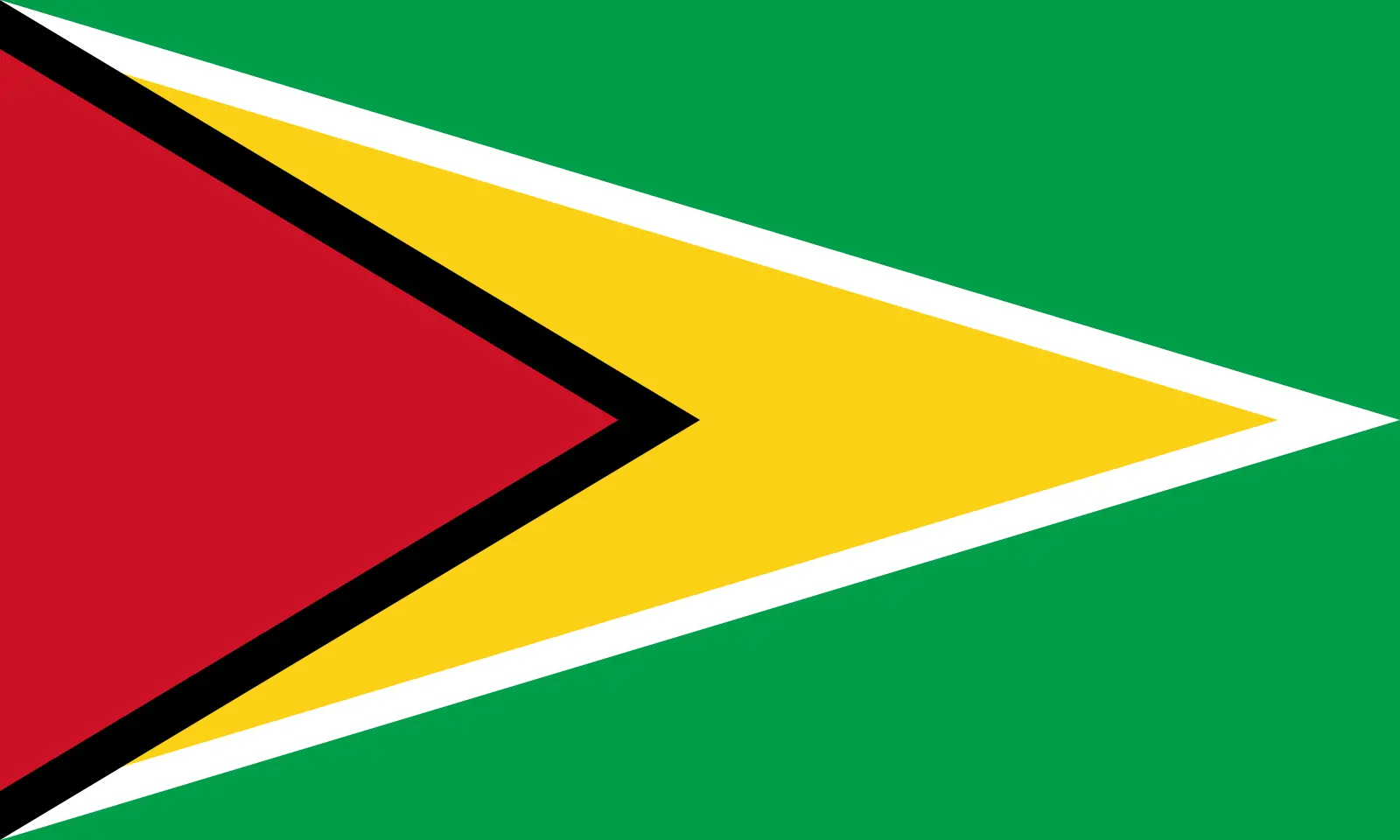 Guyana (+592)
Guyana (+592)
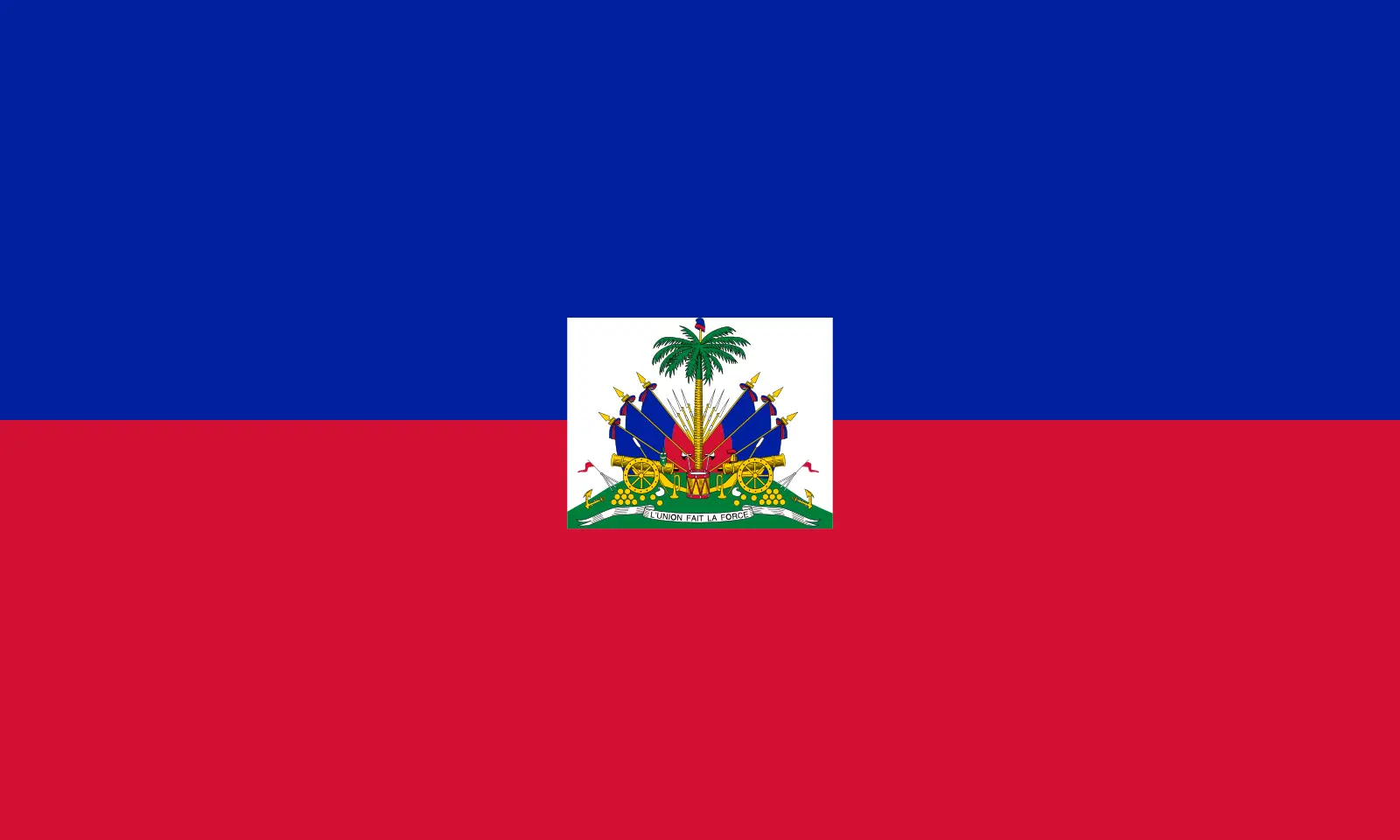 Haiti (+509)
Haiti (+509)
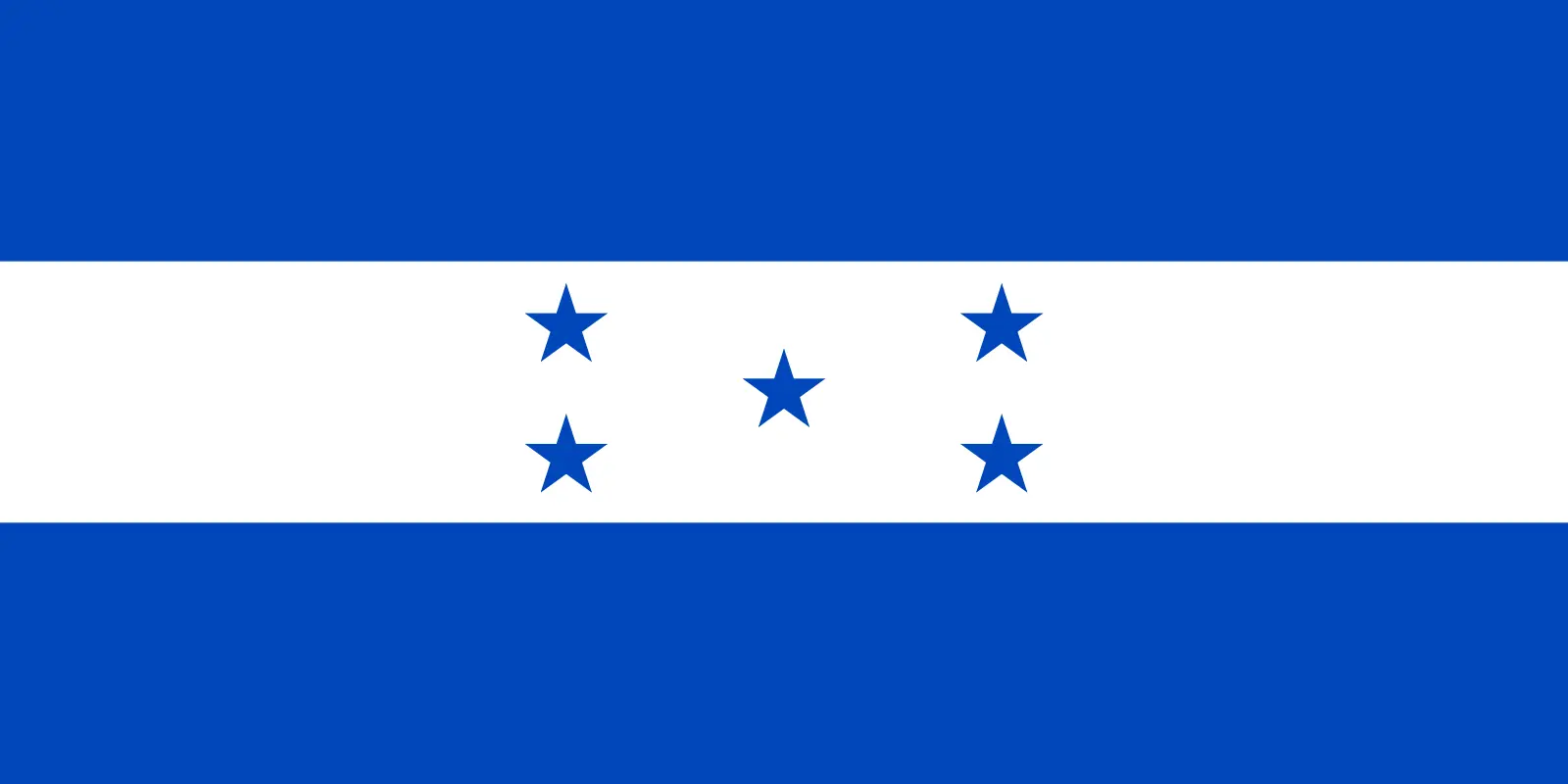 Honduras (+504)
Honduras (+504)
 Hong Kong (+852)
Hong Kong (+852)
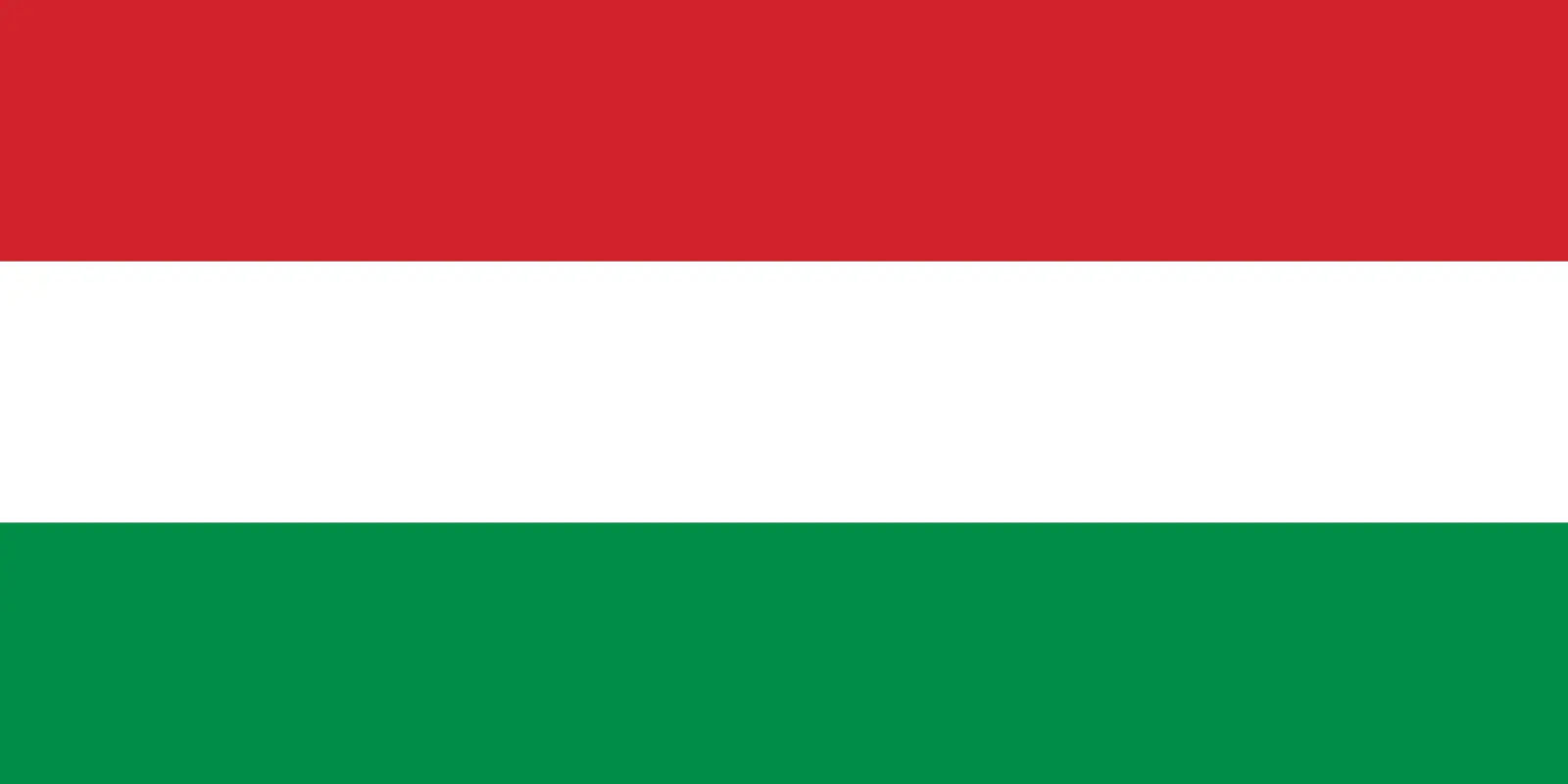 Hungary (+36)
Hungary (+36)
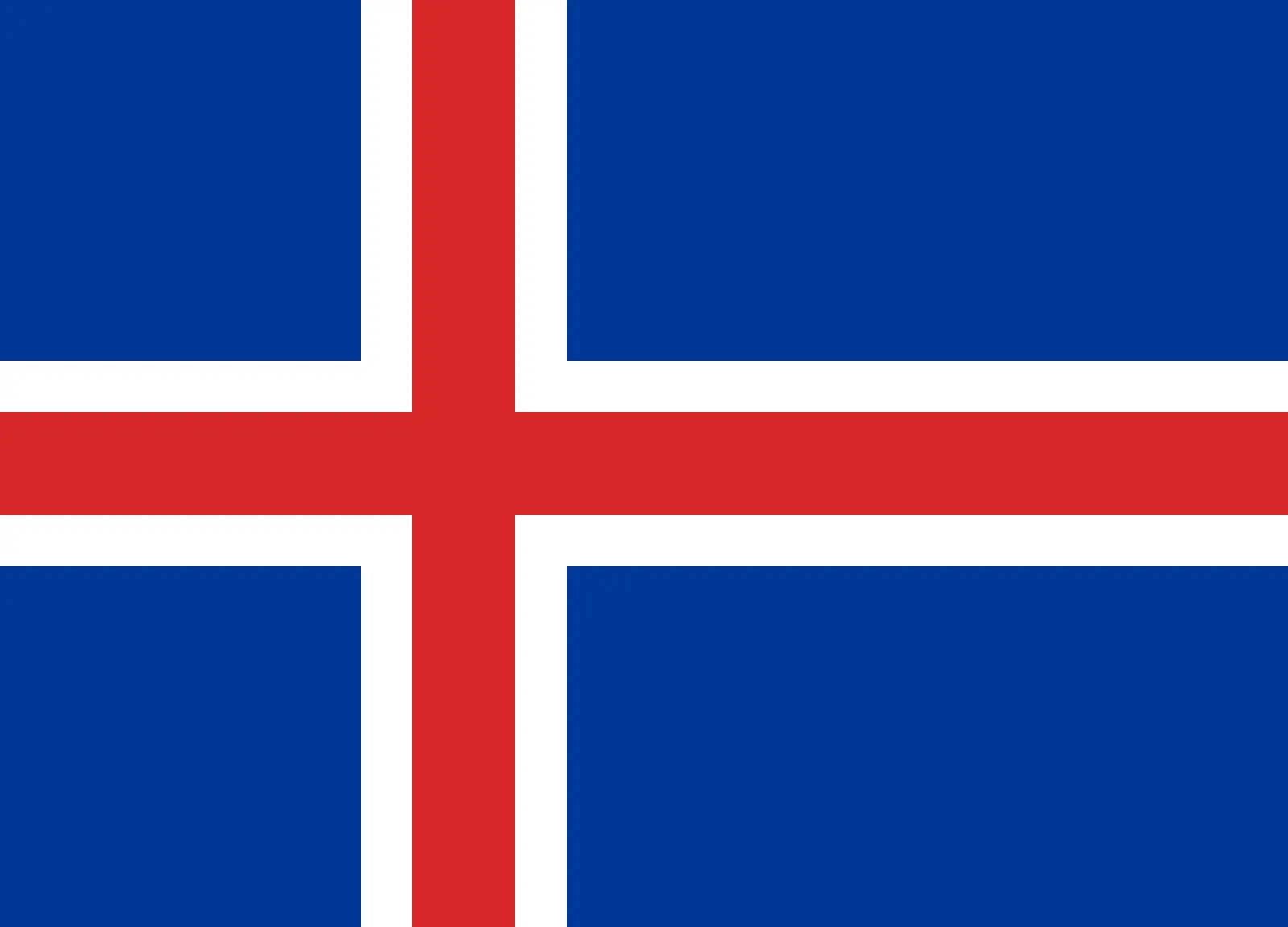 Iceland (+354)
Iceland (+354)
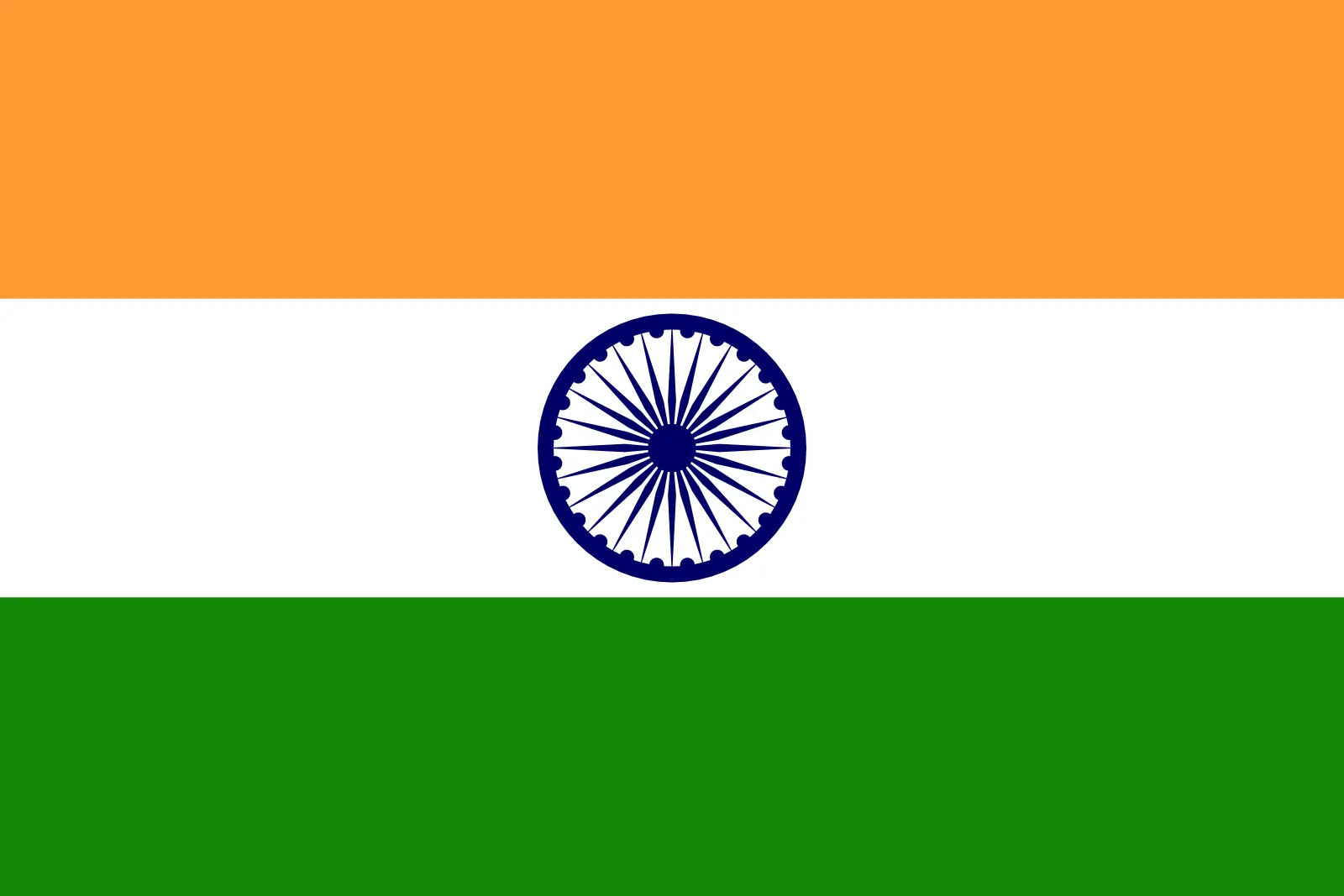 India (+91)
India (+91)
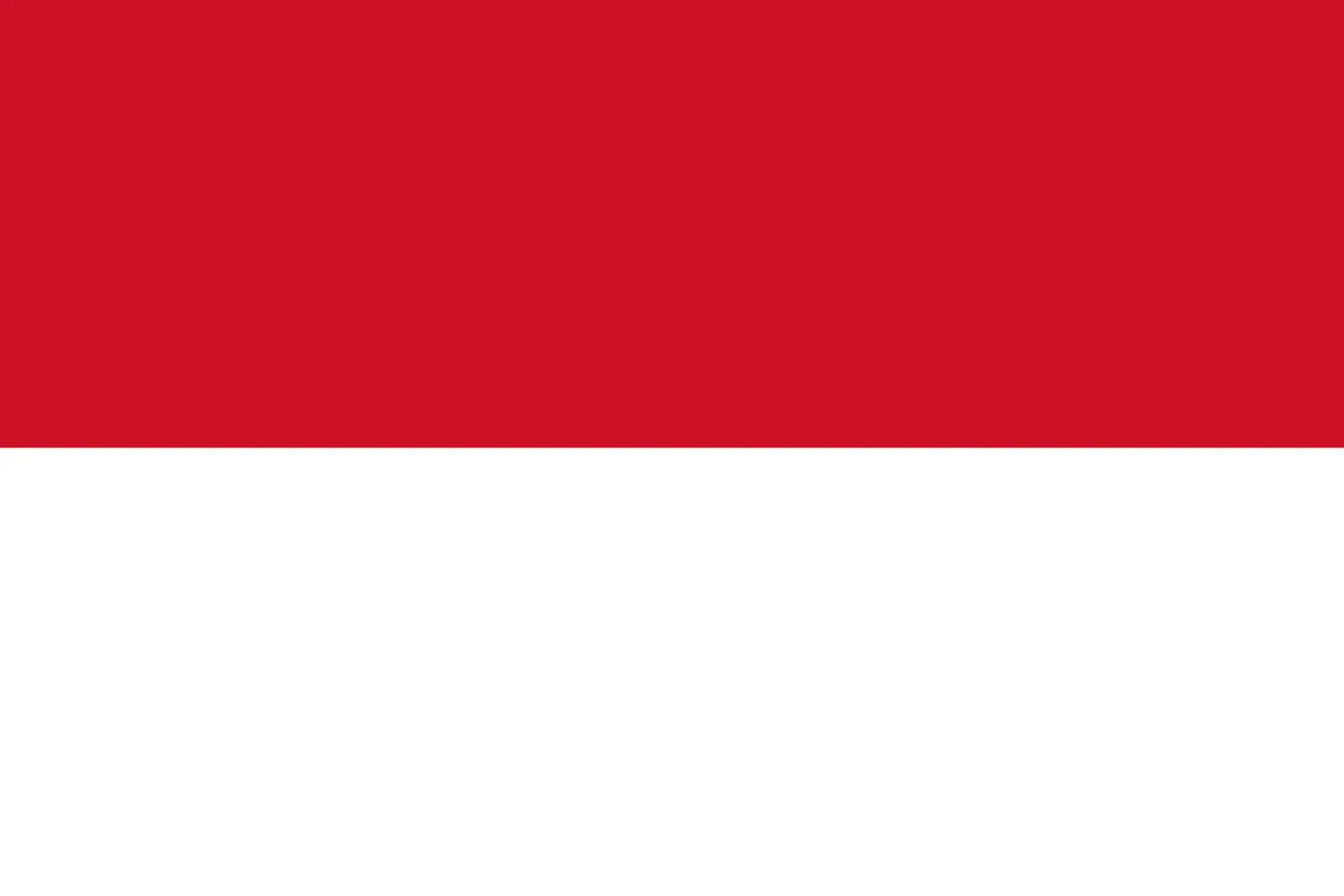 Indonesia (+62)
Indonesia (+62)
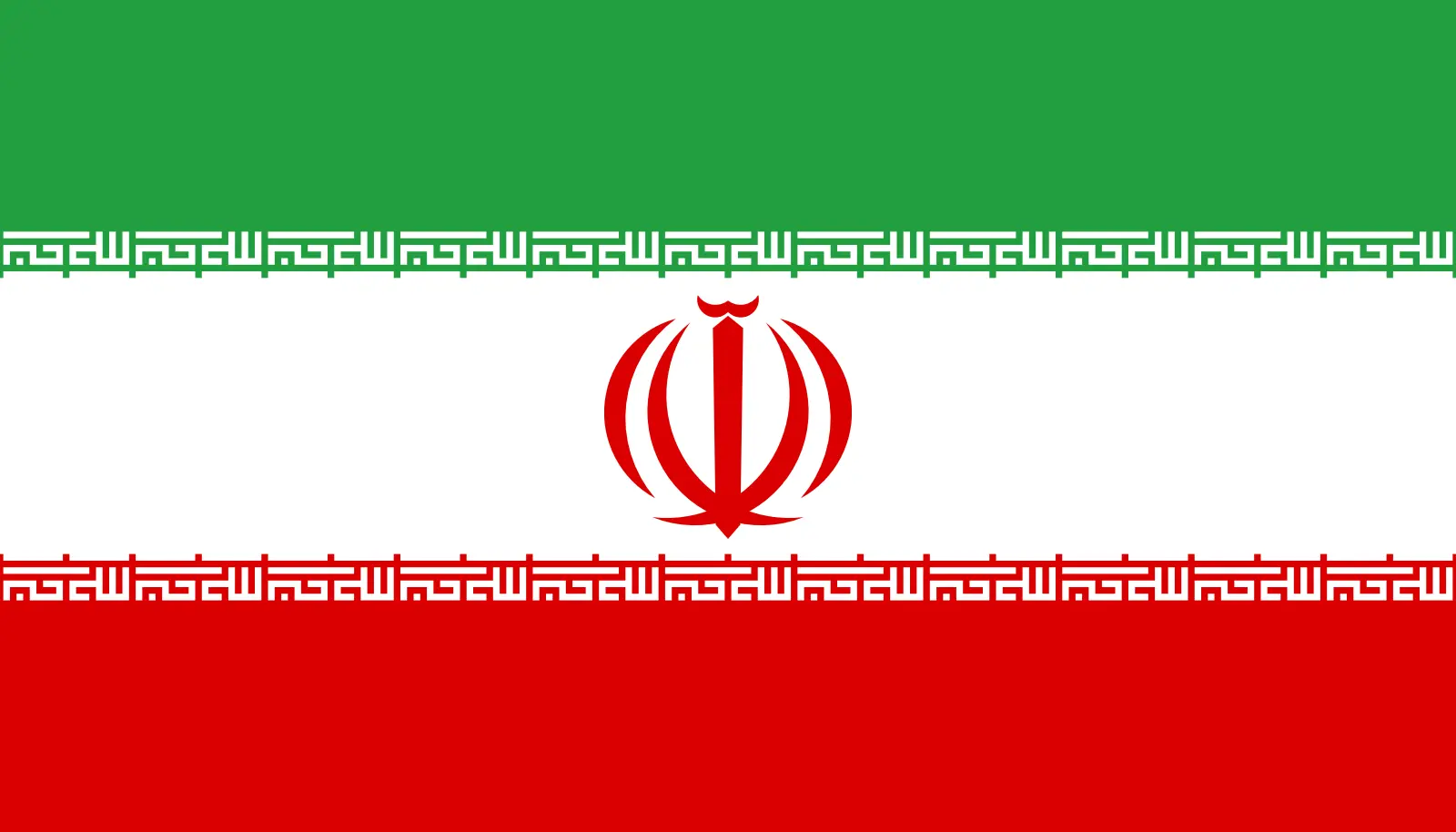 Iran (+98)
Iran (+98)
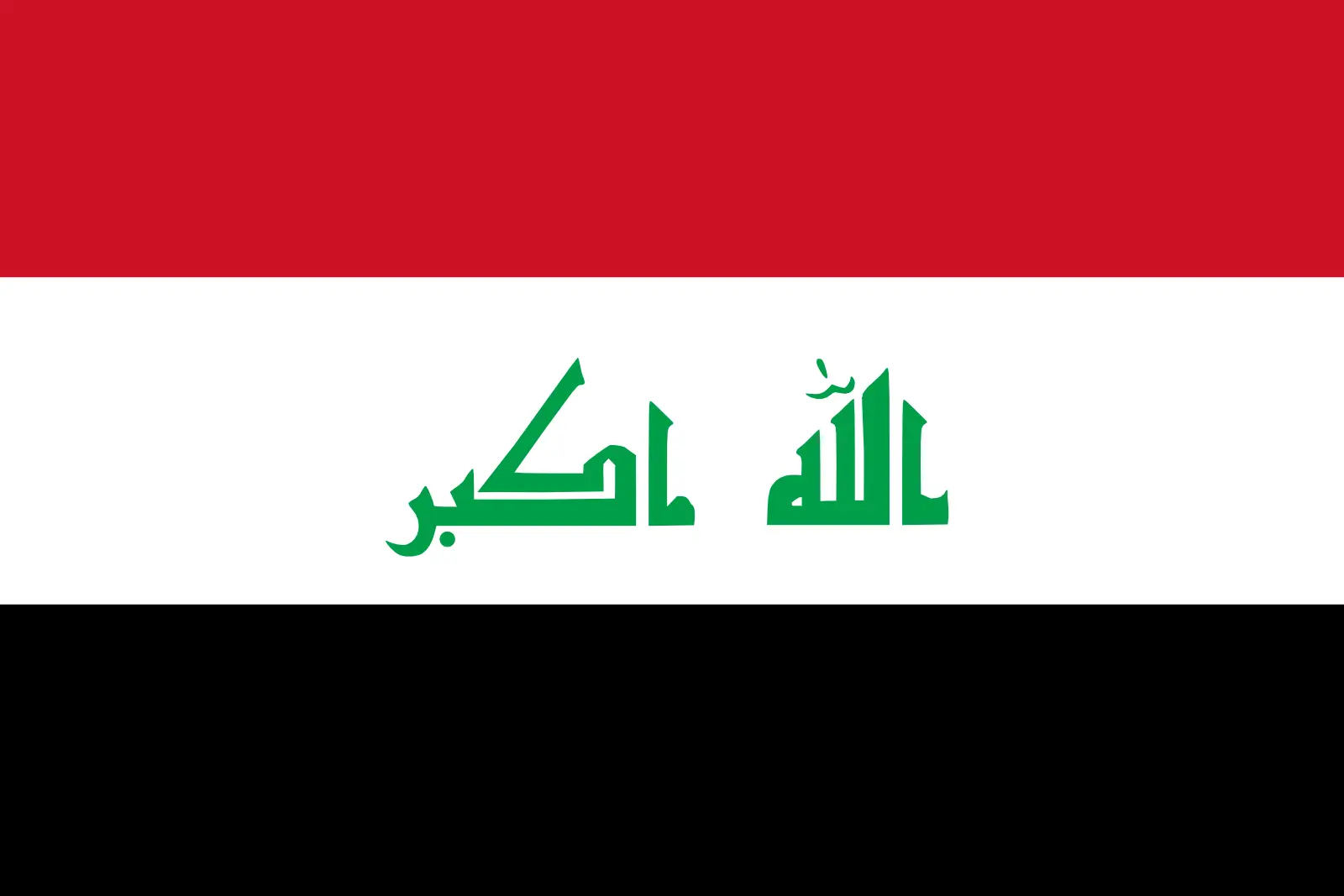 Iraq (+964)
Iraq (+964)
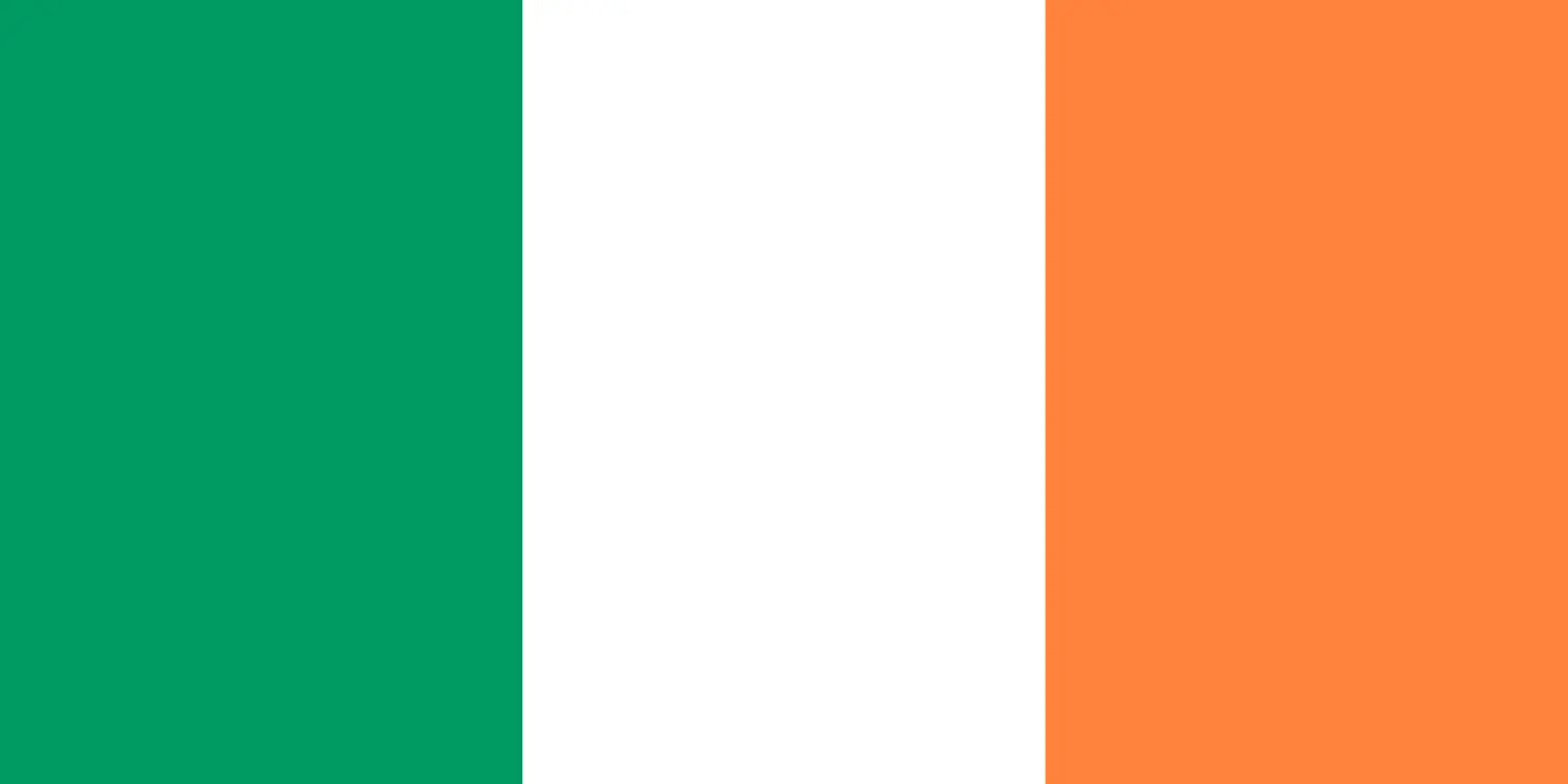 Ireland (+353)
Ireland (+353)
 Isle of Man (+44)
Isle of Man (+44)
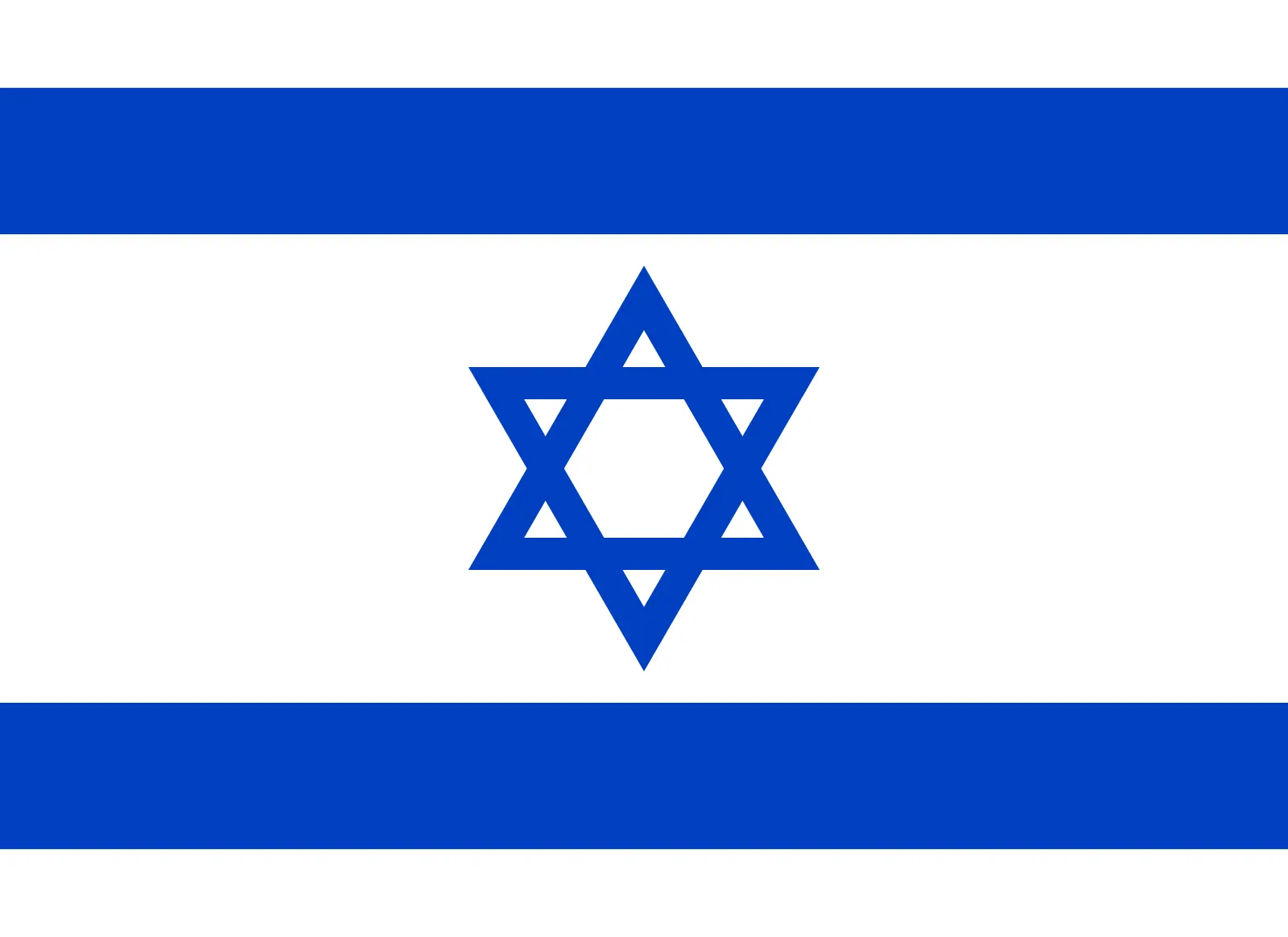 Israel (+972)
Israel (+972)
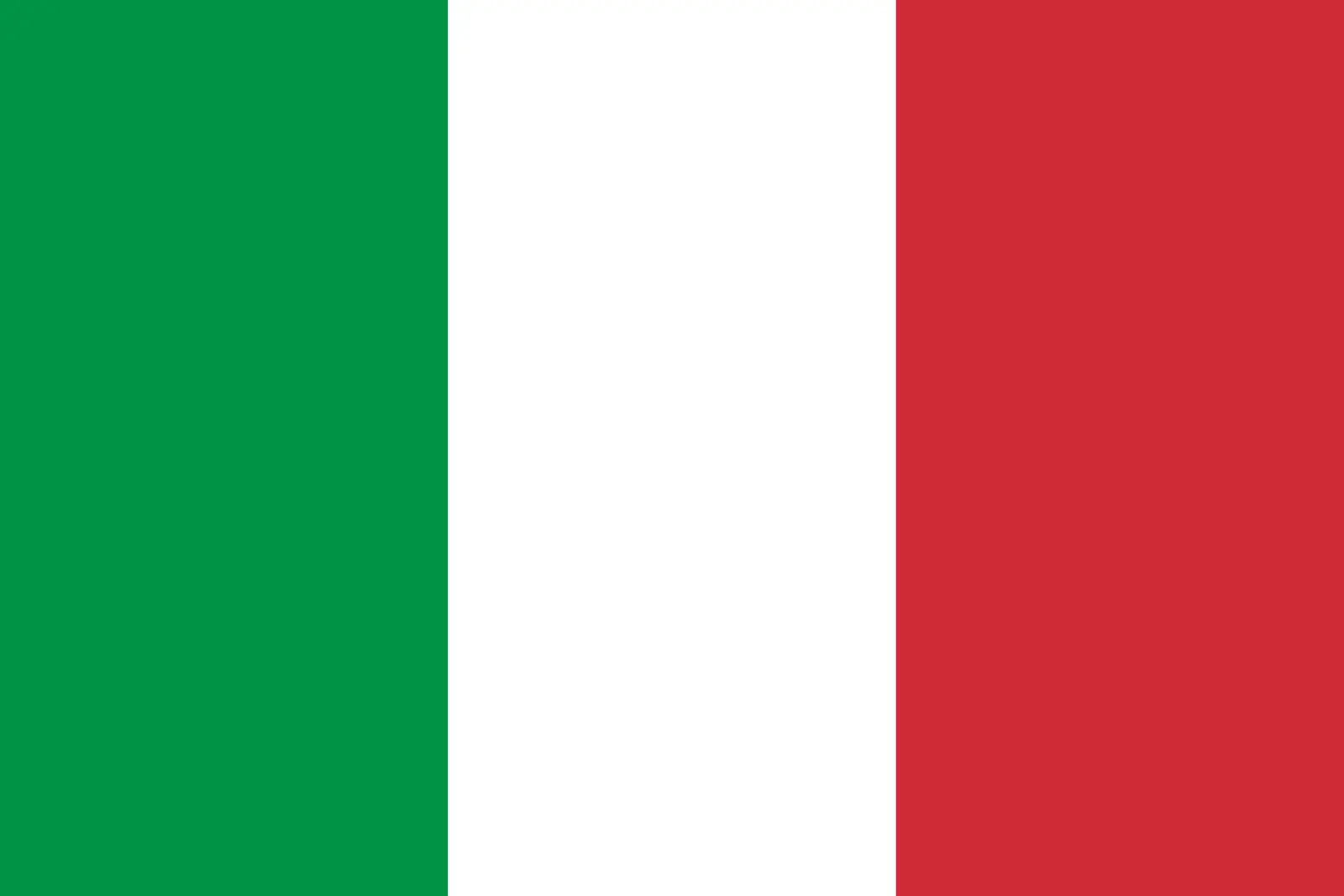 Italy (+39)
Italy (+39)
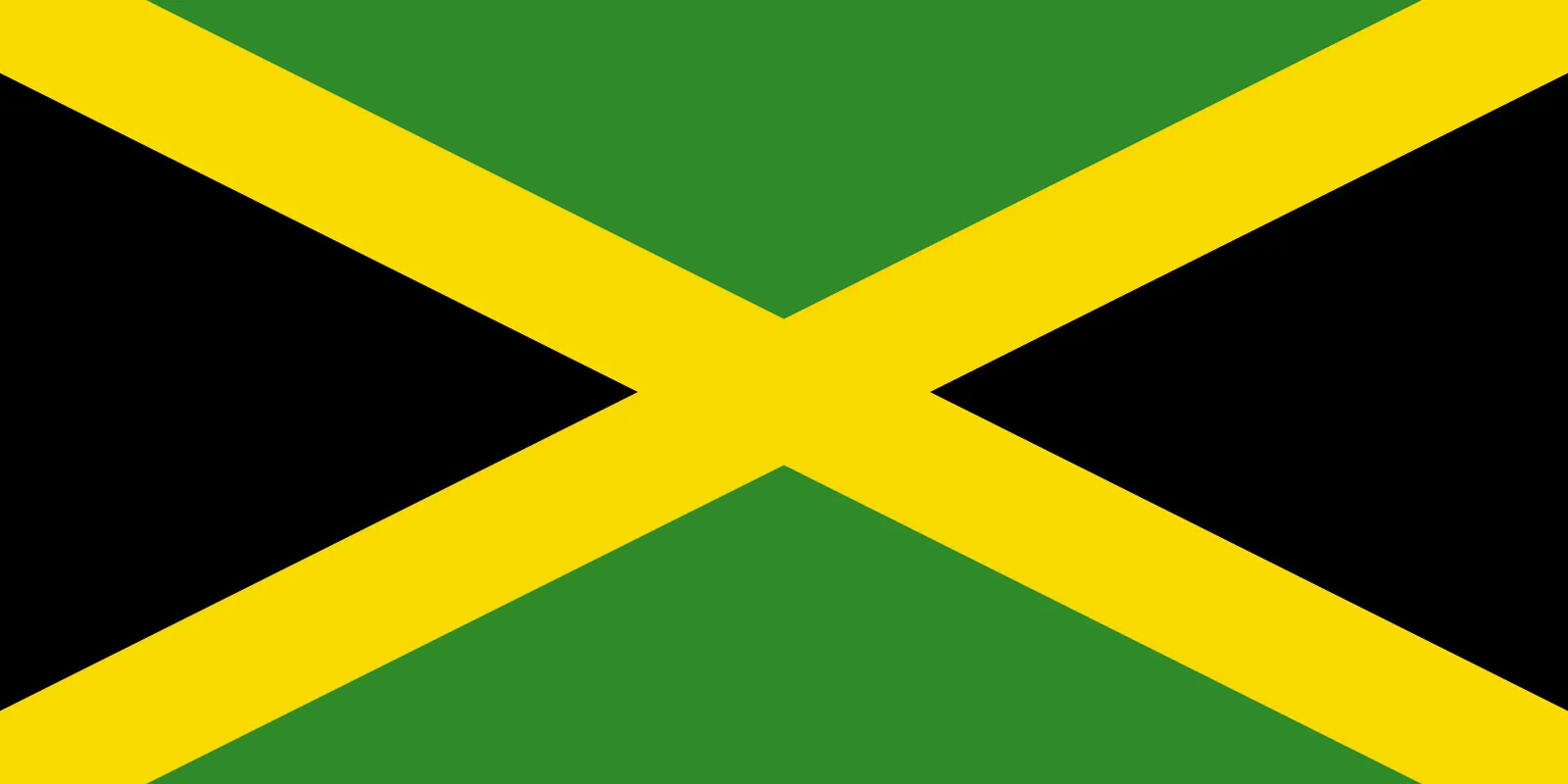 Jamaica (+1876)
Jamaica (+1876)
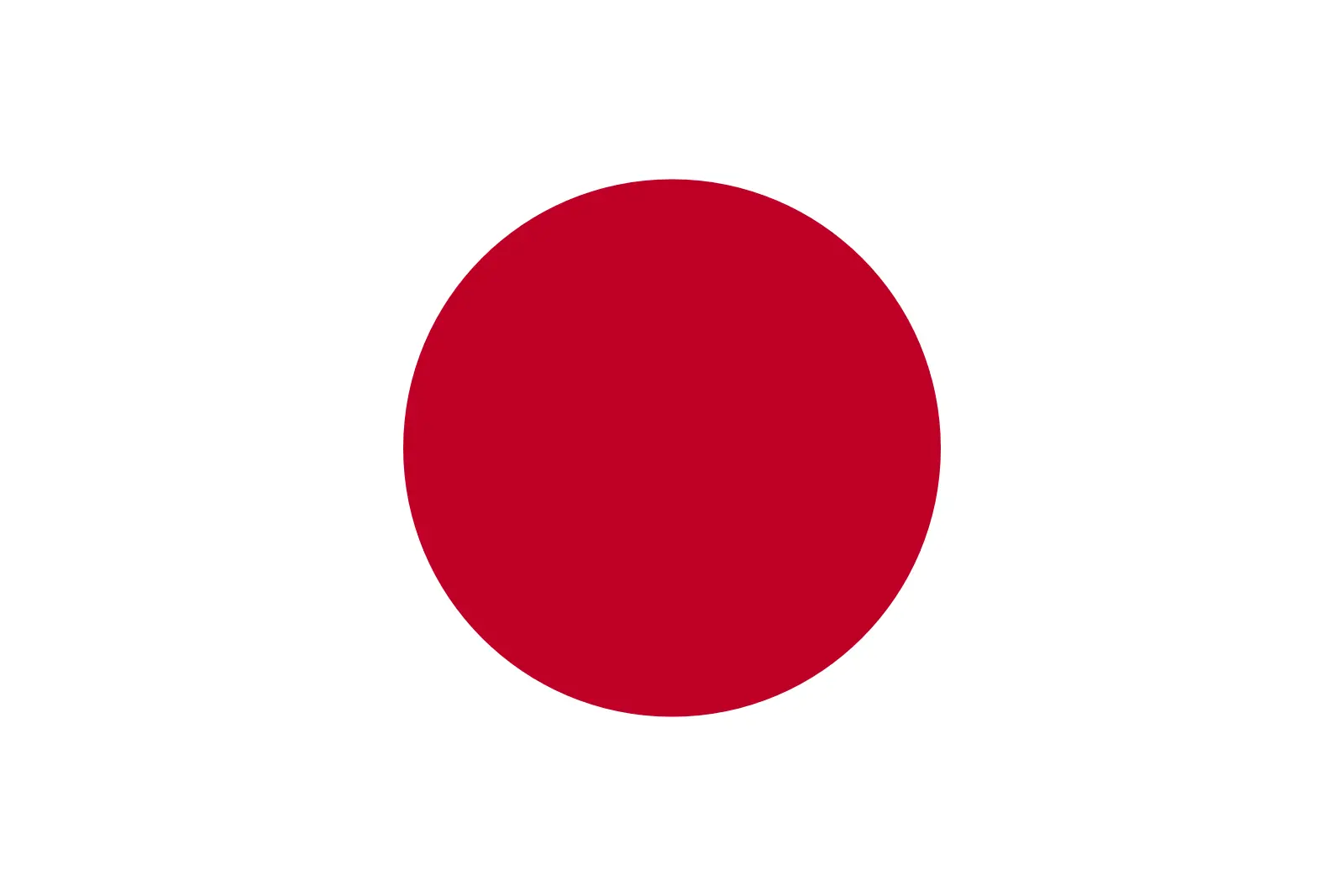 Japan (+81)
Japan (+81)
 Jersey (+44)
Jersey (+44)
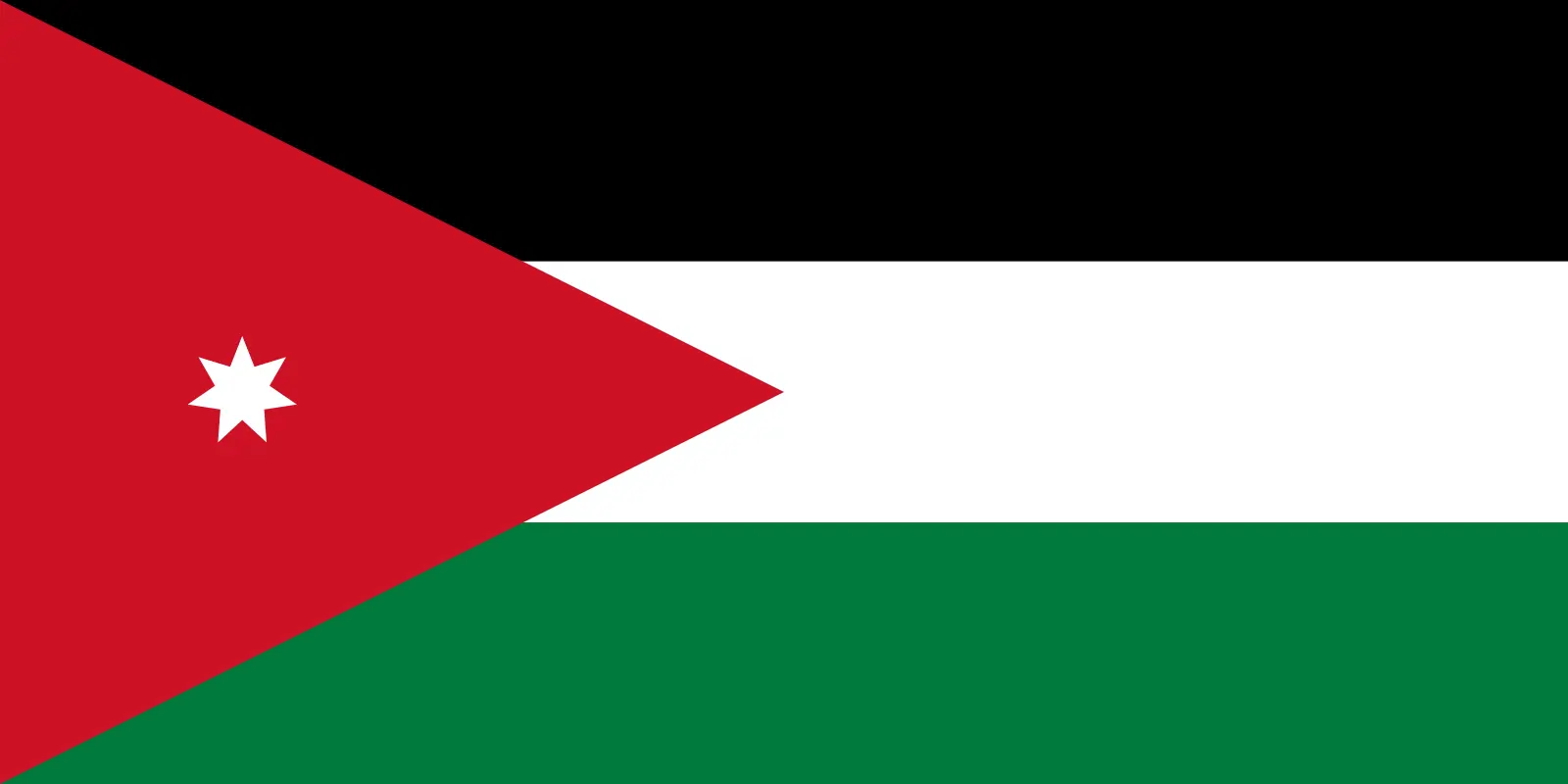 Jordan (+962)
Jordan (+962)
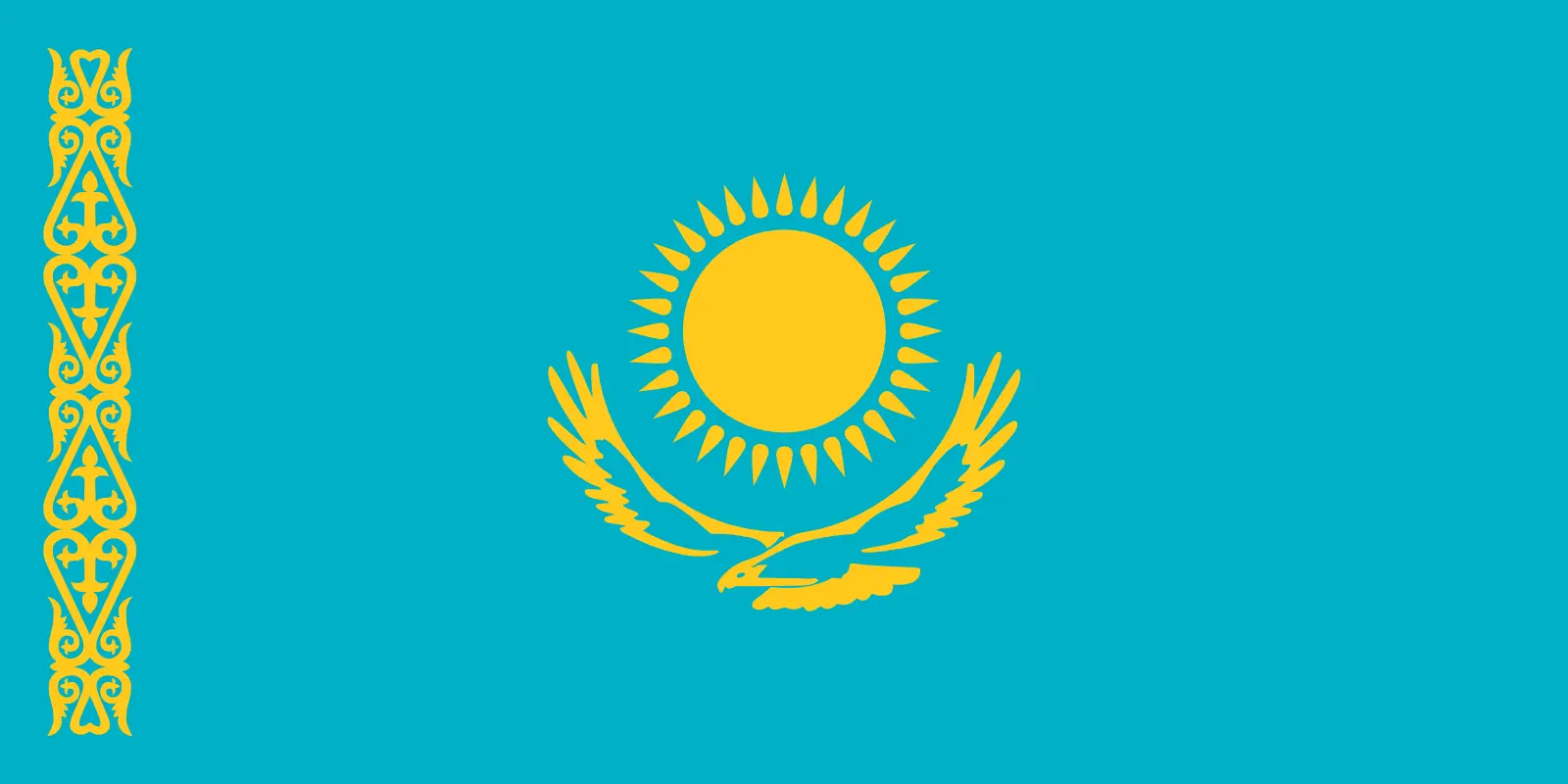 Kazakhstan (+7)
Kazakhstan (+7)
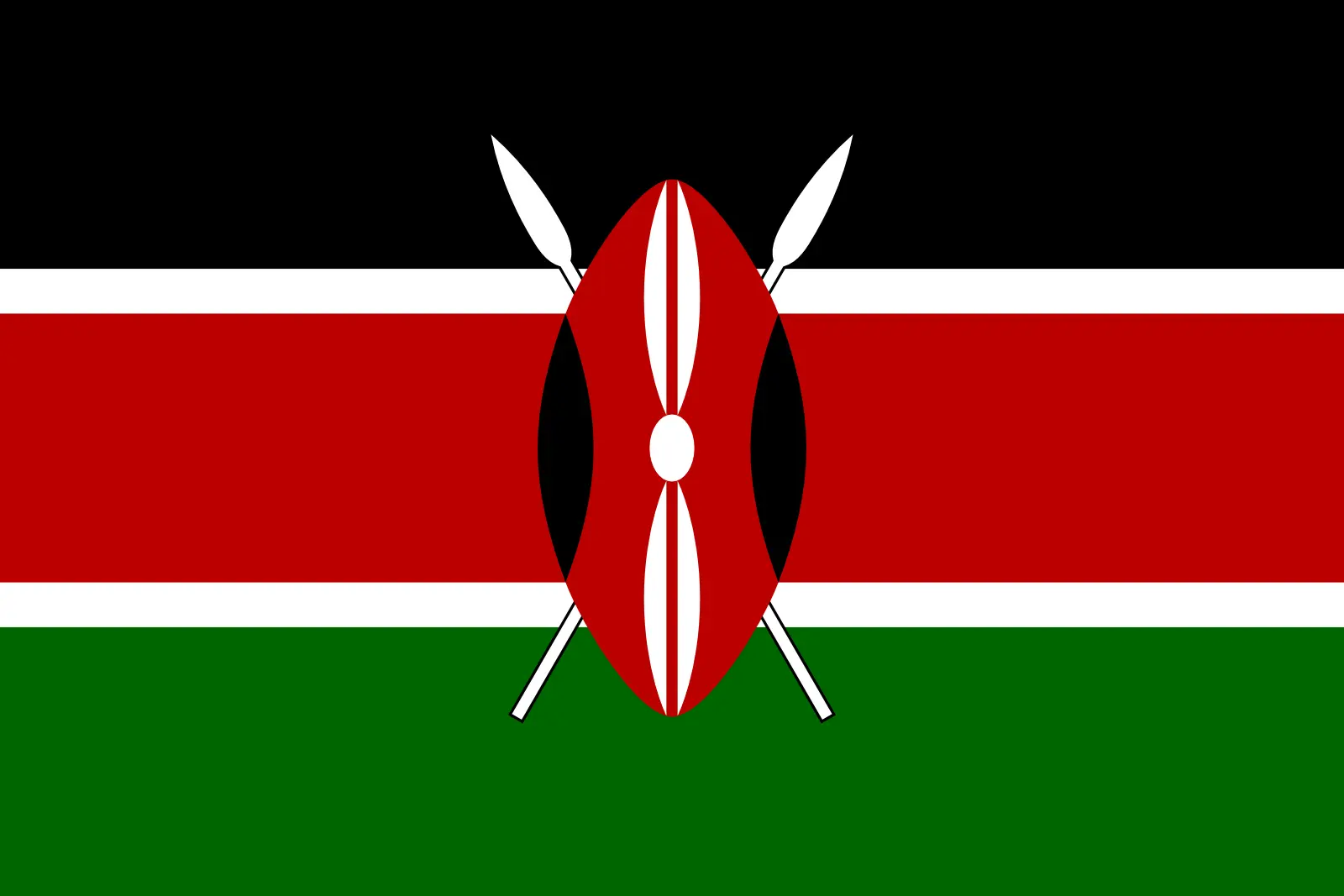 Kenya (+254)
Kenya (+254)
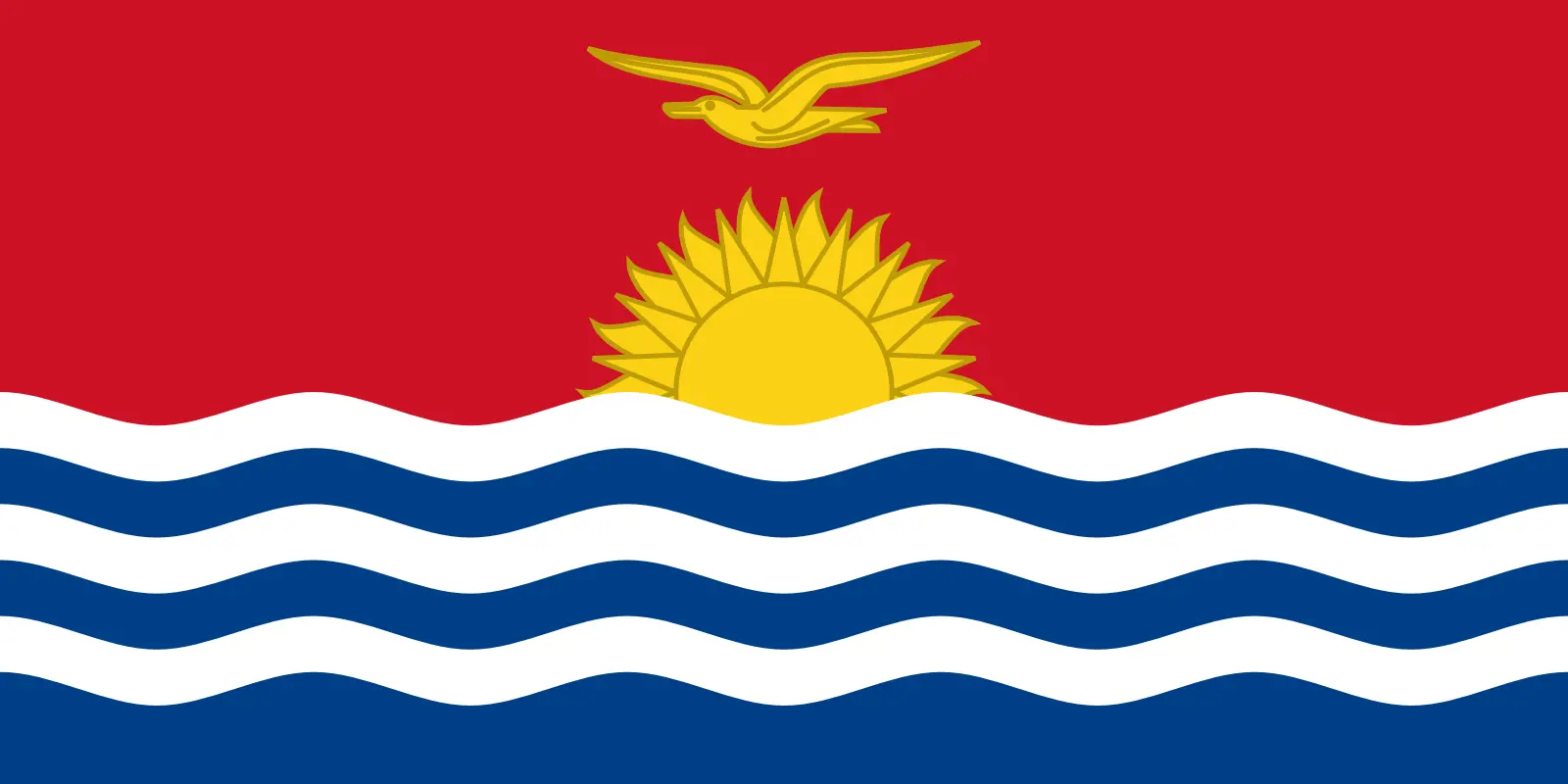 Kiribati (+686)
Kiribati (+686)
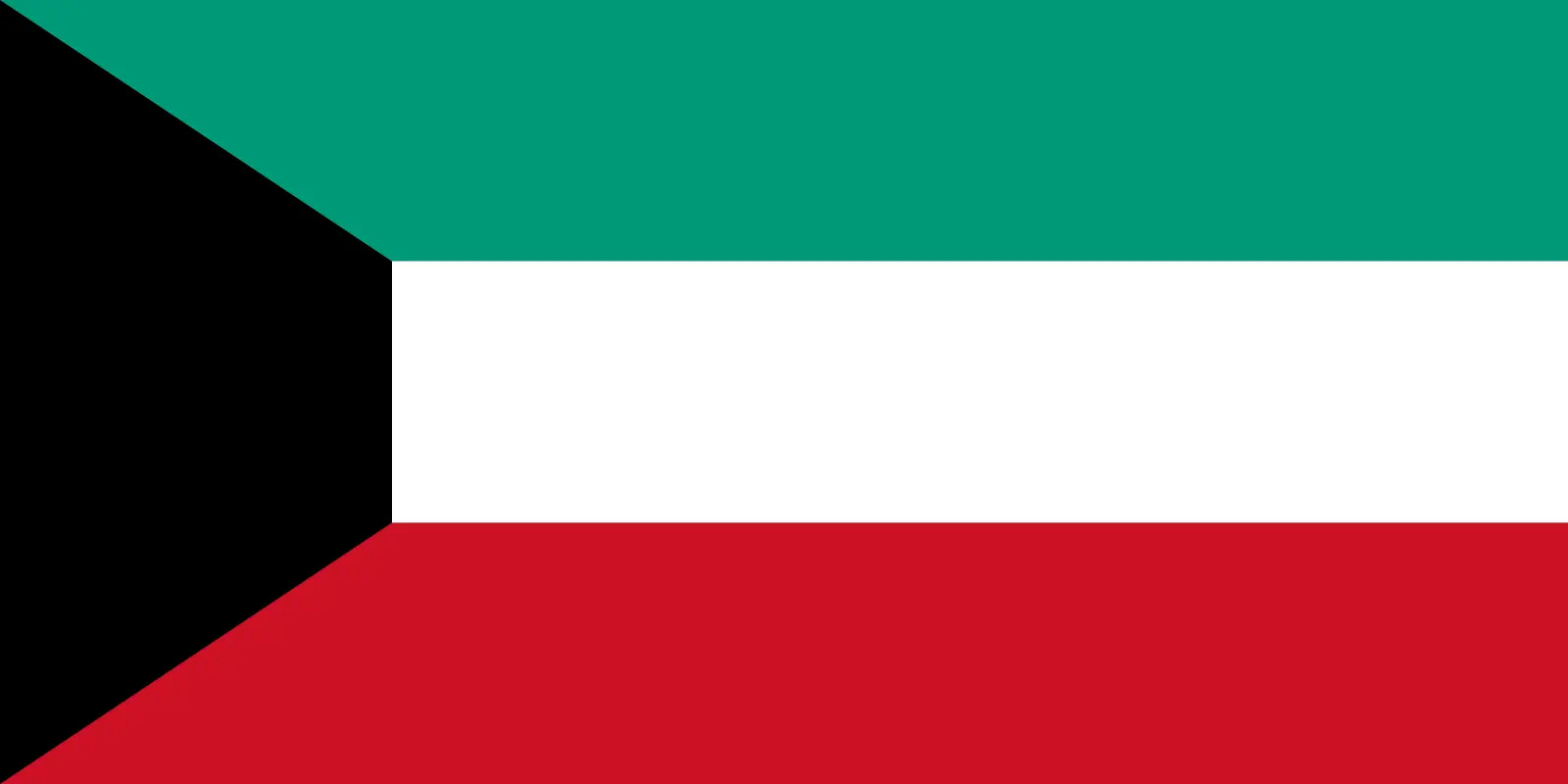 Kuwait (+965)
Kuwait (+965)
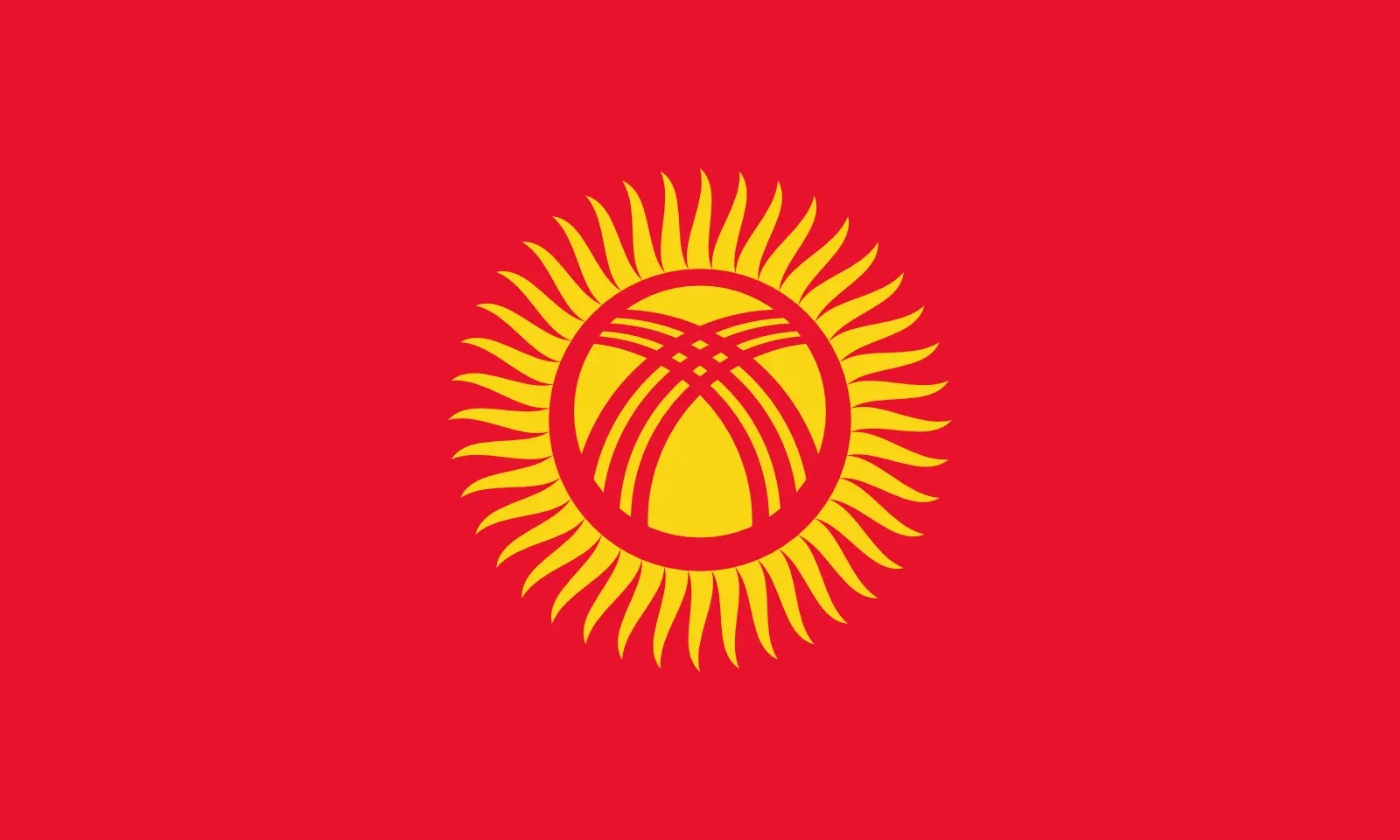 Kyrgyzstan (+996)
Kyrgyzstan (+996)
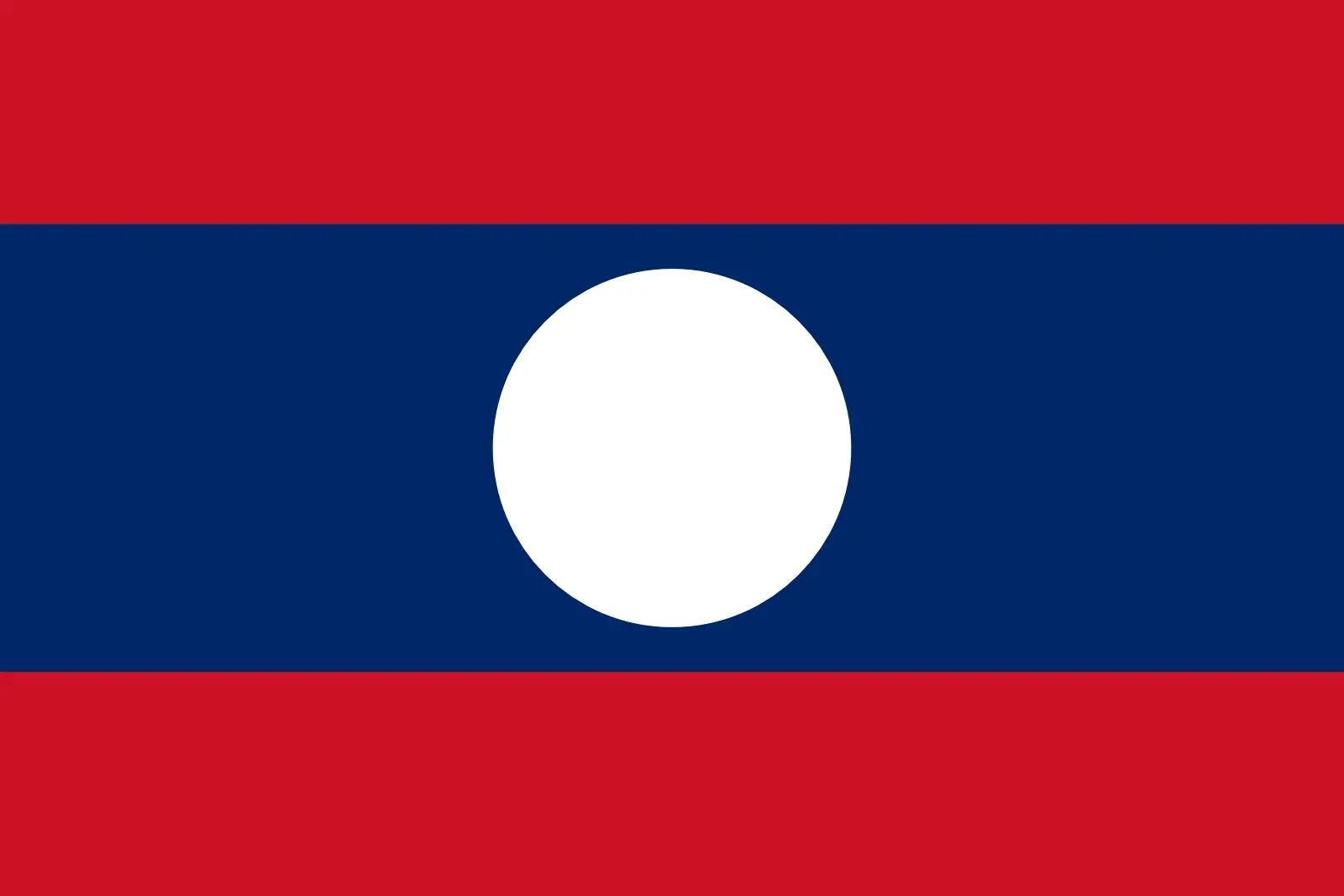 Laos (+856)
Laos (+856)
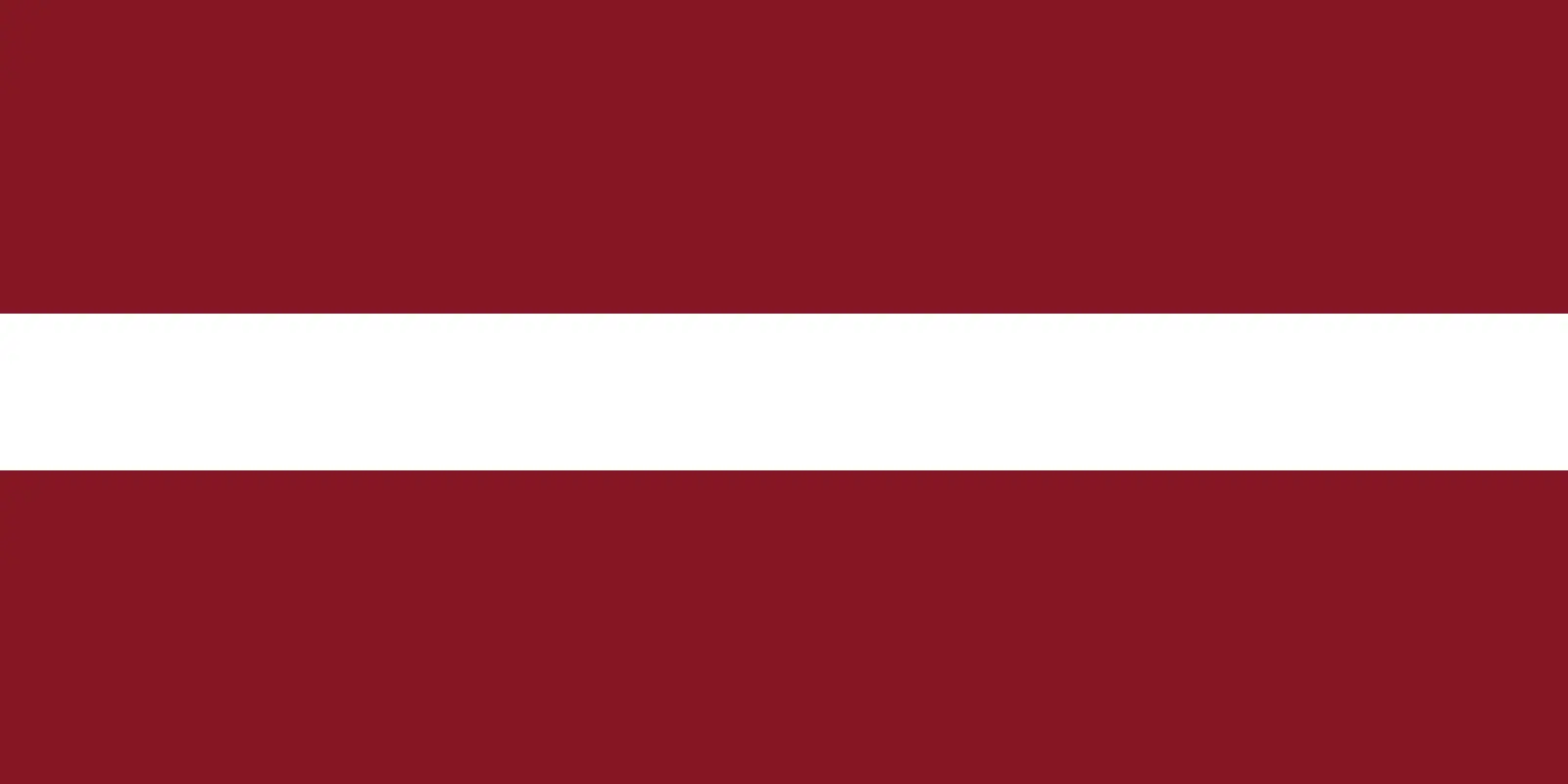 Latvia (+371)
Latvia (+371)
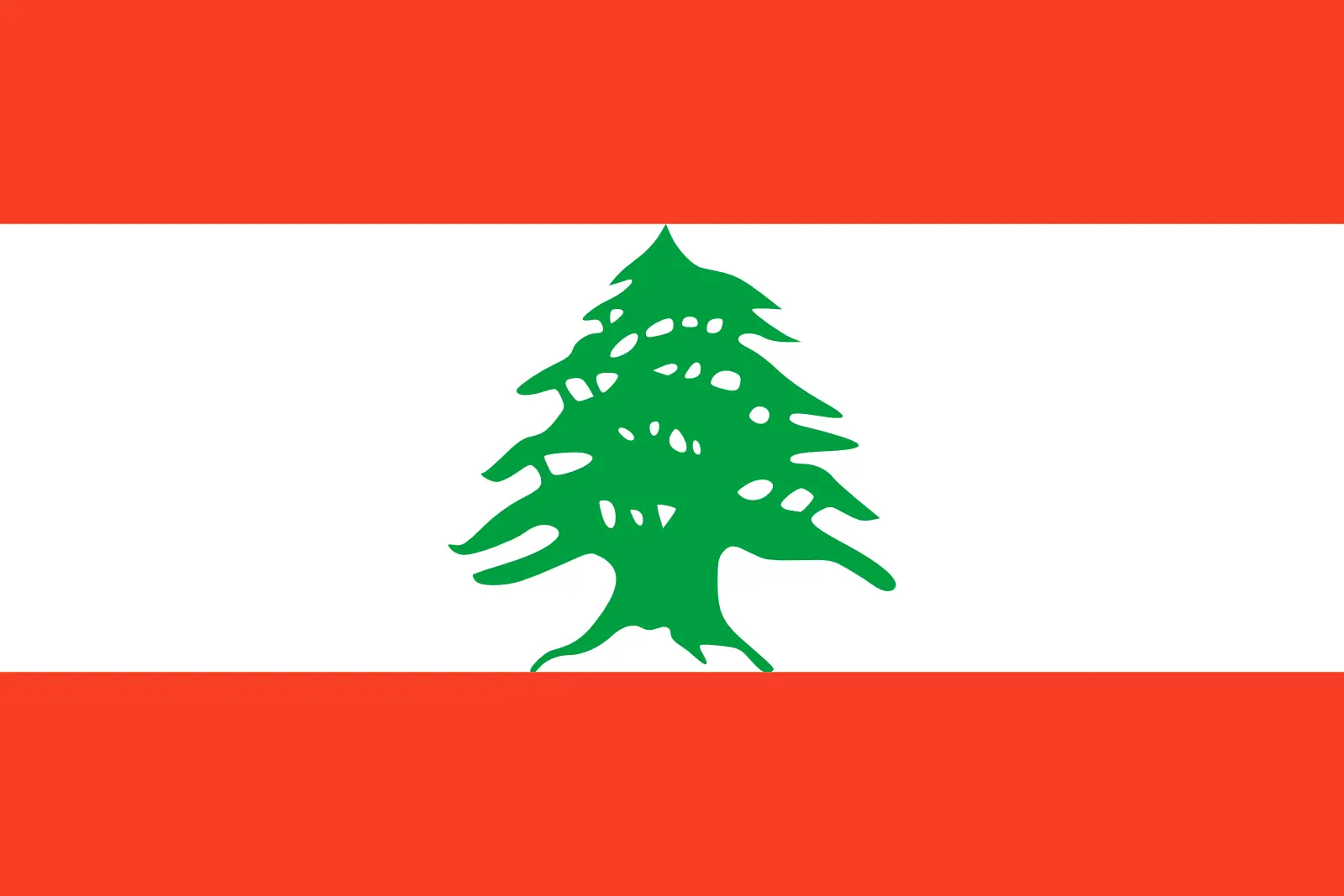 Lebanon (+961)
Lebanon (+961)
 Lesotho (+266)
Lesotho (+266)
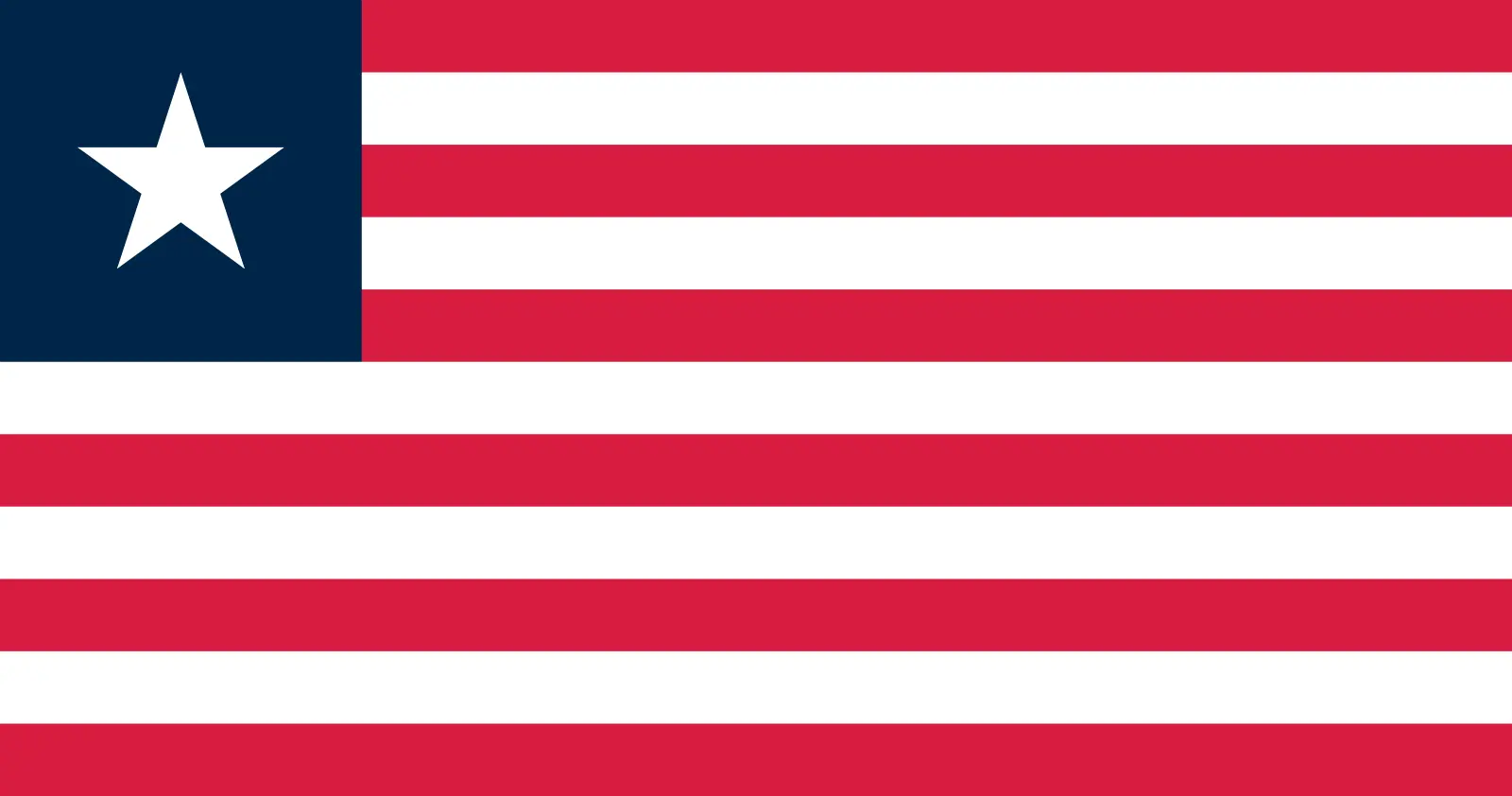 Liberia (+231)
Liberia (+231)
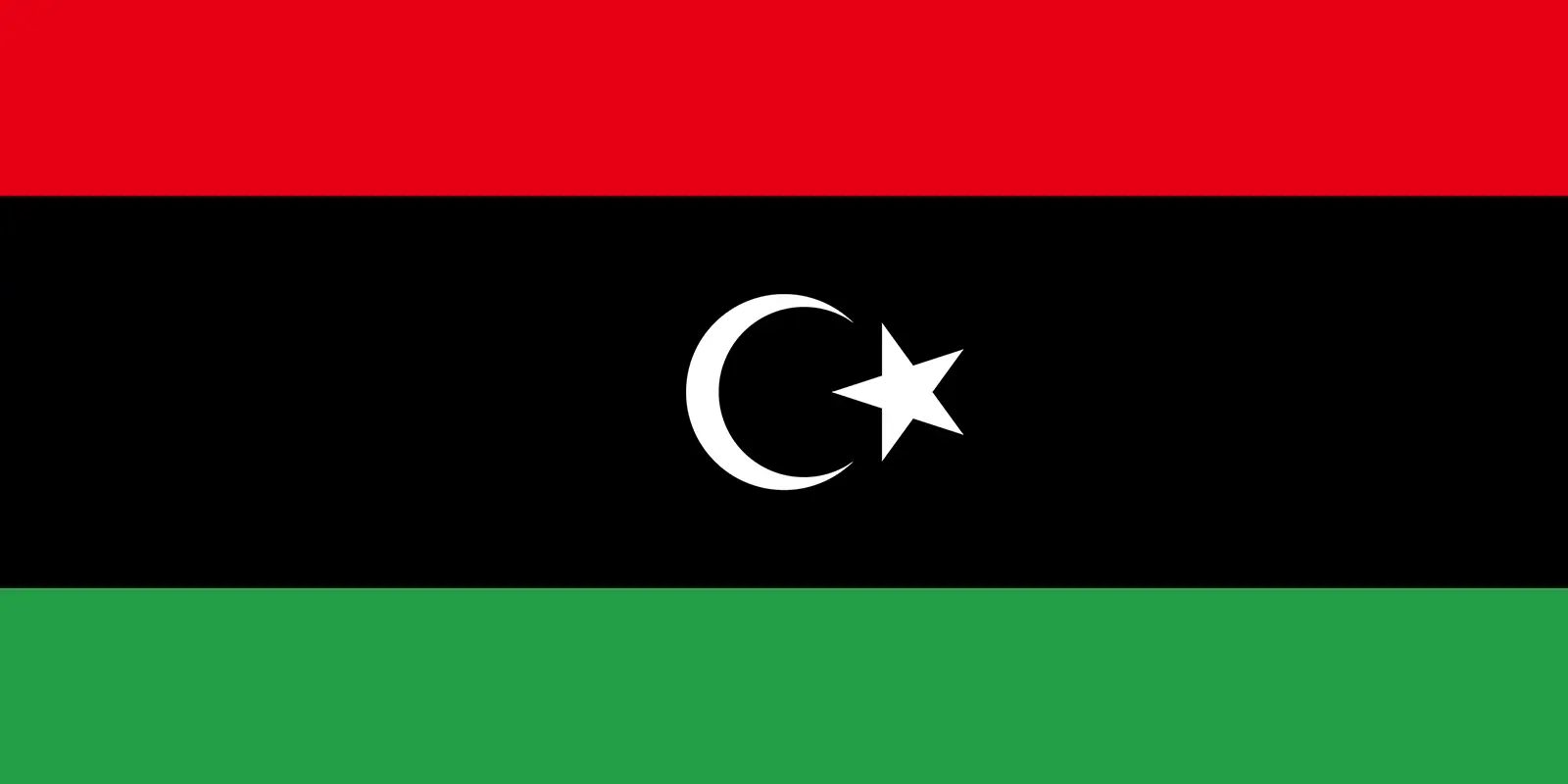 Libya (+218)
Libya (+218)
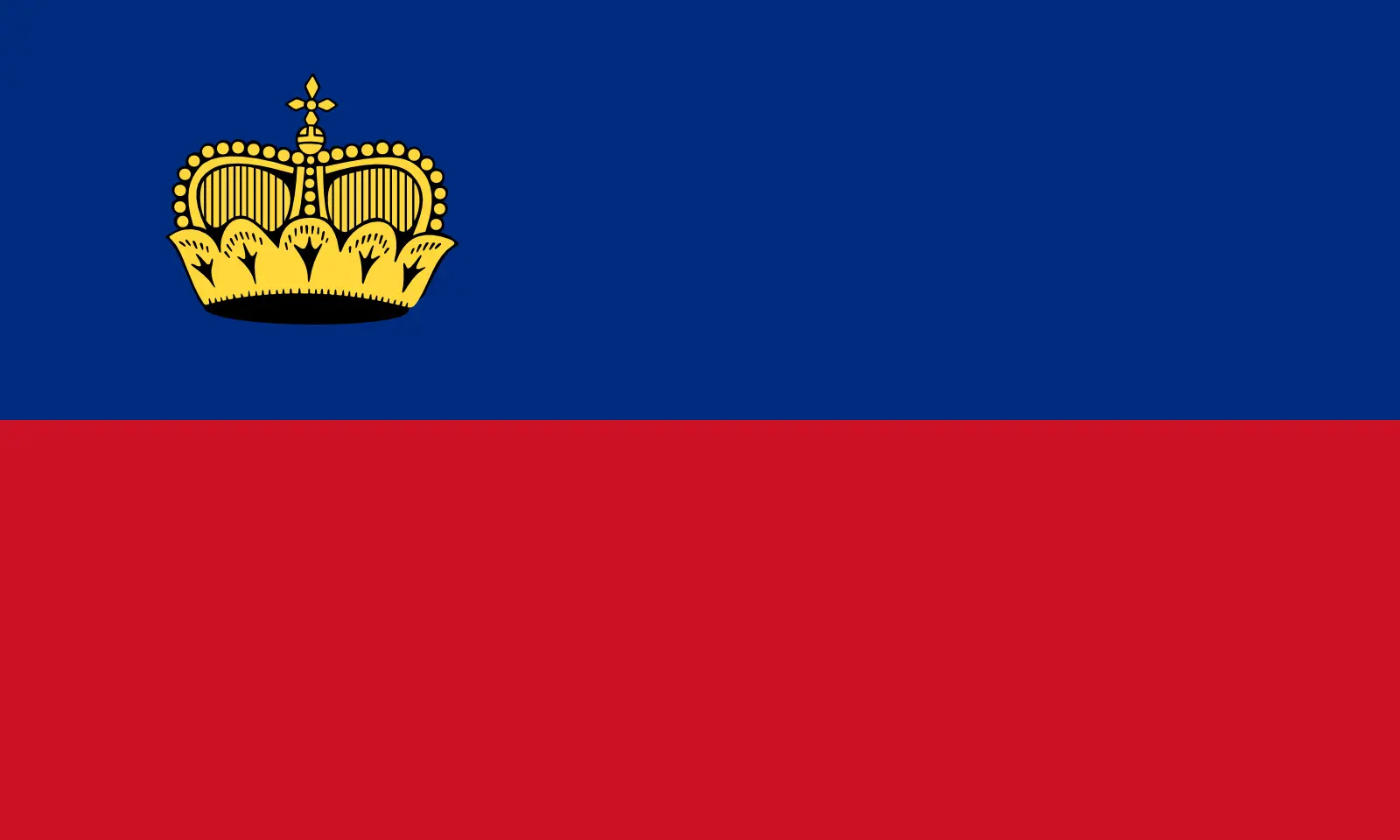 Liechtenstein (+423)
Liechtenstein (+423)
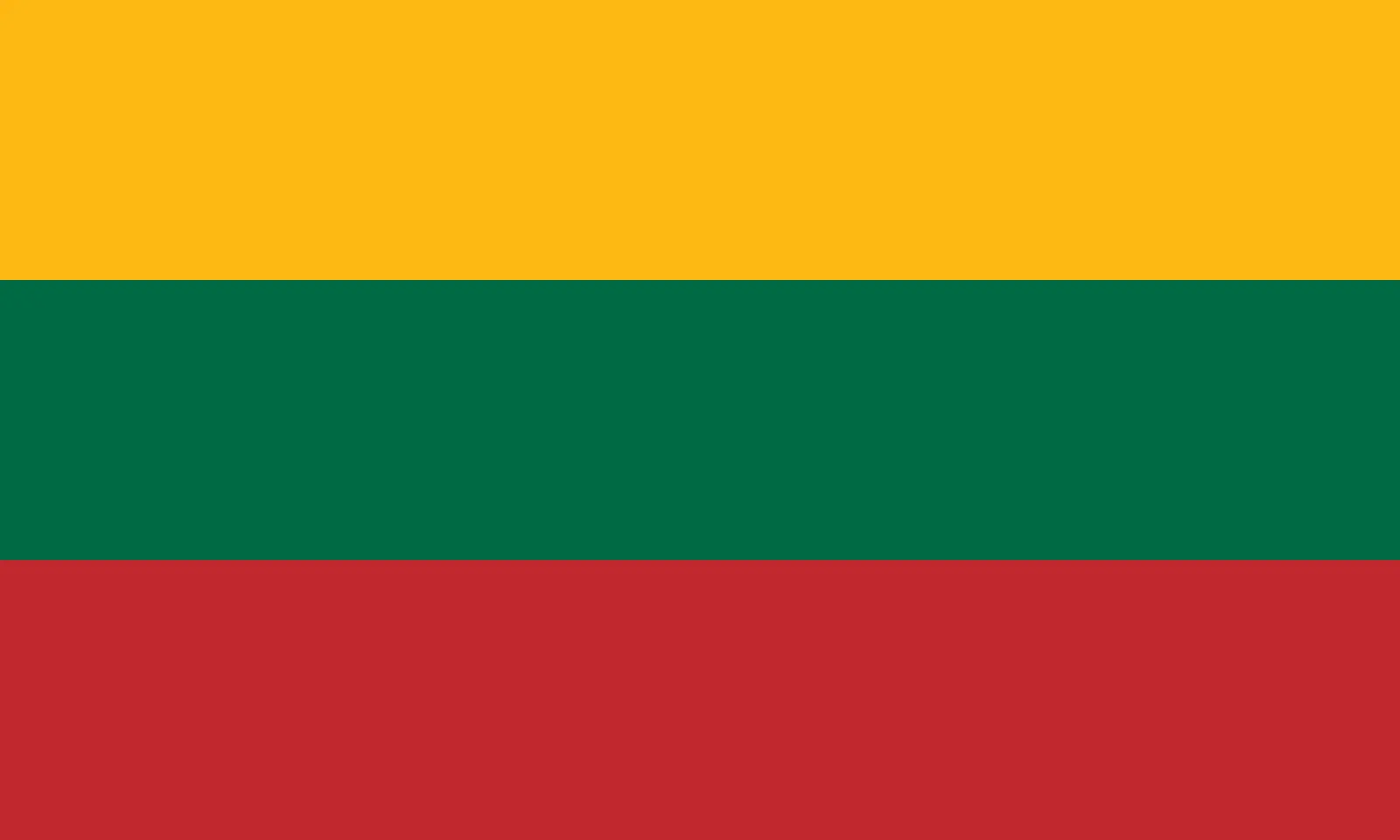 Lithuania (+370)
Lithuania (+370)
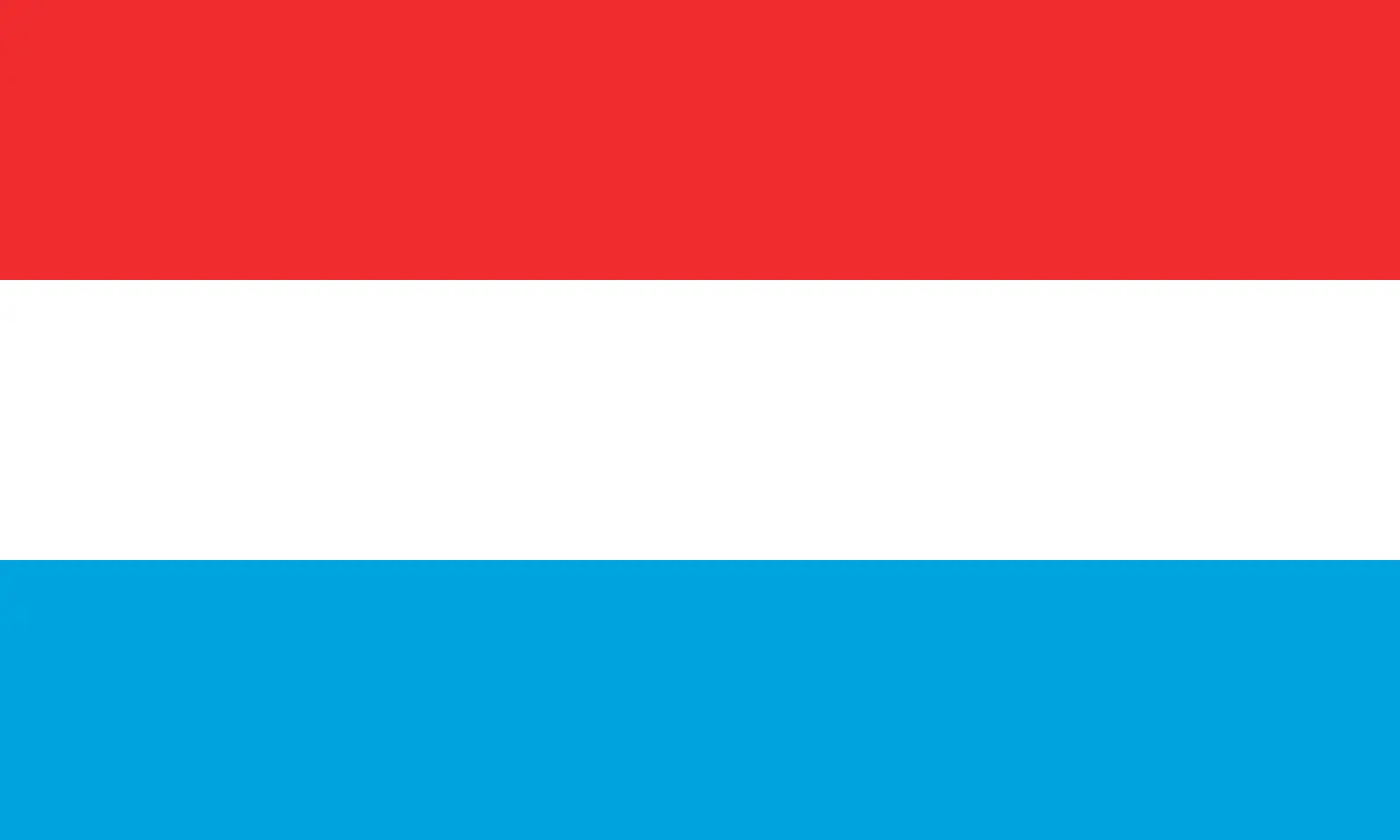 Luxembourg (+352)
Luxembourg (+352)
 Macao (+853)
Macao (+853)
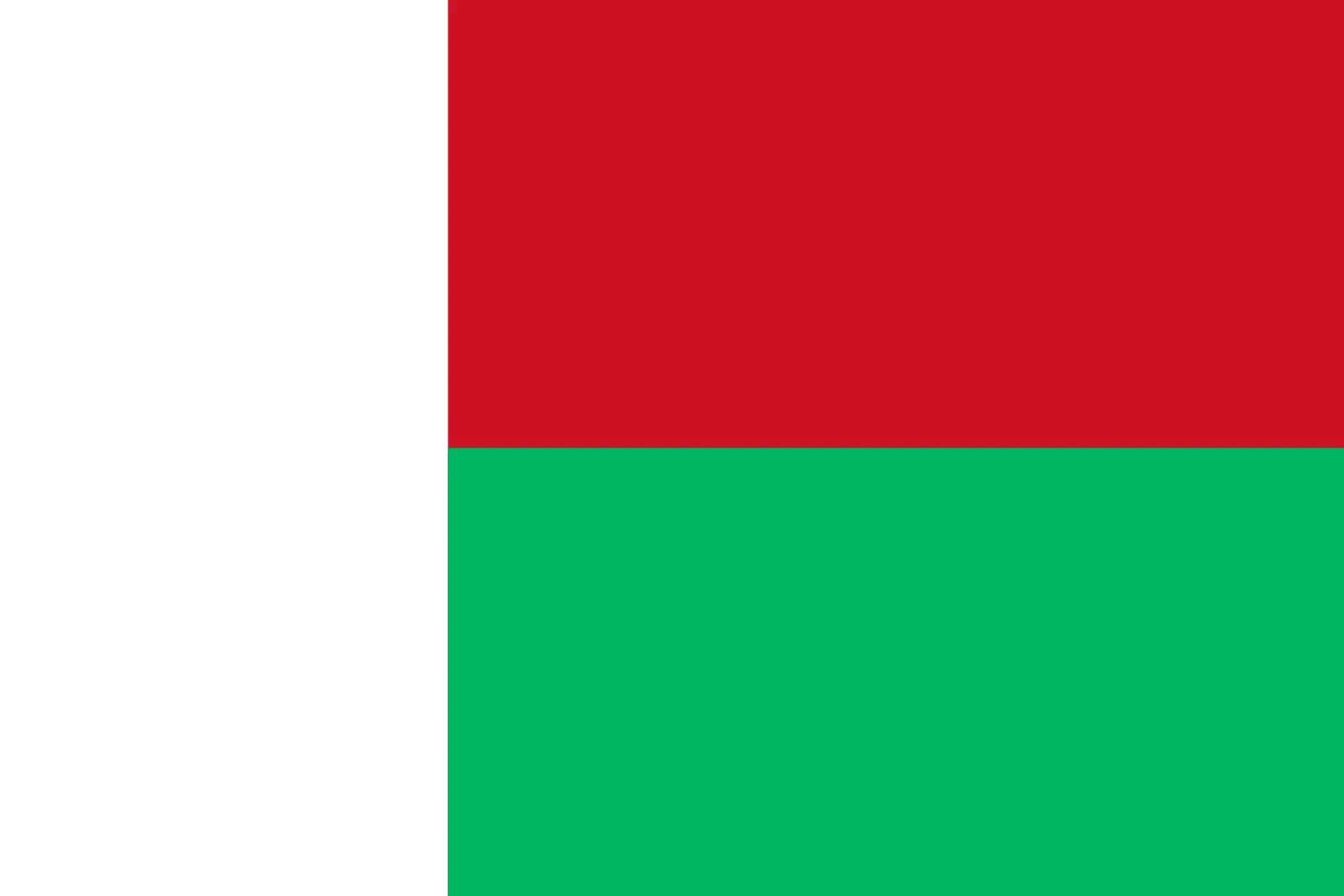 Madagascar (+261)
Madagascar (+261)
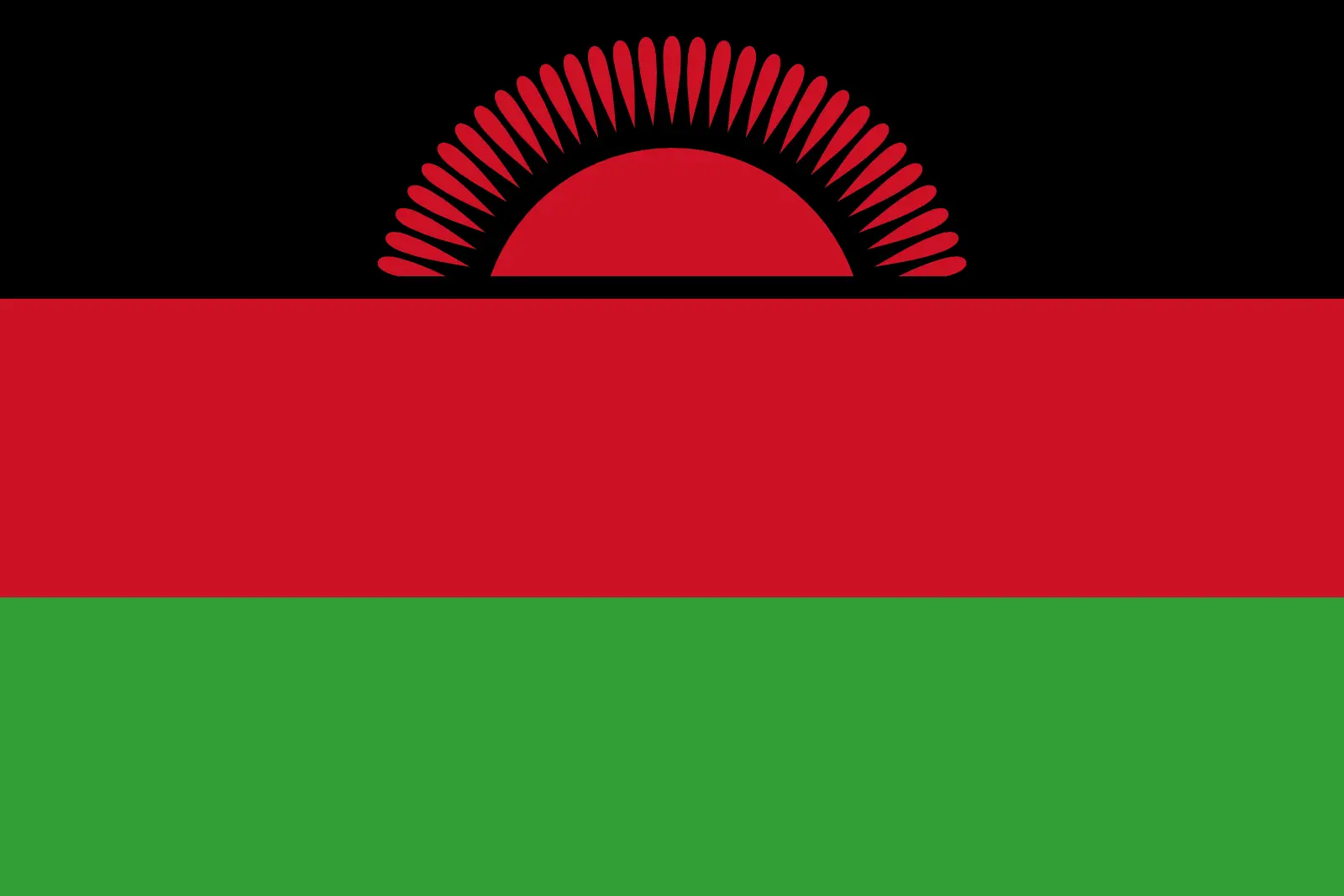 Malawi (+265)
Malawi (+265)
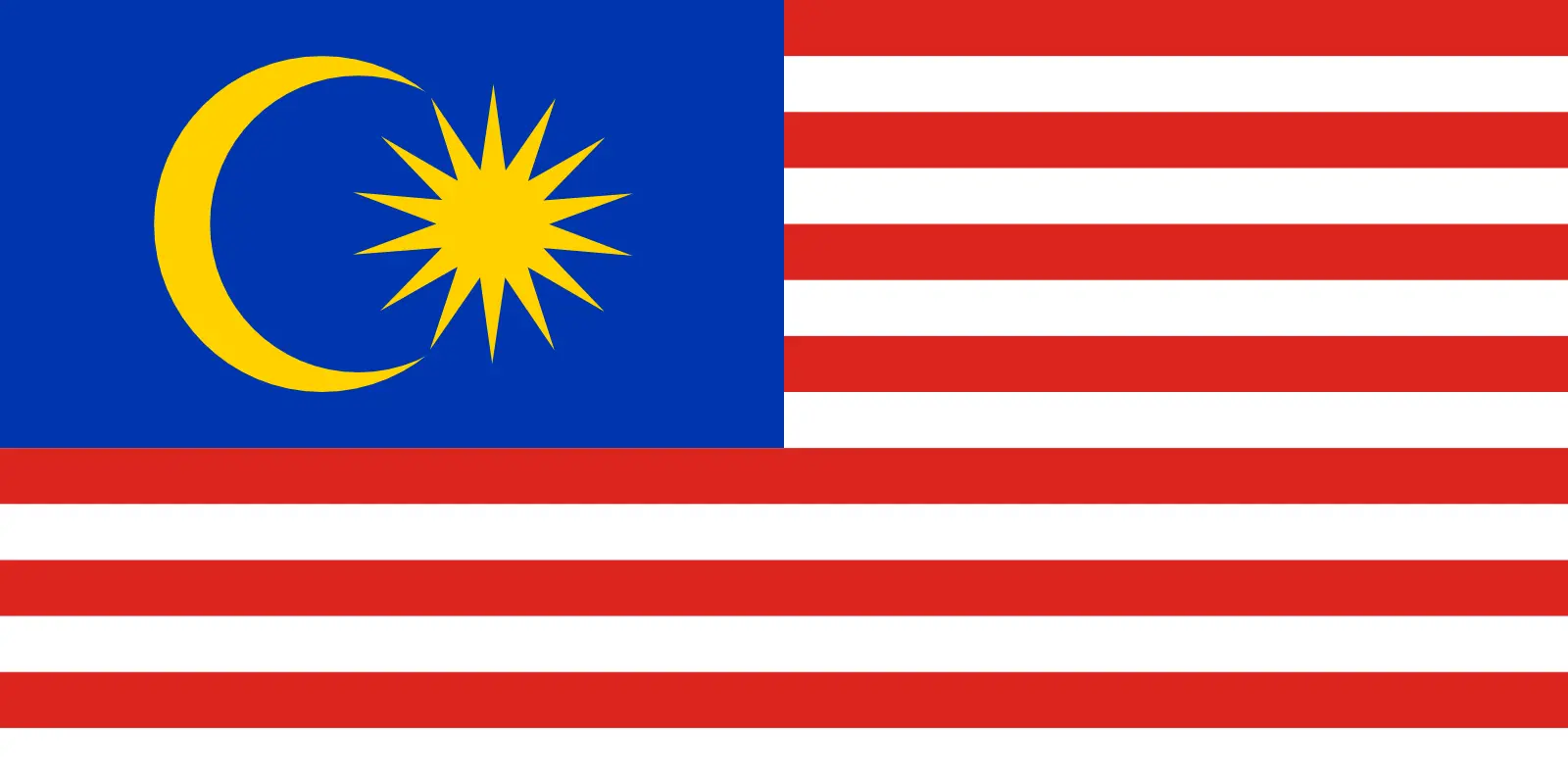 Malaysia (+60)
Malaysia (+60)
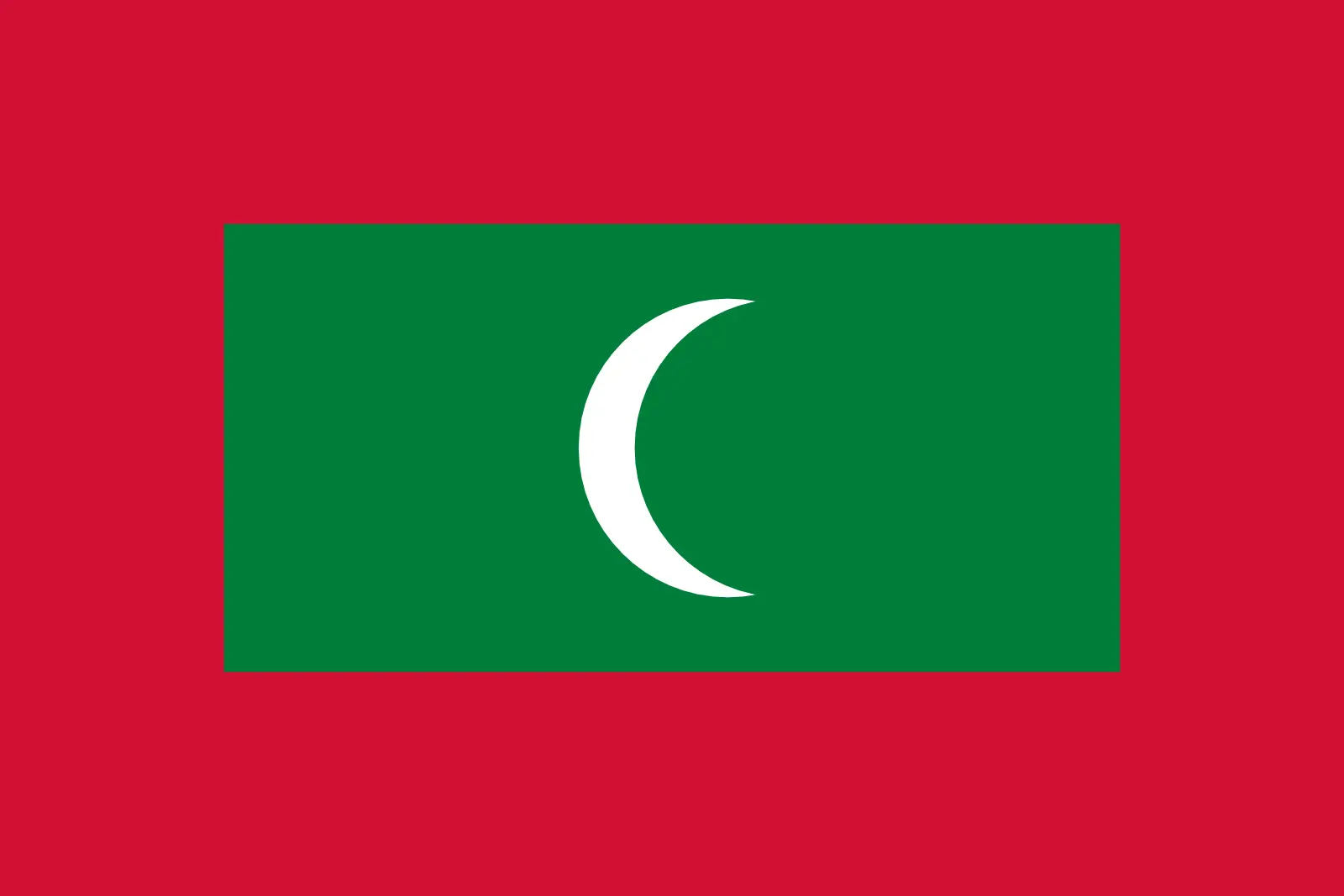 Maldives (+960)
Maldives (+960)
 Mali (+223)
Mali (+223)
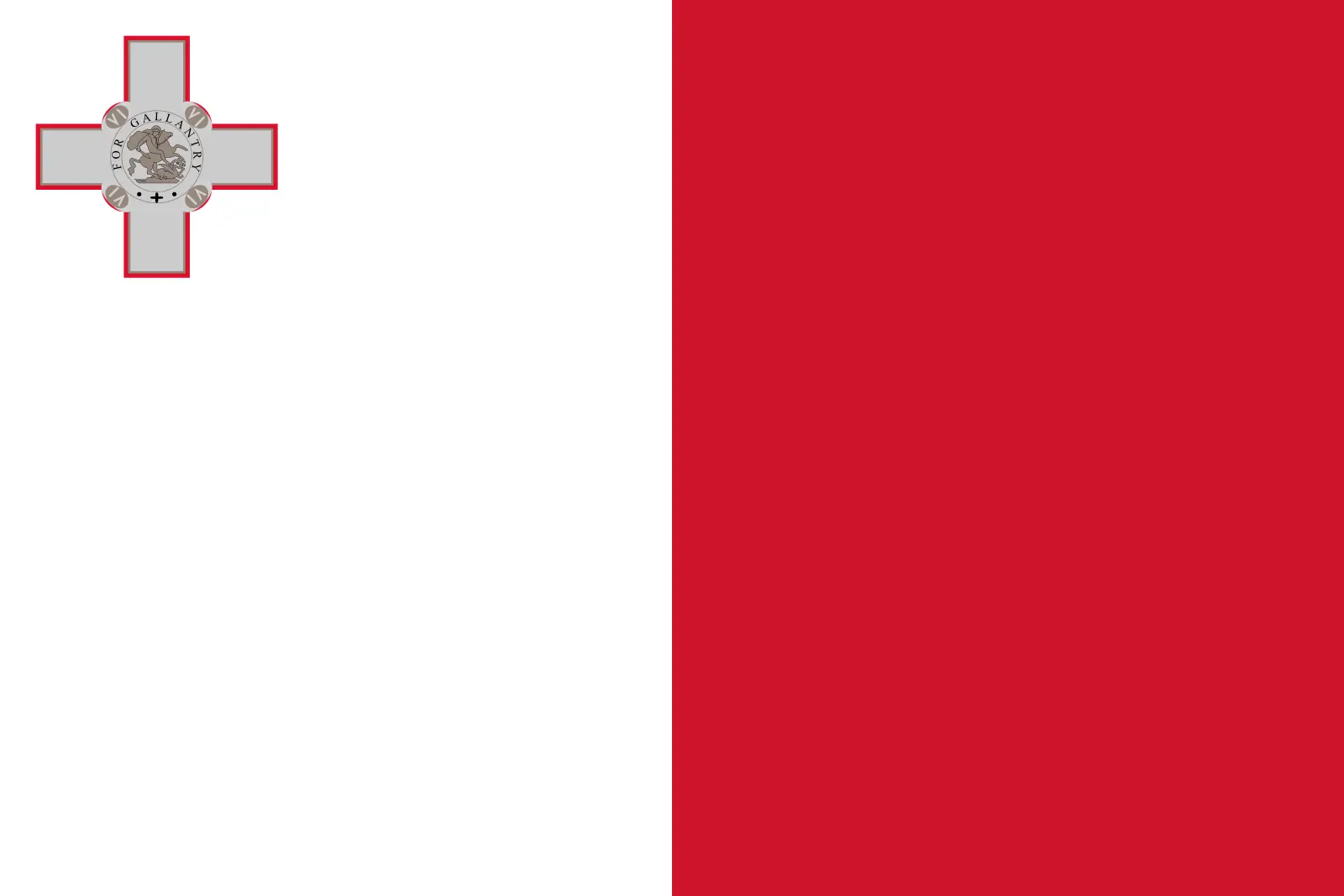 Malta (+356)
Malta (+356)
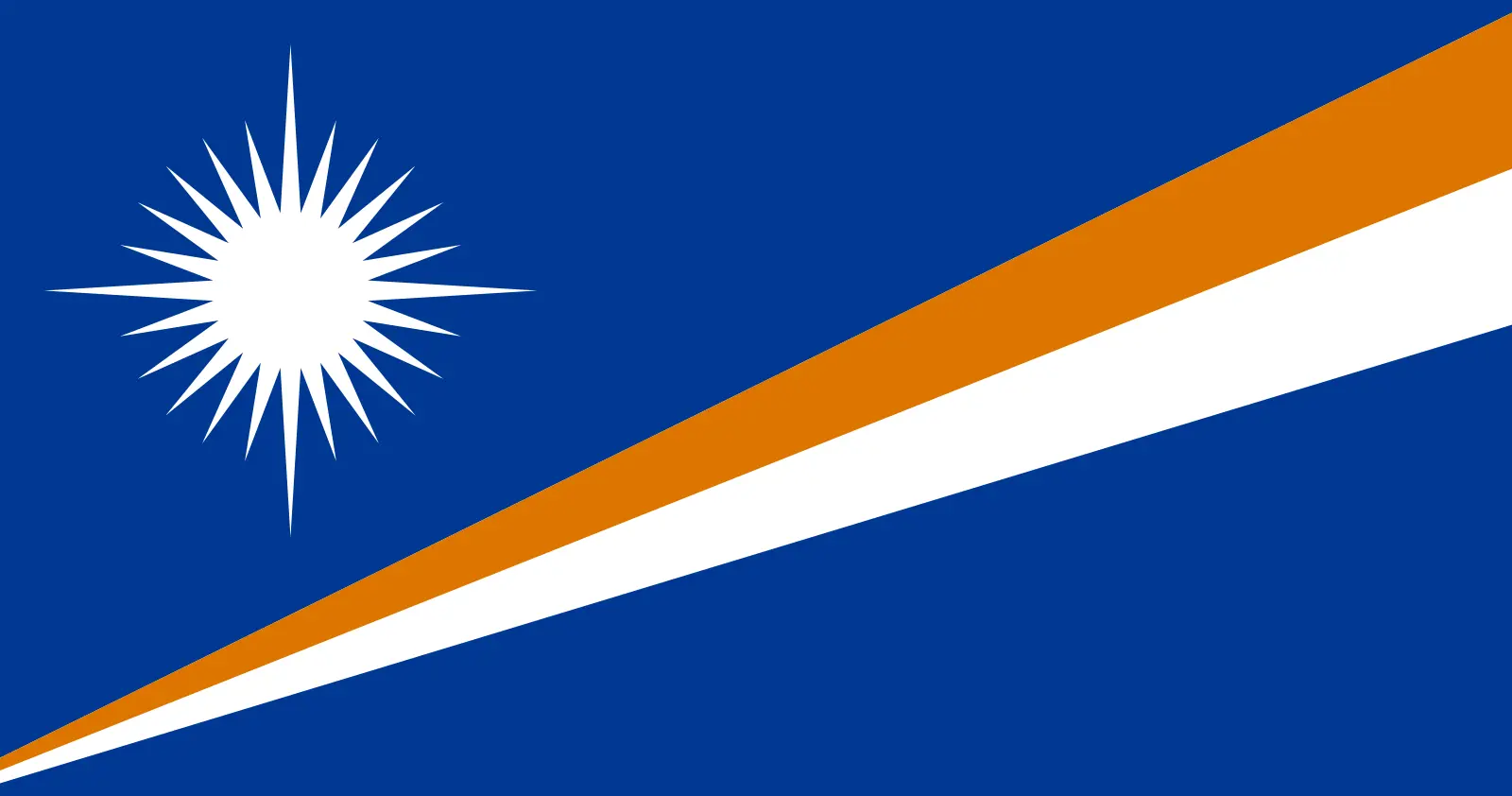 Marshall Islands (+692)
Marshall Islands (+692)
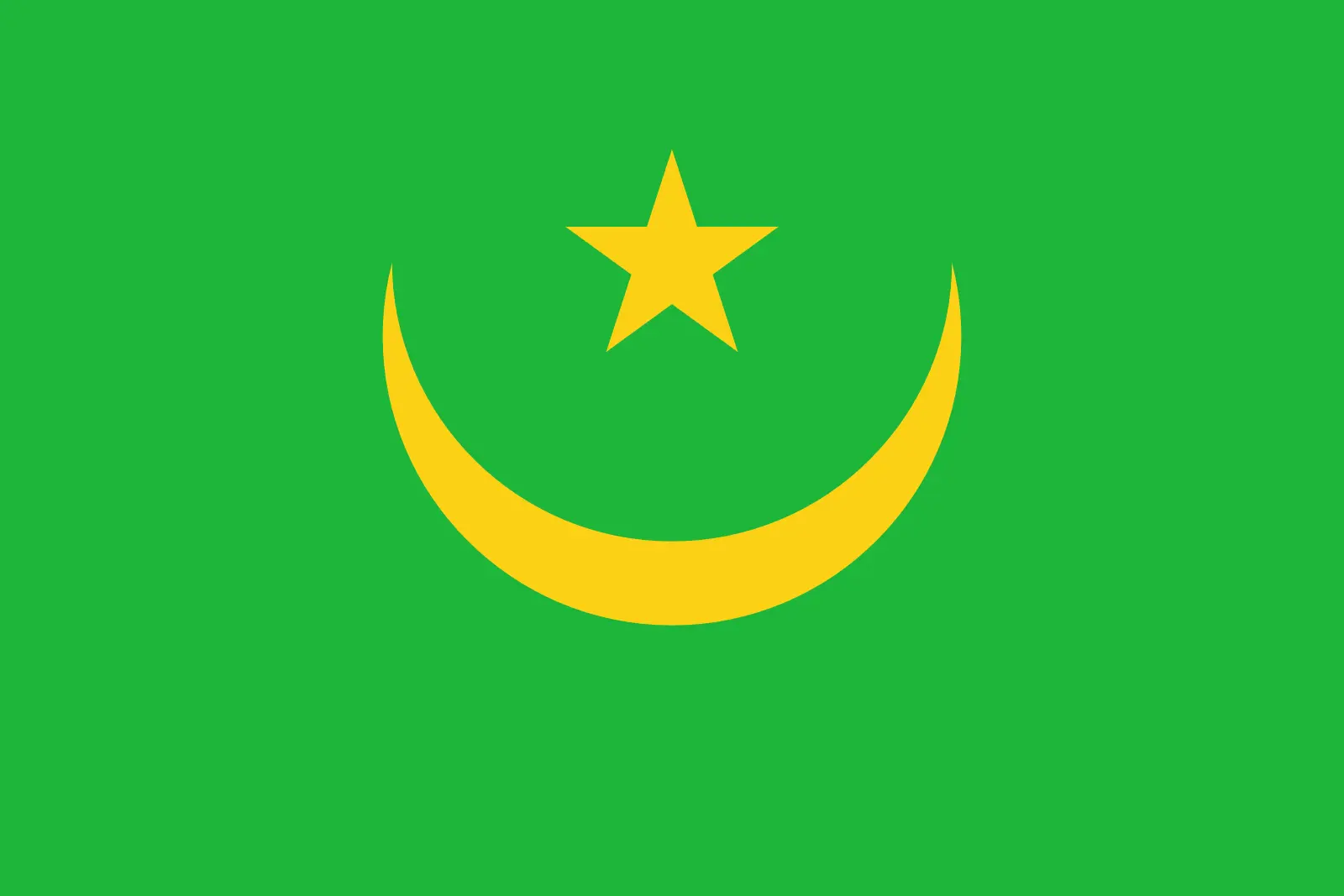 Mauritania (+222)
Mauritania (+222)
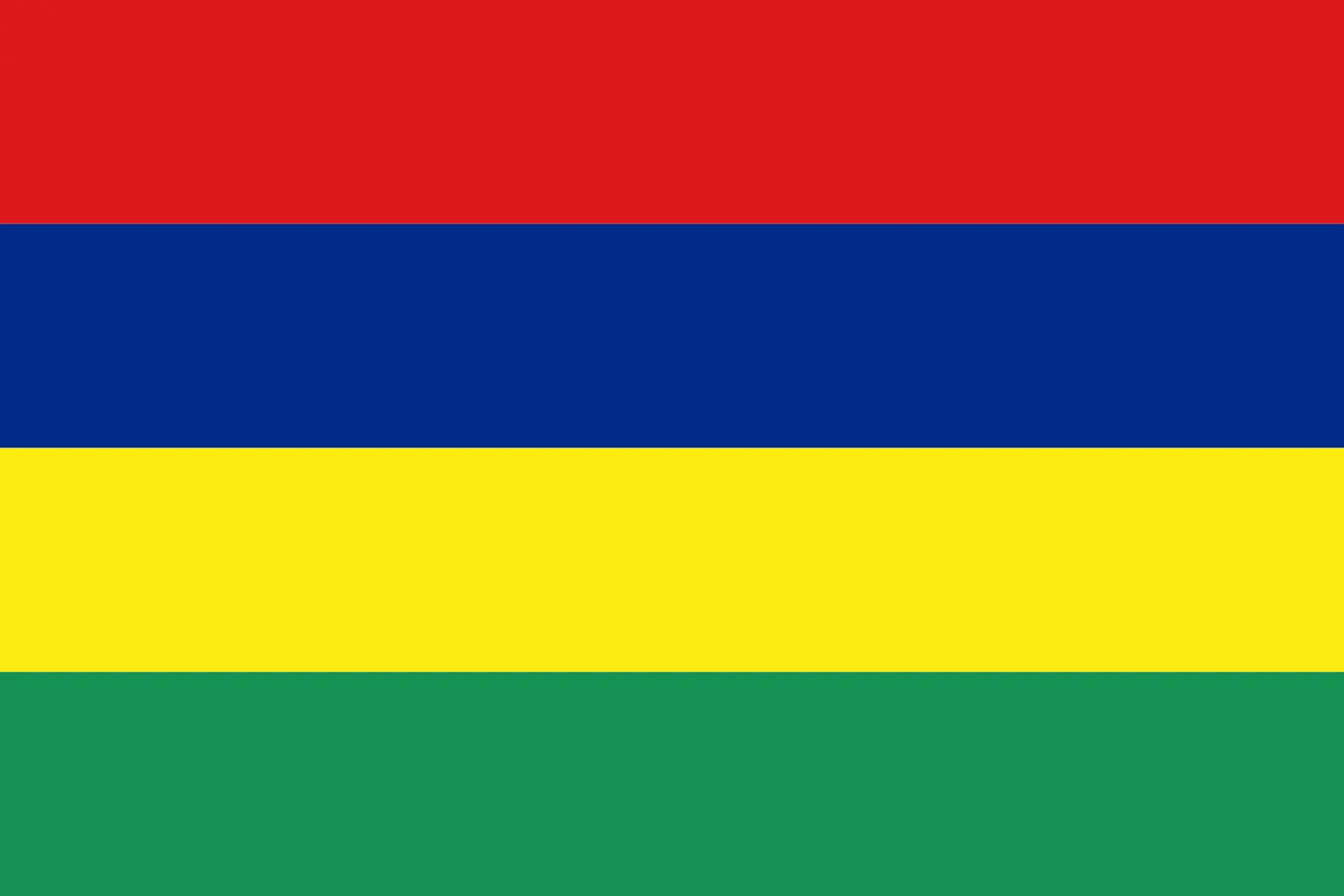 Mauritius (+230)
Mauritius (+230)
 Mayotte (+262)
Mayotte (+262)
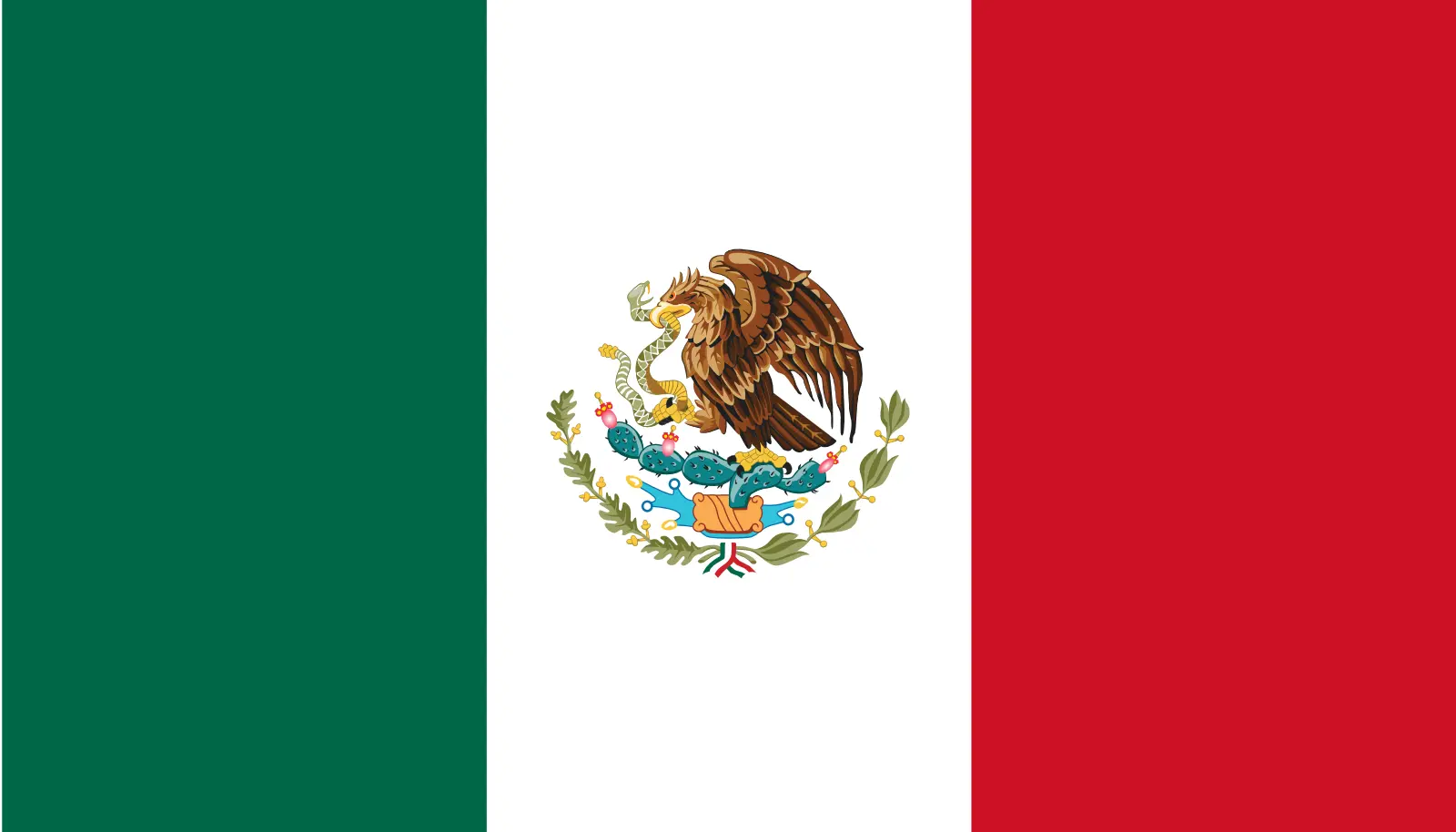 Mexico (+52)
Mexico (+52)
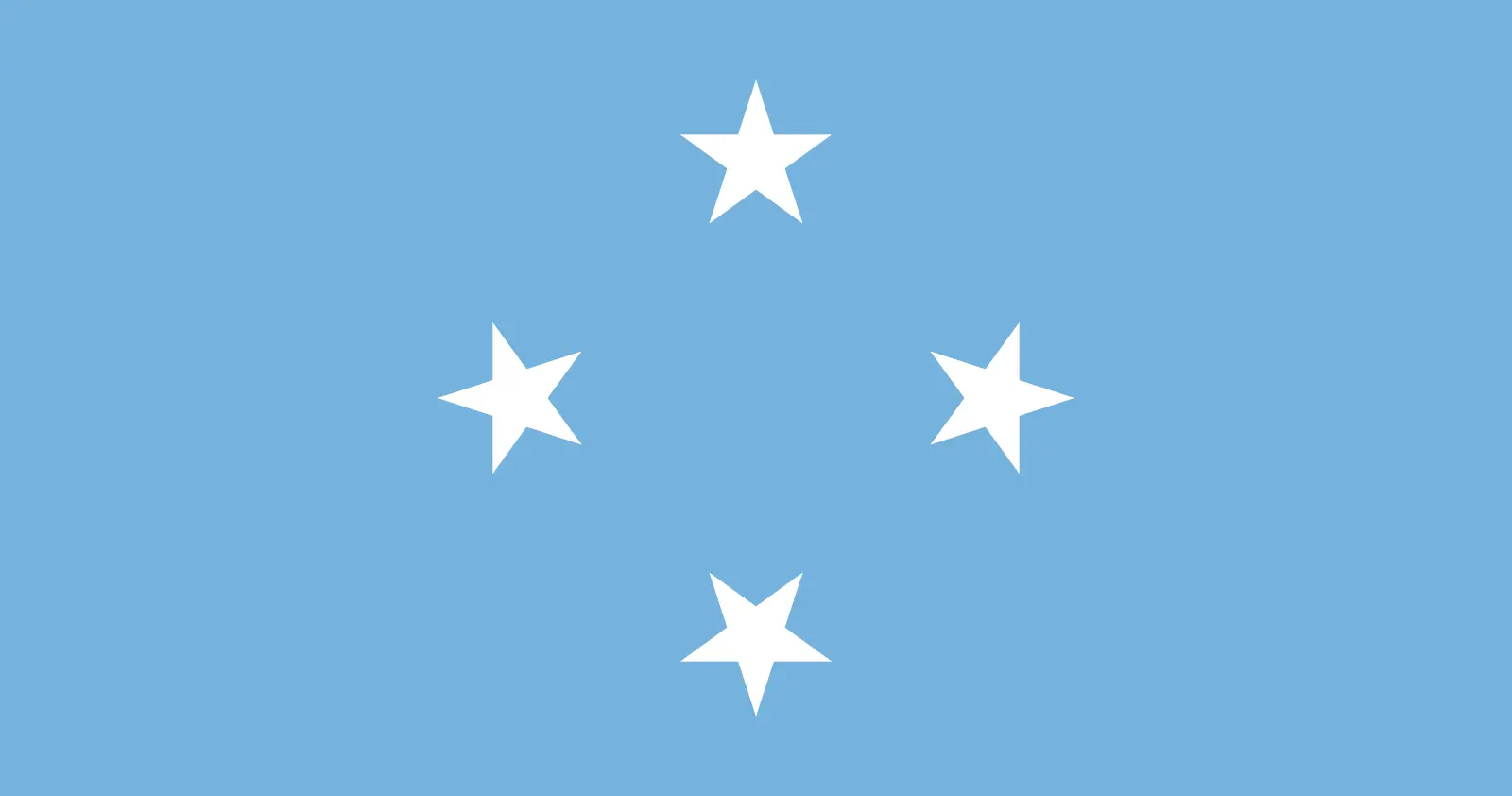 Micronesia (+691)
Micronesia (+691)
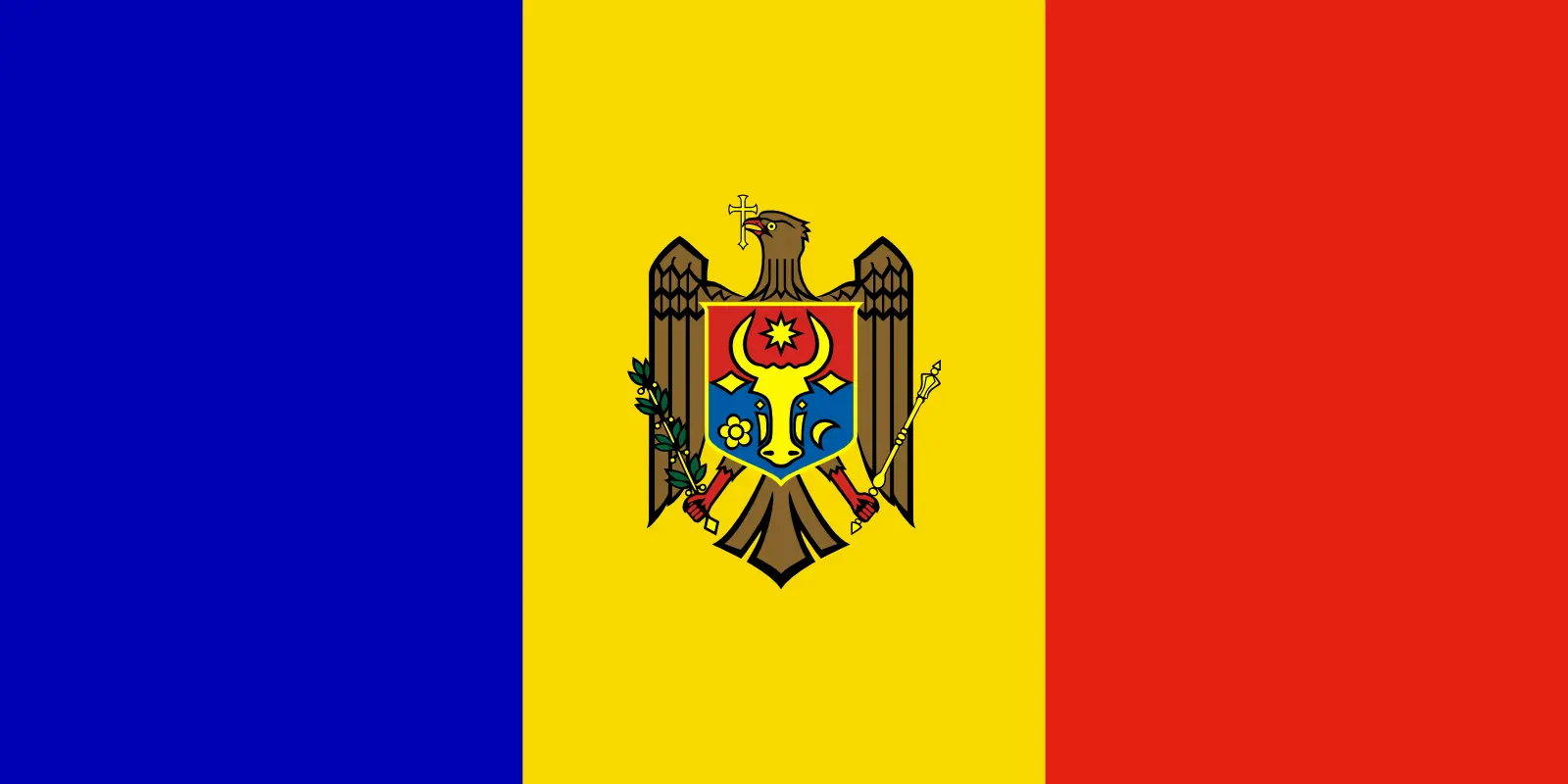 Moldova (+373)
Moldova (+373)
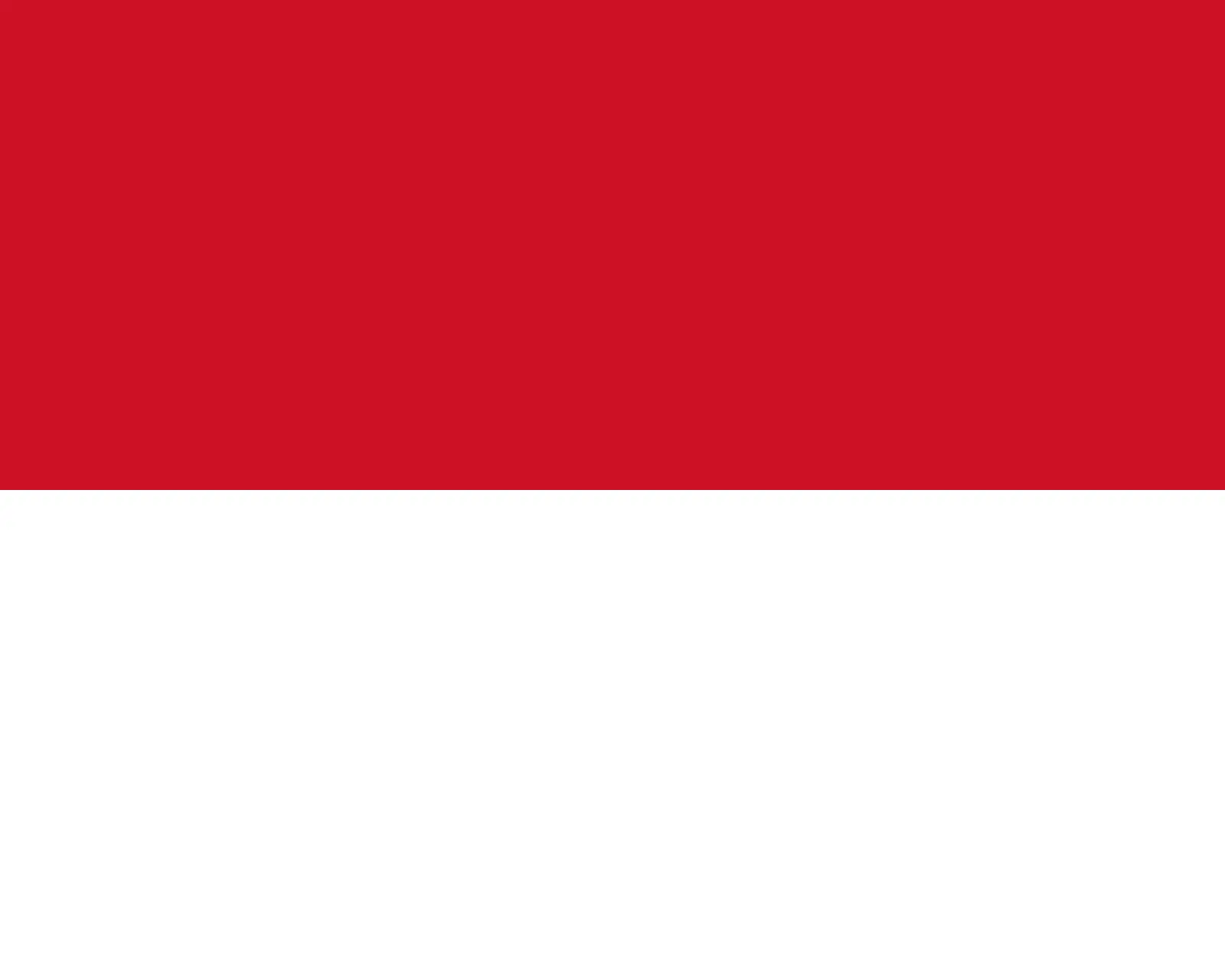 Monaco (+377)
Monaco (+377)
 Mongolia (+976)
Mongolia (+976)
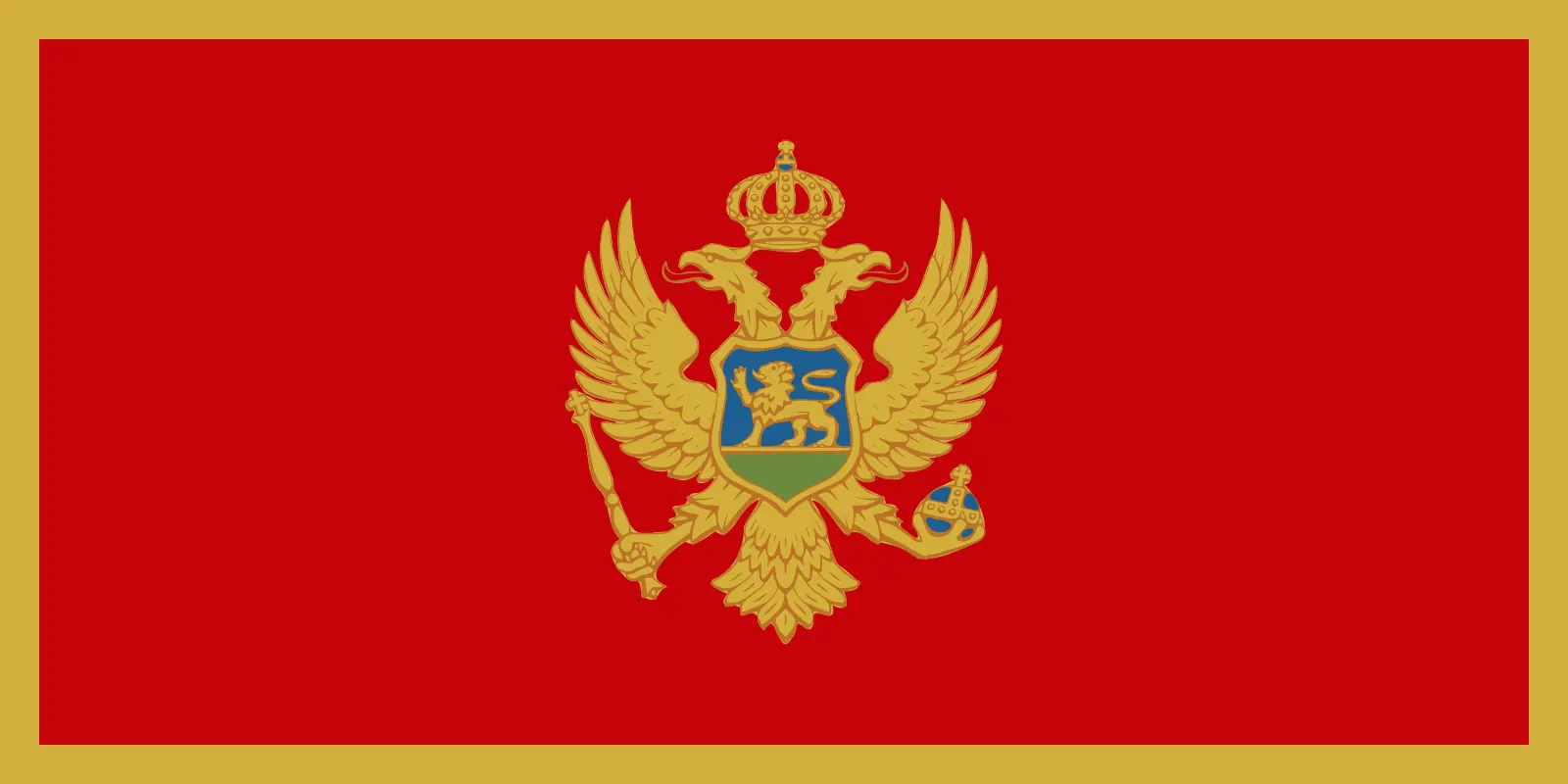 Montenegro (+382)
Montenegro (+382)
 Montserrat (+1664)
Montserrat (+1664)
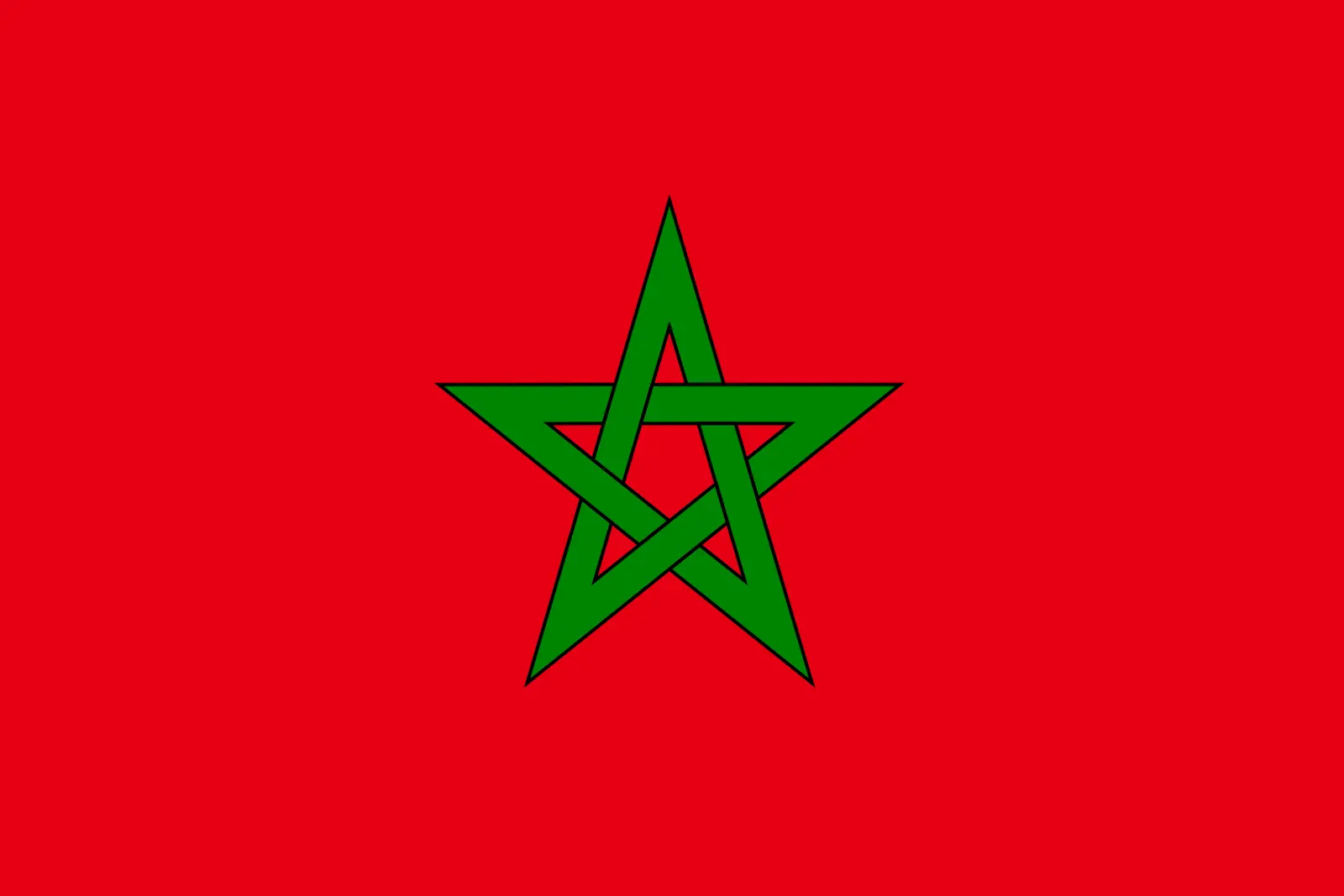 Morocco (+212)
Morocco (+212)
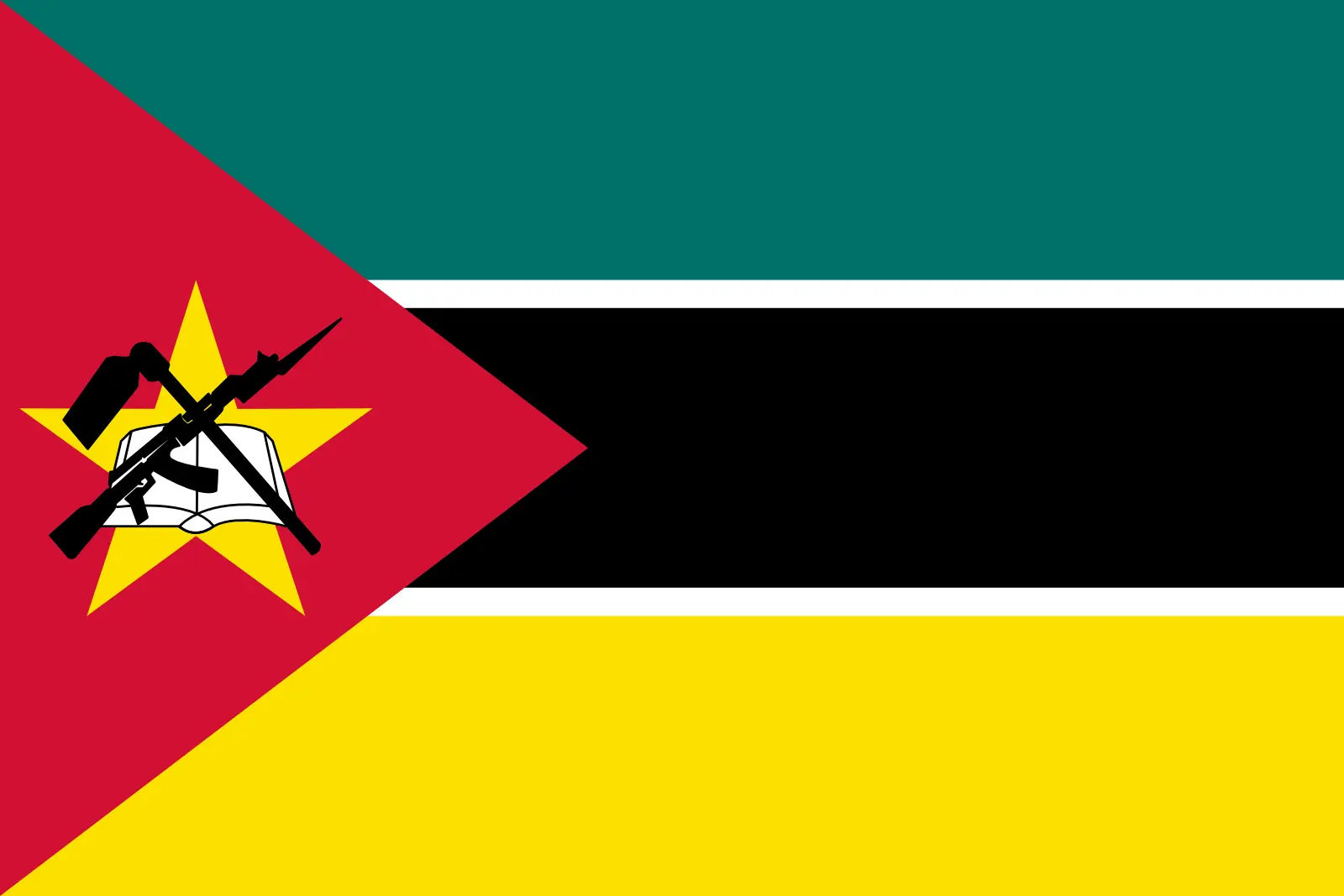 Mozambique (+258)
Mozambique (+258)
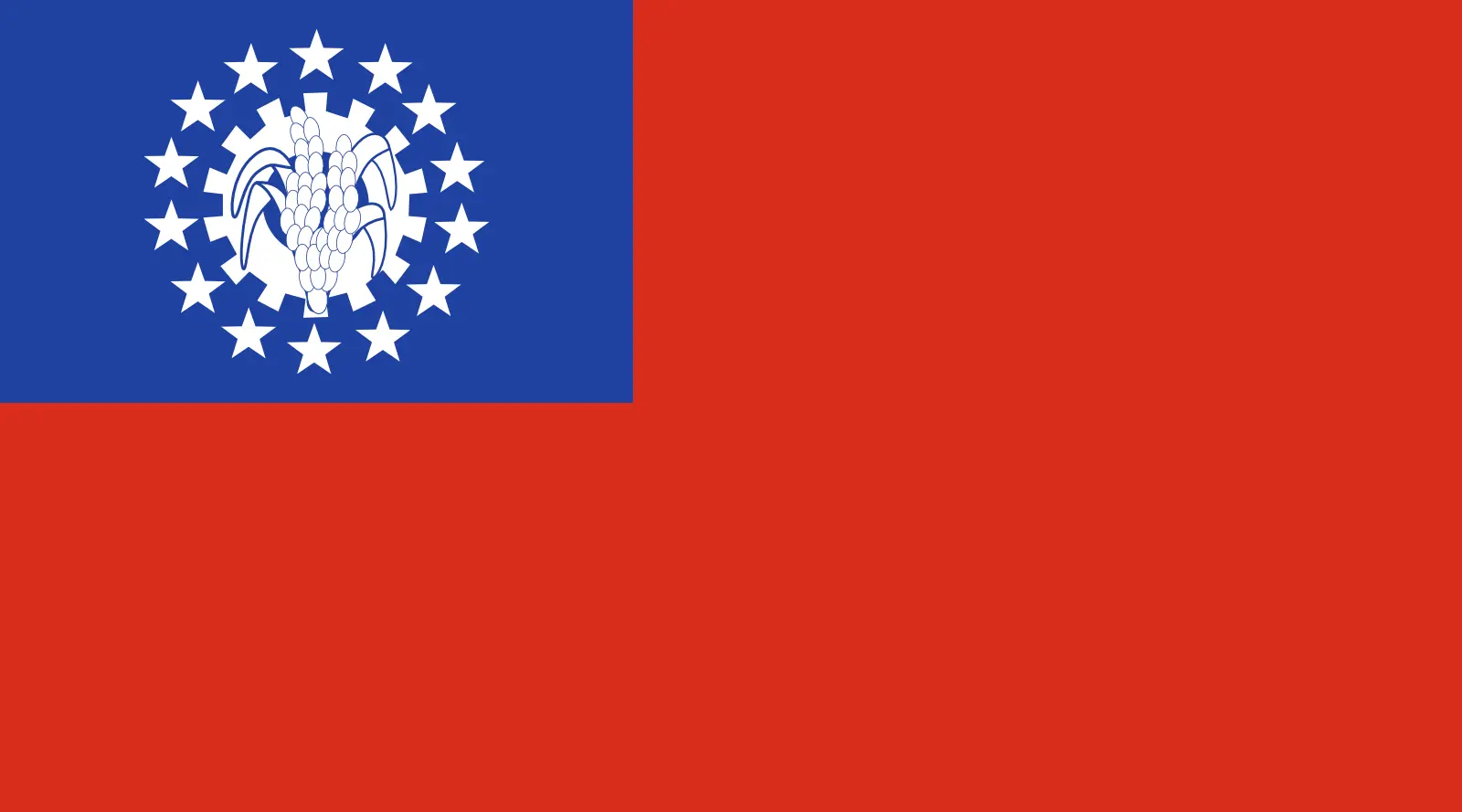 Myanmar (+95)
Myanmar (+95)
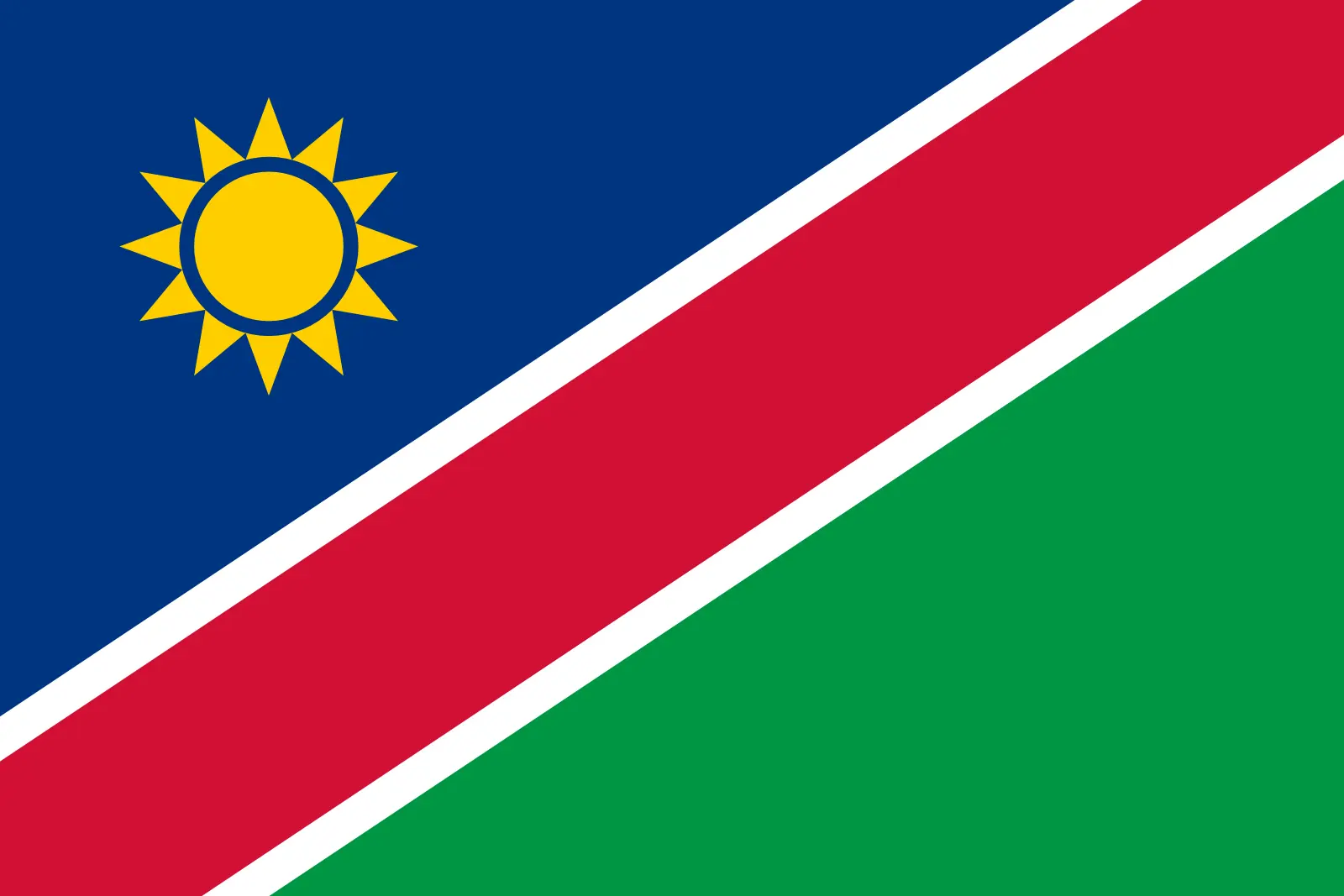 Namibia (+264)
Namibia (+264)
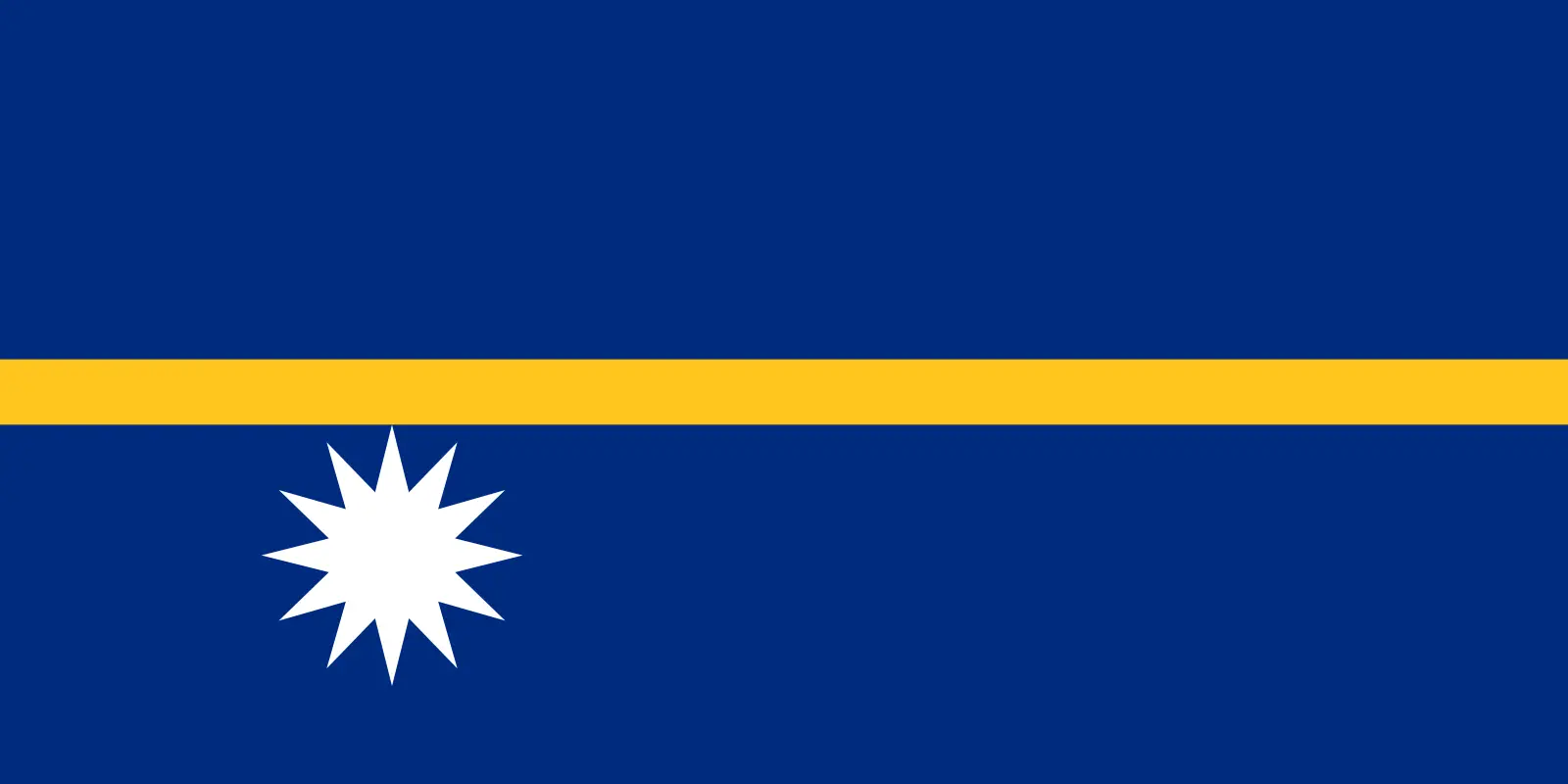 Nauru (+674)
Nauru (+674)
 Nepal (+977)
Nepal (+977)
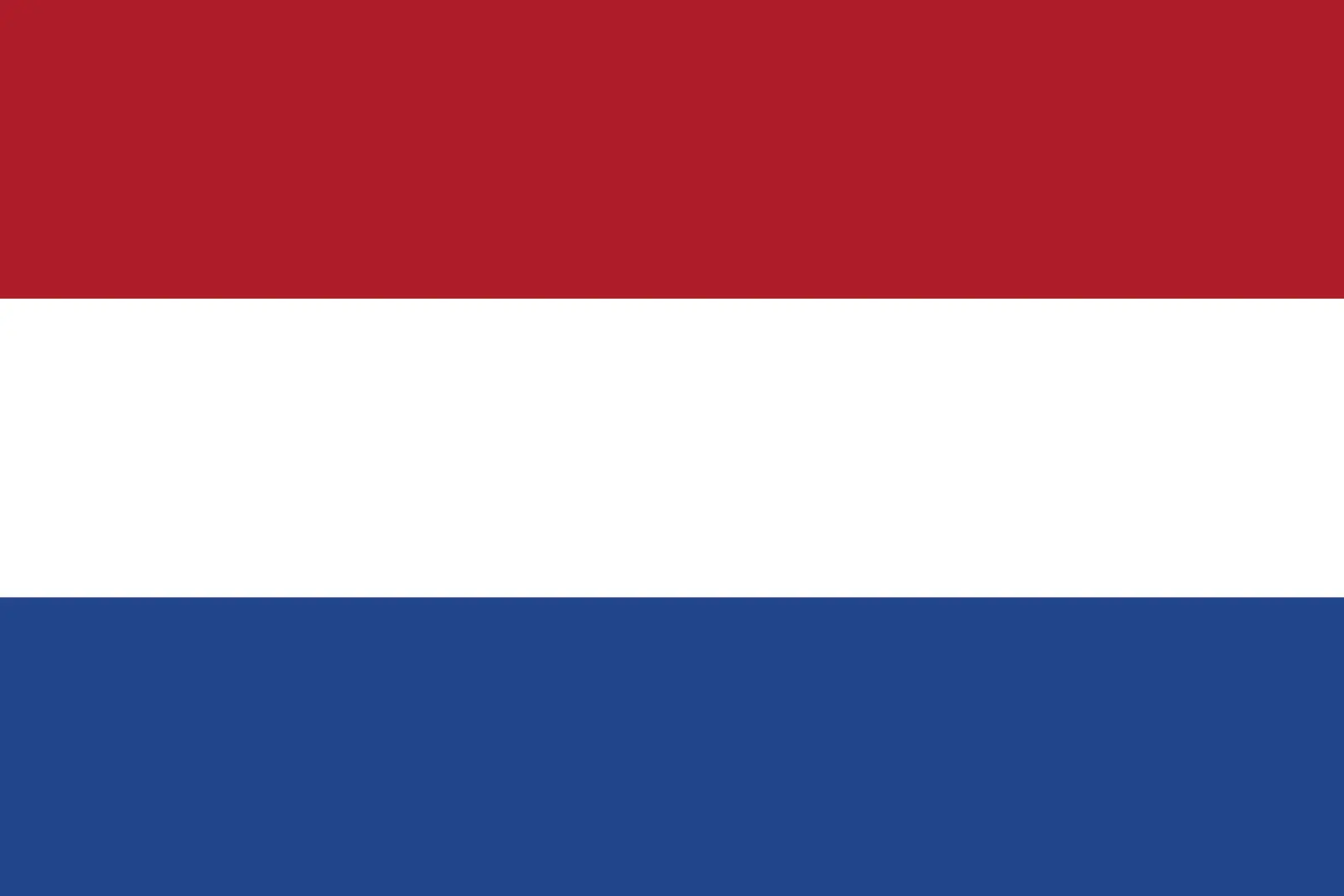 Netherlands (+31)
Netherlands (+31)
 New Caledonia (+687)
New Caledonia (+687)
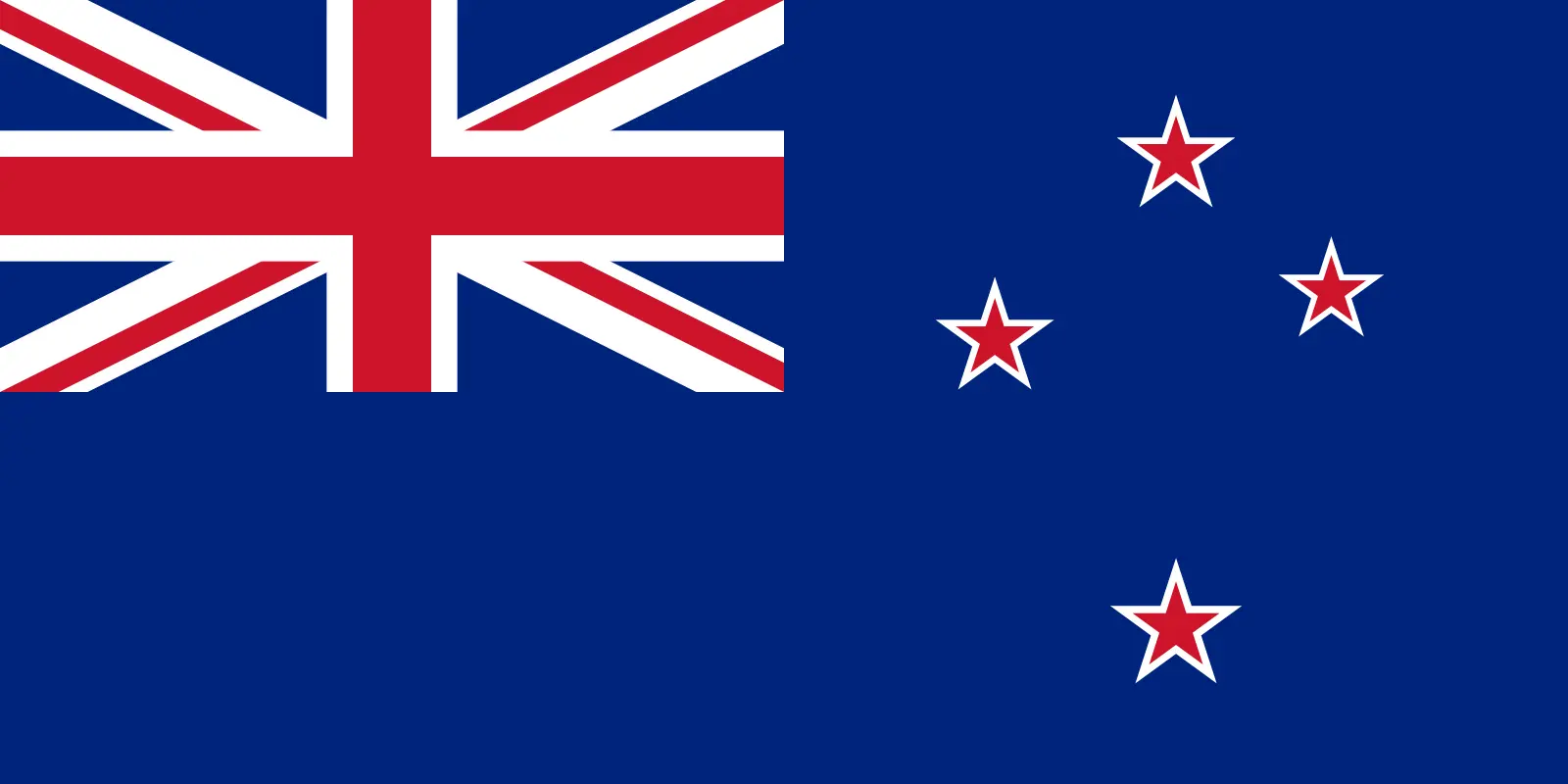 New Zealand (+64)
New Zealand (+64)
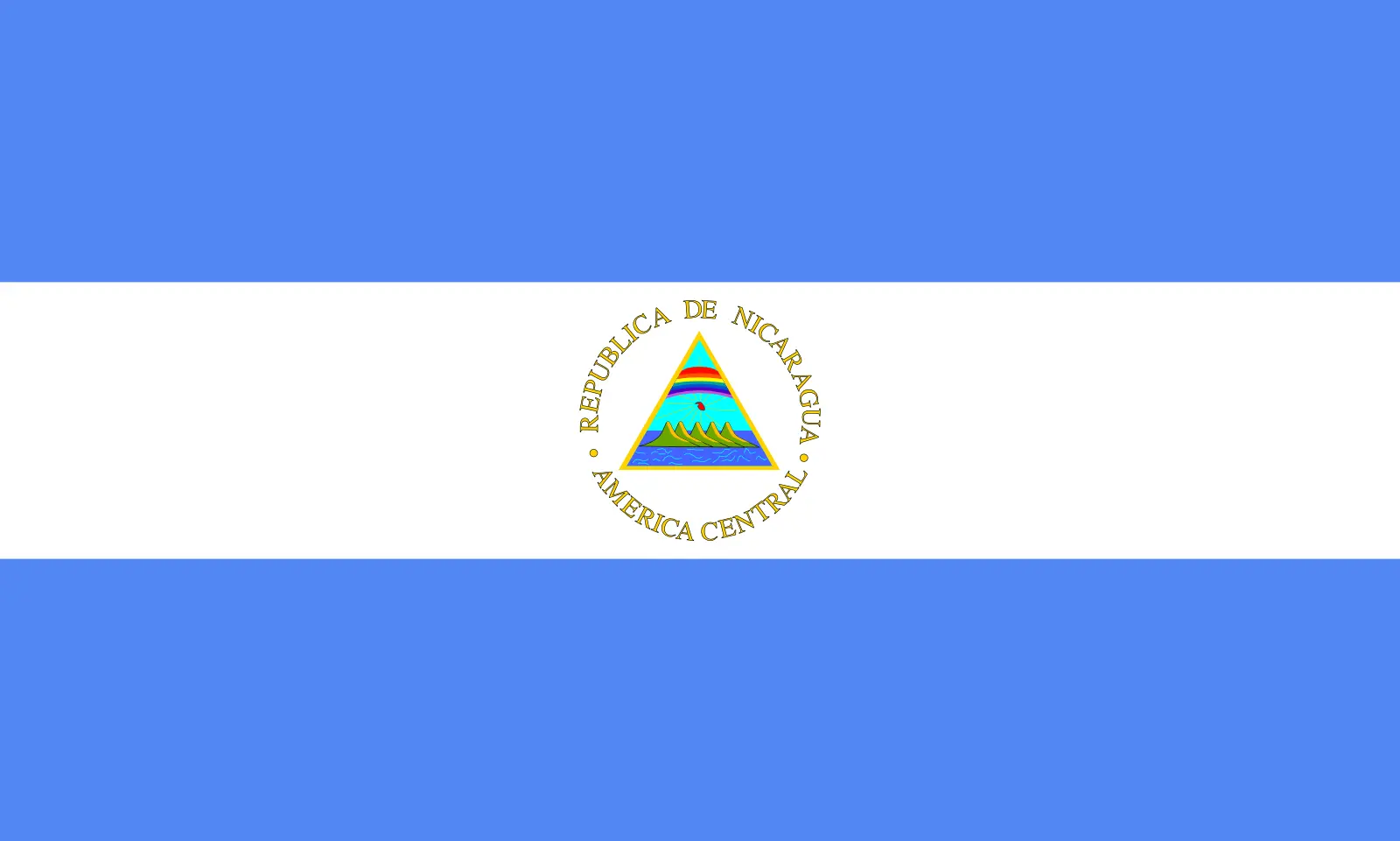 Nicaragua (+505)
Nicaragua (+505)
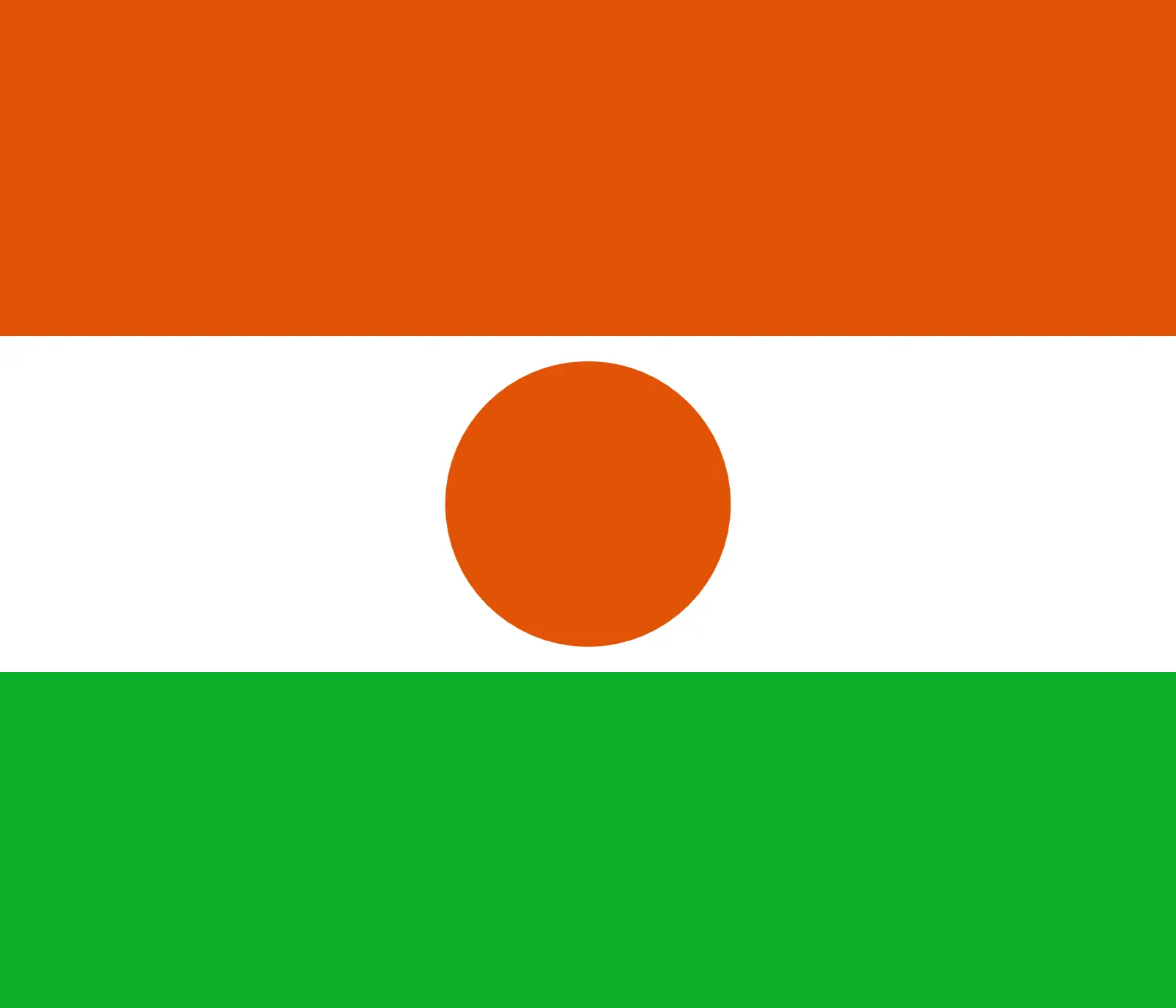 Niger (+227)
Niger (+227)
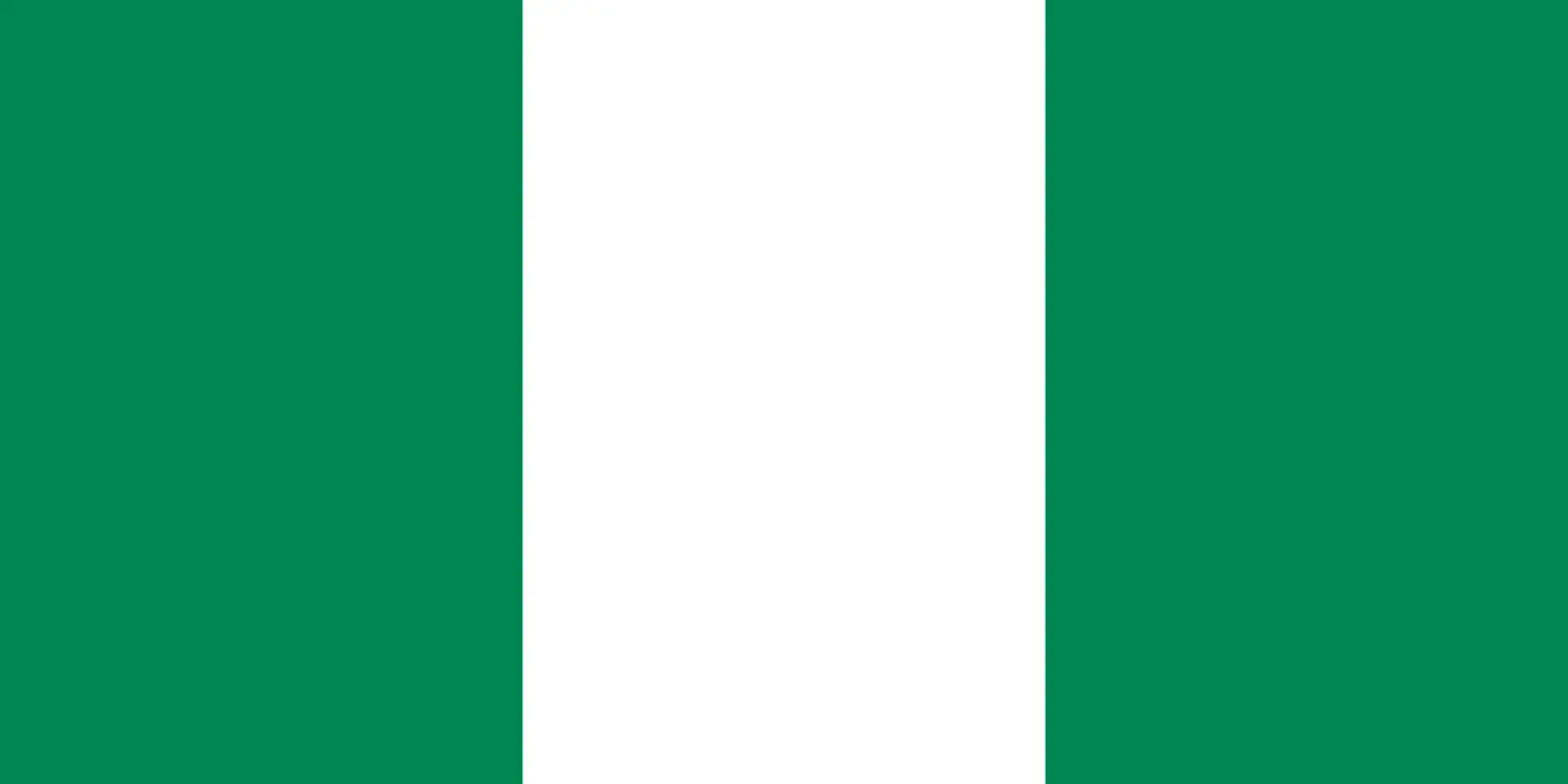 Nigeria (+234)
Nigeria (+234)
 Niue (+683)
Niue (+683)
 Norfolk Island (+672)
Norfolk Island (+672)
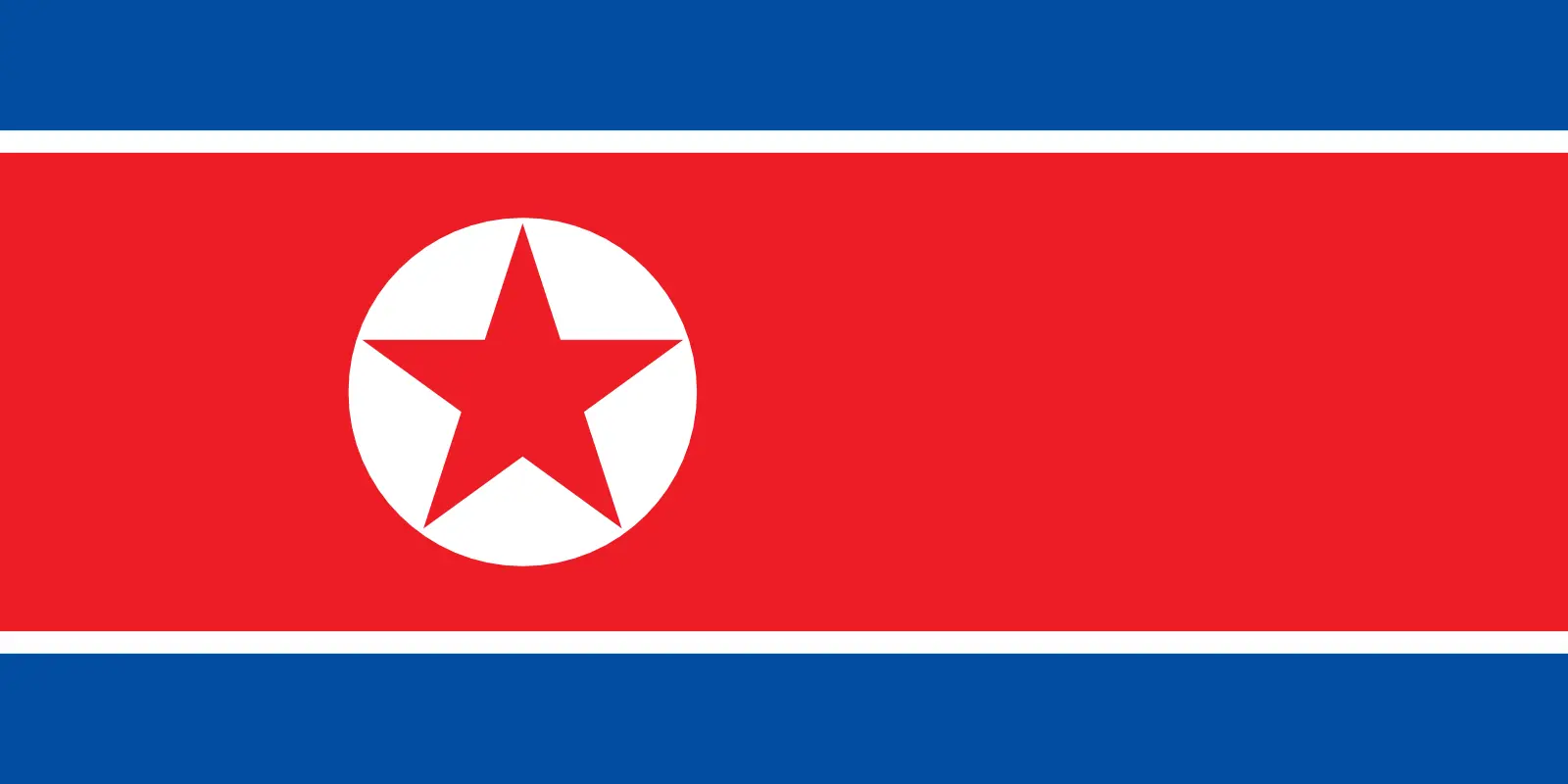 North Korea (+850)
North Korea (+850)
 Northern Mariana Islands (+1670)
Northern Mariana Islands (+1670)
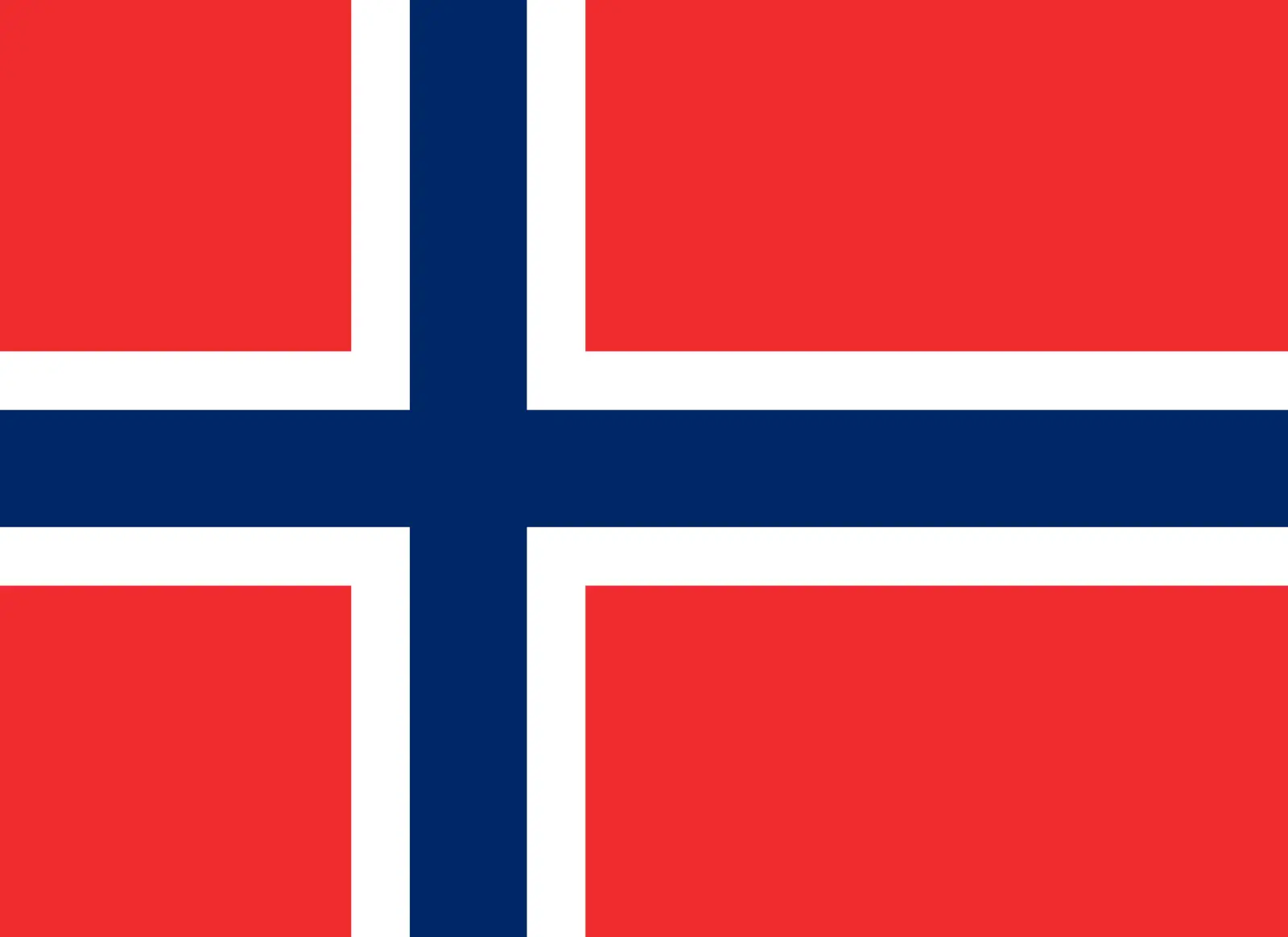 Norway (+47)
Norway (+47)
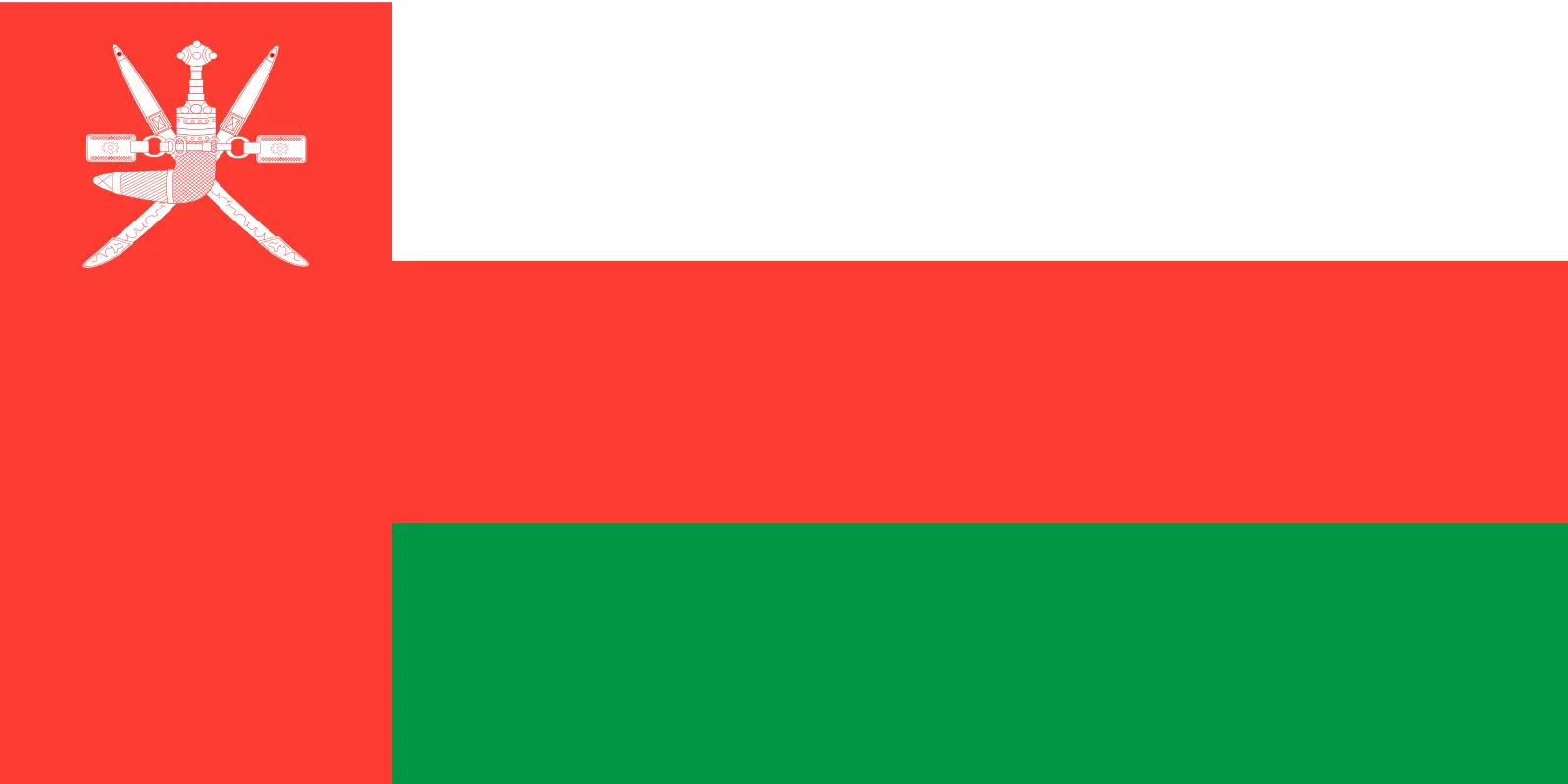 Oman (+968)
Oman (+968)
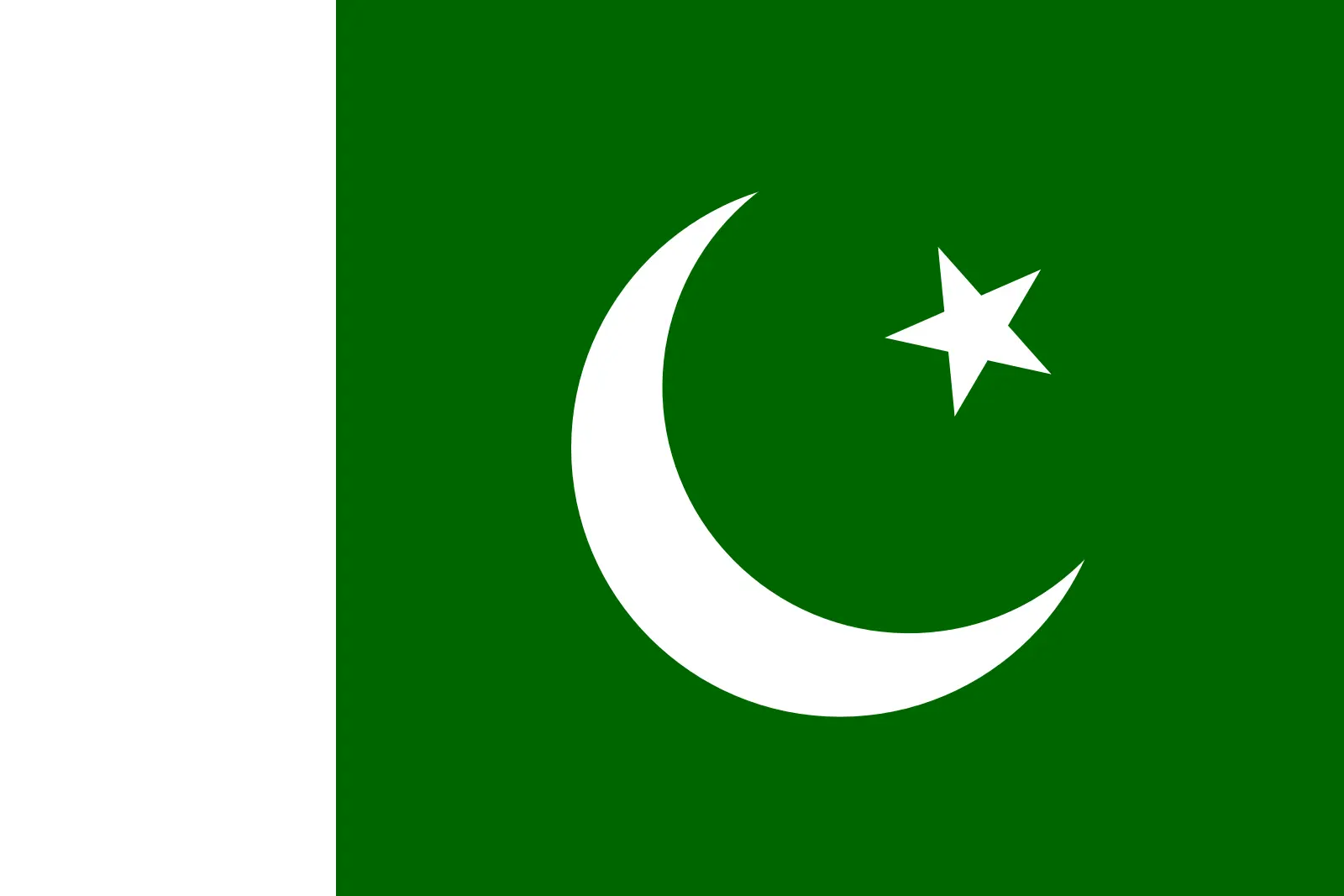 Pakistan (+92)
Pakistan (+92)
 Palau (+680)
Palau (+680)
 Palestine (+970)
Palestine (+970)
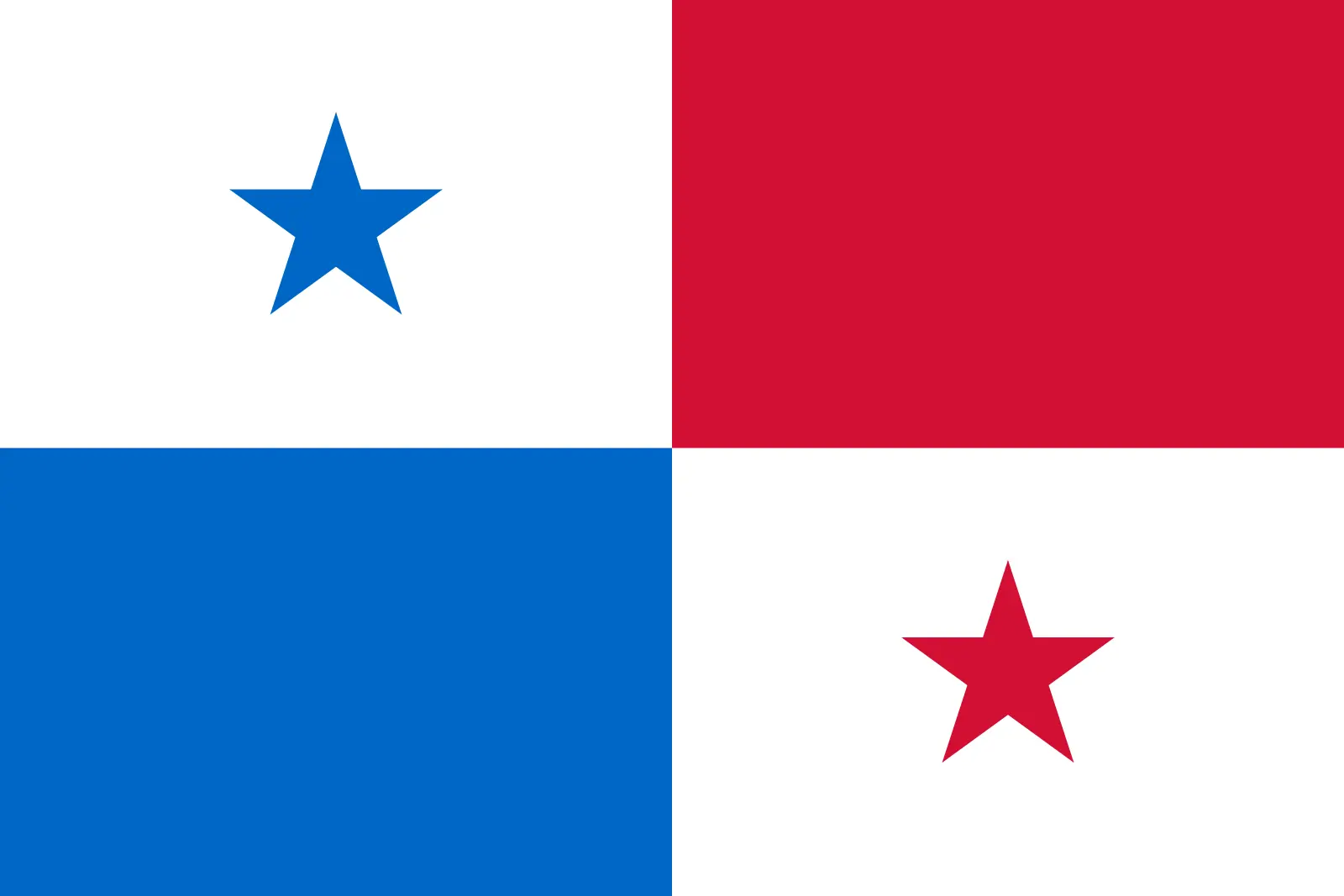 Panama (+507)
Panama (+507)
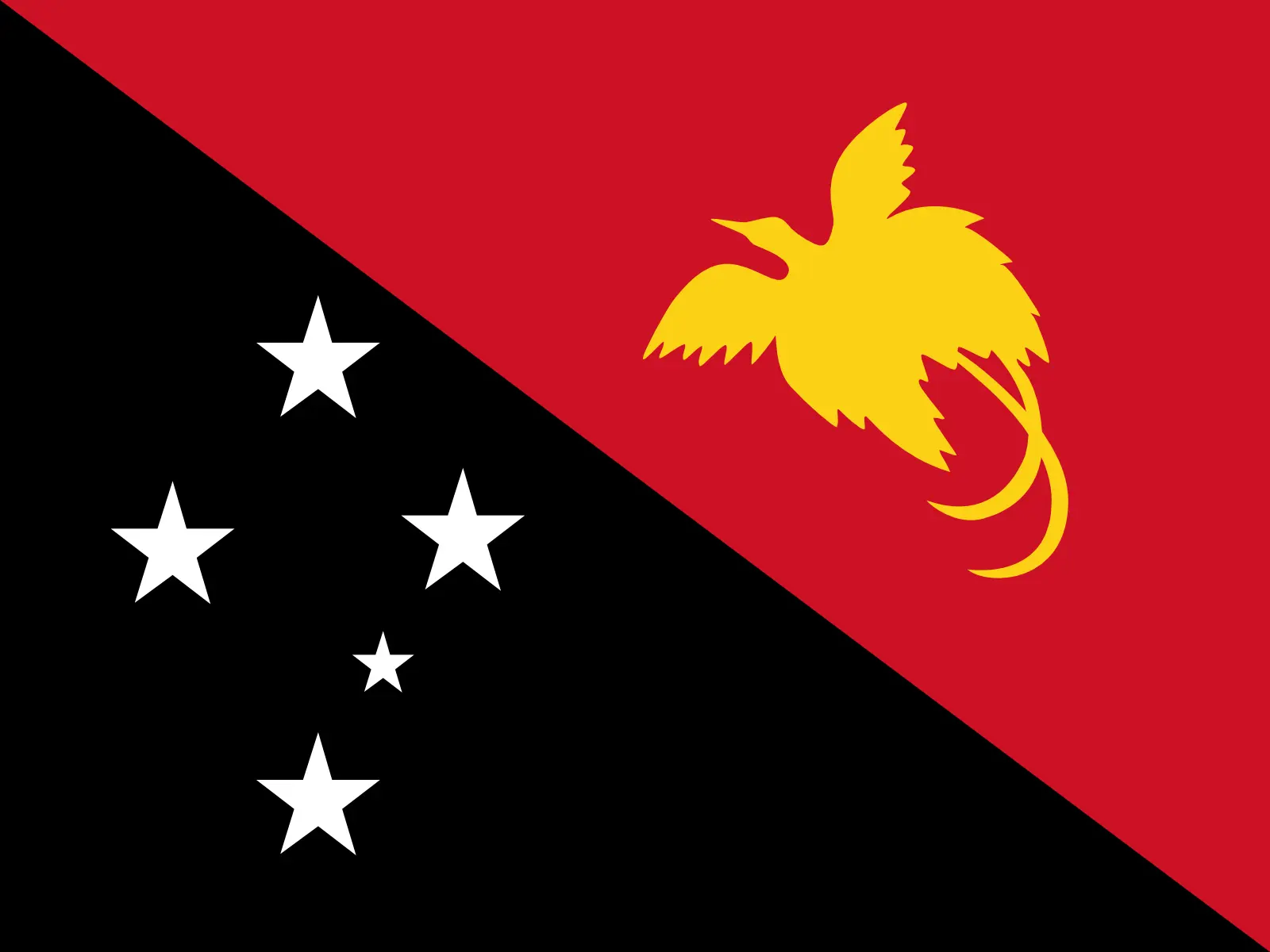 Papua New Guinea (+675)
Papua New Guinea (+675)
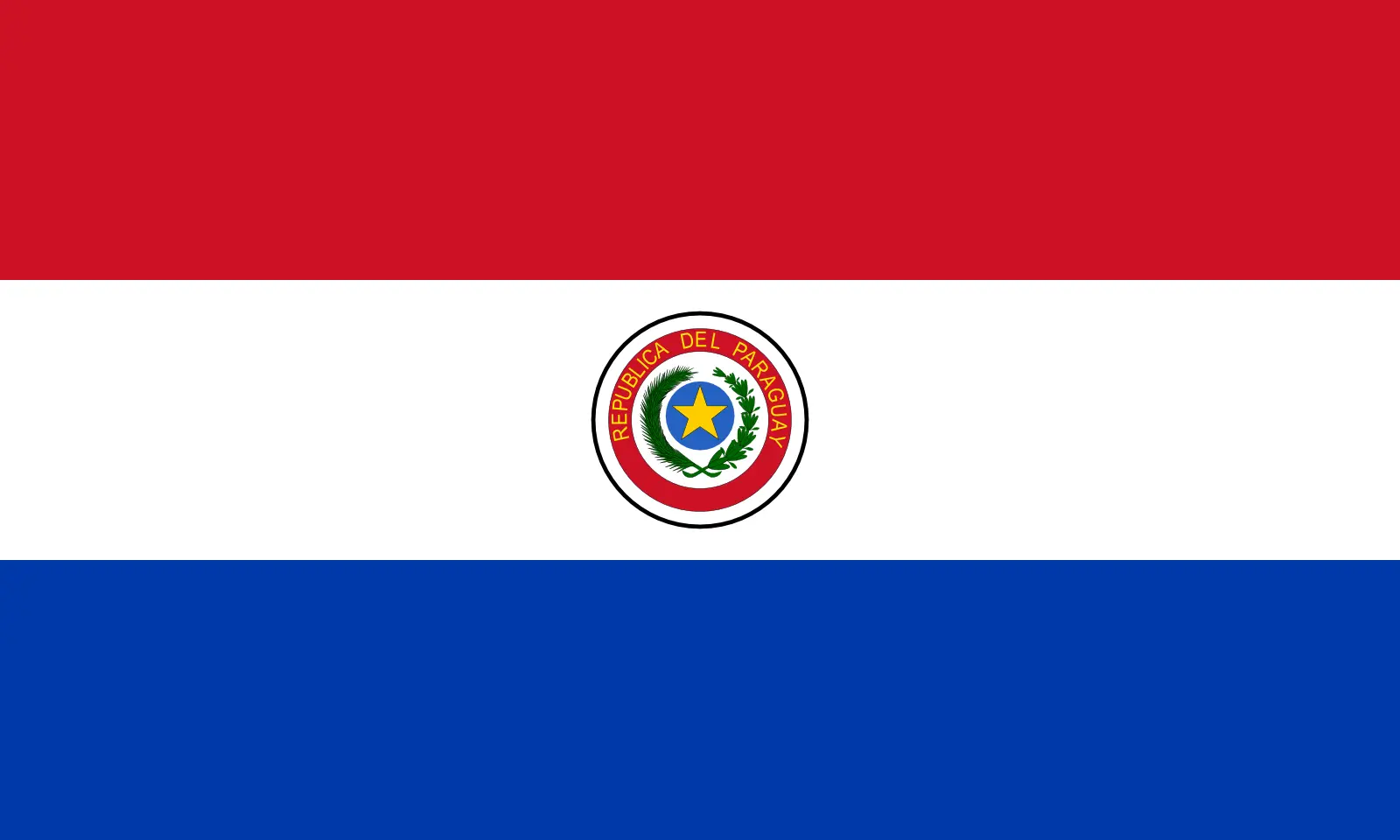 Paraguay (+595)
Paraguay (+595)
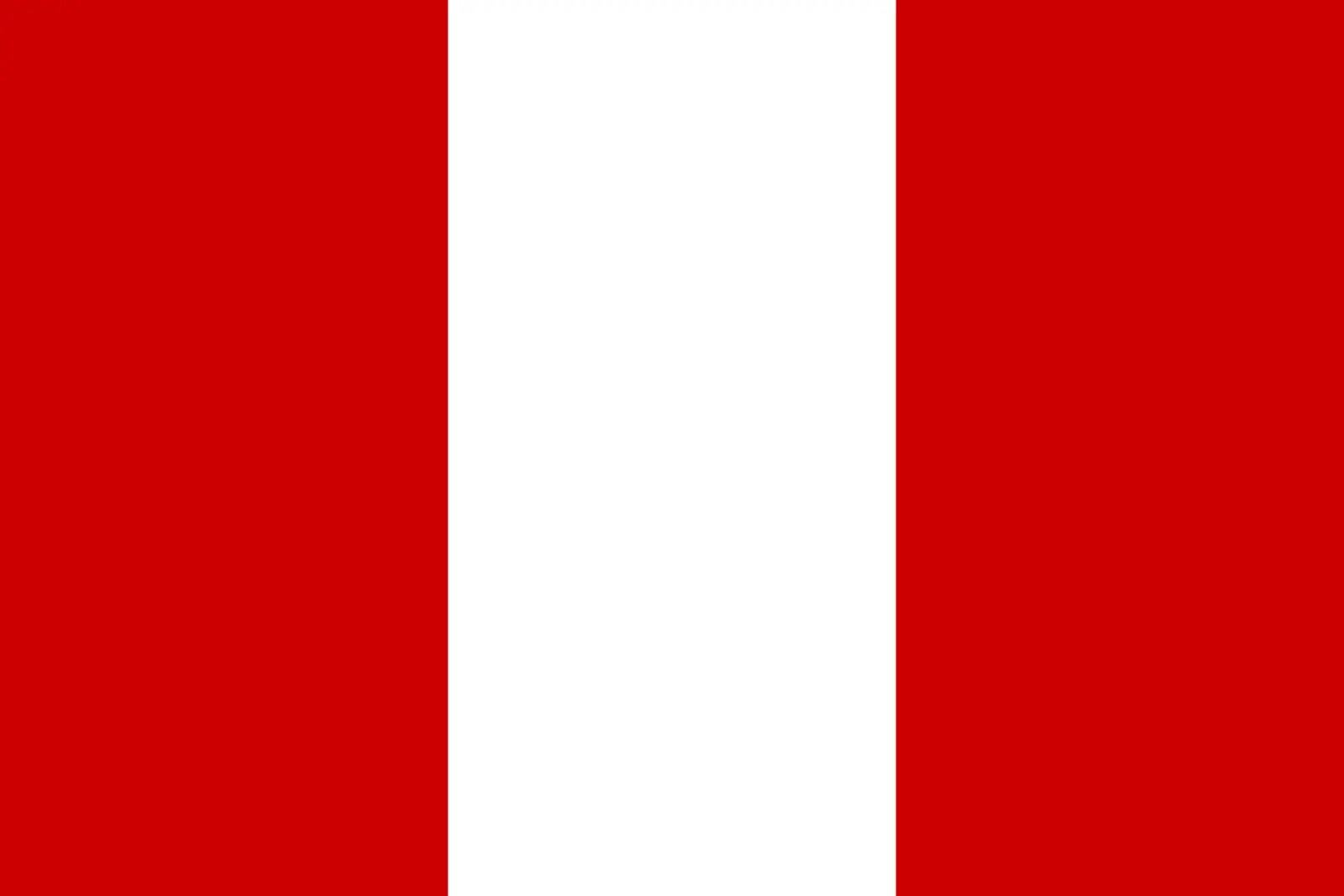 Peru (+51)
Peru (+51)
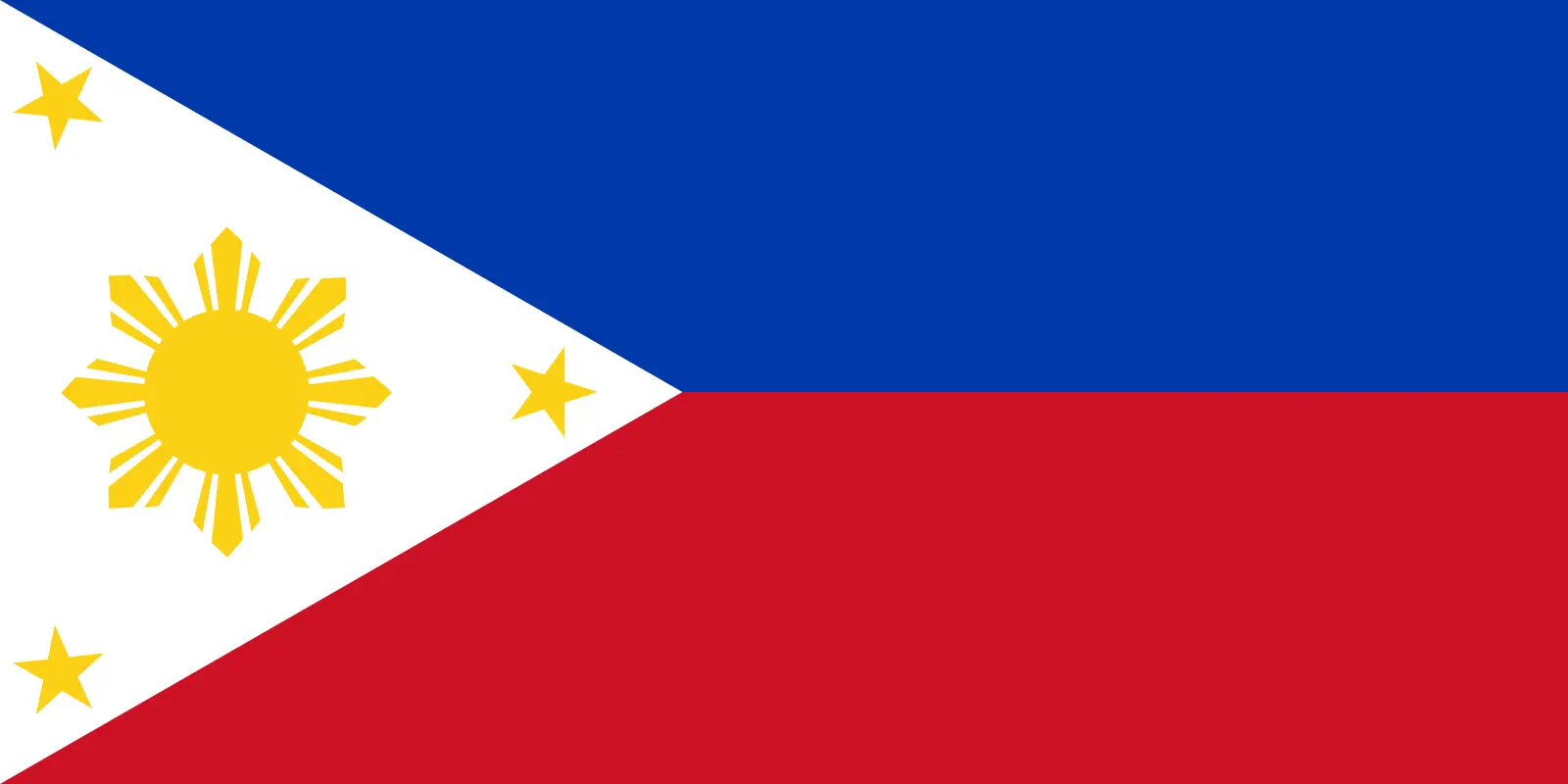 Philippines (+63)
Philippines (+63)
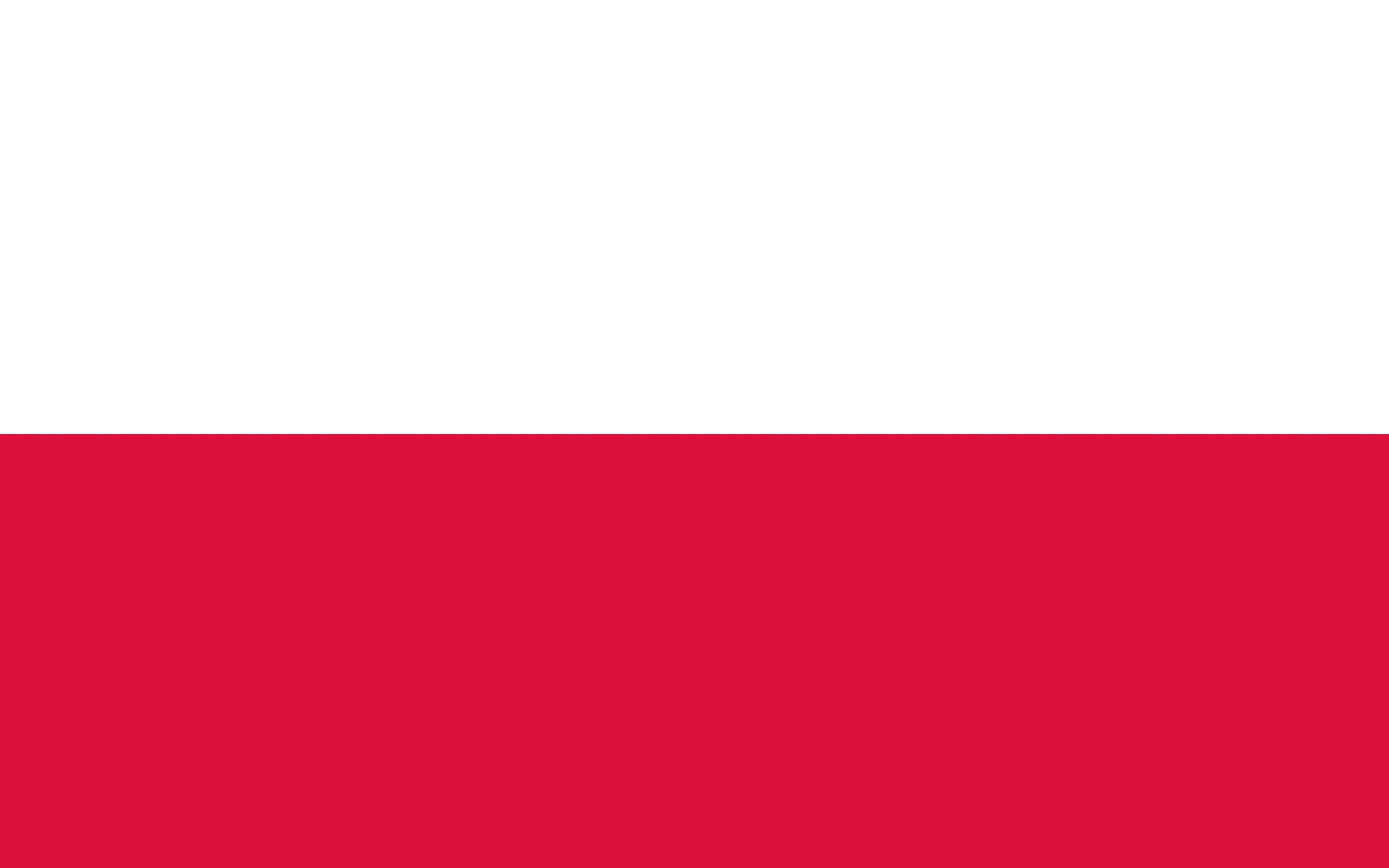 Poland (+48)
Poland (+48)
 Portugal (+351)
Portugal (+351)
 Puerto Rico (+1787)
Puerto Rico (+1787)
 Qatar (+974)
Qatar (+974)
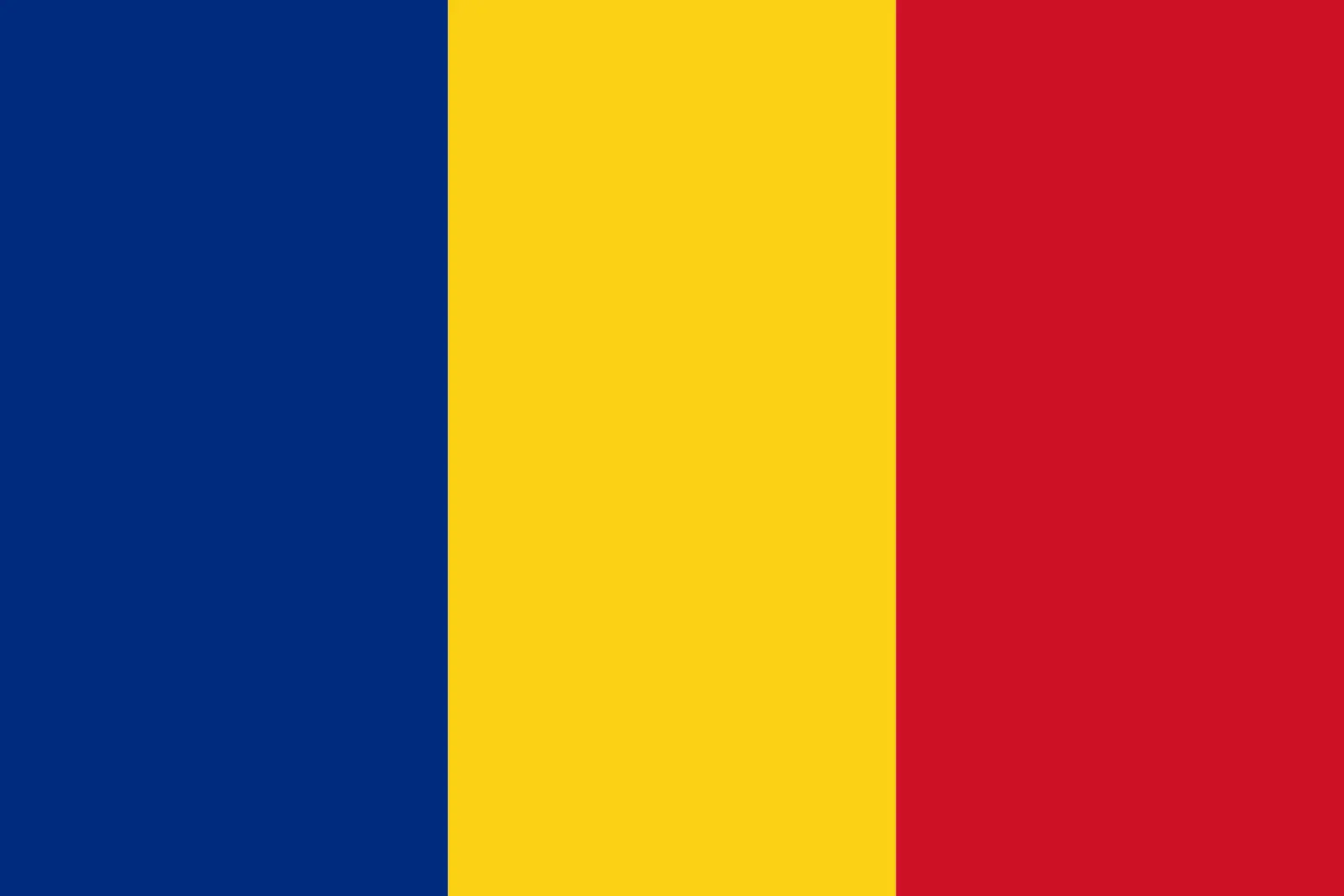 Romania (+40)
Romania (+40)
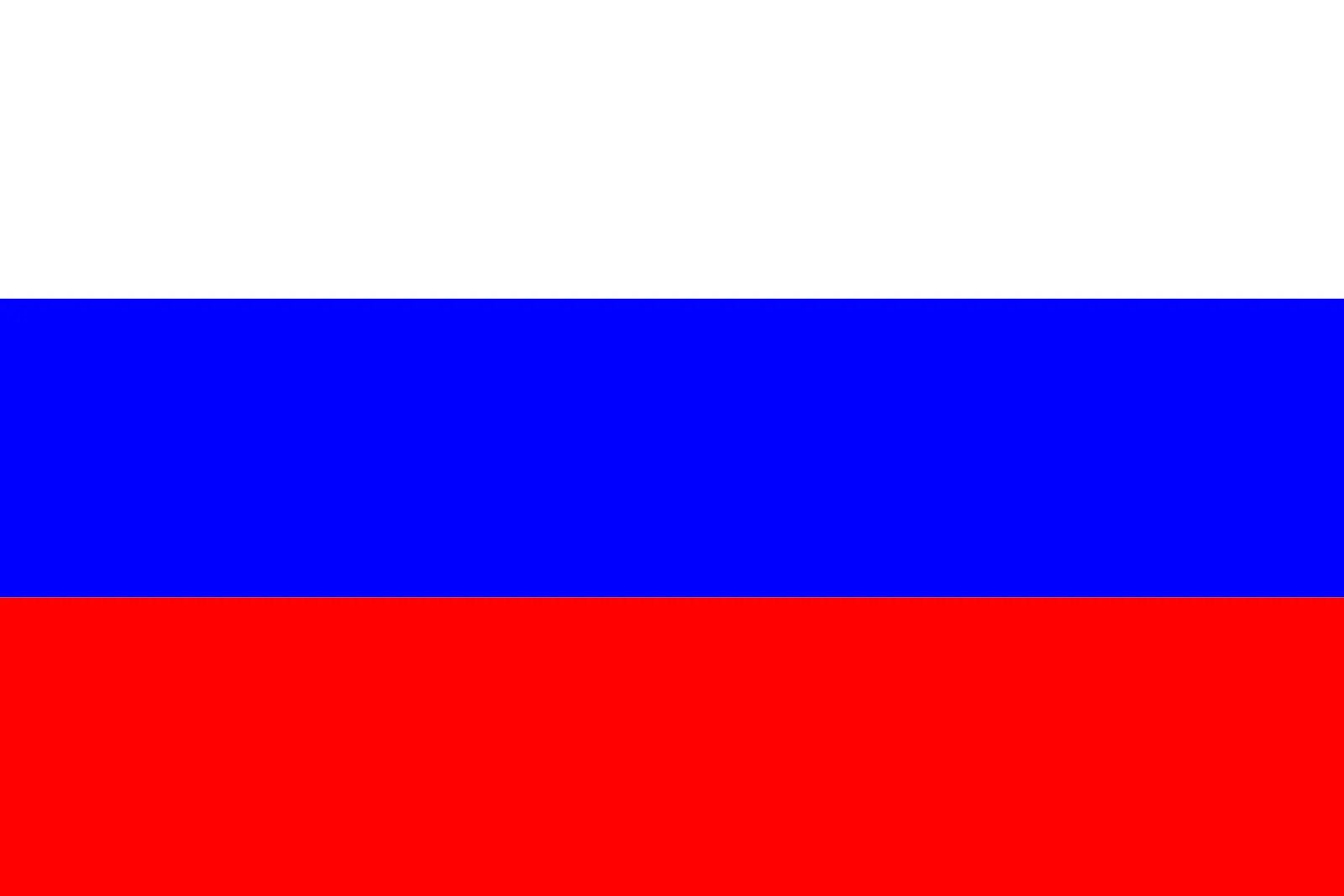 Russia (+7)
Russia (+7)
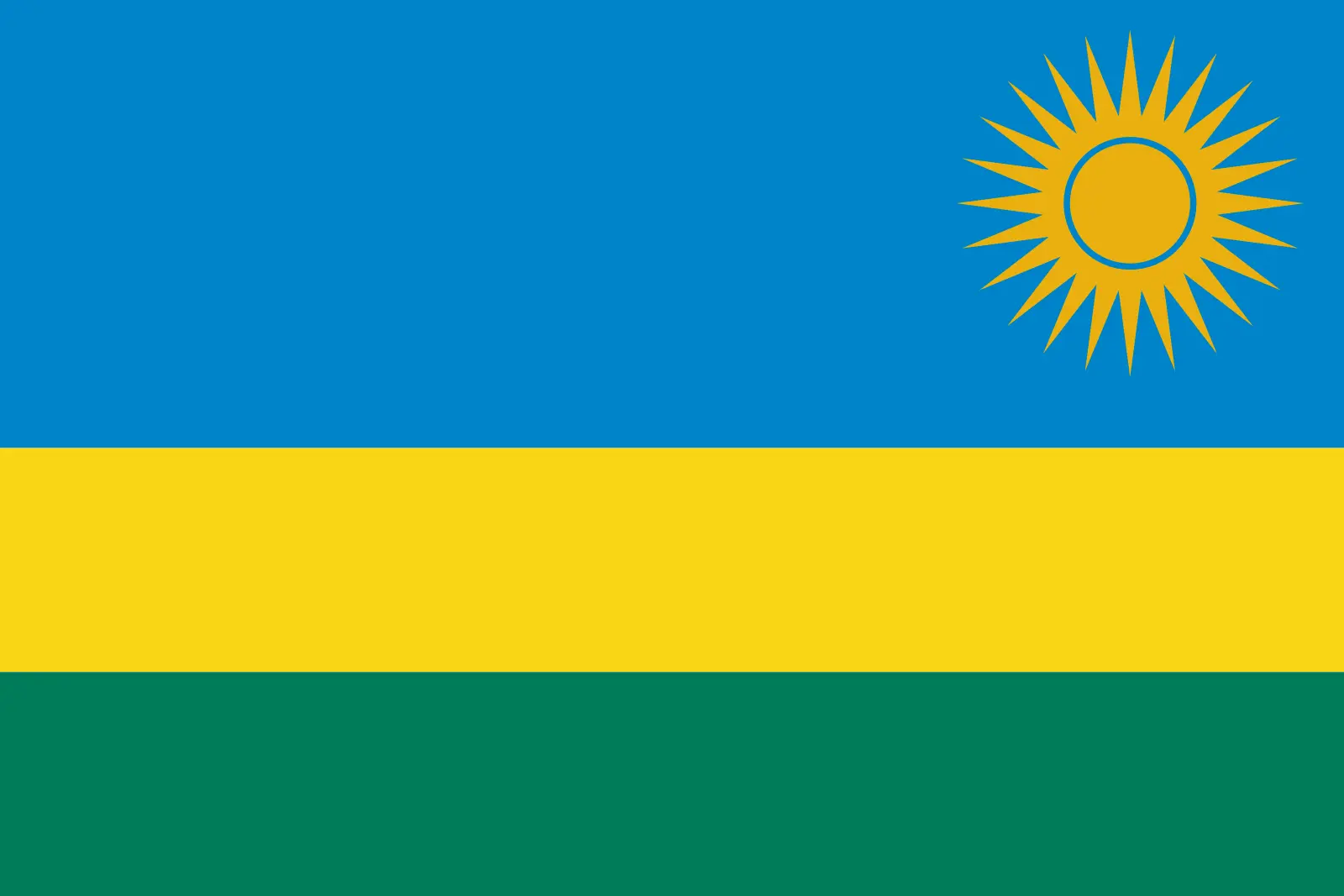 Rwanda (+250)
Rwanda (+250)
 Saint Barthélemy (+590)
Saint Barthélemy (+590)
 Saint Helena, Ascension and Tristan da Cunha (+290)
Saint Helena, Ascension and Tristan da Cunha (+290)
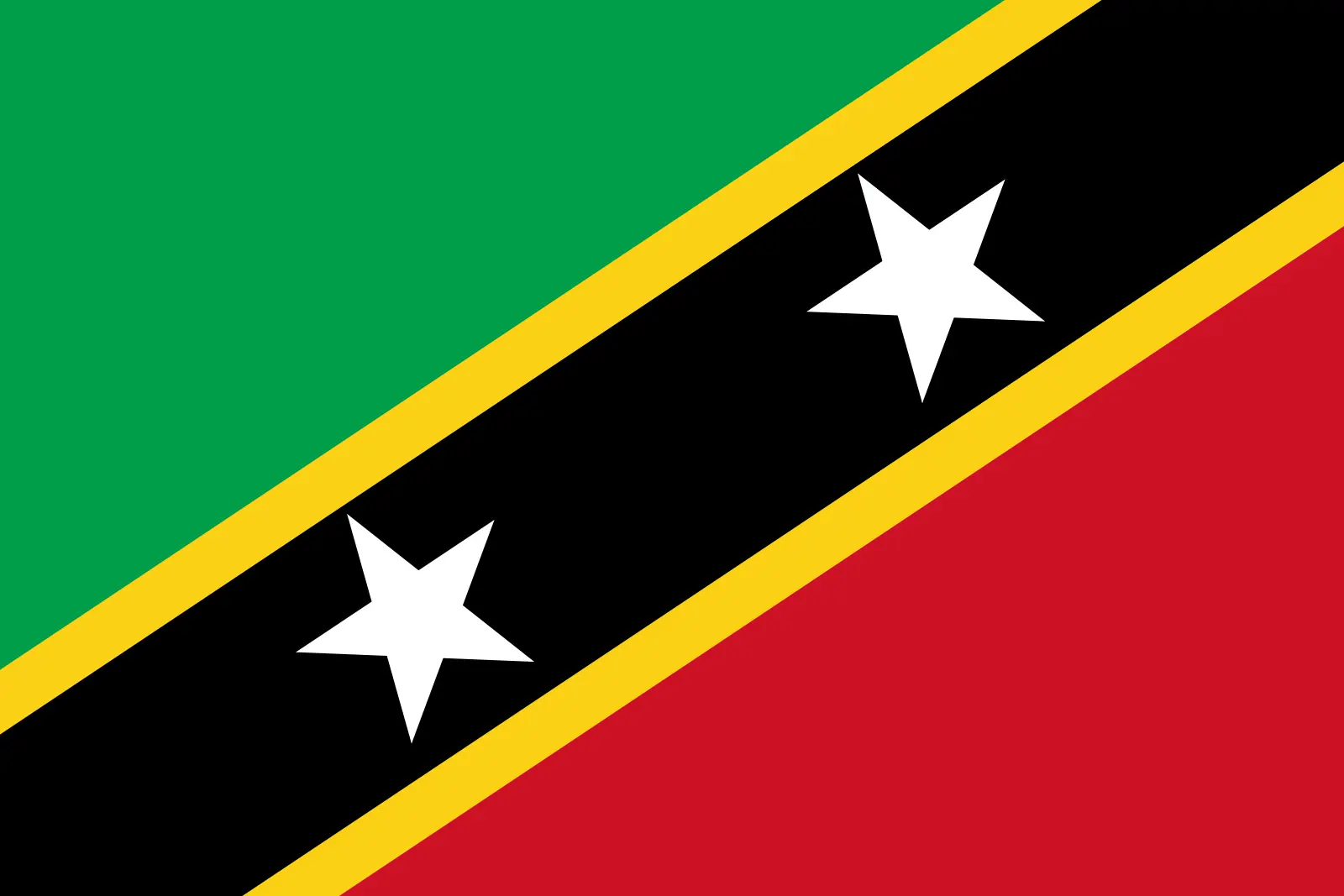 Saint Kitts and Nevis (+1869)
Saint Kitts and Nevis (+1869)
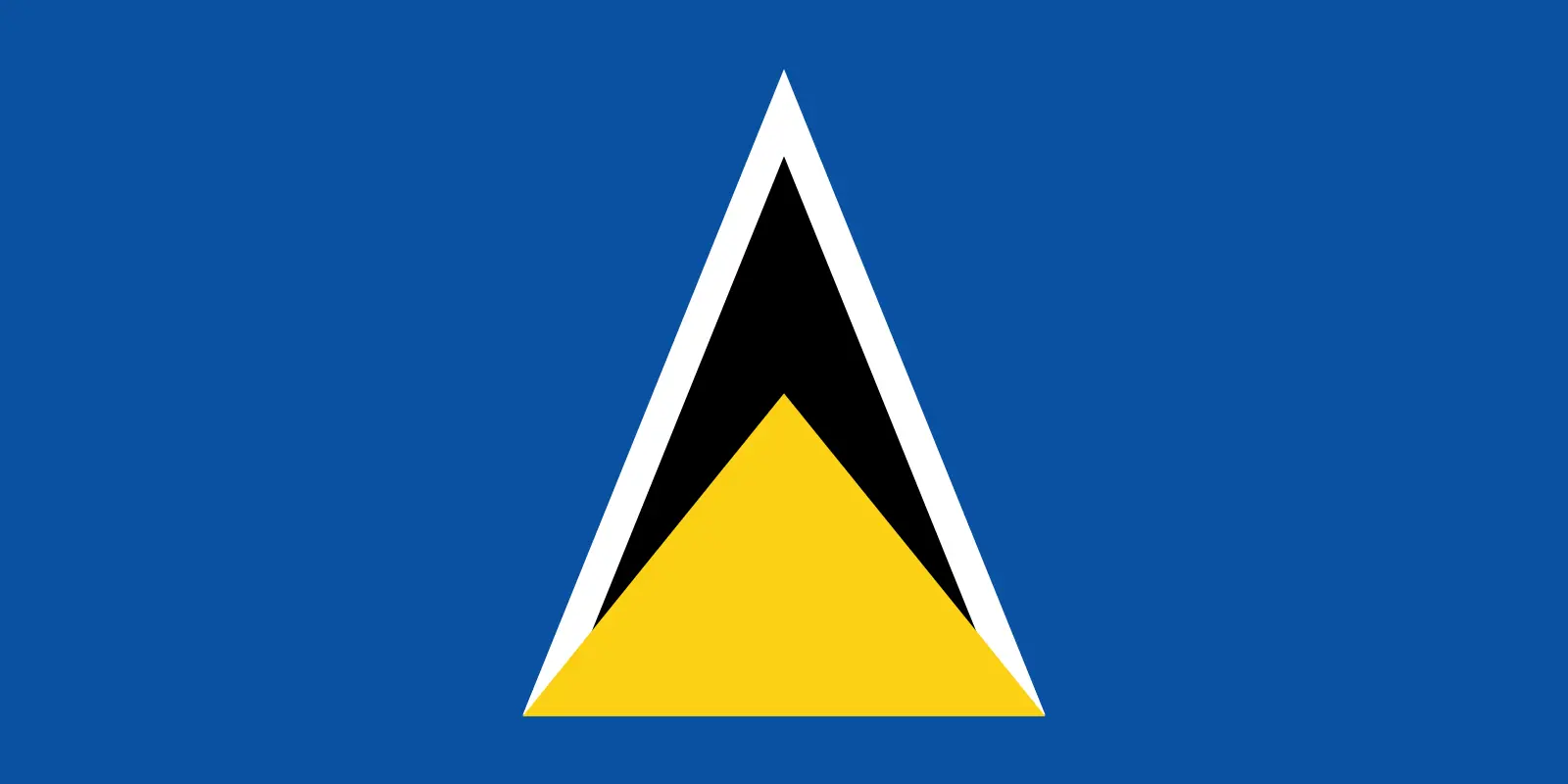 Saint Lucia (+1758)
Saint Lucia (+1758)
 Saint Martin (French part) (+590)
Saint Martin (French part) (+590)
 Saint Pierre and Miquelon (+508)
Saint Pierre and Miquelon (+508)
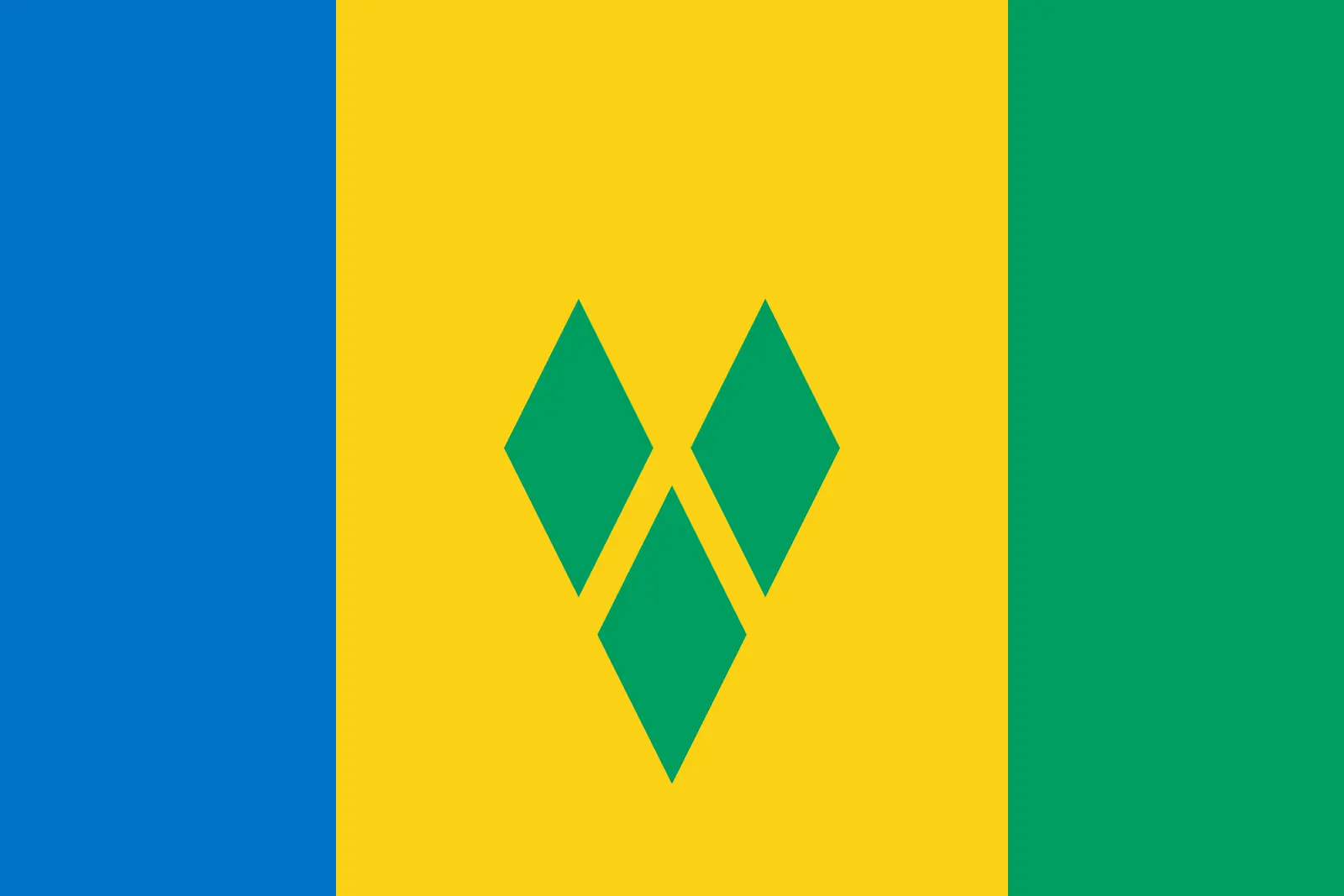 Saint Vincent and the Grenadines (+1784)
Saint Vincent and the Grenadines (+1784)
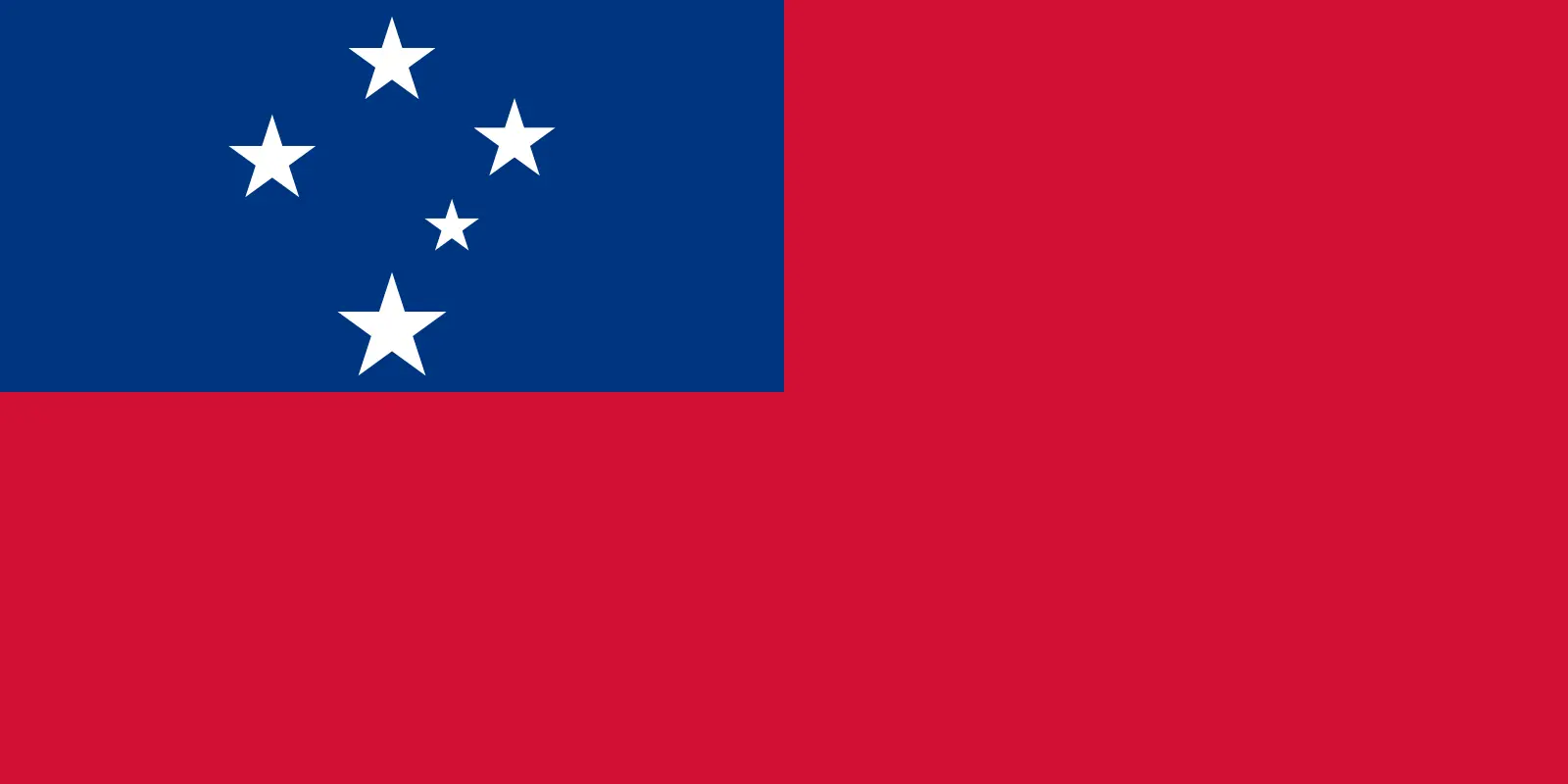 Samoa (+685)
Samoa (+685)
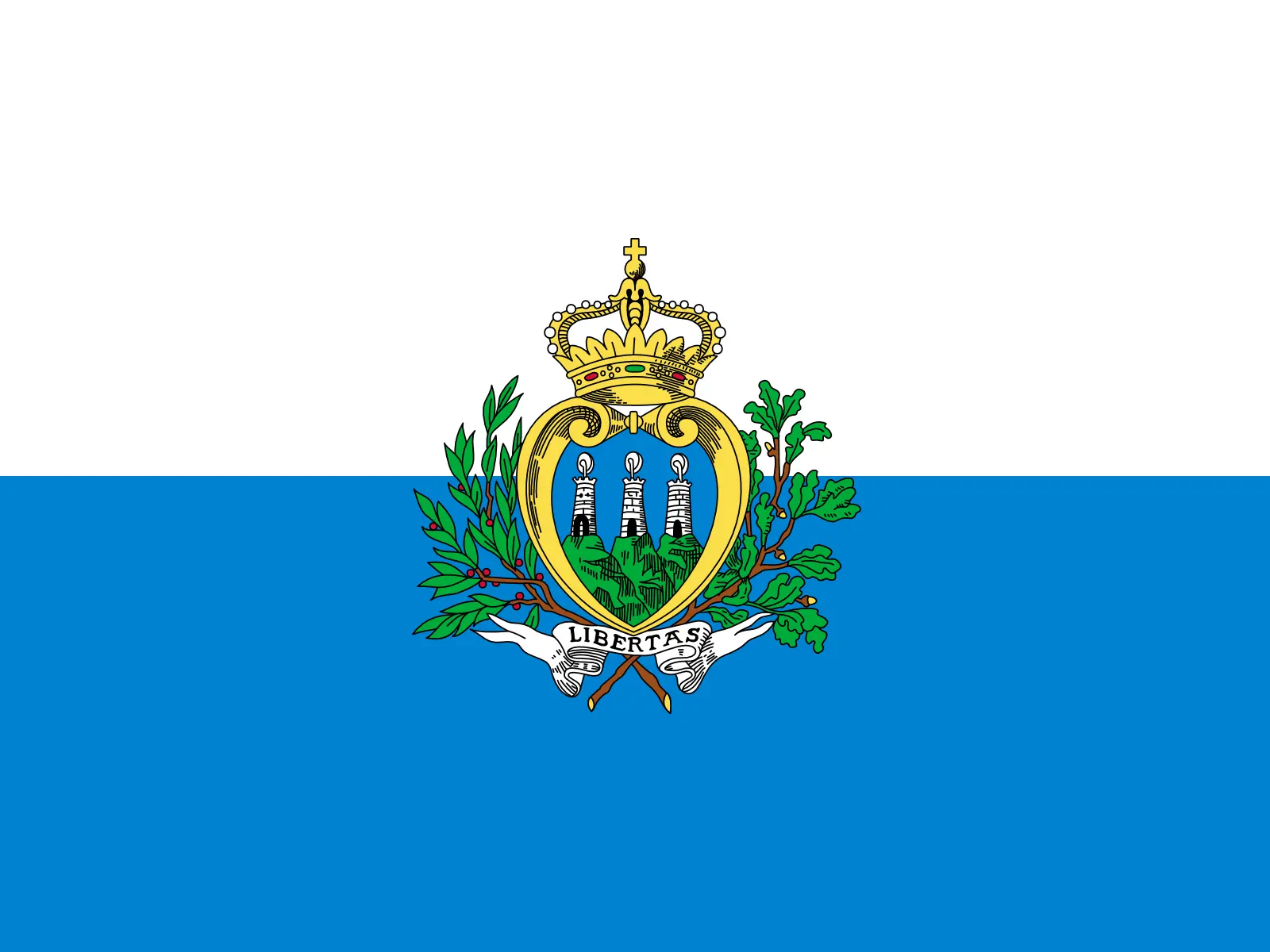 San Marino (+378)
San Marino (+378)
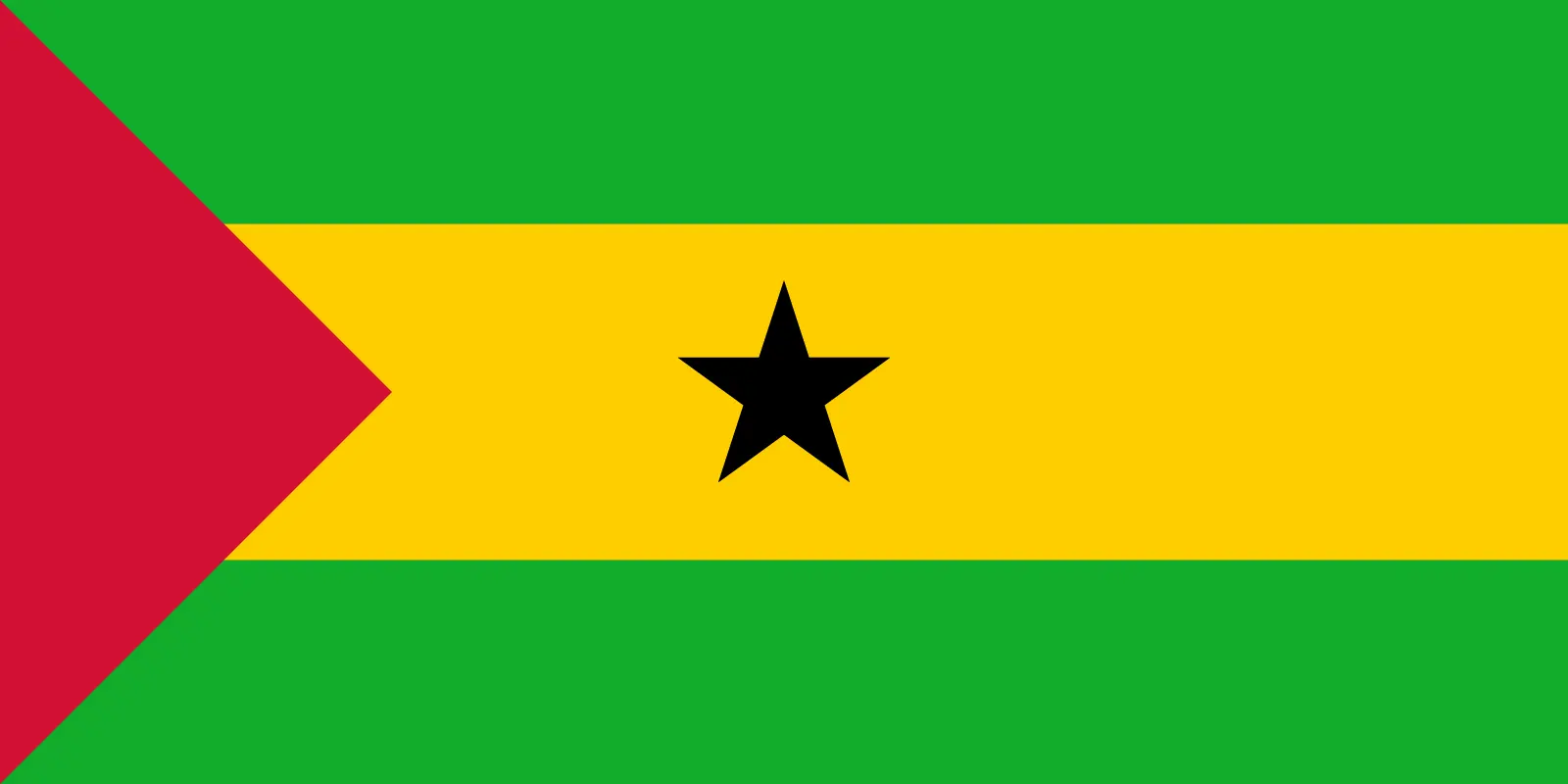 Sao Tome and Principe (+239)
Sao Tome and Principe (+239)
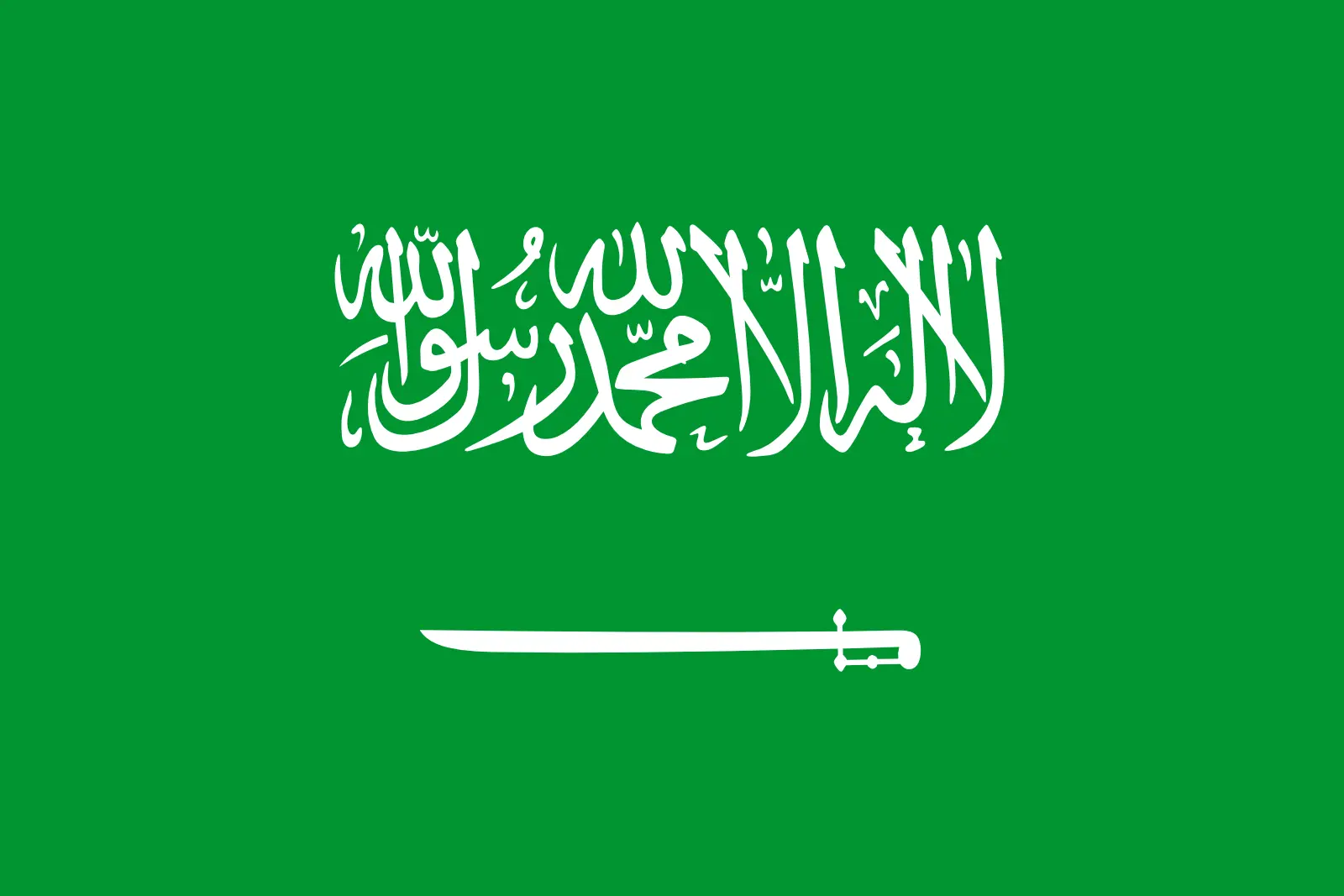 Saudi Arabia (+966)
Saudi Arabia (+966)
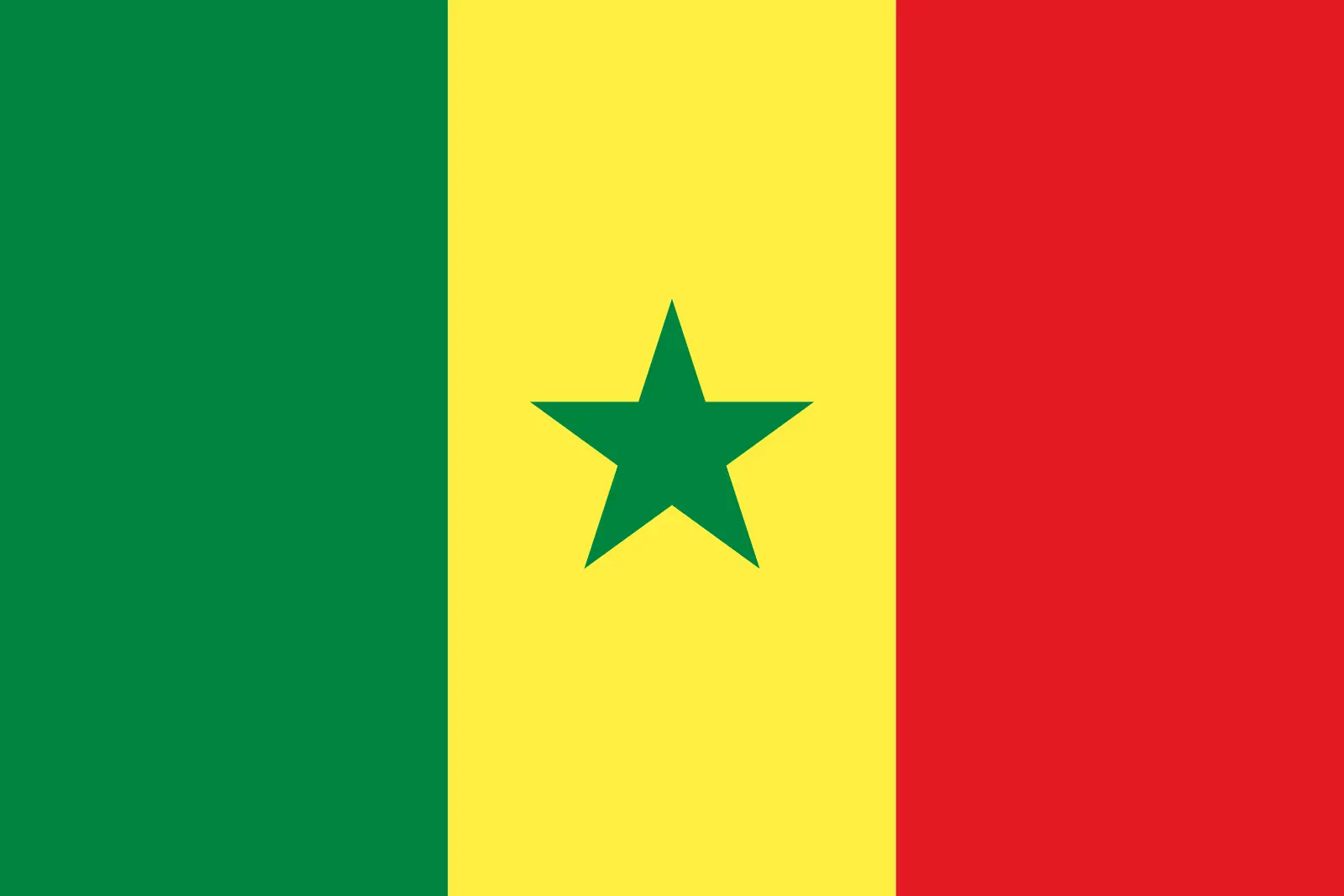 Senegal (+221)
Senegal (+221)
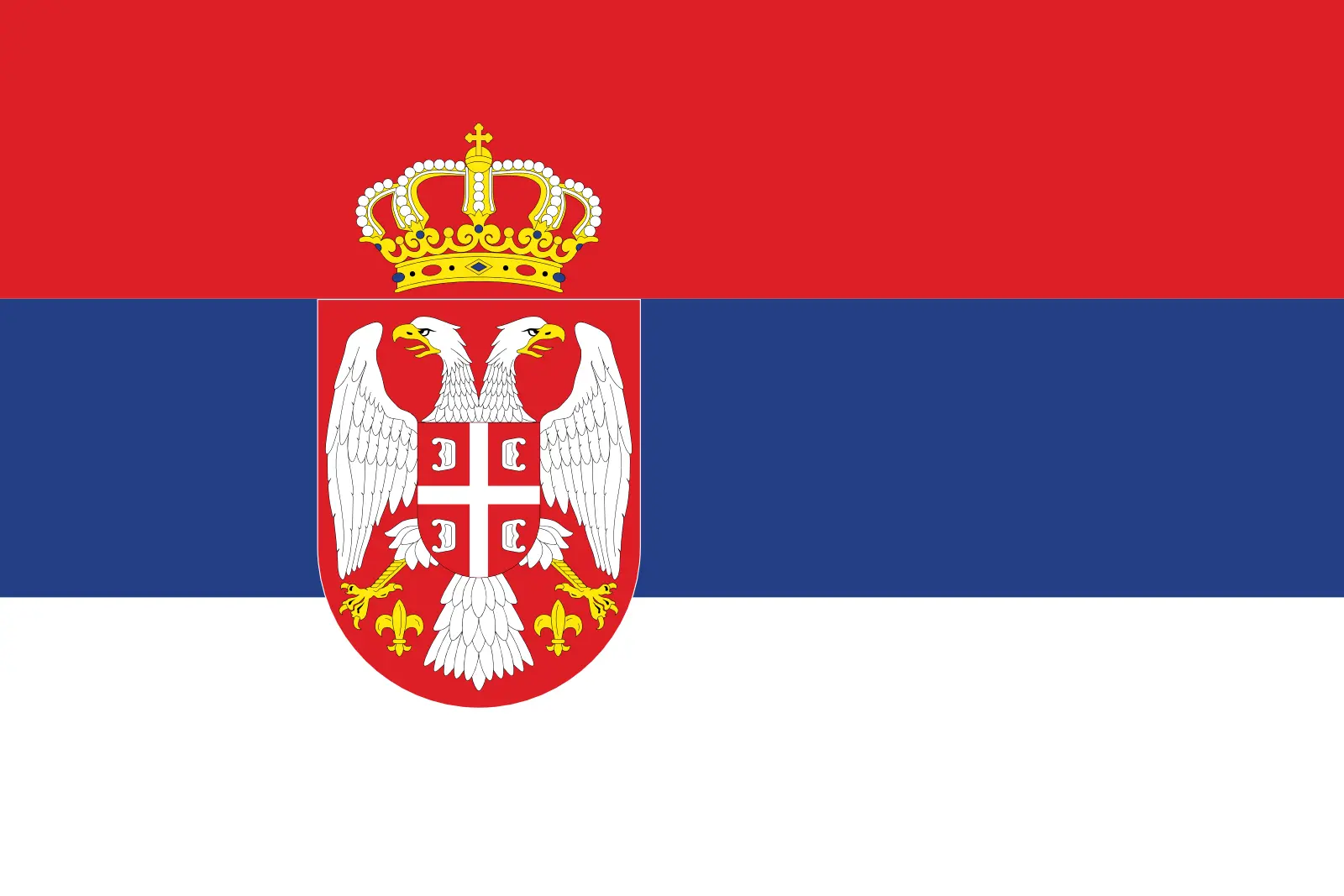 Serbia (+381)
Serbia (+381)
 Seychelles (+248)
Seychelles (+248)
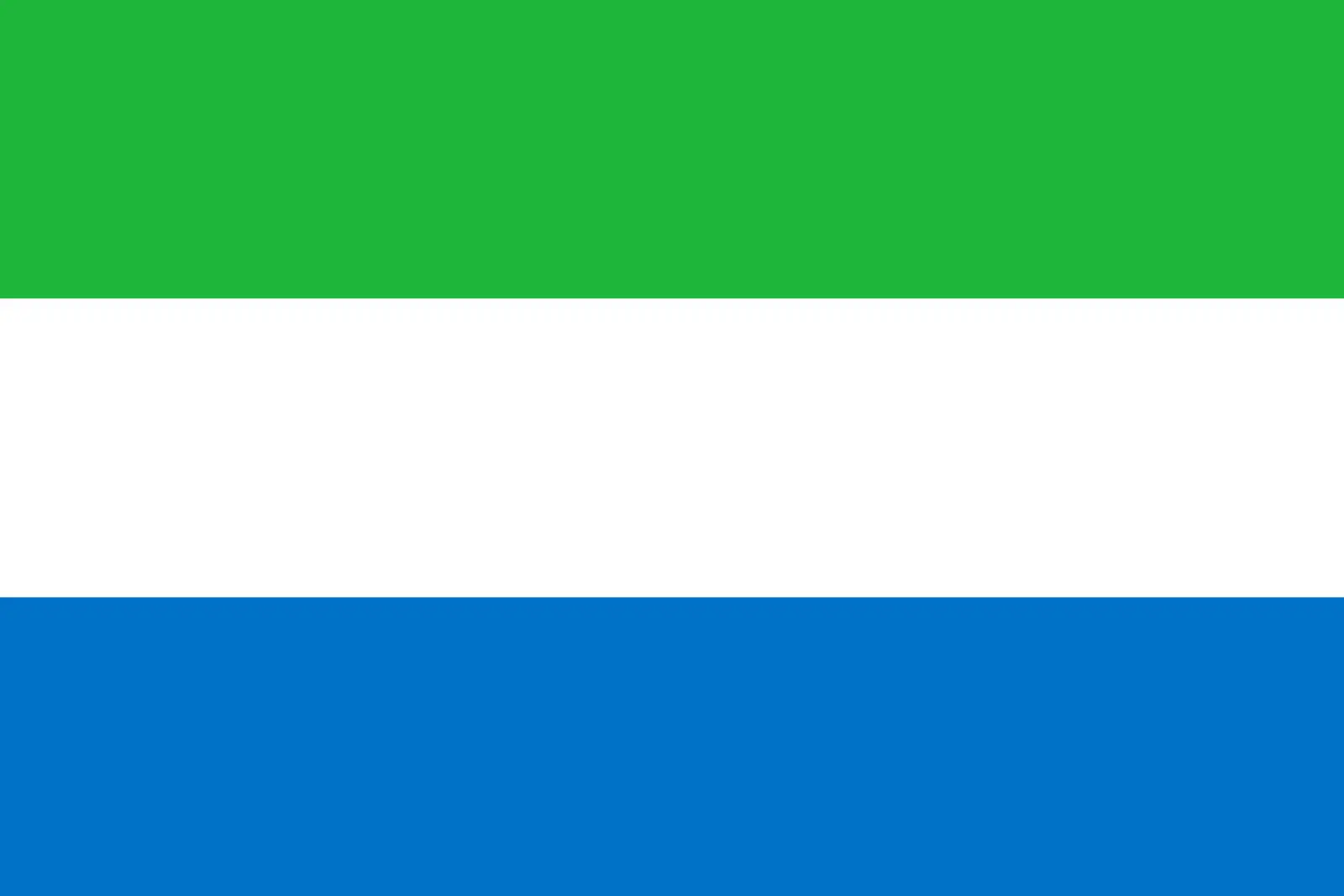 Sierra Leone (+232)
Sierra Leone (+232)
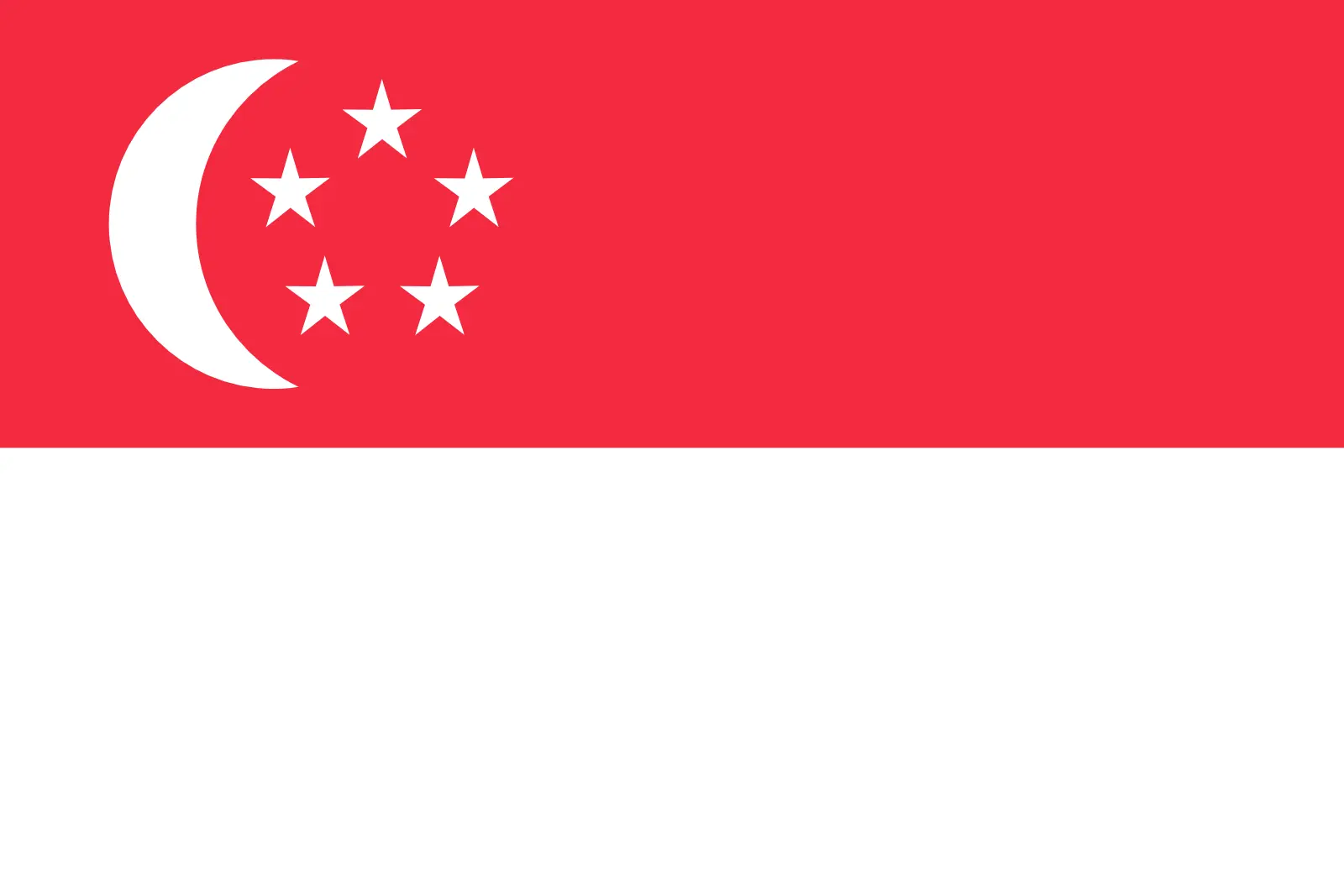 Singapore (+65)
Singapore (+65)
 Sint Maarten (Dutch part) (+1721)
Sint Maarten (Dutch part) (+1721)
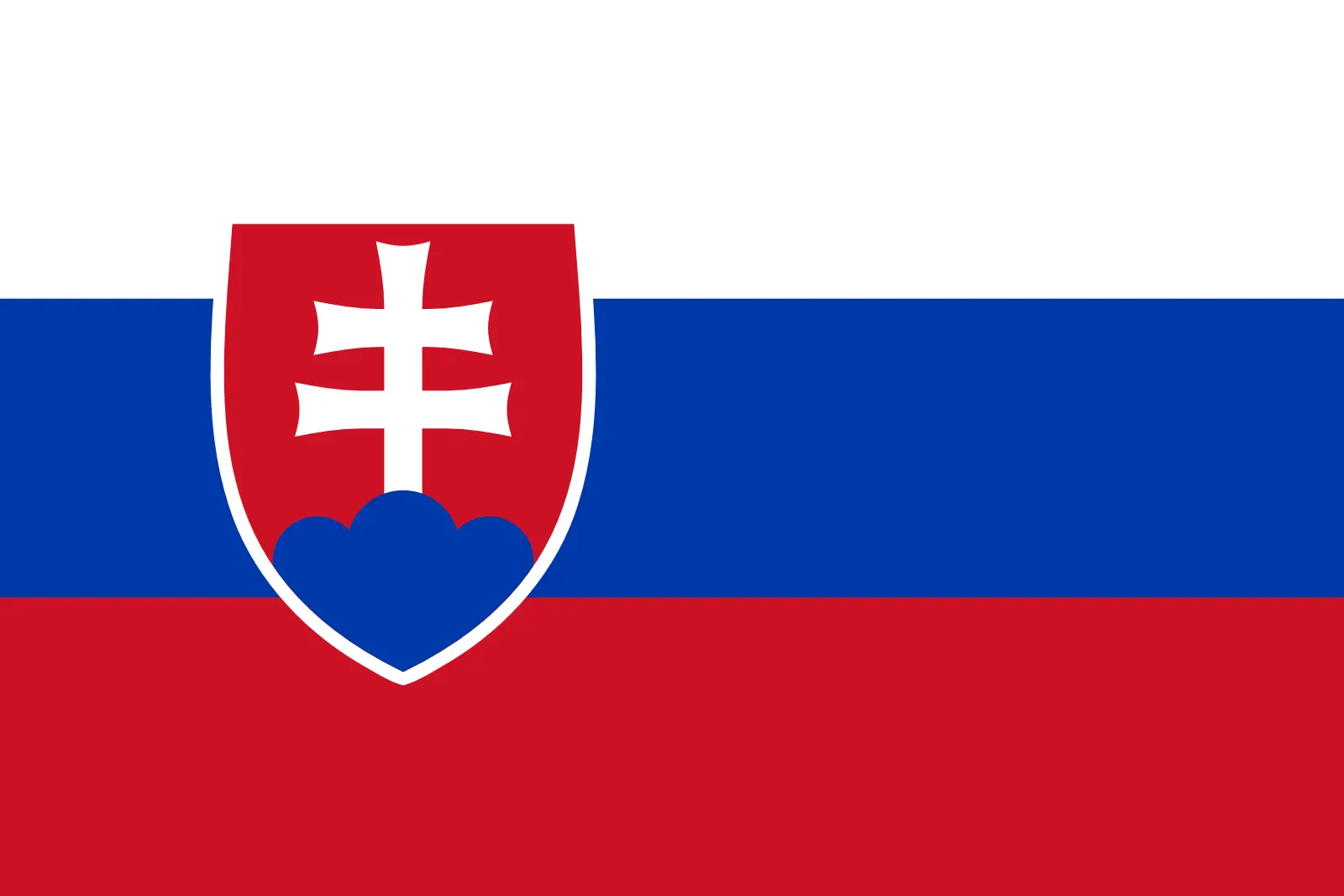 Slovakia (+421)
Slovakia (+421)
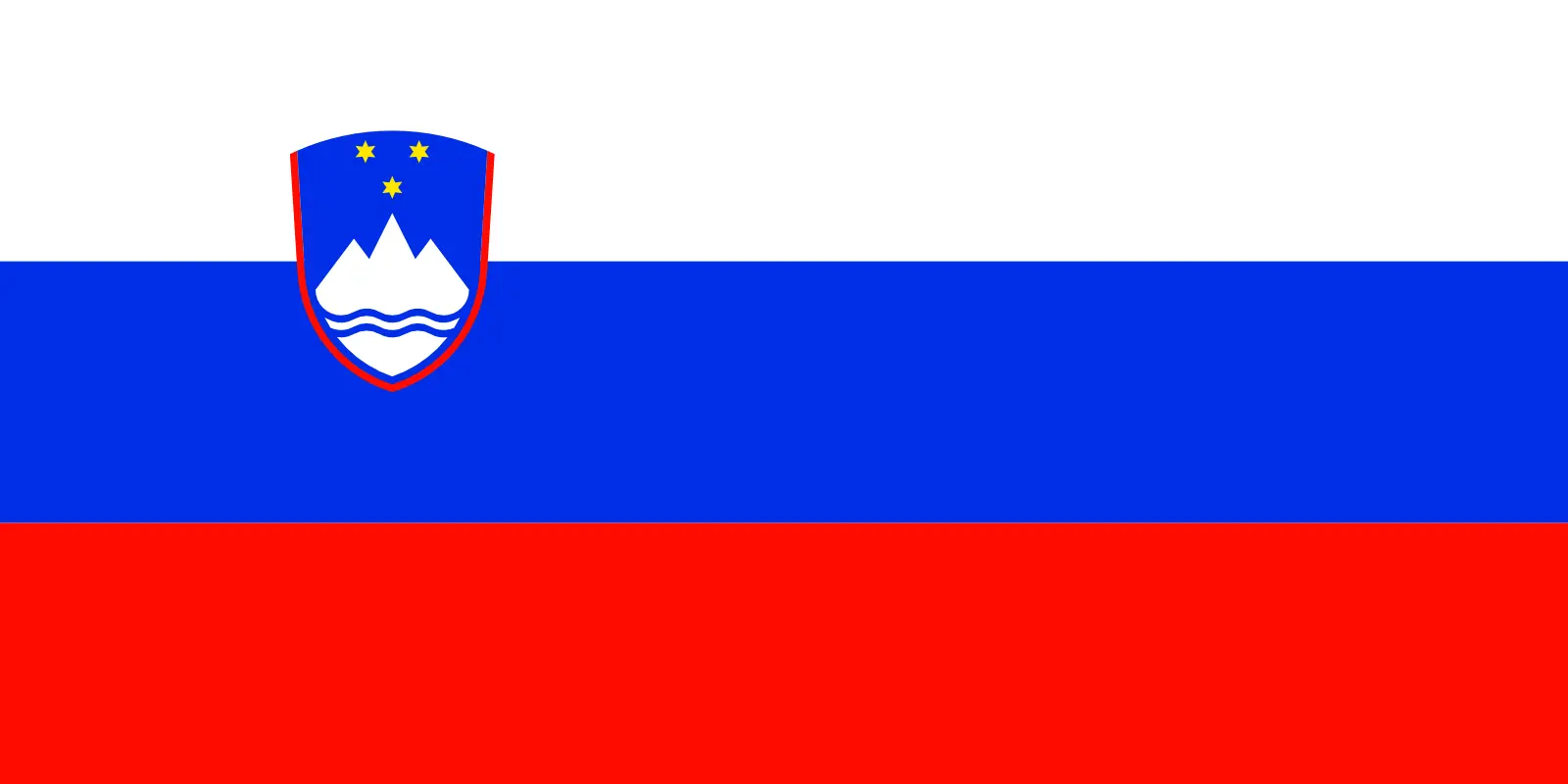 Slovenia (+386)
Slovenia (+386)
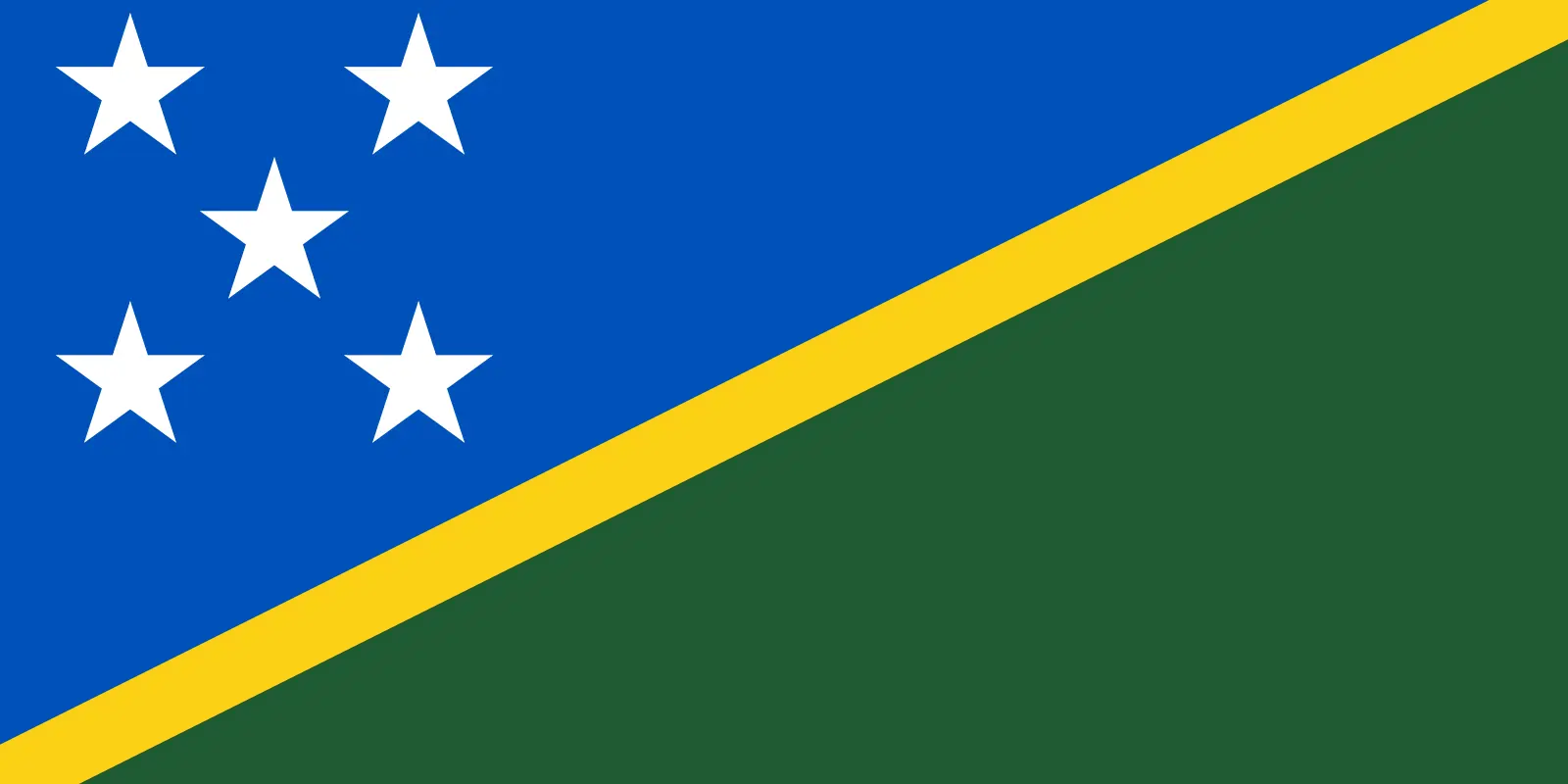 Solomon Islands (+677)
Solomon Islands (+677)
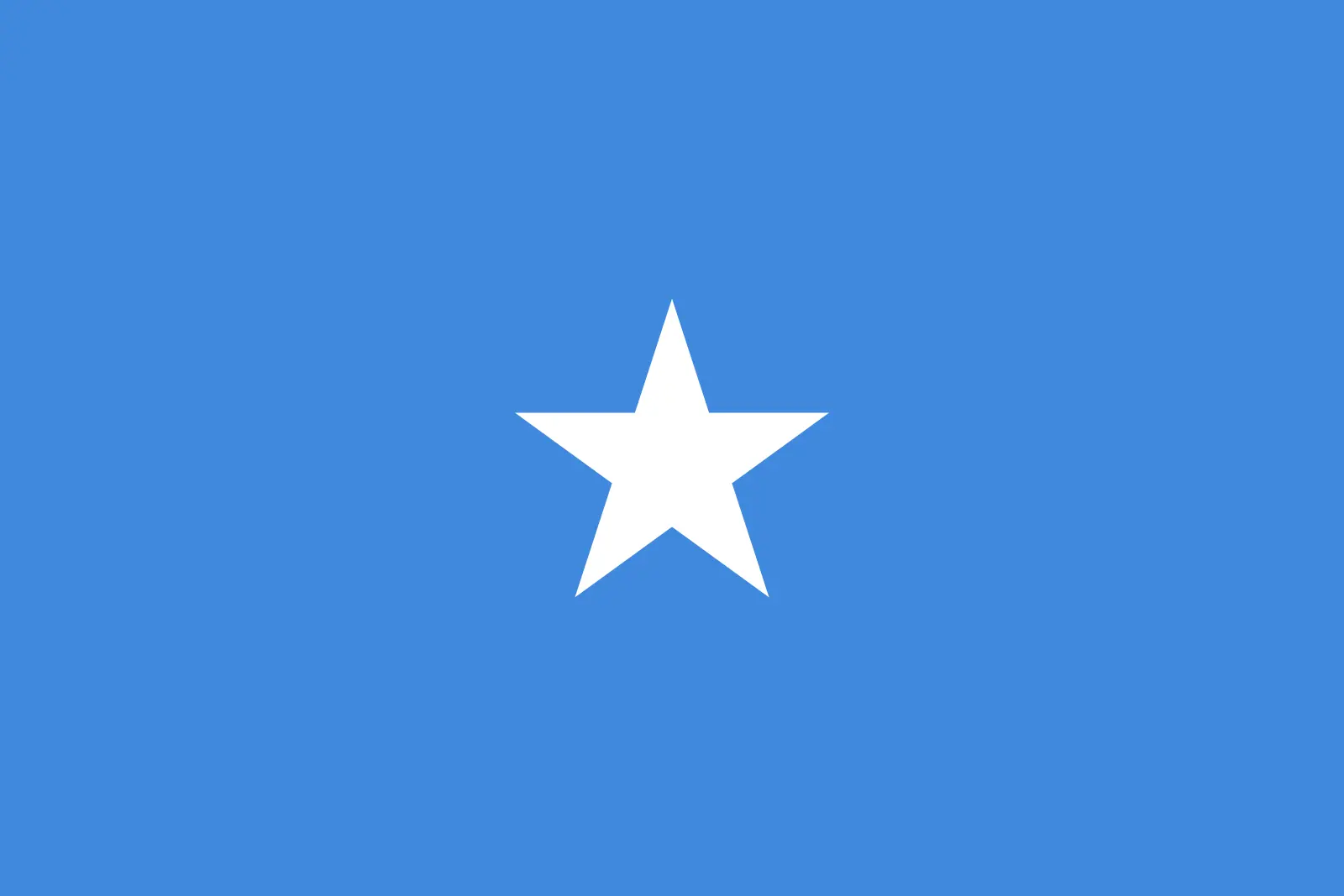 Somalia (+252)
Somalia (+252)
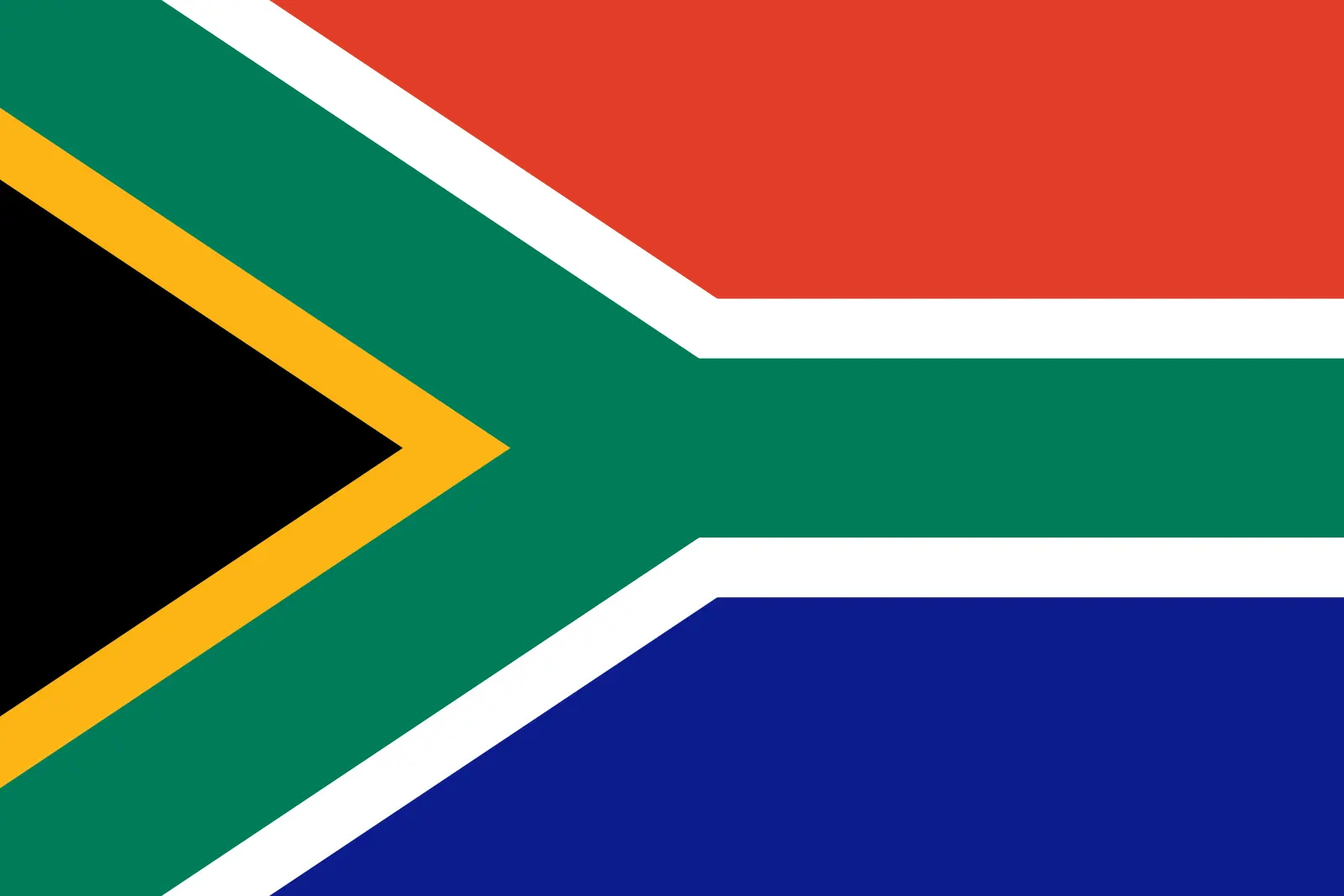 South Africa (+27)
South Africa (+27)
 South Georgia and the South Sandwich Islands (+0)
South Georgia and the South Sandwich Islands (+0)
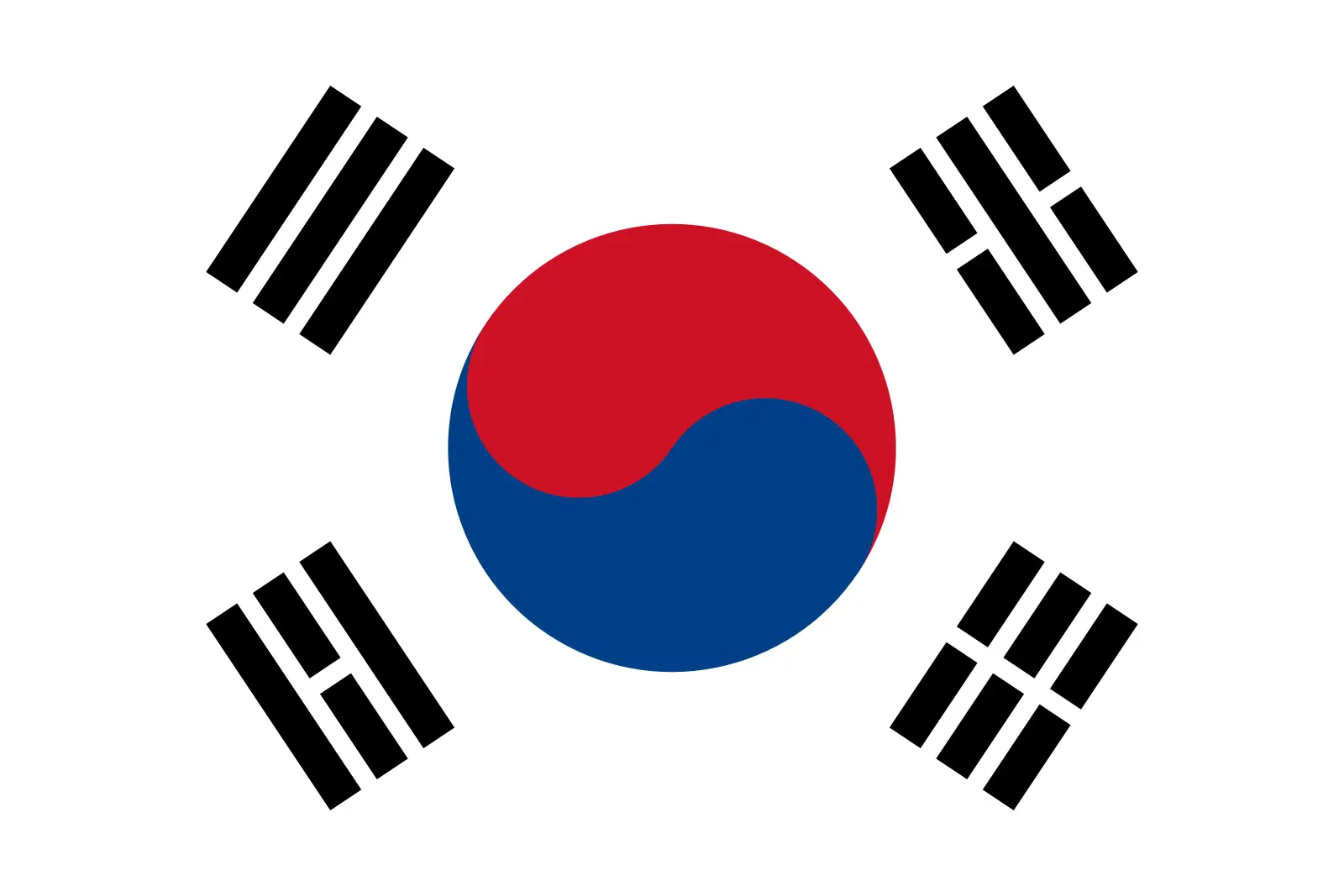 South Korea (+82)
South Korea (+82)
 South Sudan (+211)
South Sudan (+211)
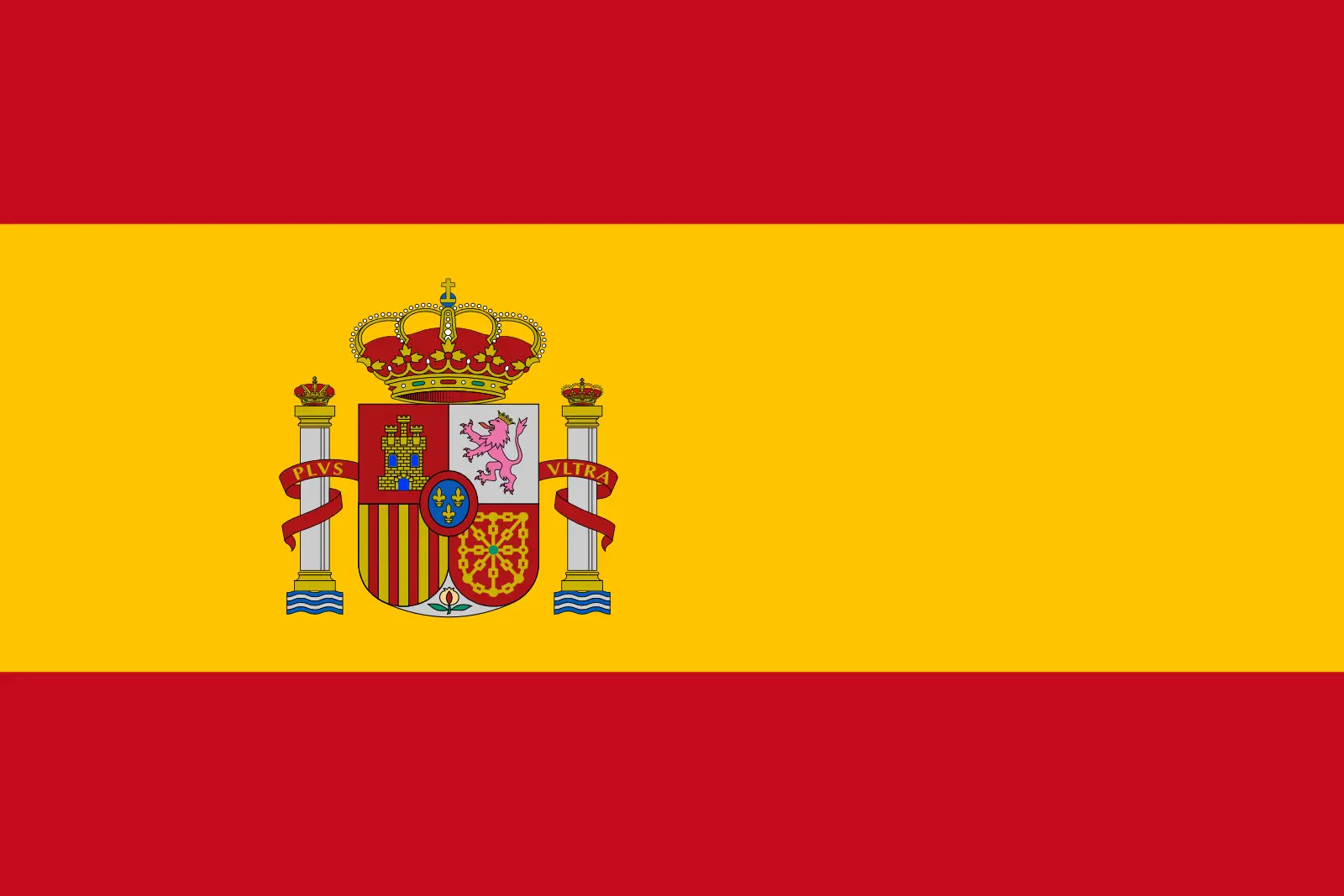 Spain (+34)
Spain (+34)
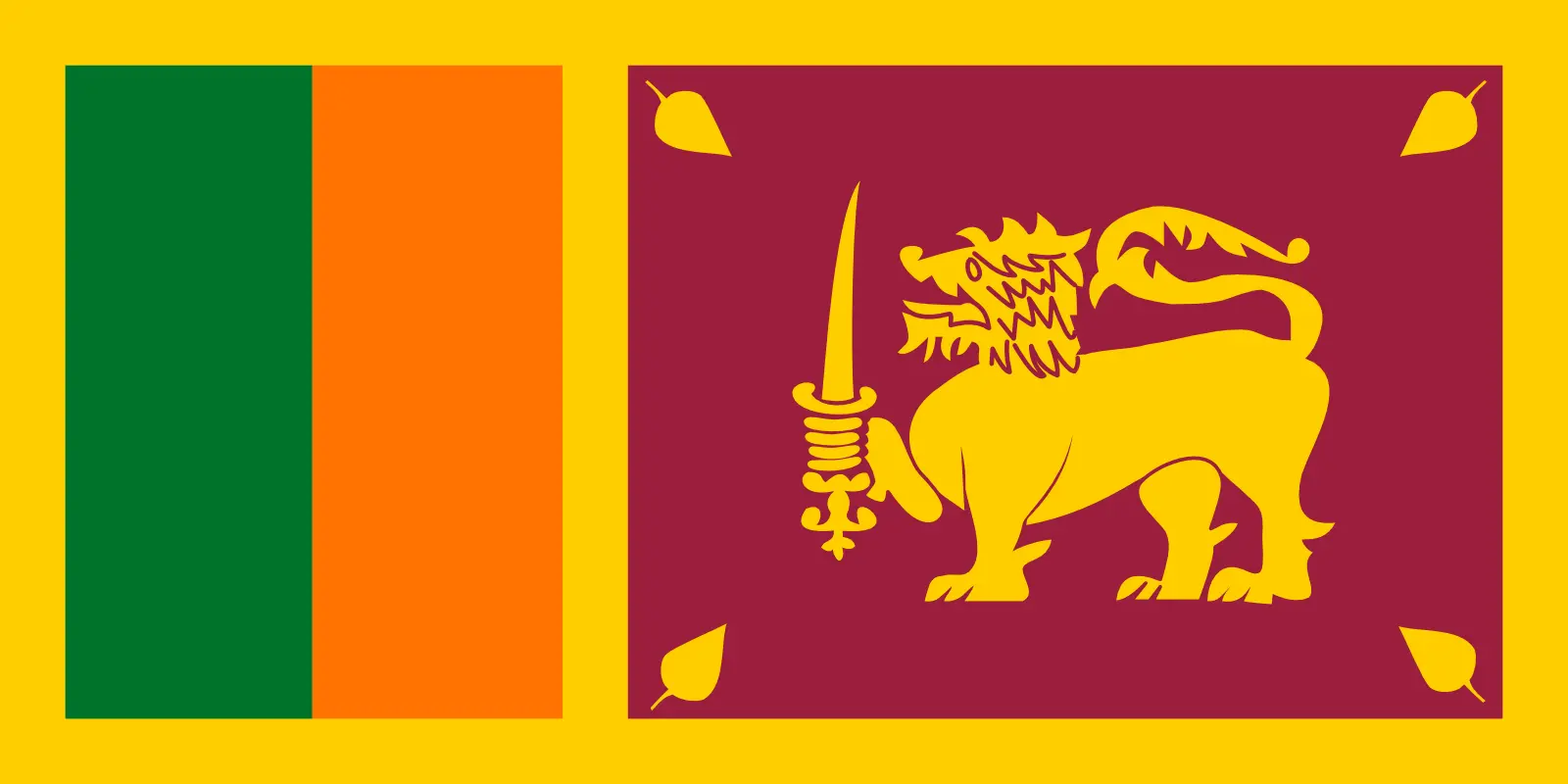 Sri Lanka (+94)
Sri Lanka (+94)
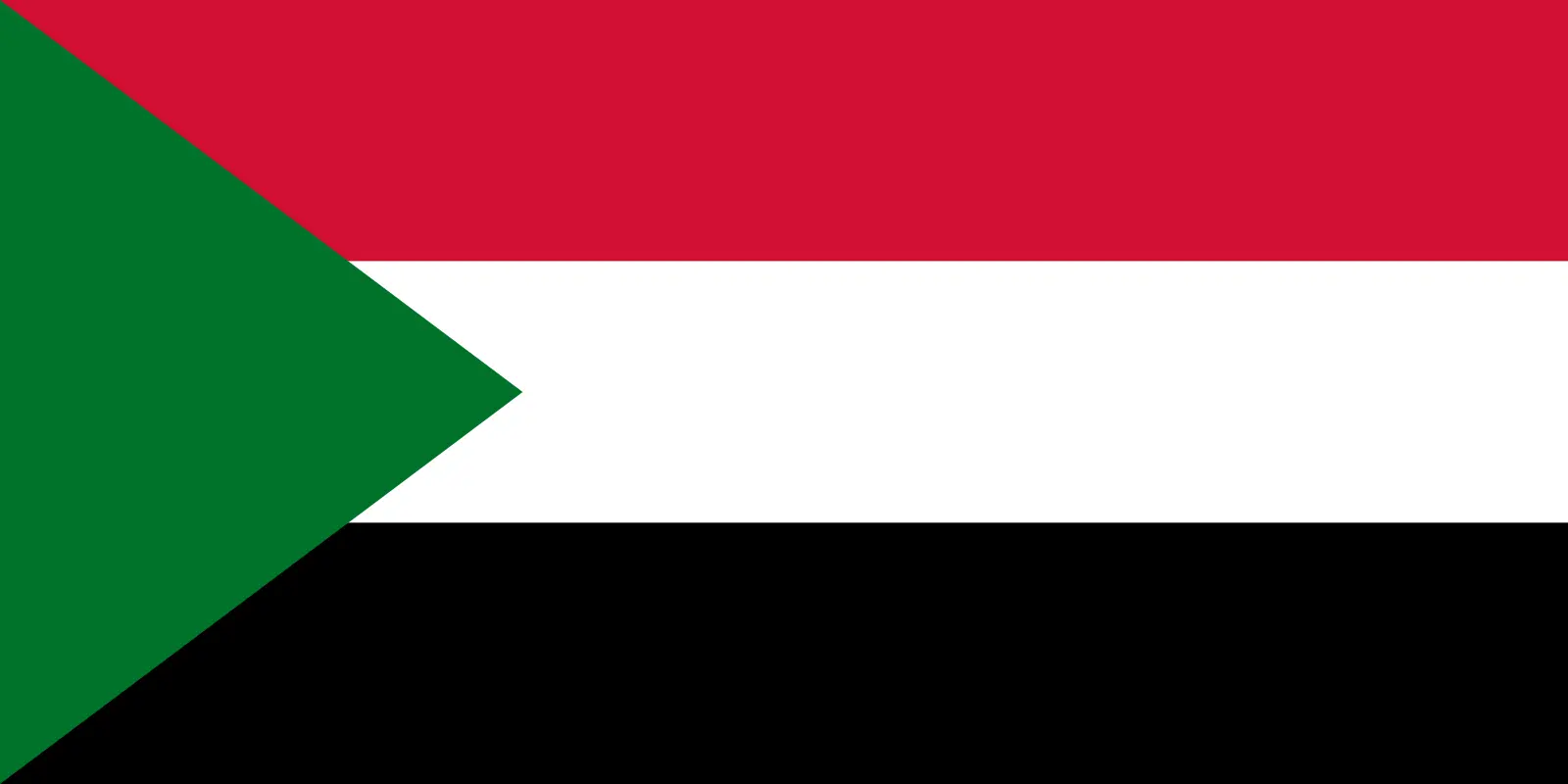 Sudan (+249)
Sudan (+249)
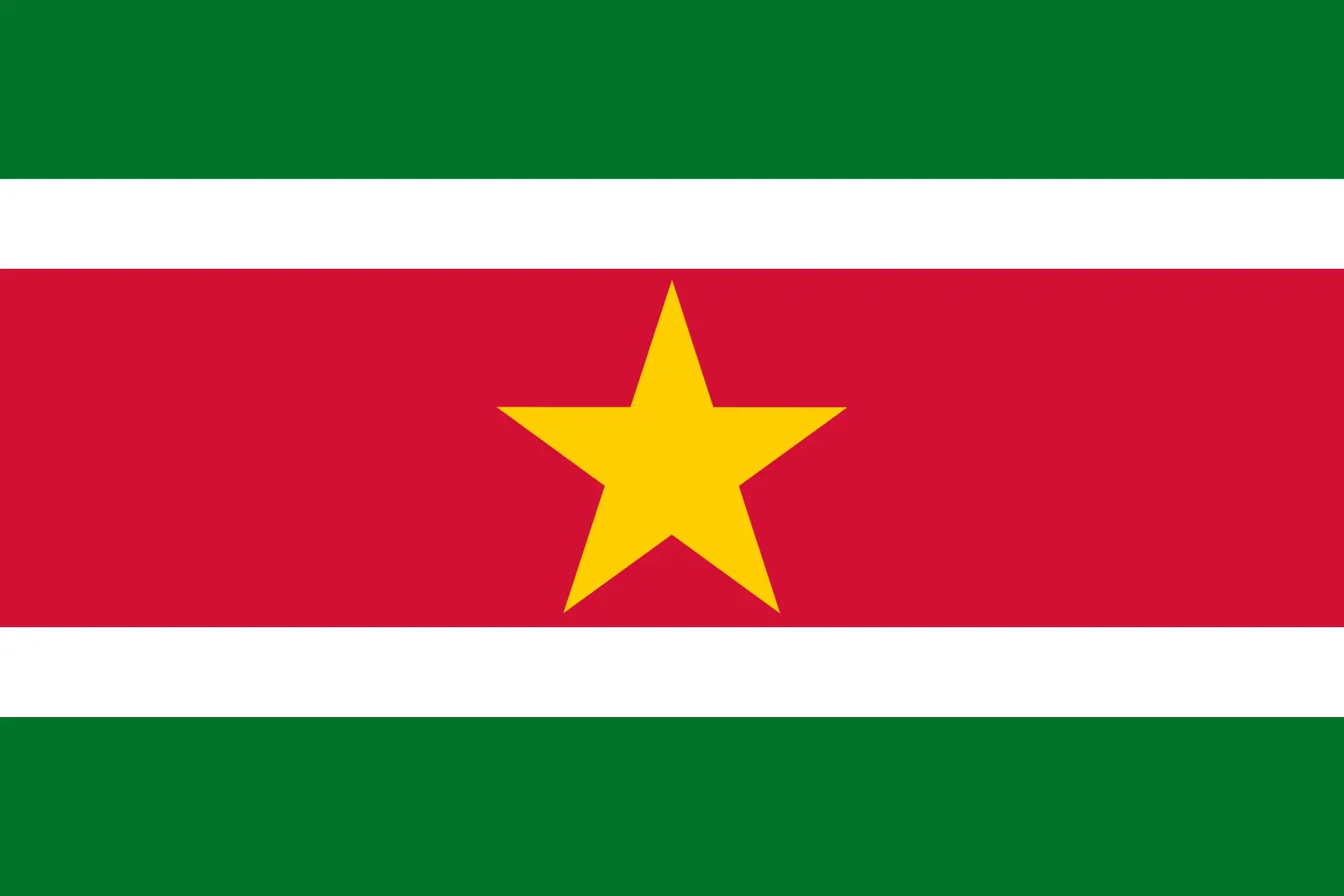 Suriname (+597)
Suriname (+597)
 Svalbard and Jan Mayen (+47)
Svalbard and Jan Mayen (+47)
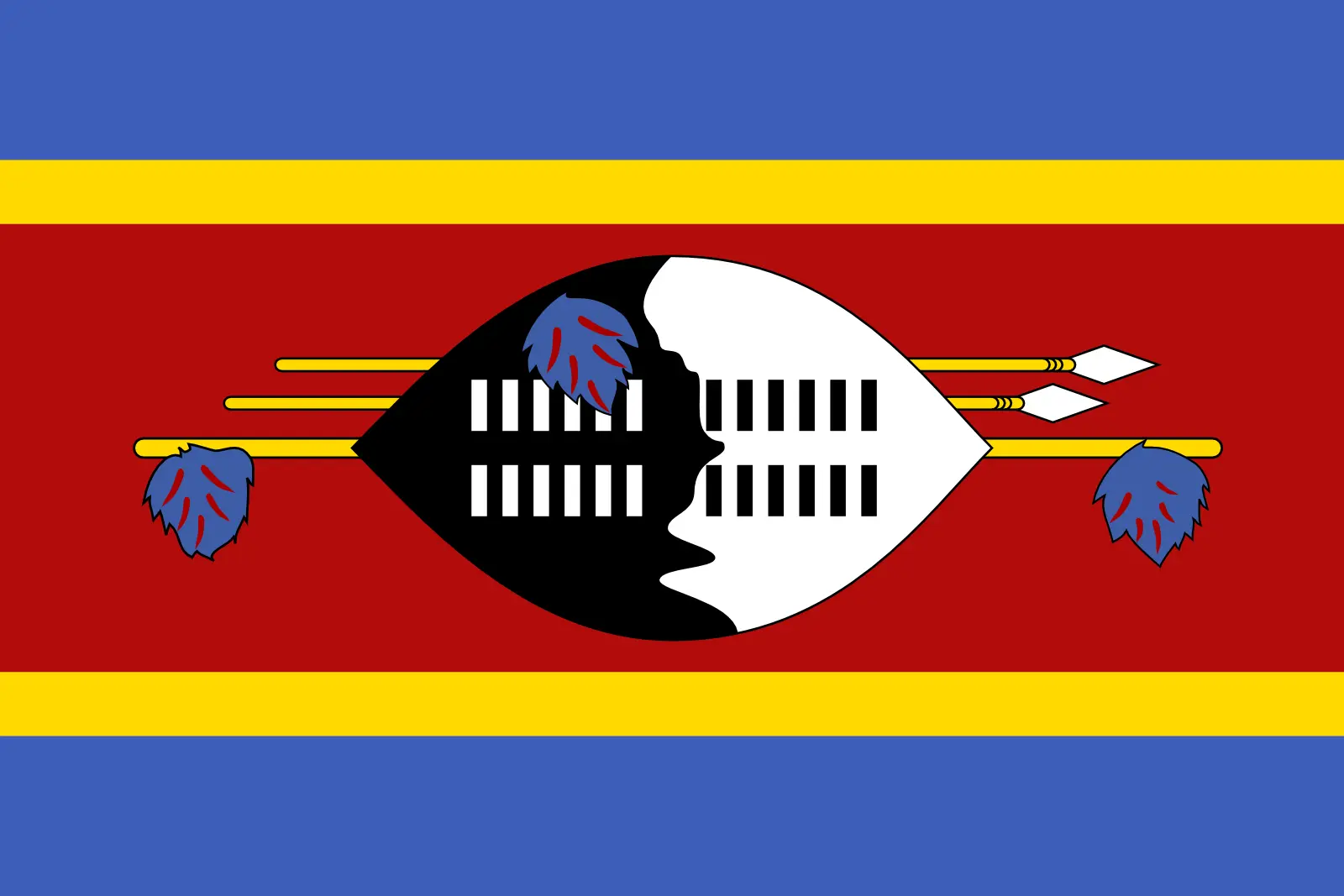 Eswatini (+268)
Eswatini (+268)
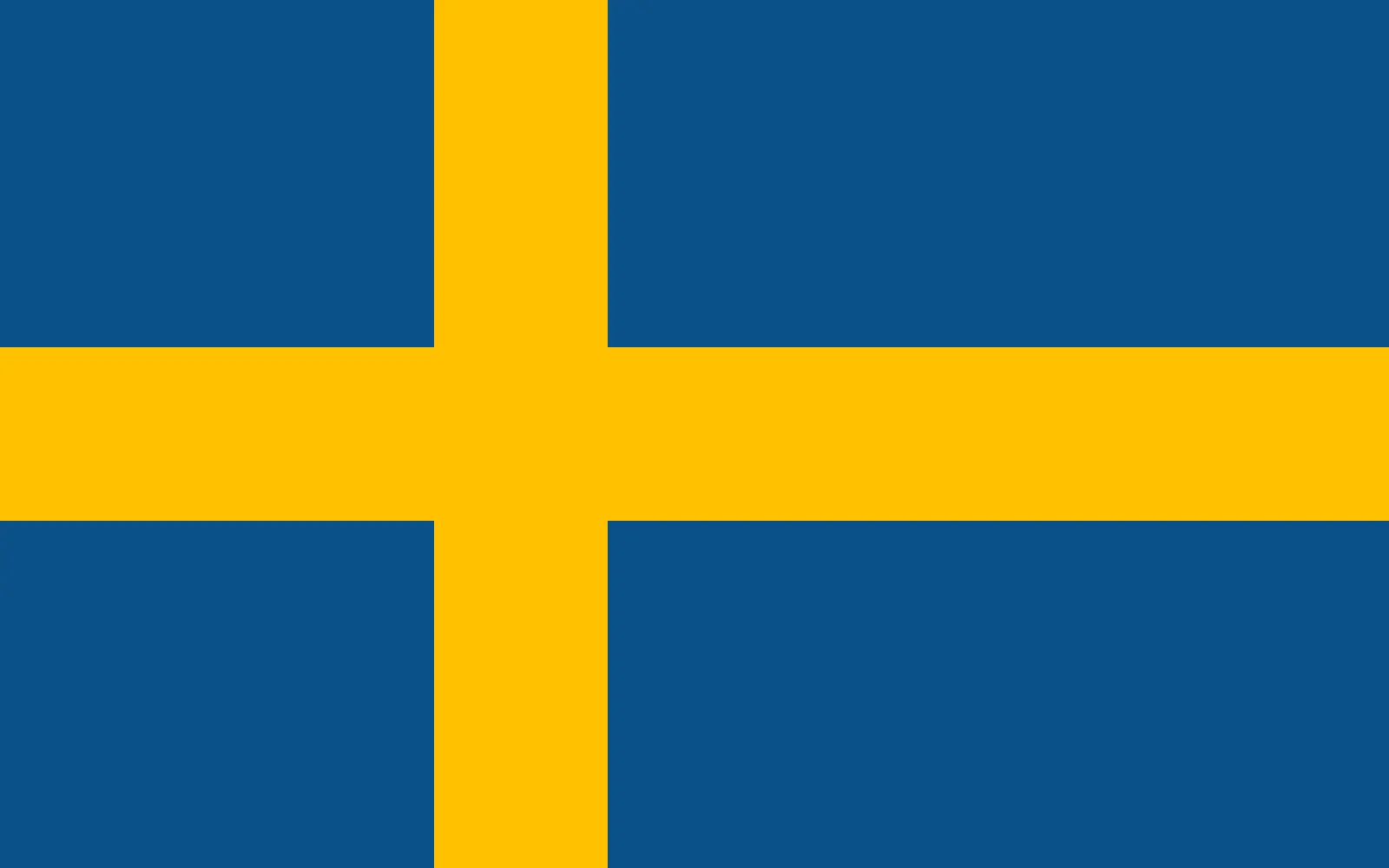 Sweden (+46)
Sweden (+46)
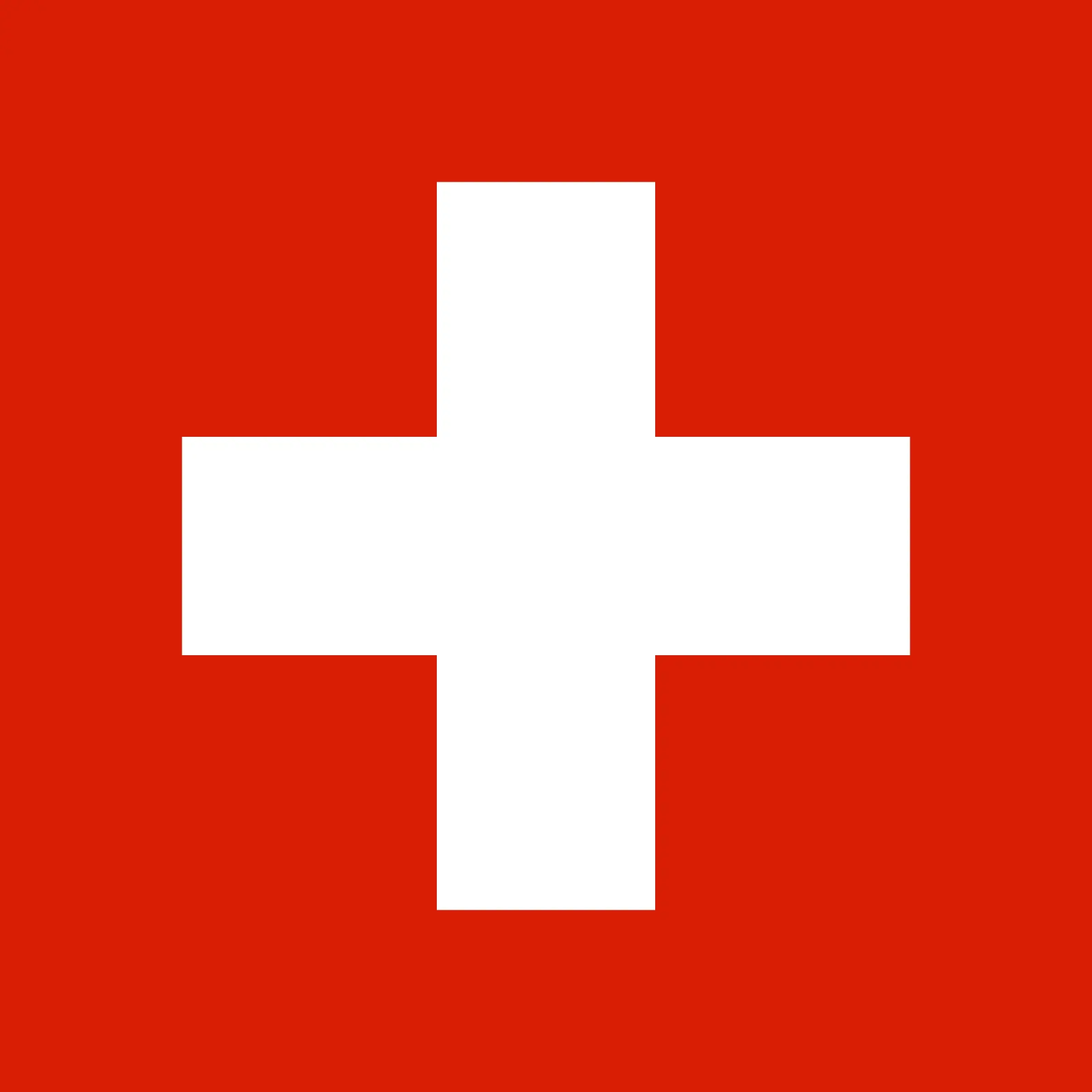 Switzerland (+41)
Switzerland (+41)
 Syria (+963)
Syria (+963)
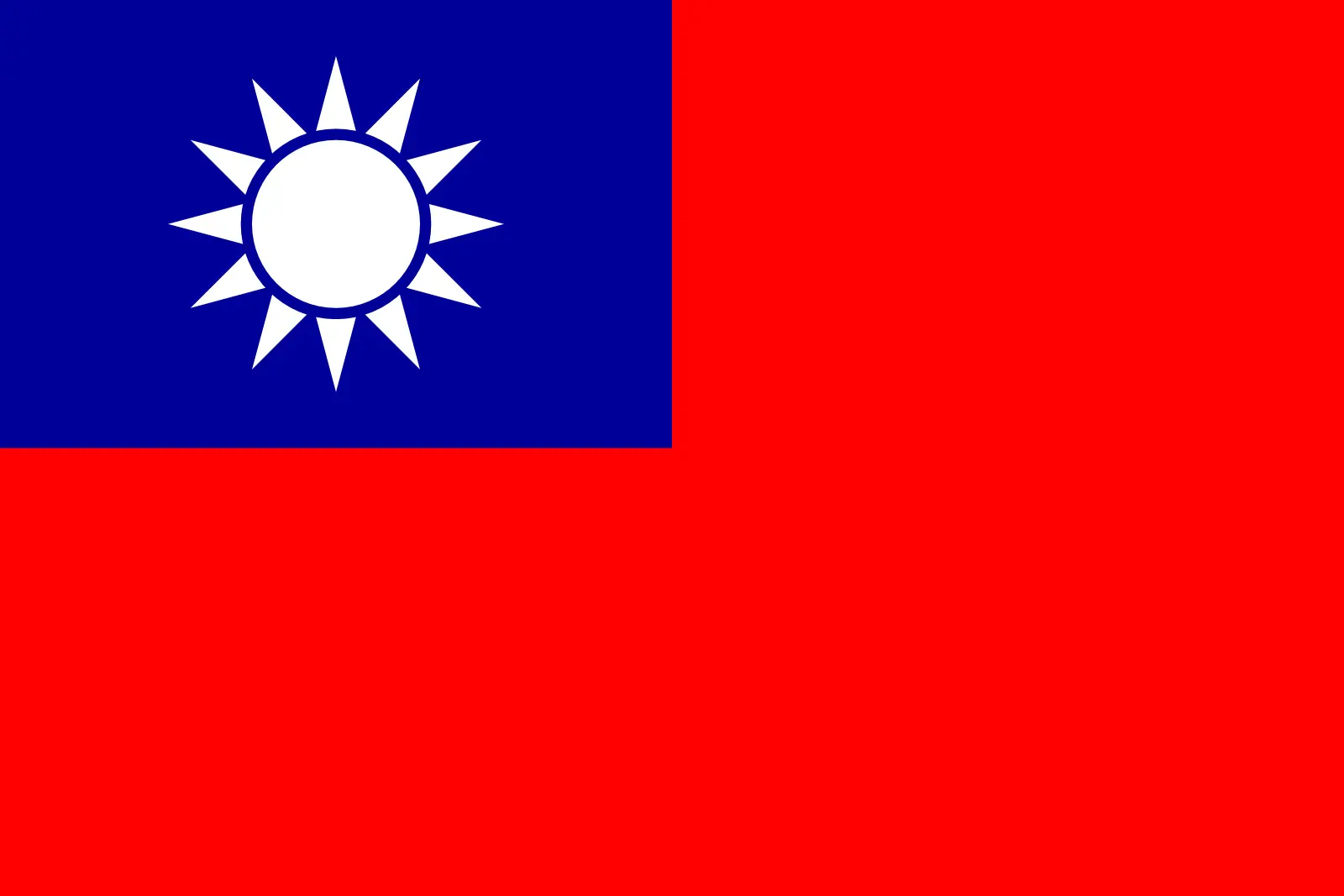 Taiwan (+886)
Taiwan (+886)
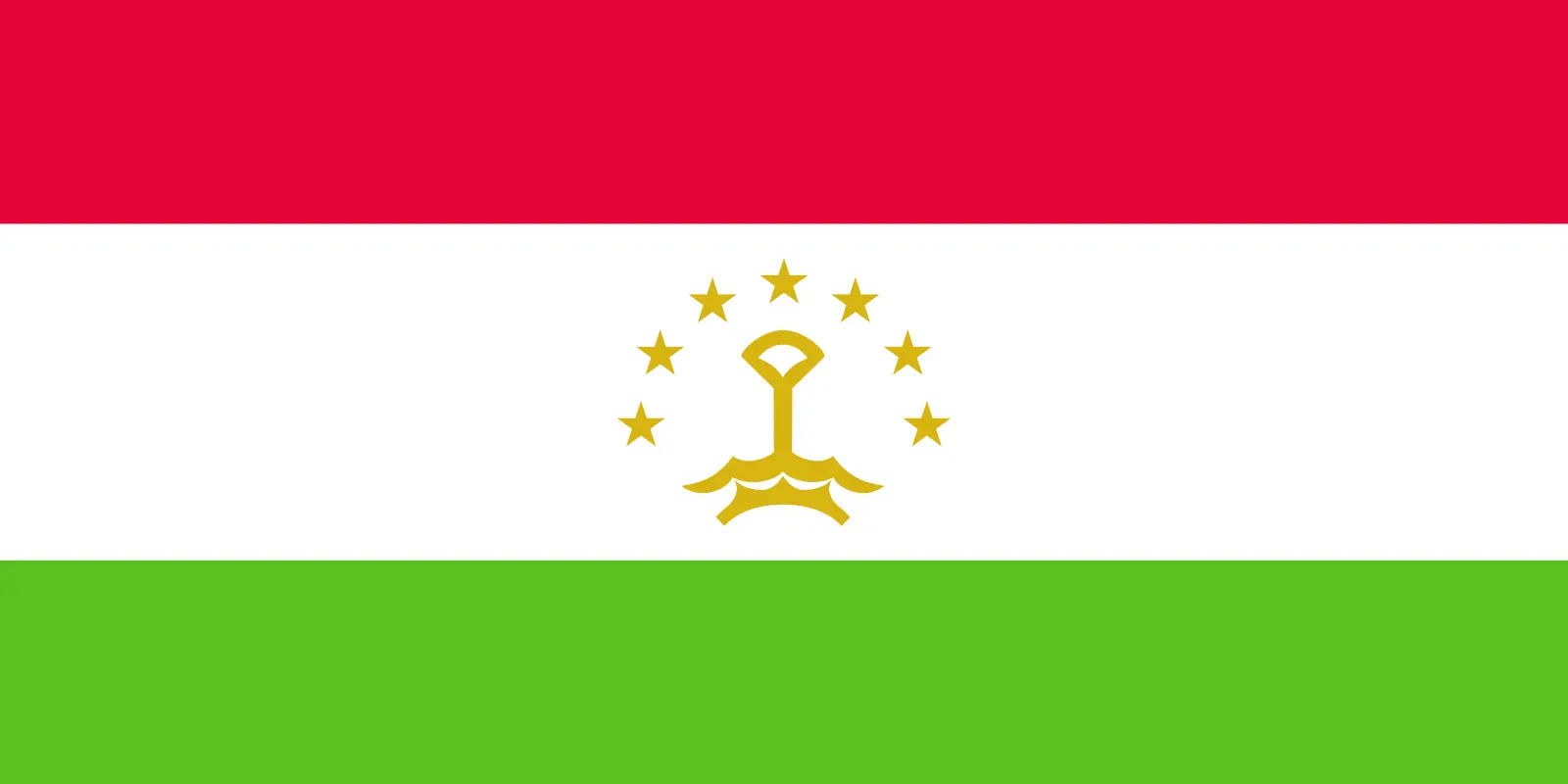 Tajikistan (+992)
Tajikistan (+992)
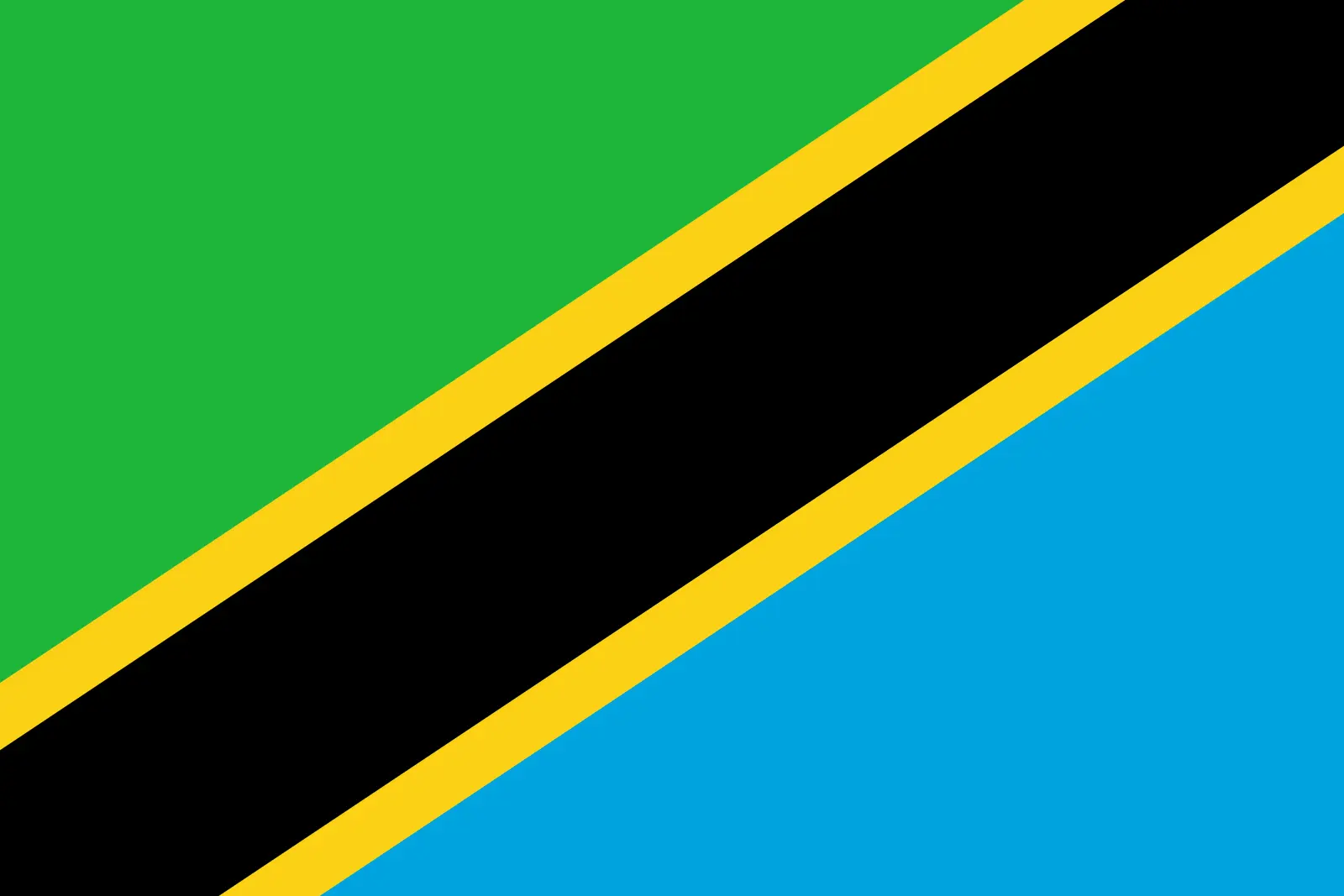 Tanzania (+255)
Tanzania (+255)
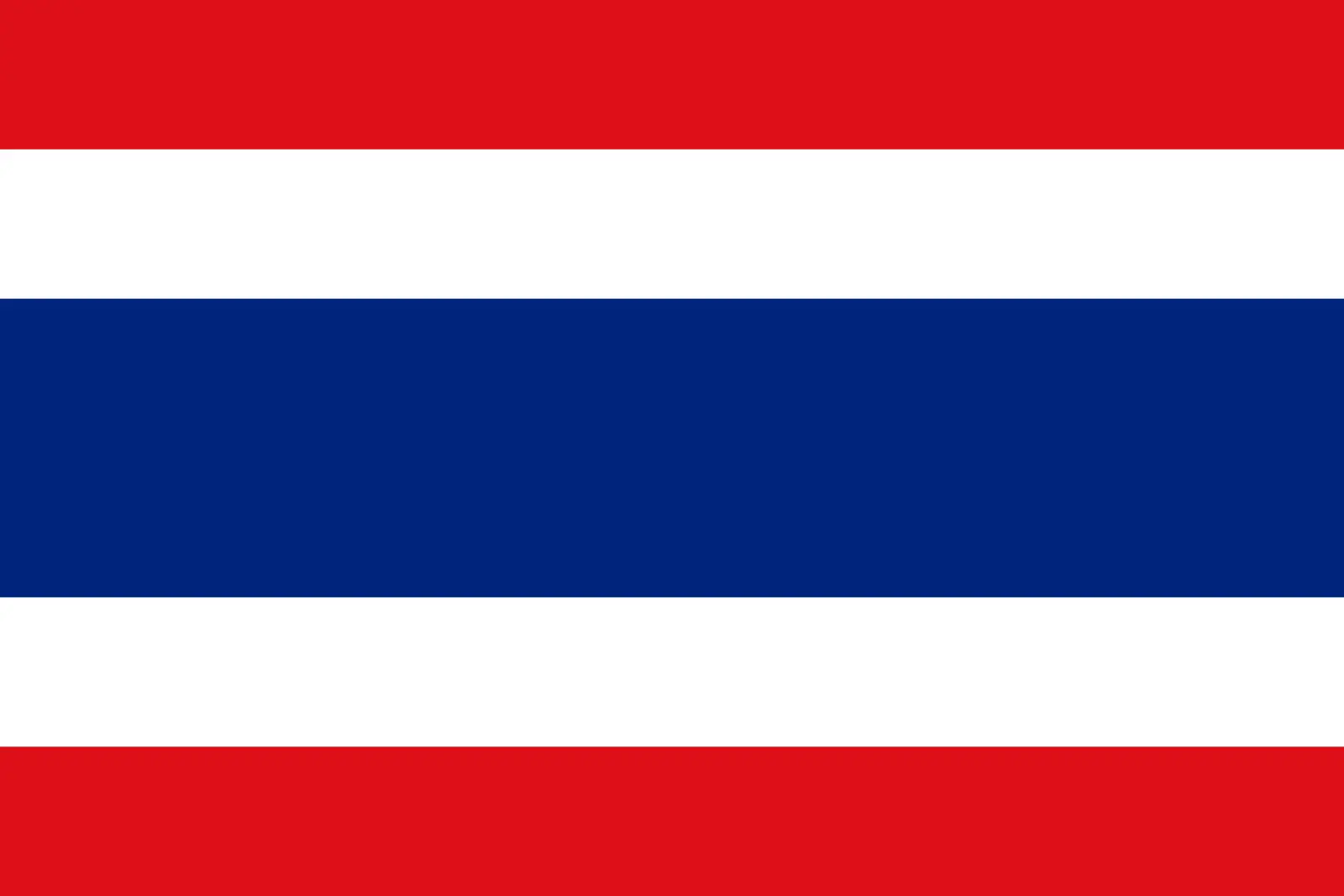 Thailand (+66)
Thailand (+66)
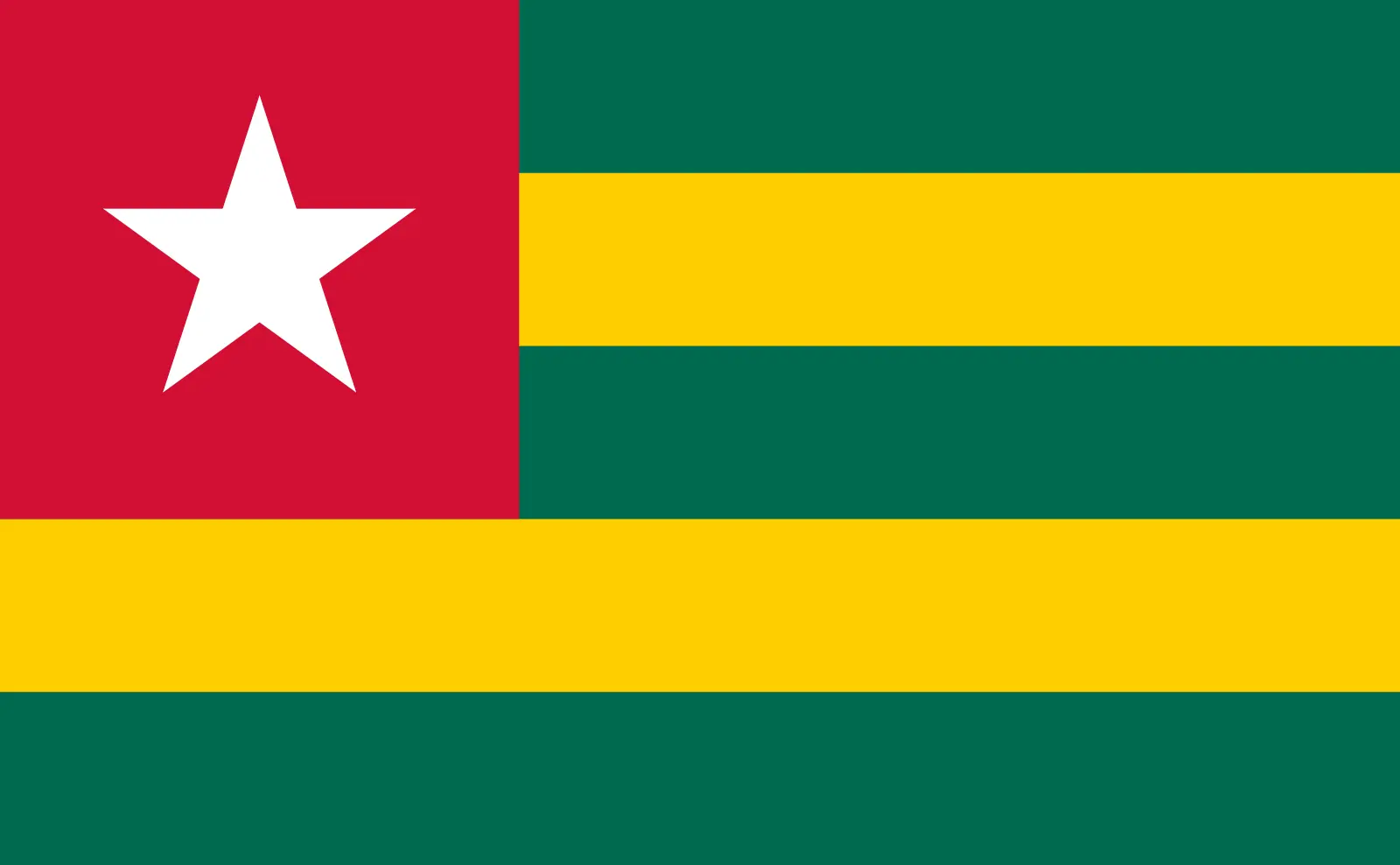 Togo (+228)
Togo (+228)
 Tokelau (+690)
Tokelau (+690)
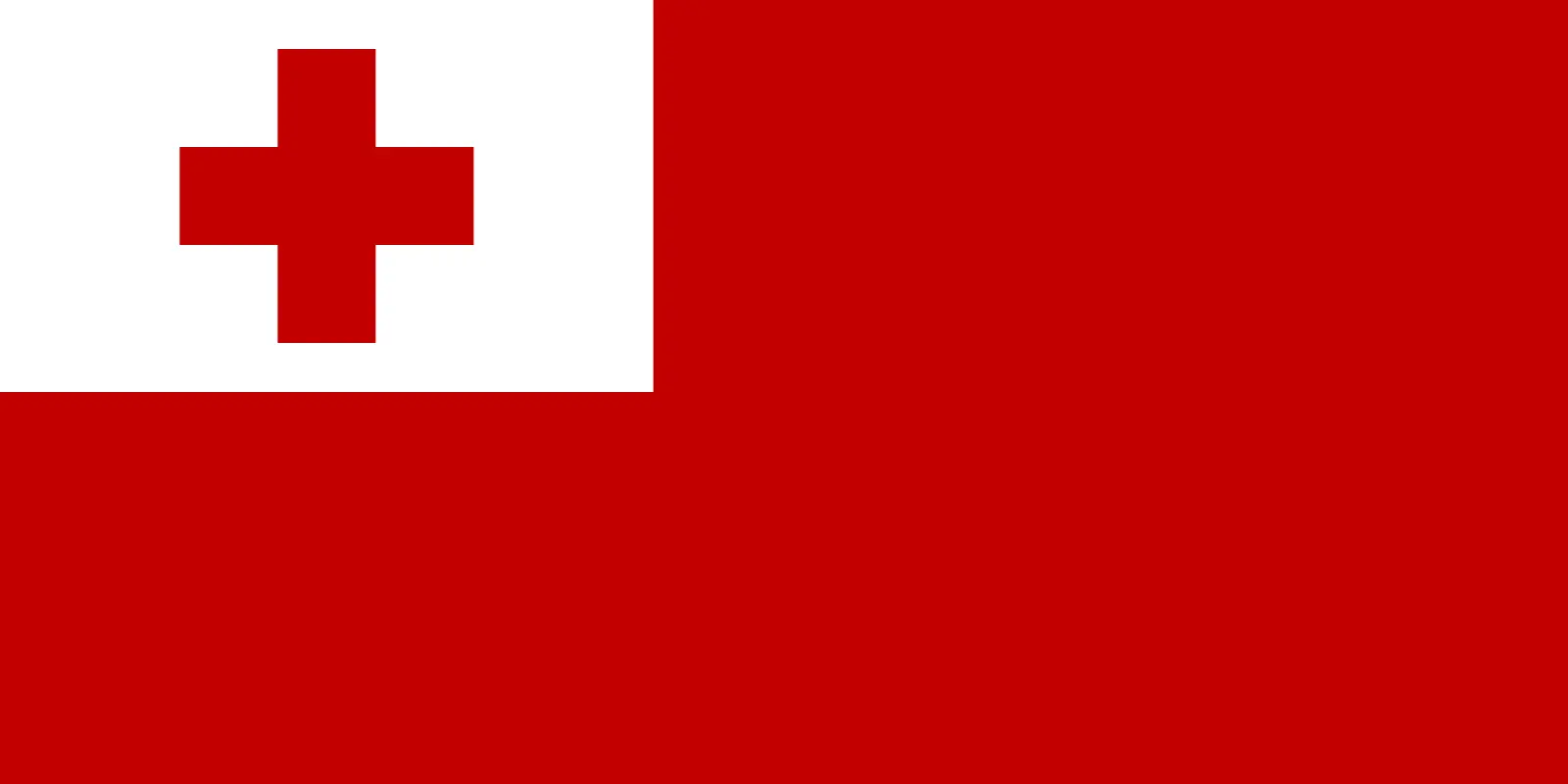 Tonga (+676)
Tonga (+676)
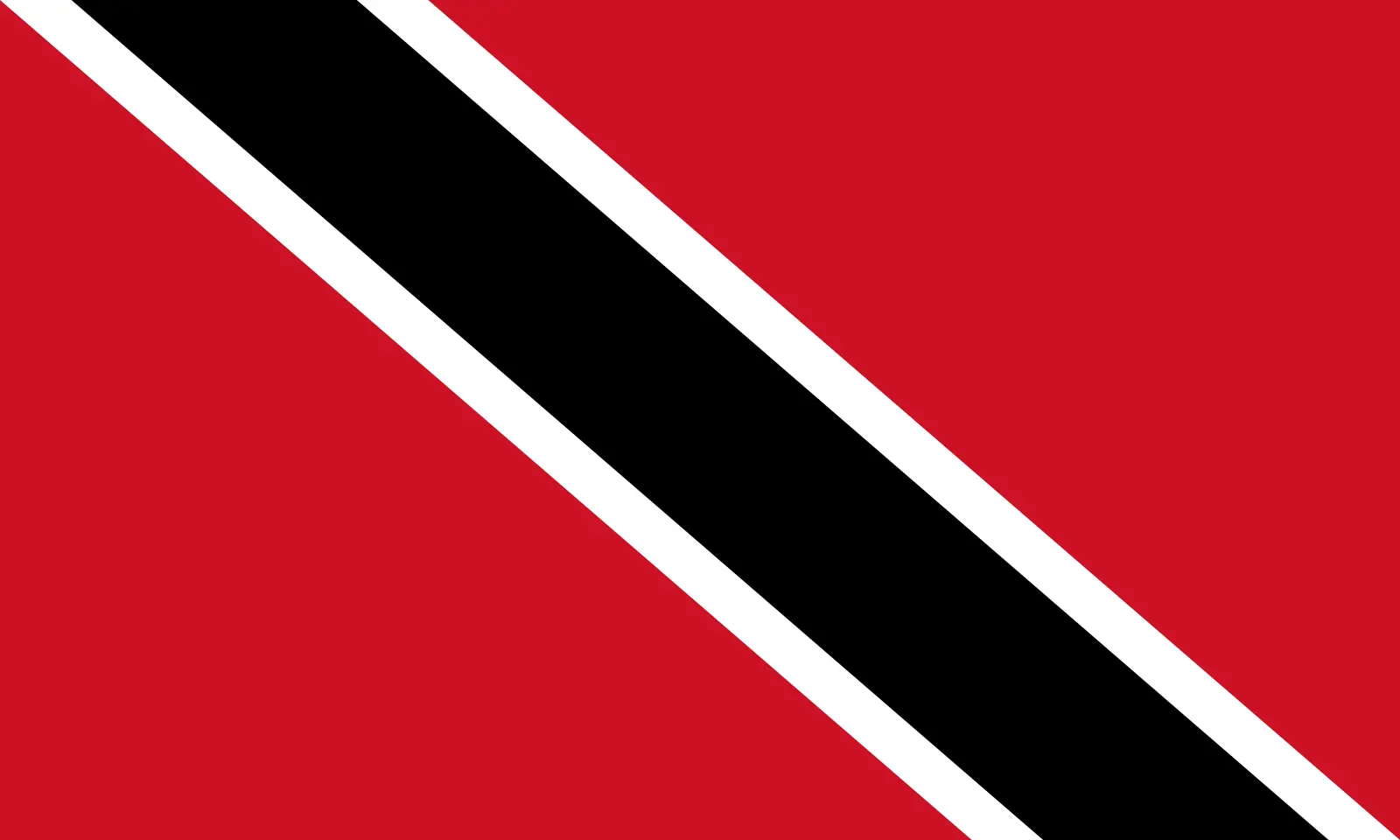 Trinidad and Tobago (+1868)
Trinidad and Tobago (+1868)
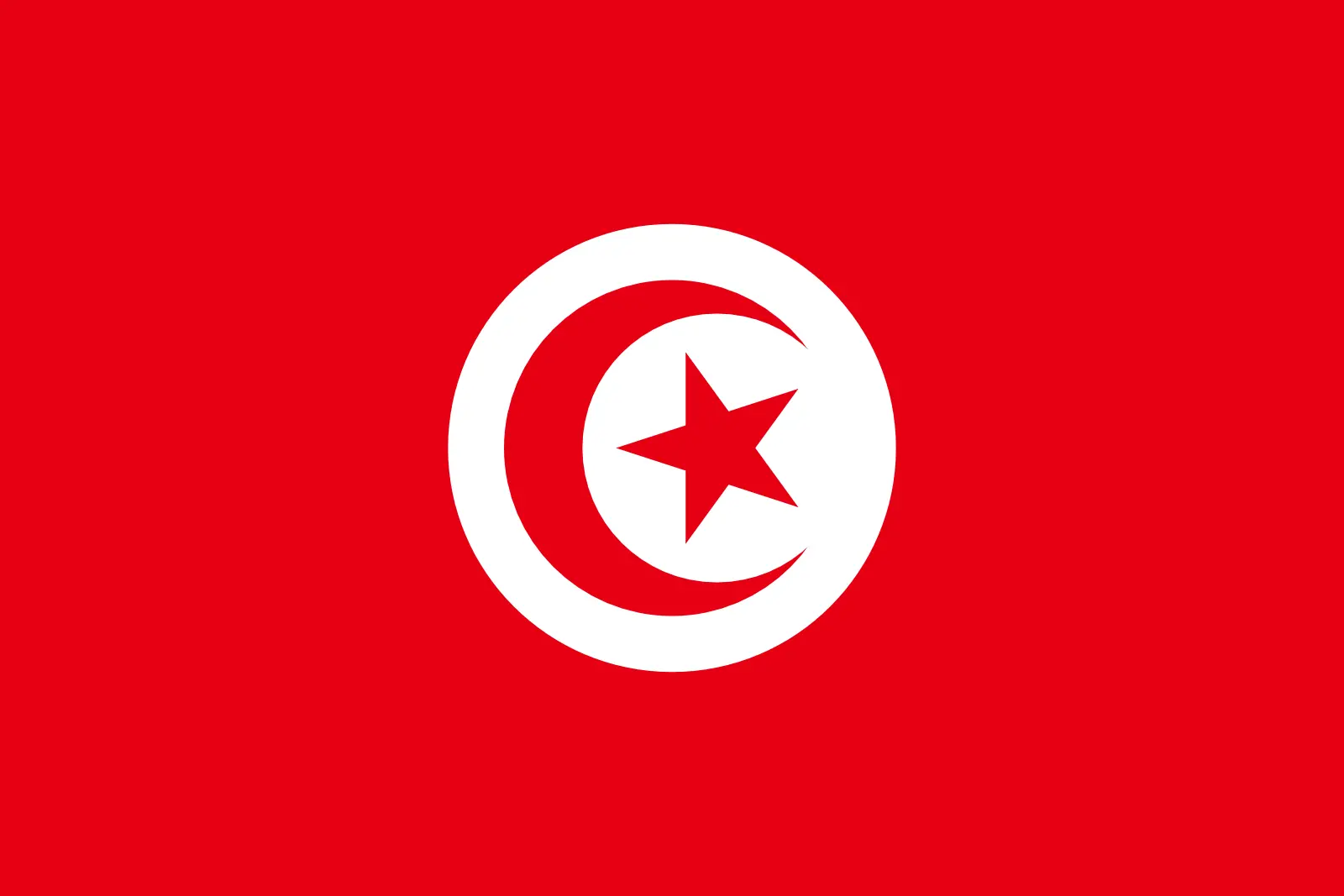 Tunisia (+216)
Tunisia (+216)
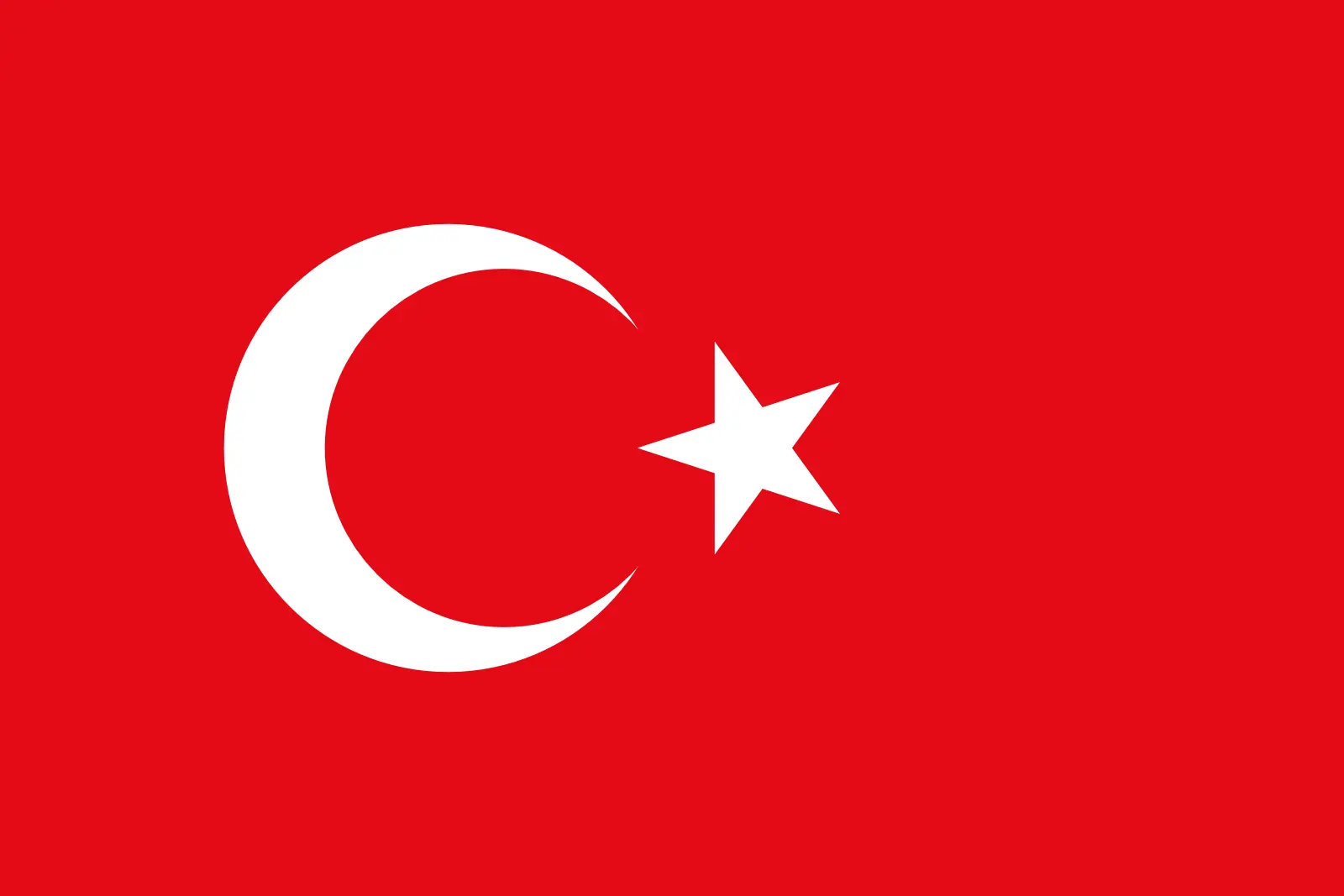 Turkey (+90)
Turkey (+90)
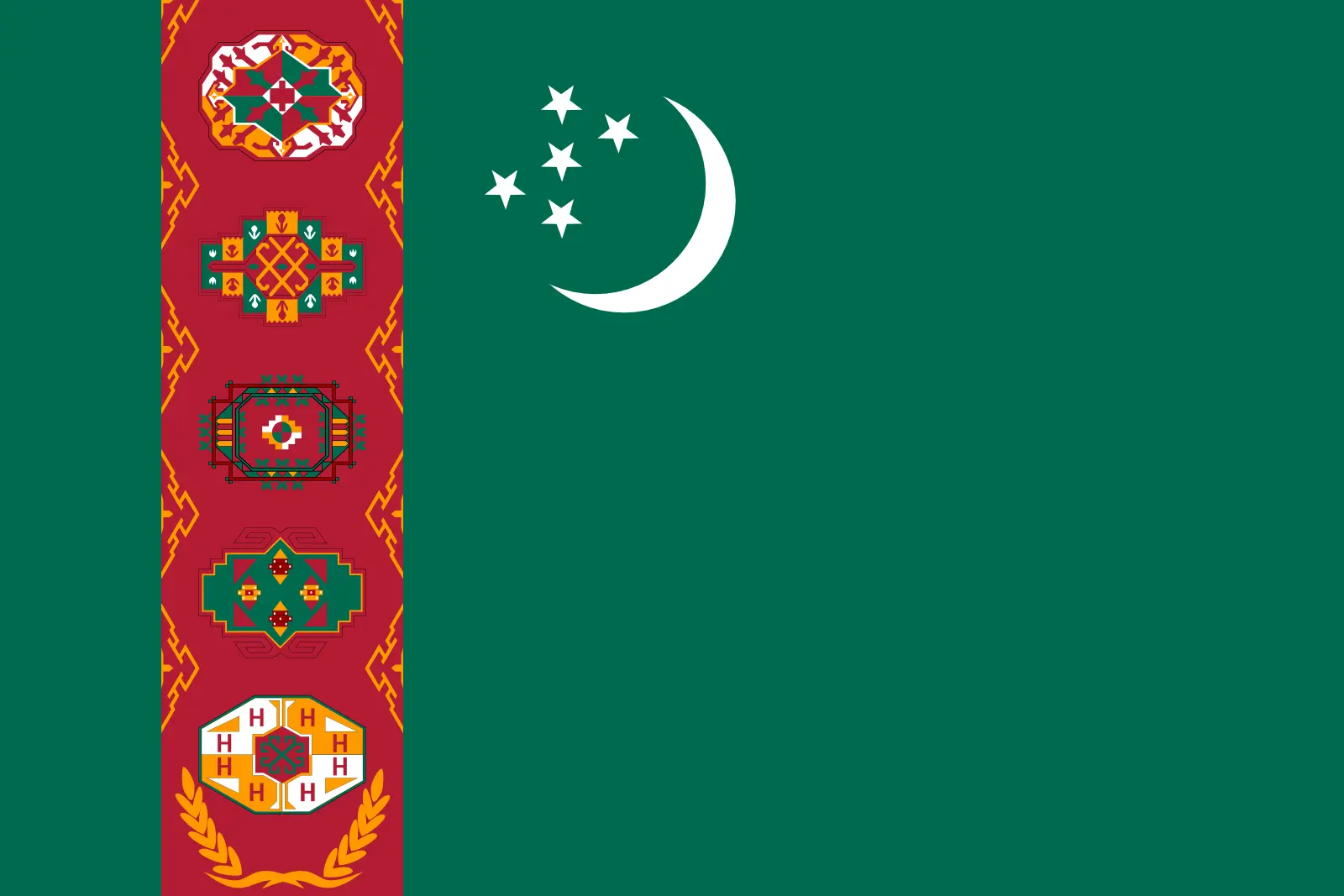 Turkmenistan (+993)
Turkmenistan (+993)
 Turks and Caicos Islands (+1649)
Turks and Caicos Islands (+1649)
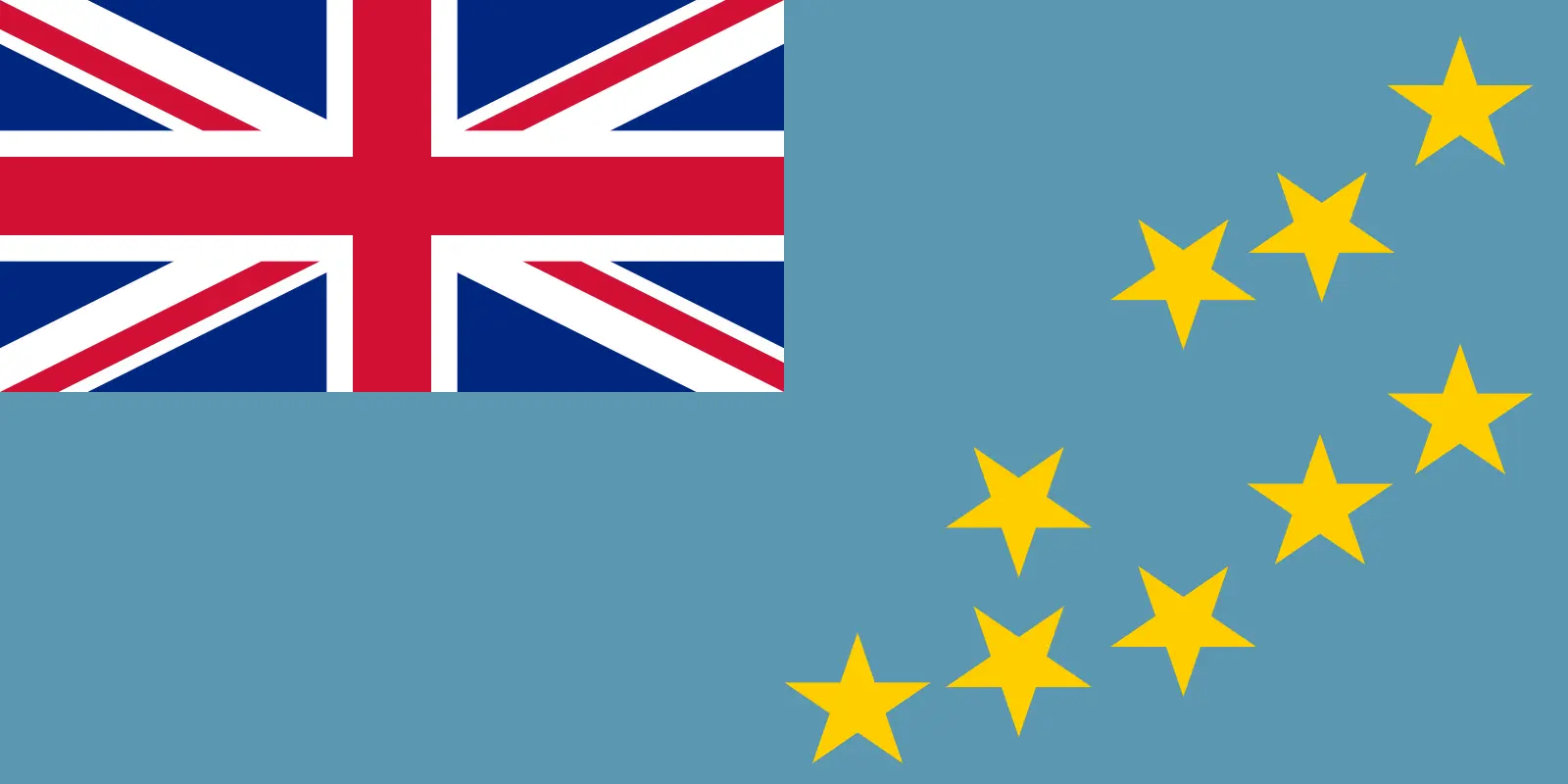 Tuvalu (+688)
Tuvalu (+688)
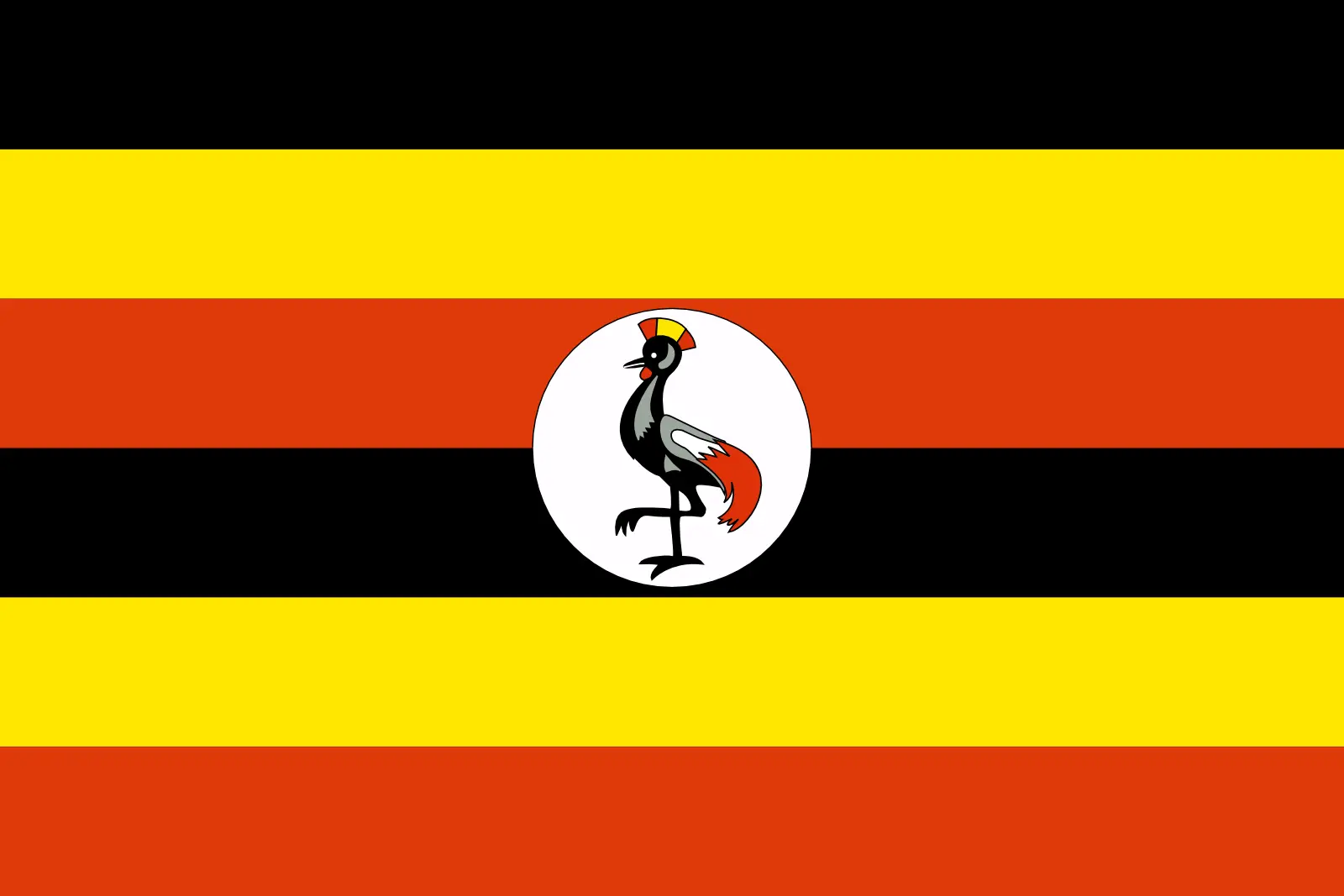 Uganda (+256)
Uganda (+256)
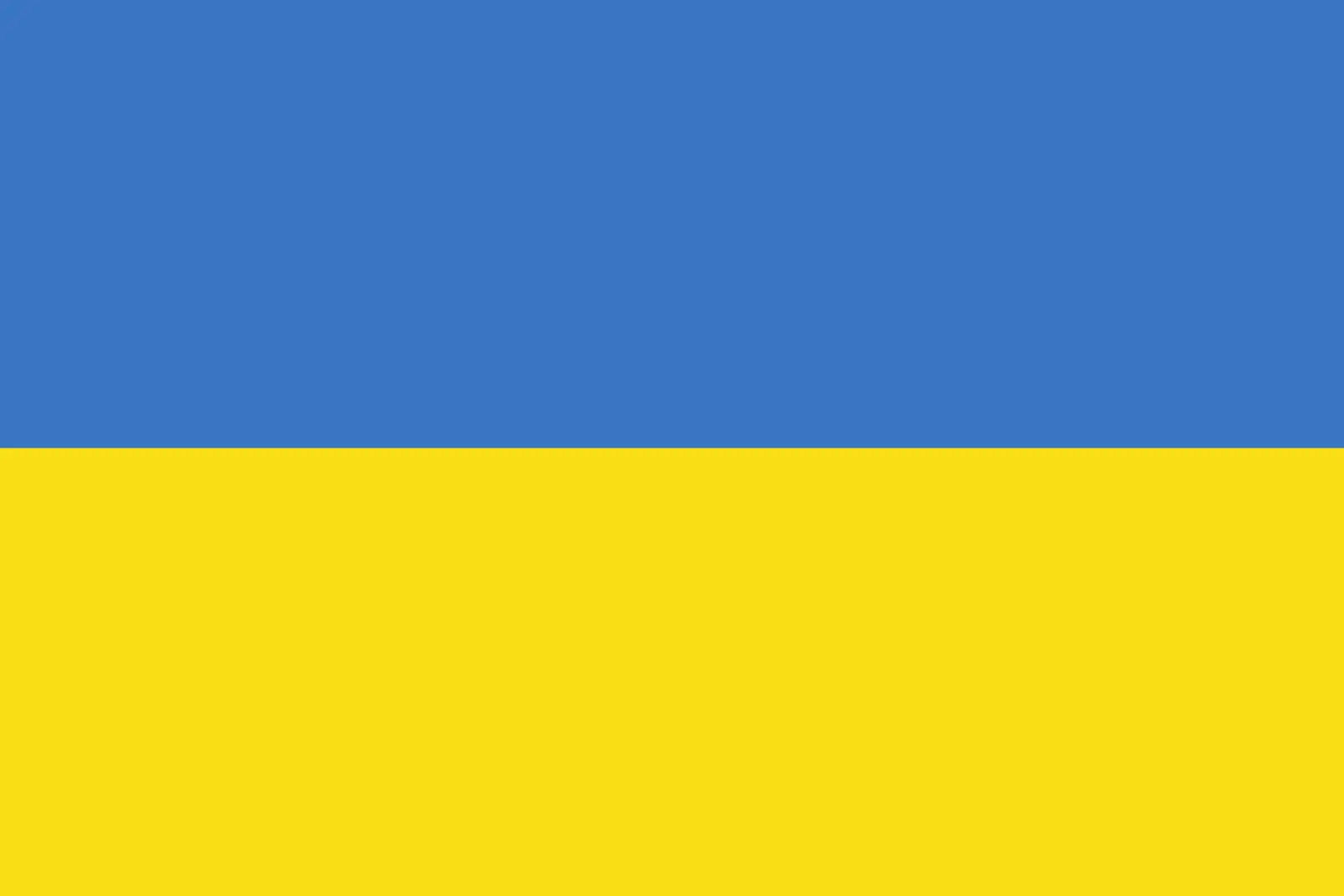 Ukraine (+380)
Ukraine (+380)
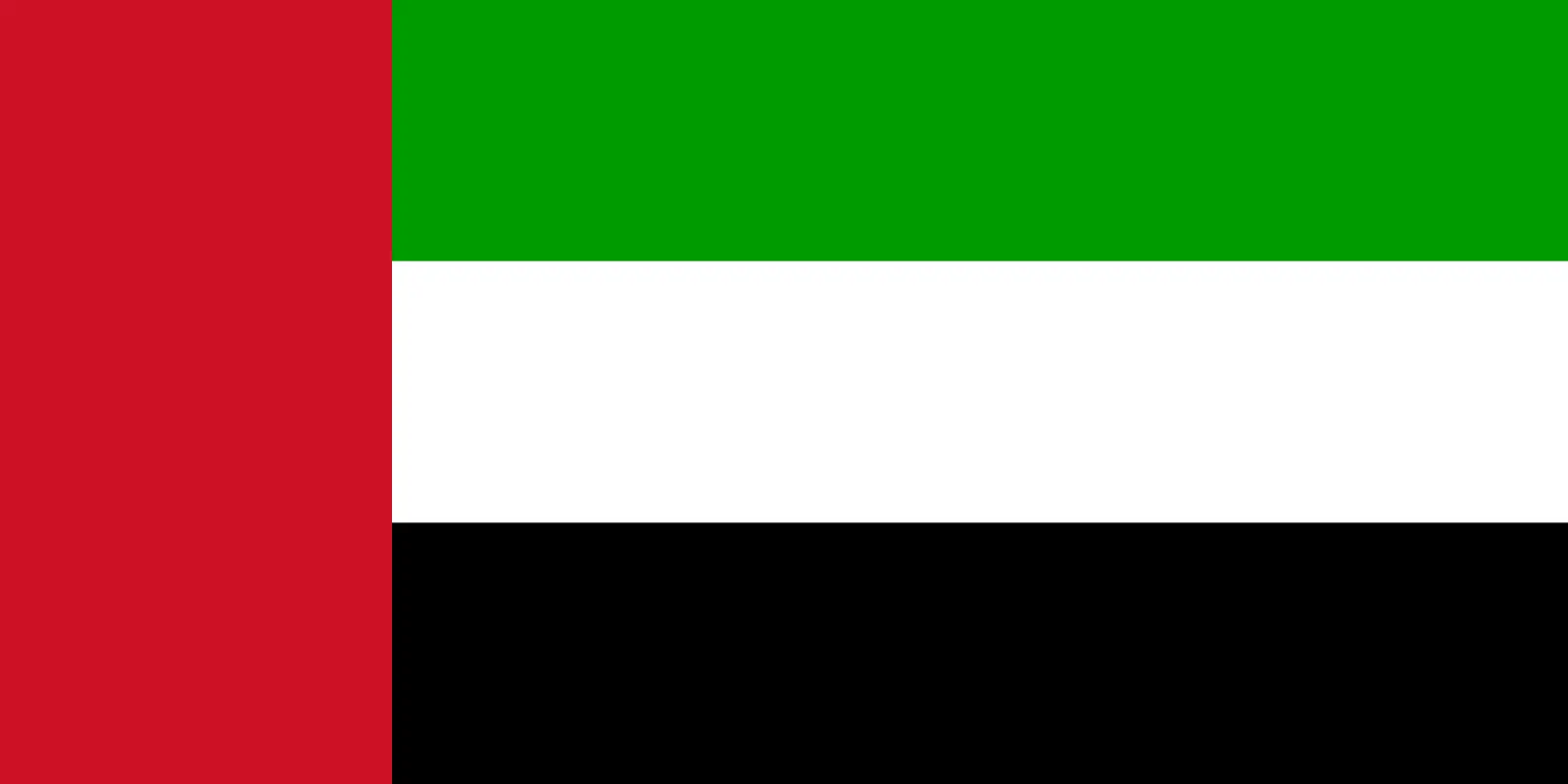 United Arab Emirates (+971)
United Arab Emirates (+971)
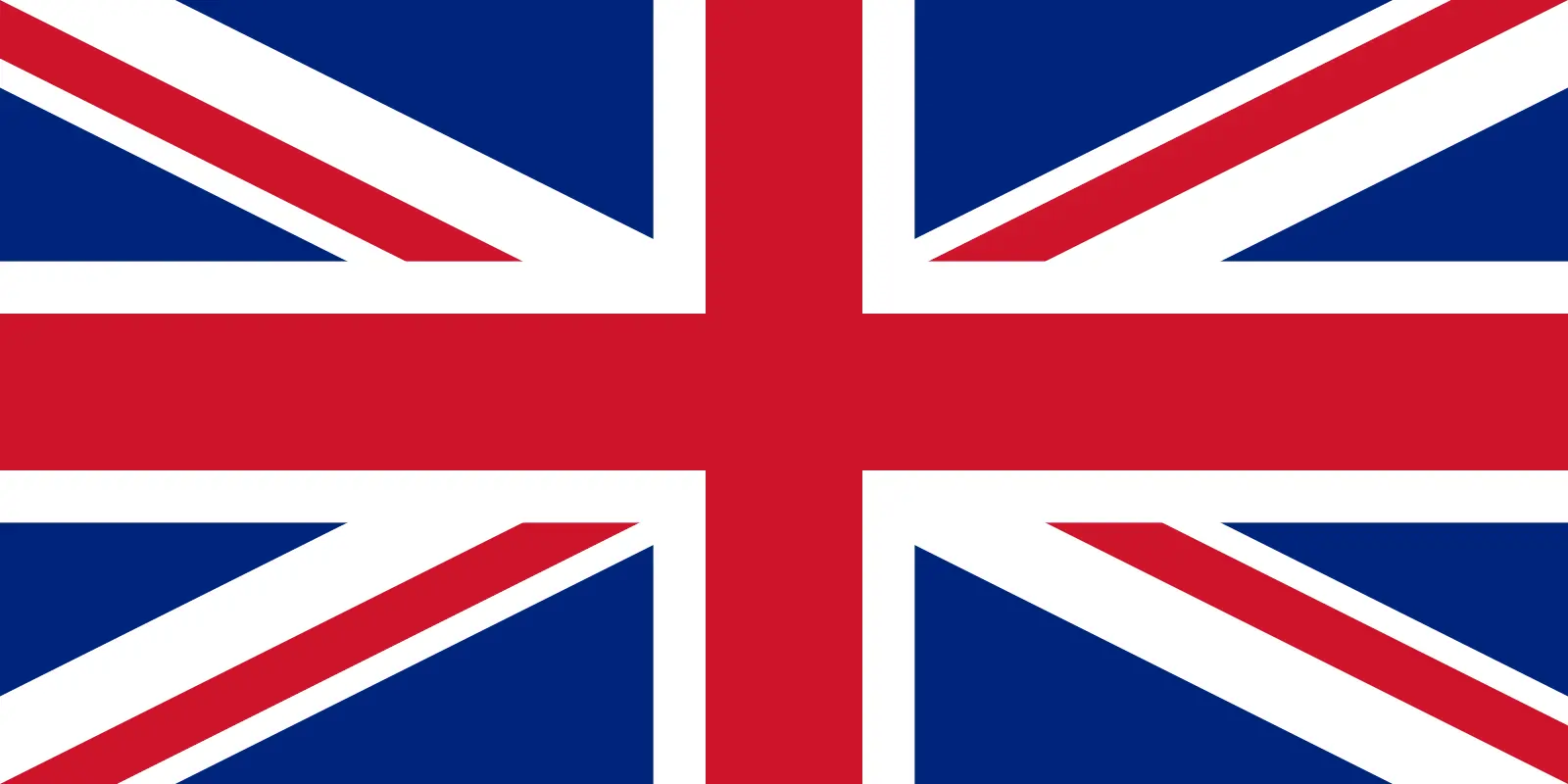 United Kingdom (+44)
United Kingdom (+44)
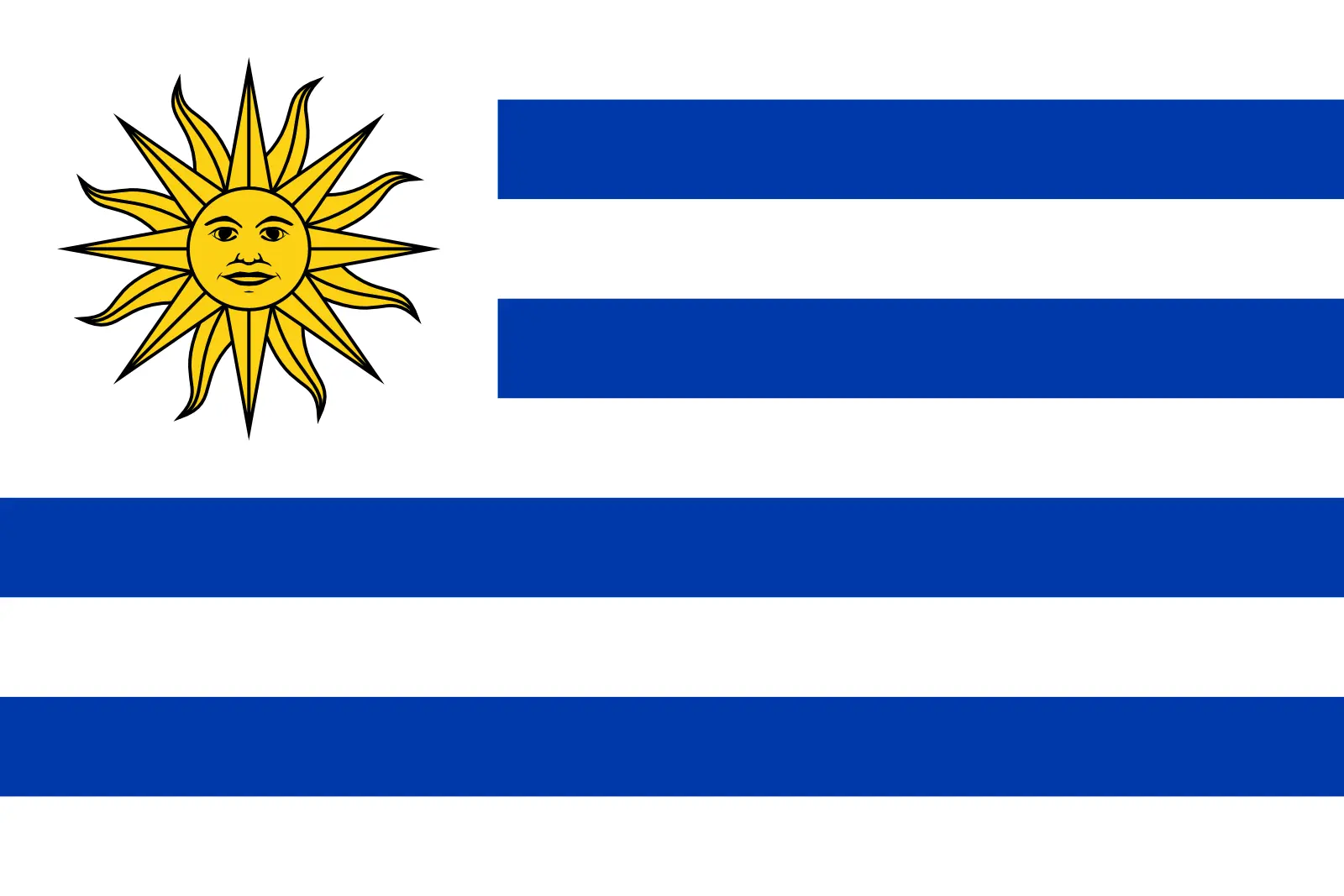 Uruguay (+598)
Uruguay (+598)
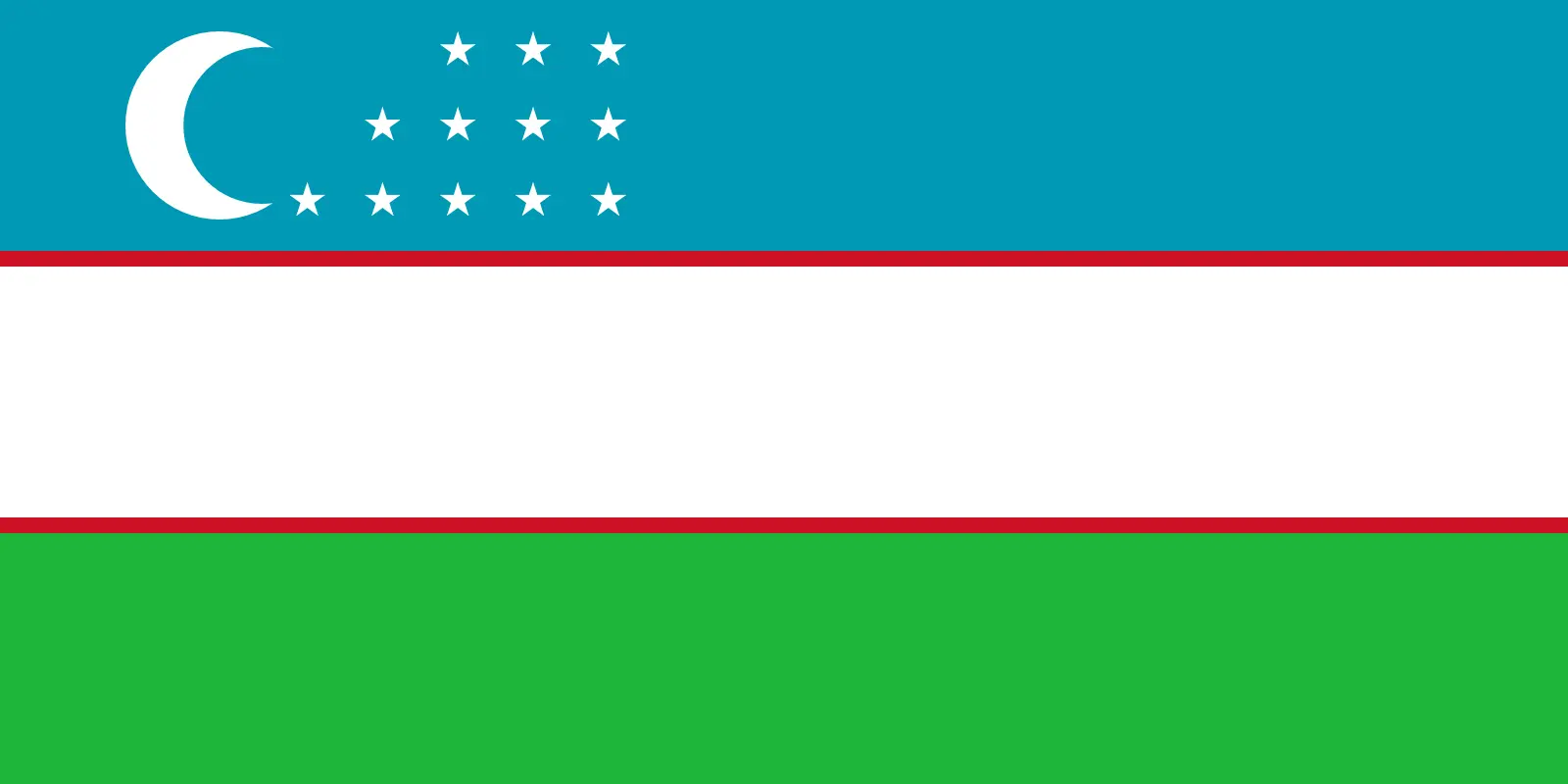 Uzbekistan (+998)
Uzbekistan (+998)
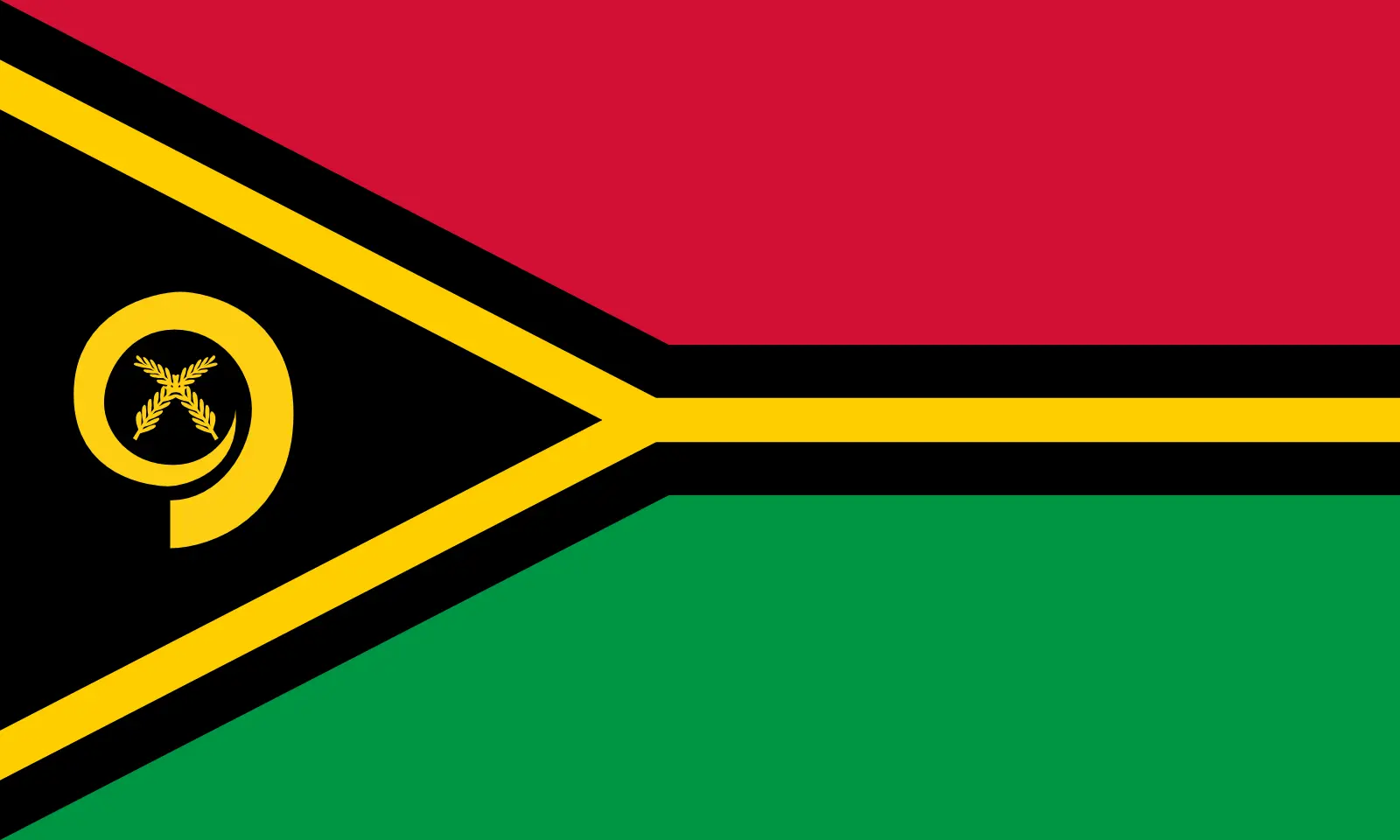 Vanuatu (+678)
Vanuatu (+678)
 Vatican City (+39)
Vatican City (+39)
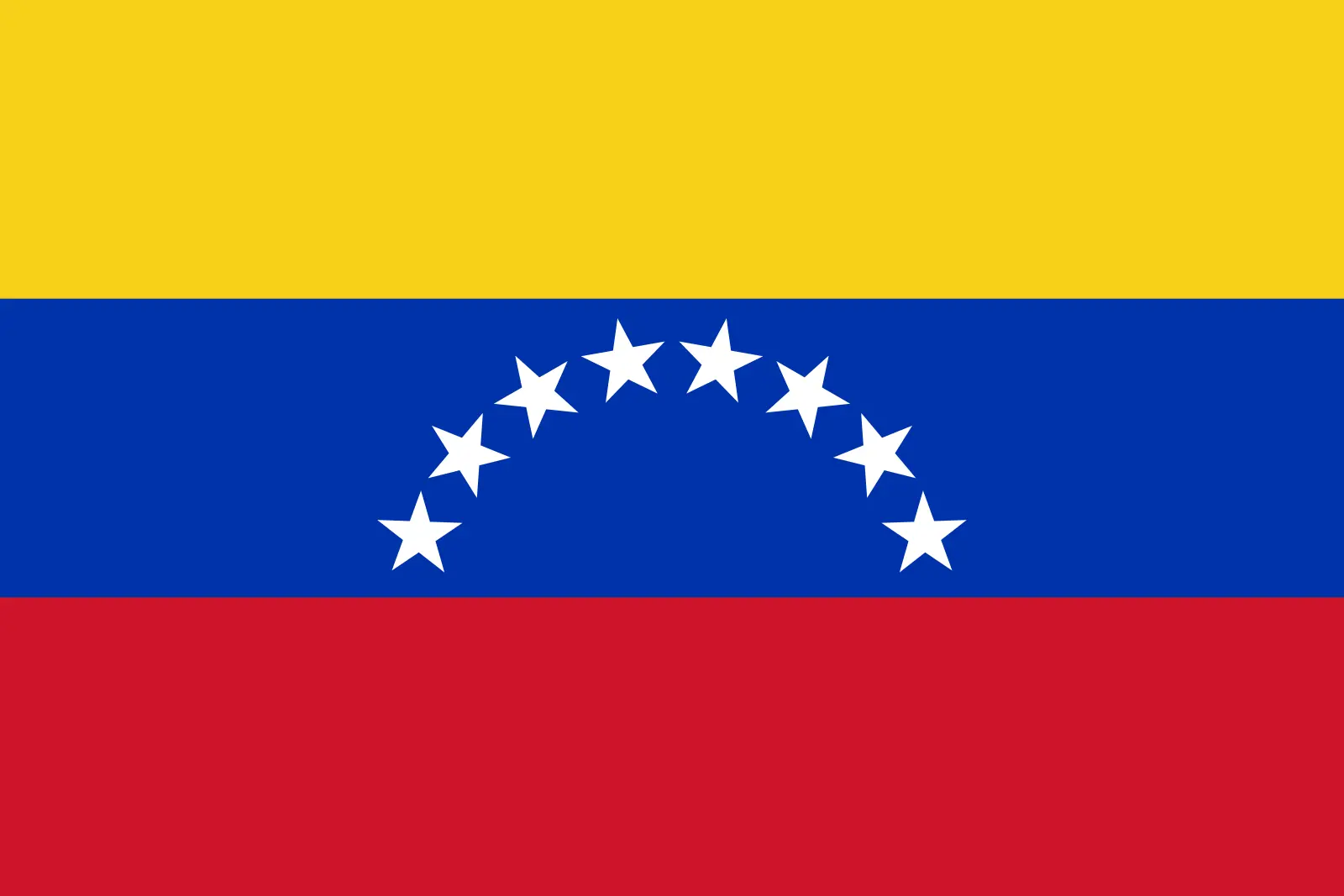 Venezuela (Bolivarian Republic of) (+58)
Venezuela (Bolivarian Republic of) (+58)
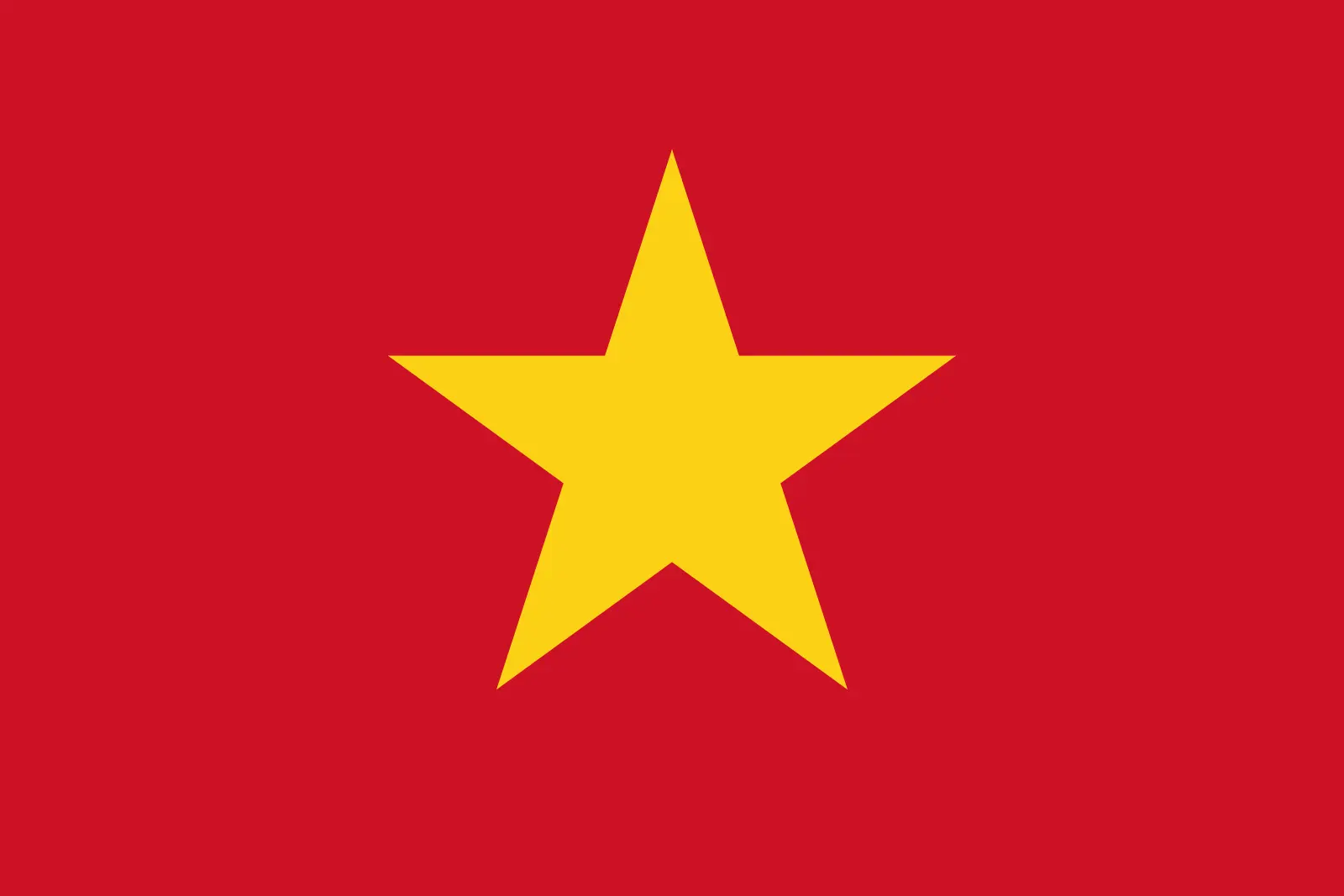 Vietnam (+84)
Vietnam (+84)
 Wallis and Futuna (+681)
Wallis and Futuna (+681)
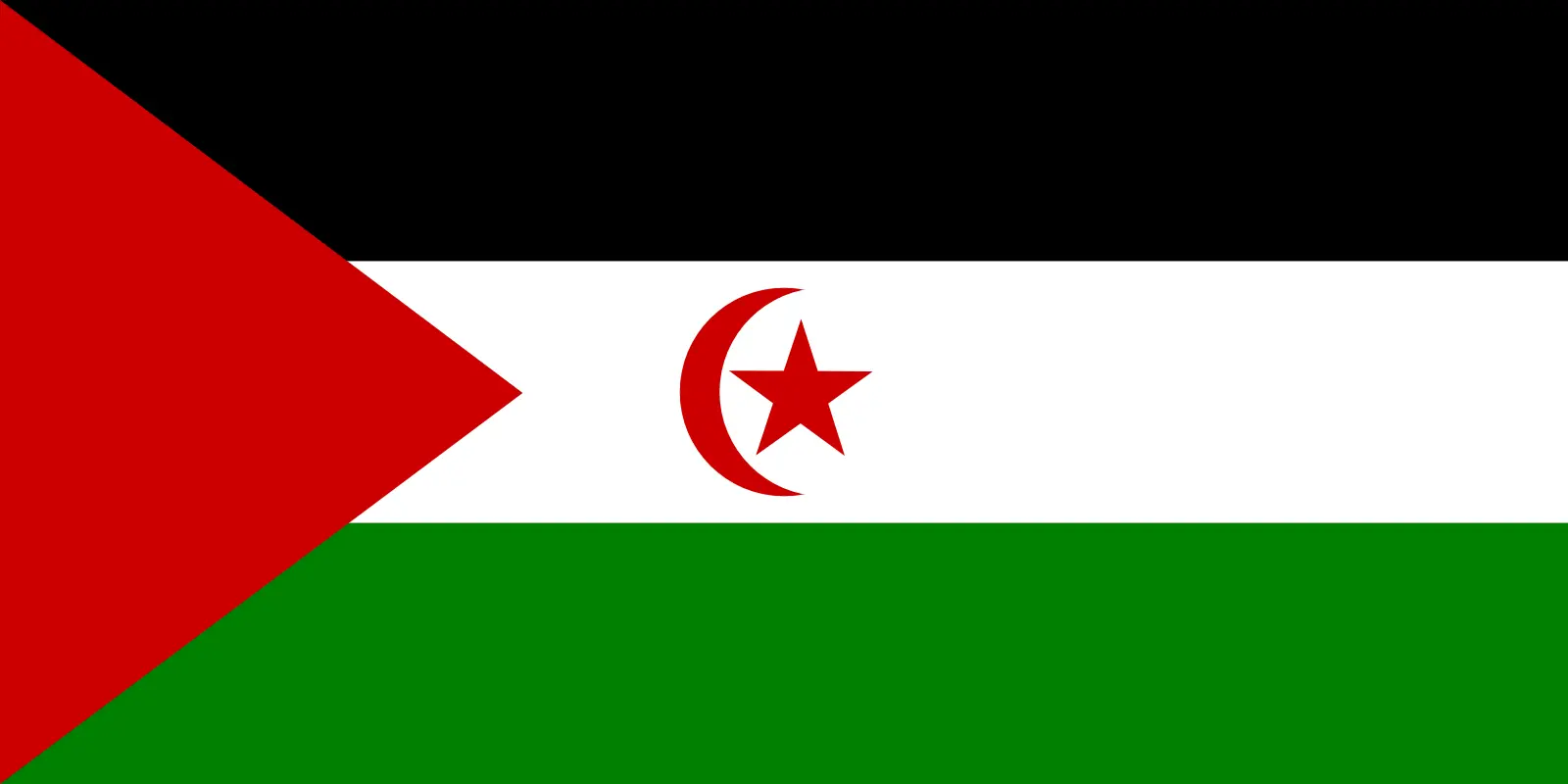 Western Sahara (+212)
Western Sahara (+212)
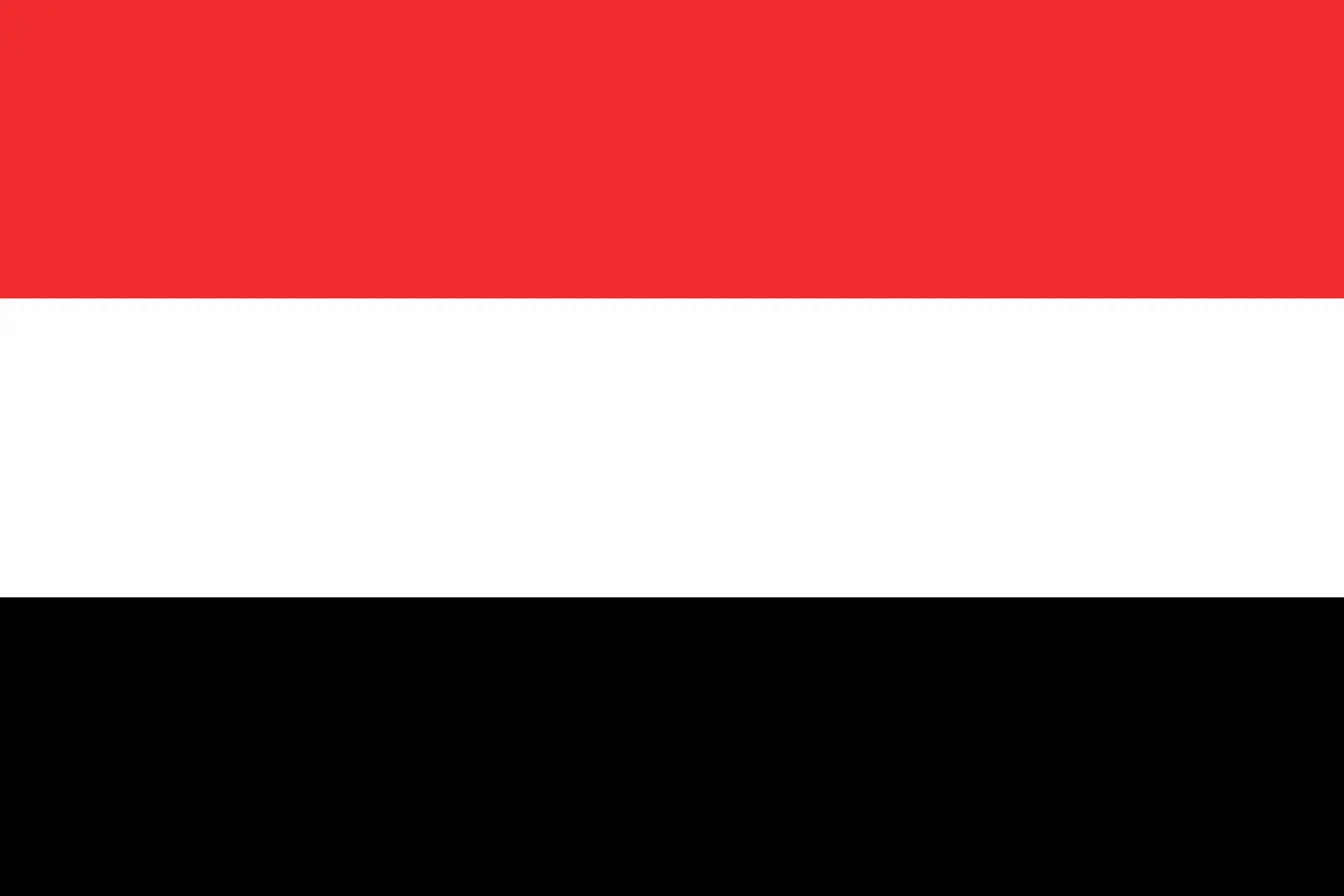 Yemen (+967)
Yemen (+967)
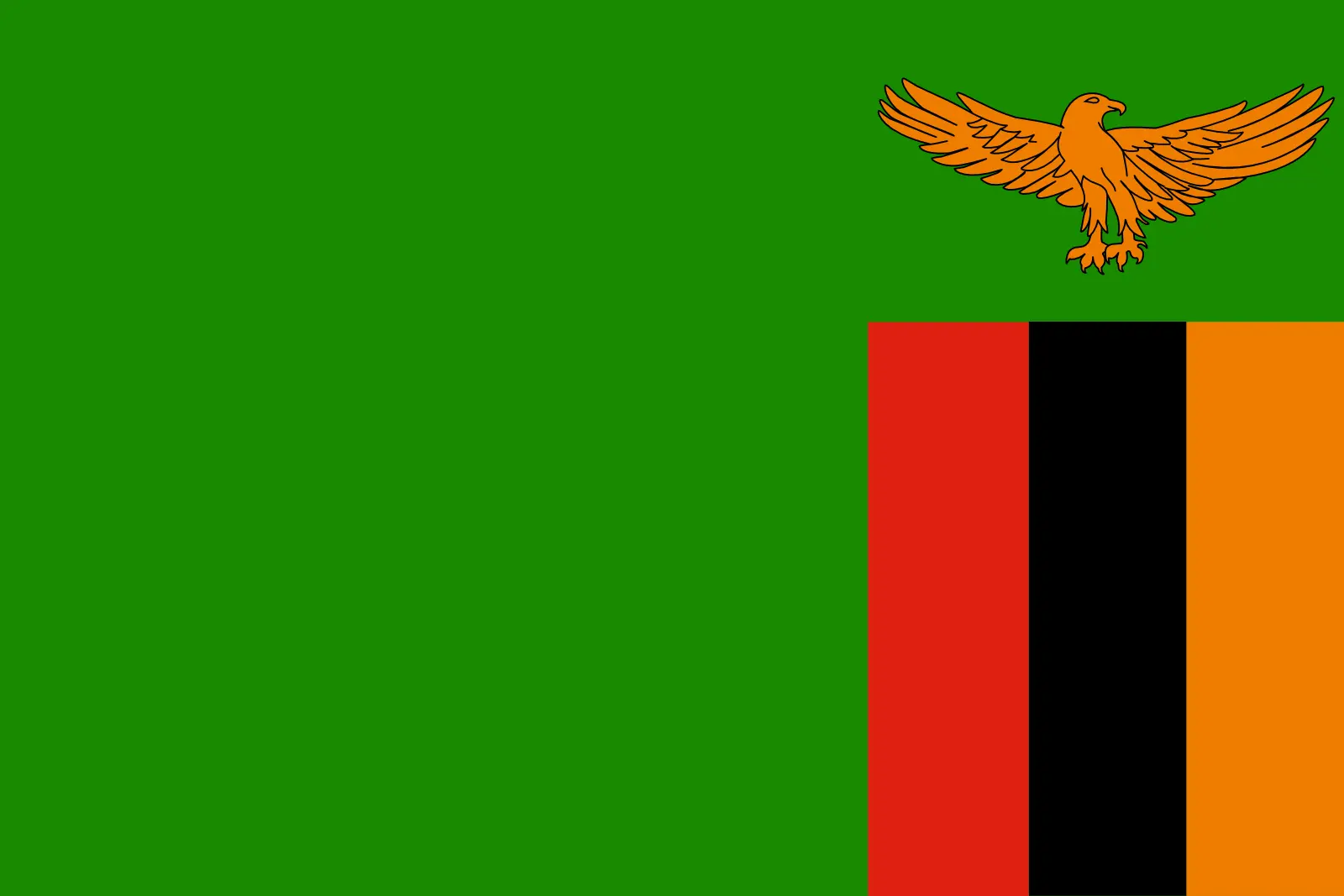 Zambia (+260)
Zambia (+260)
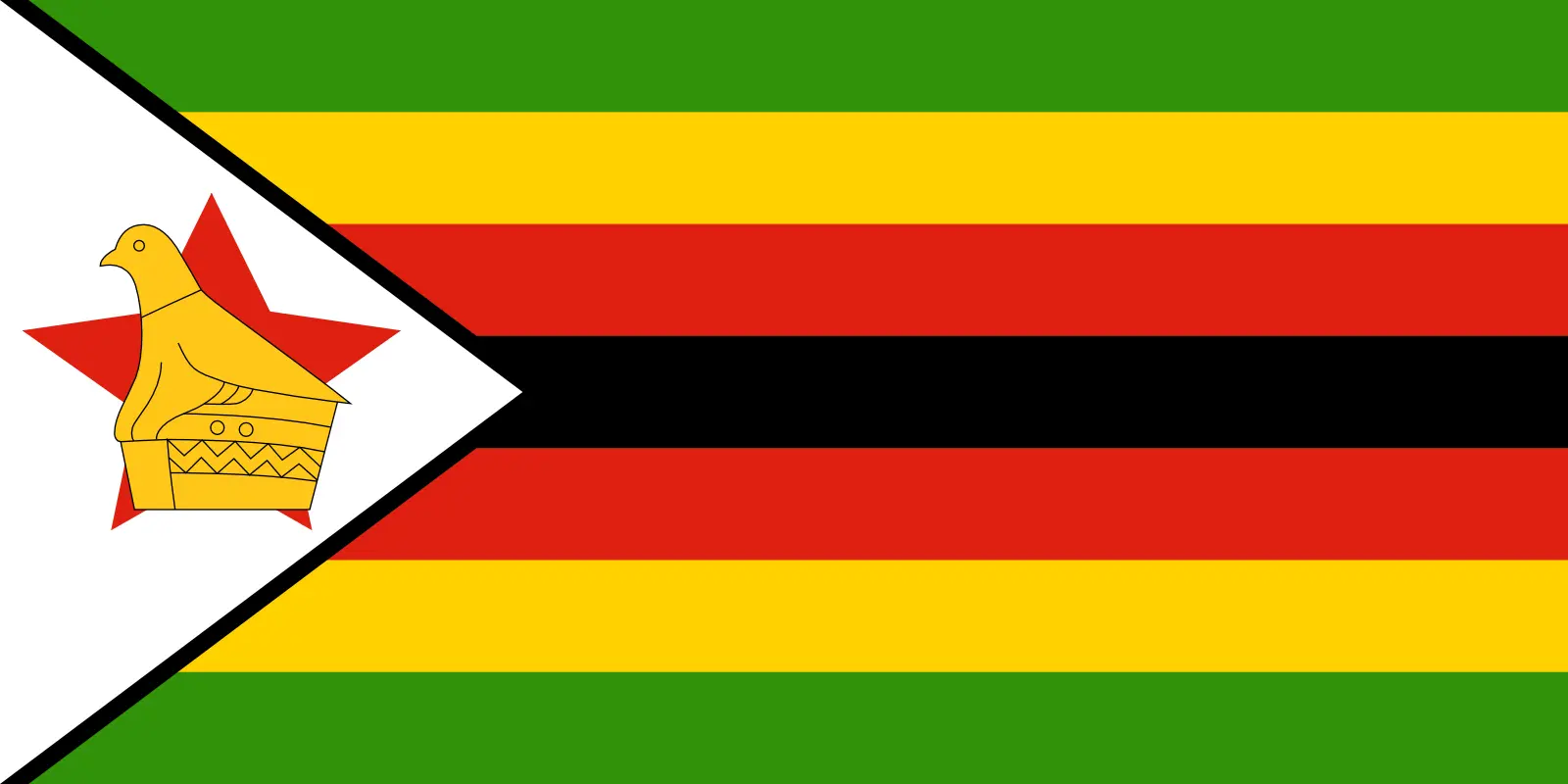 Zimbabwe (+263)
Zimbabwe (+263)

